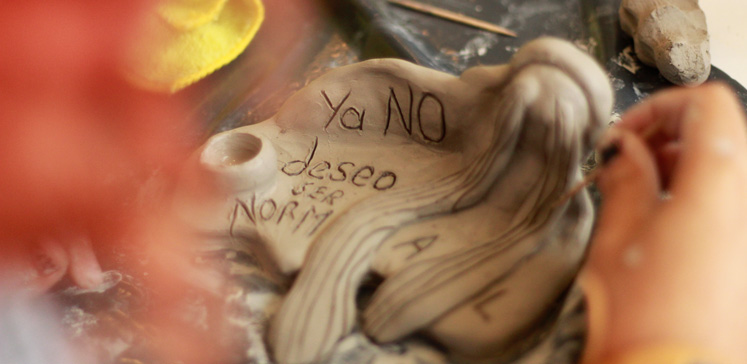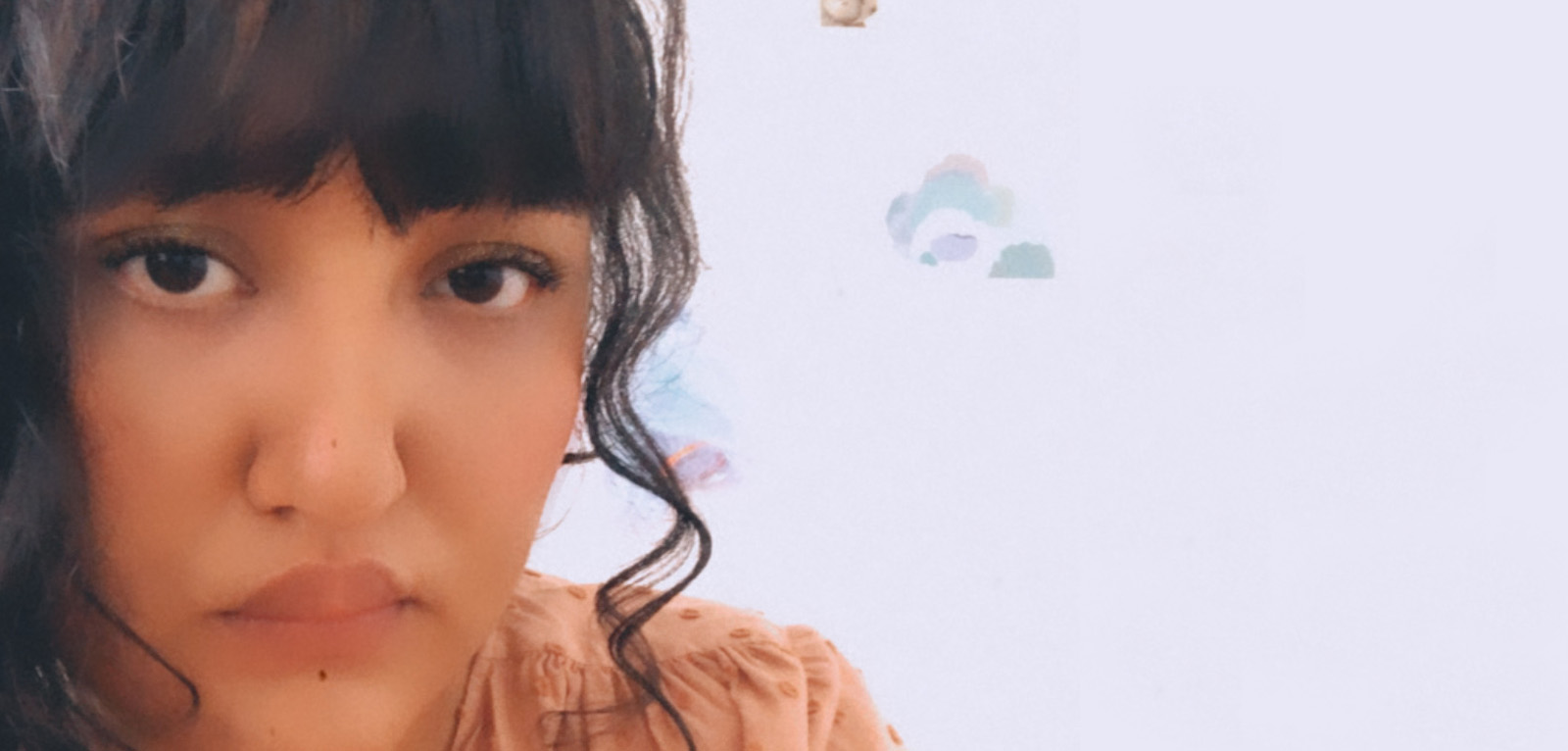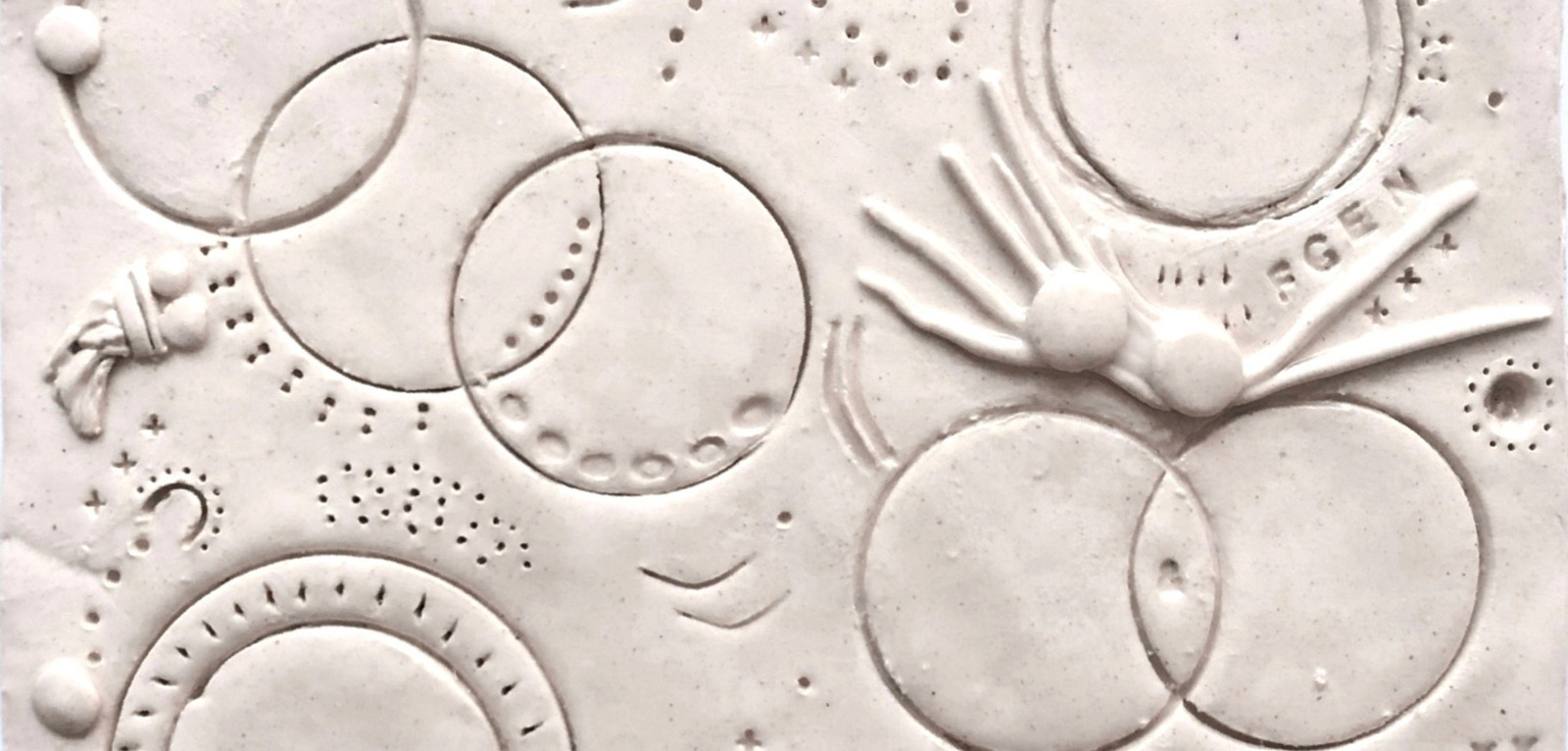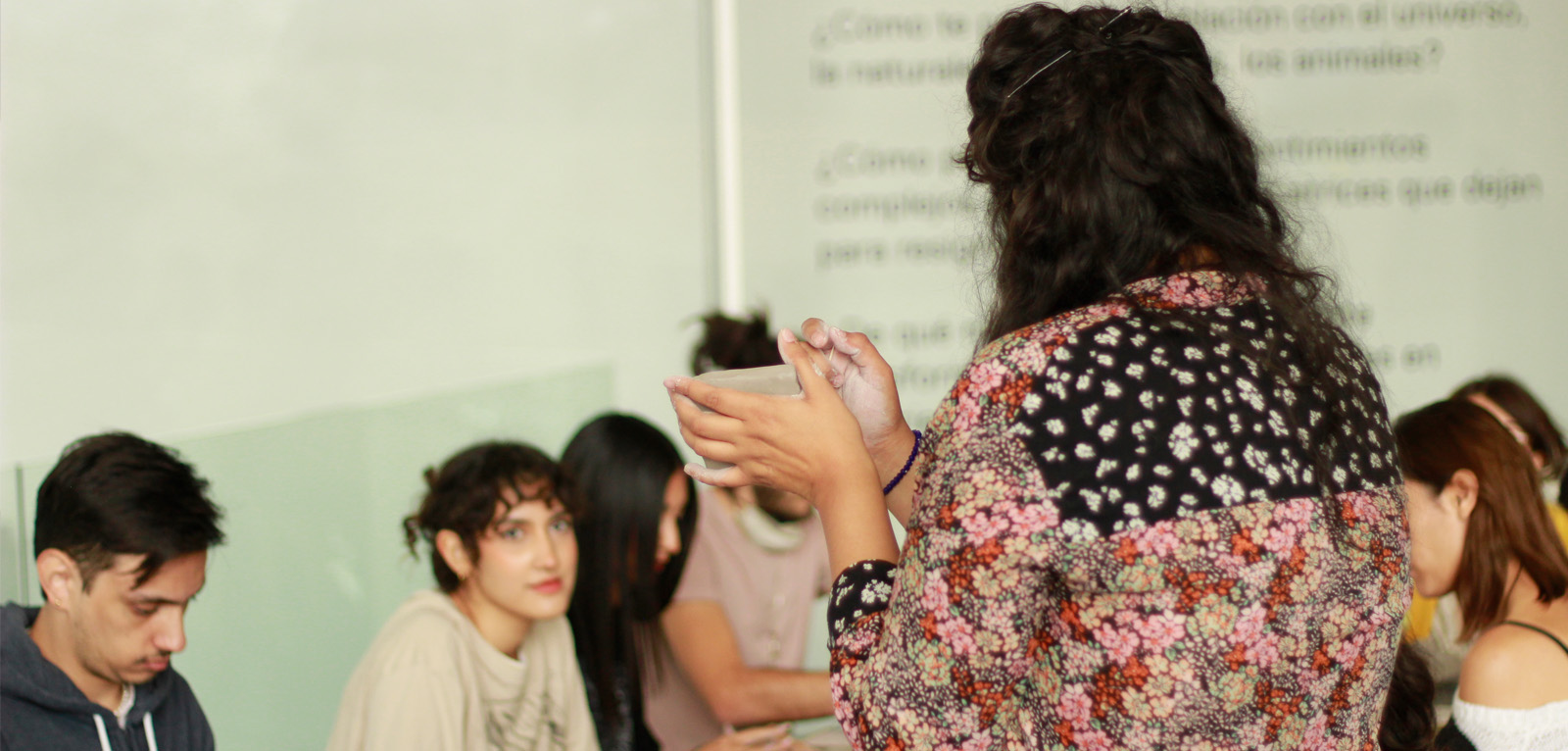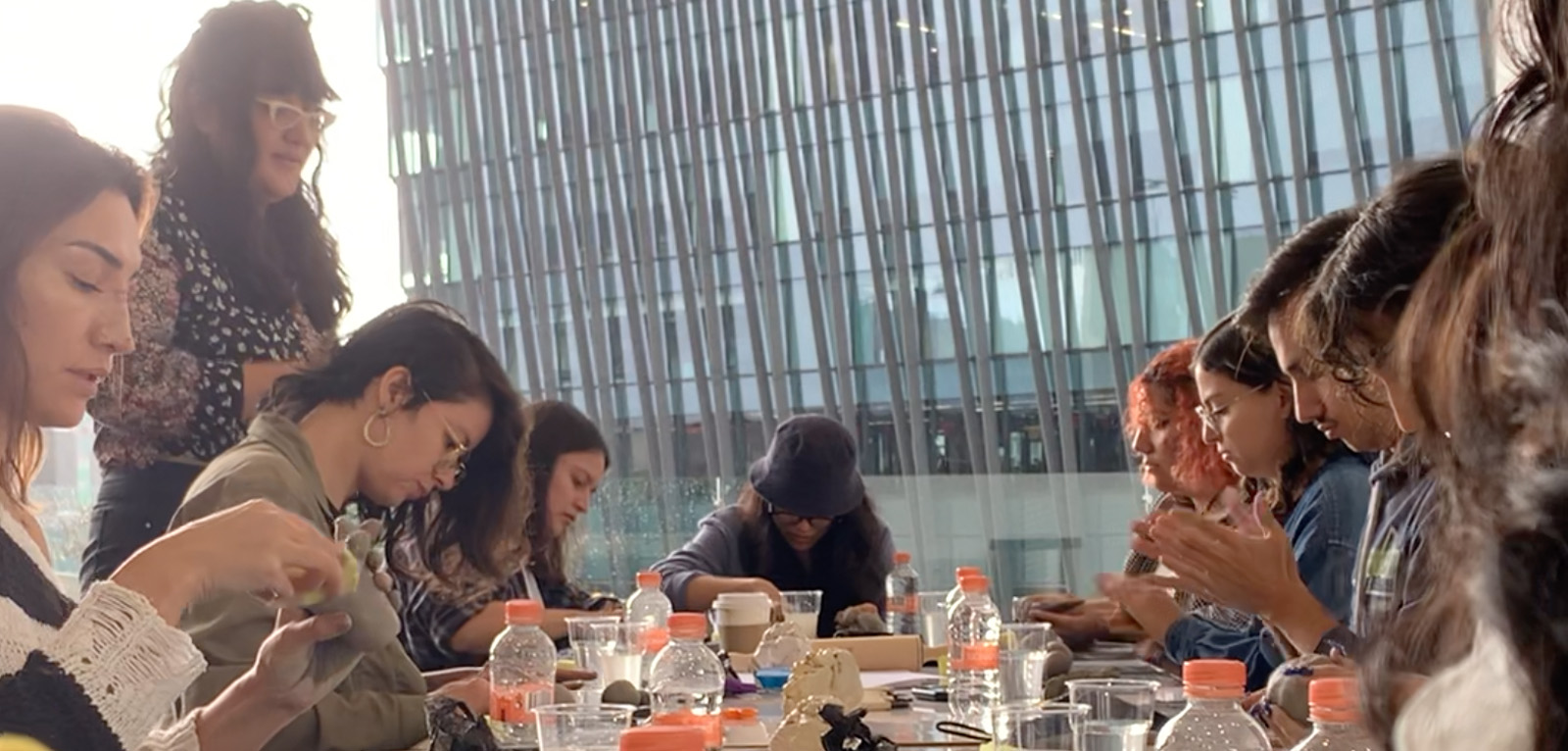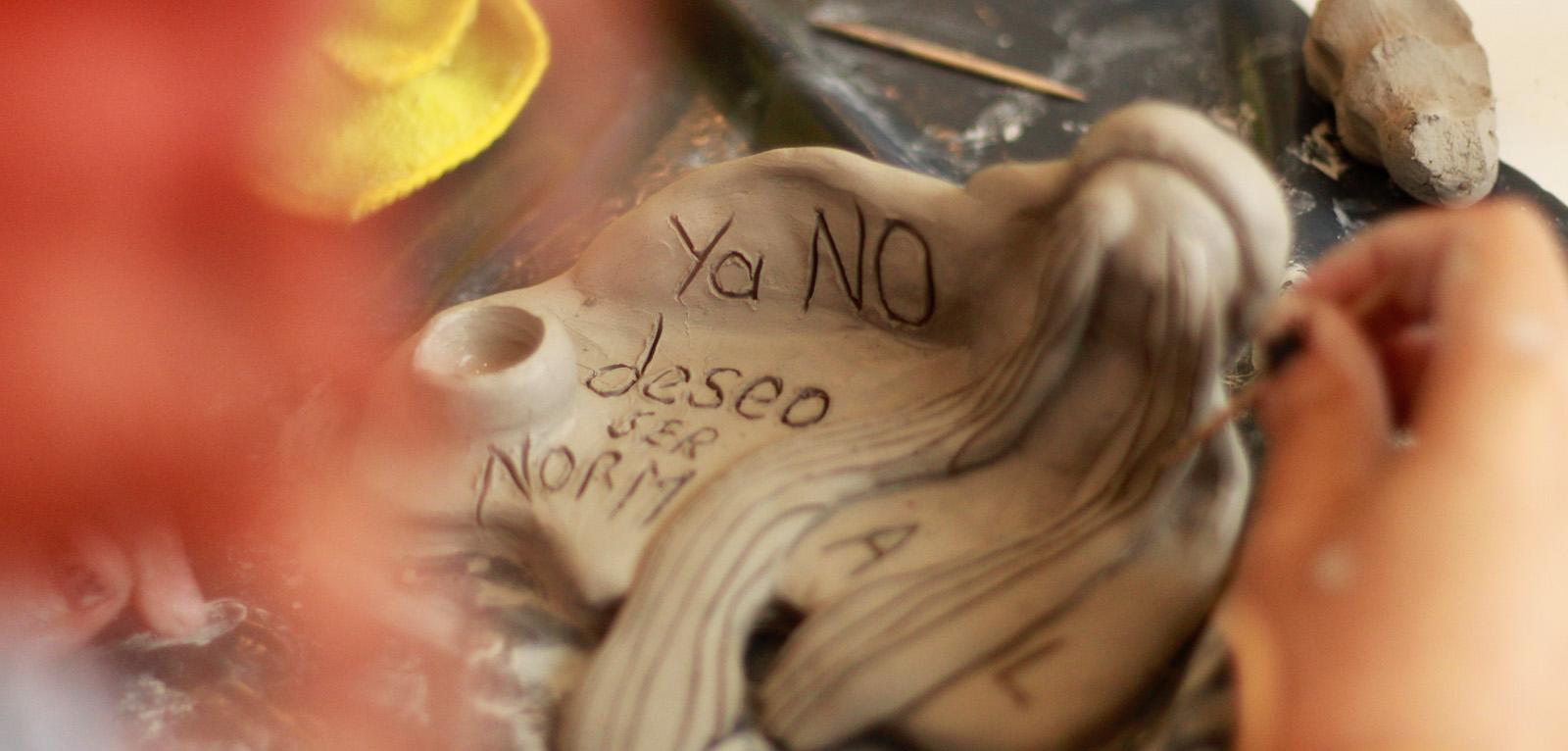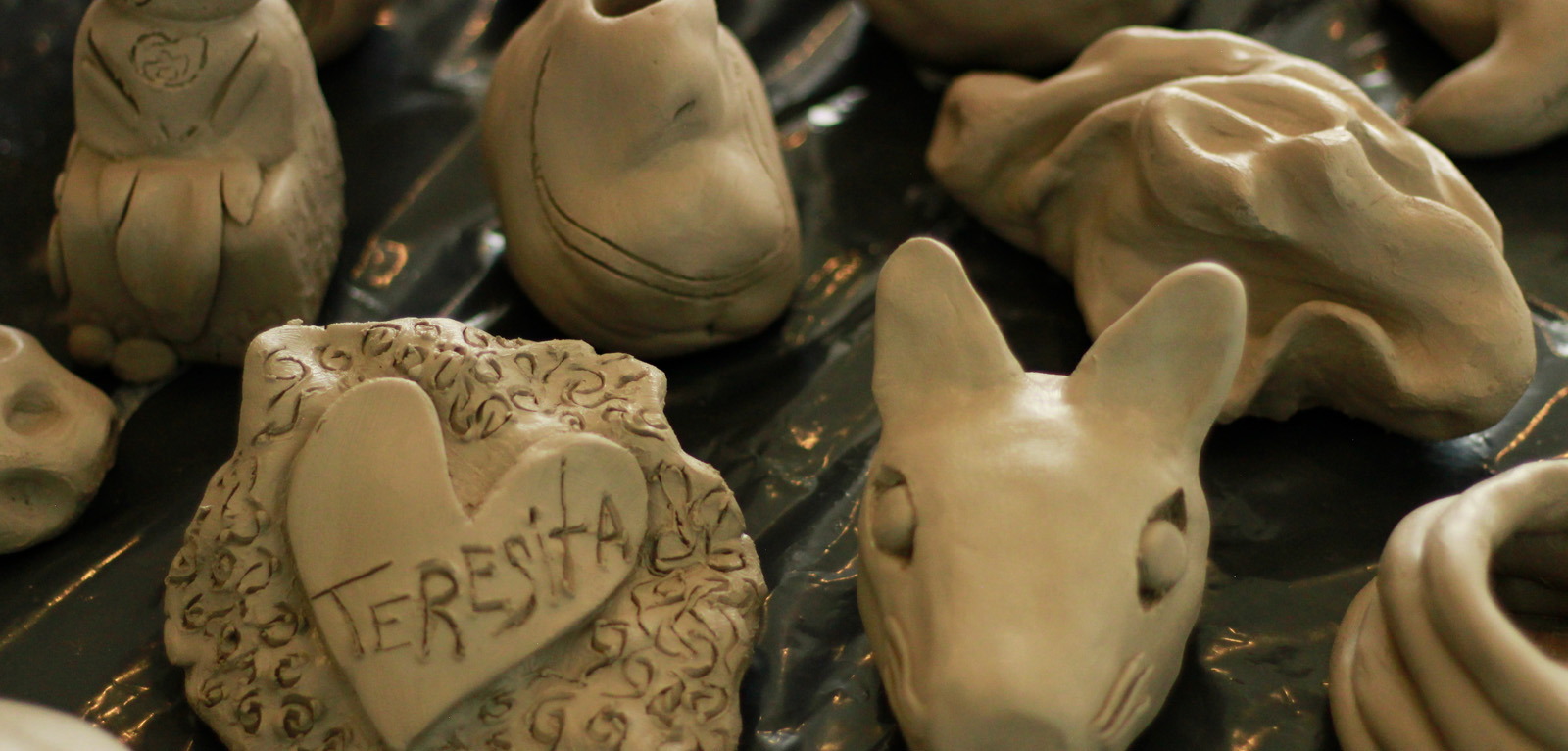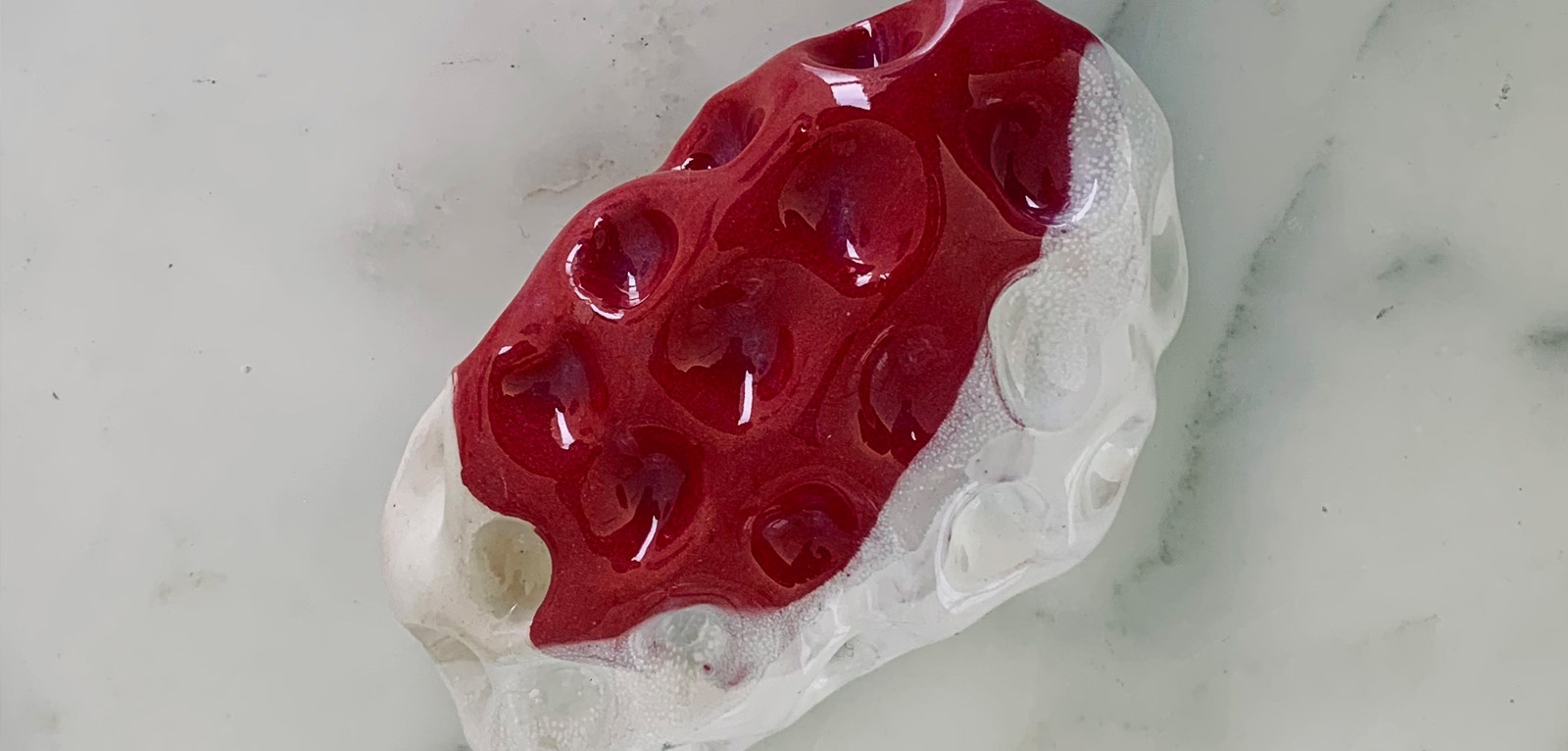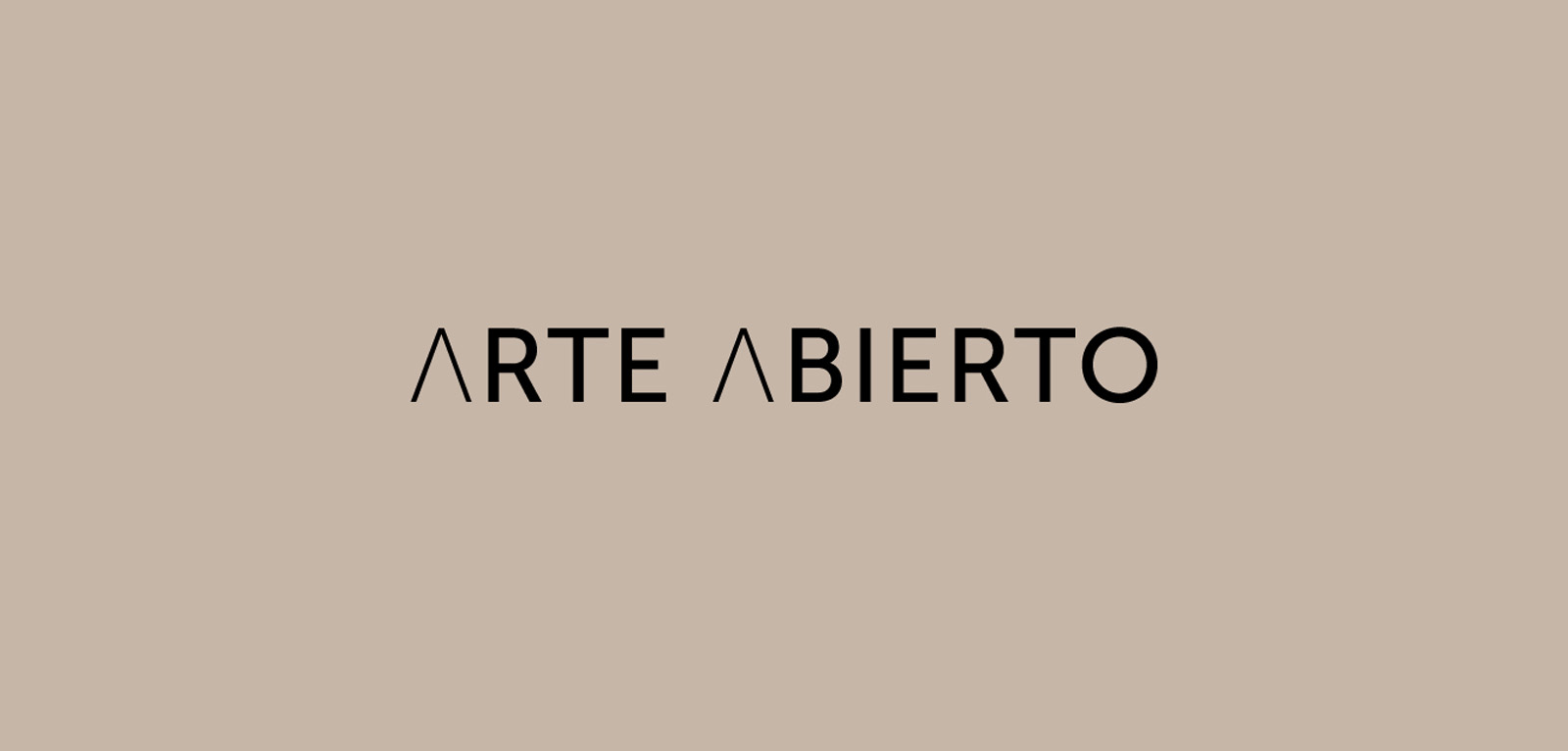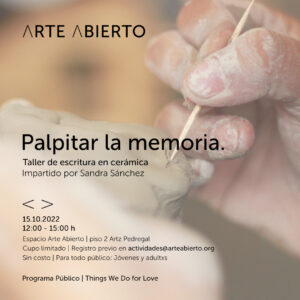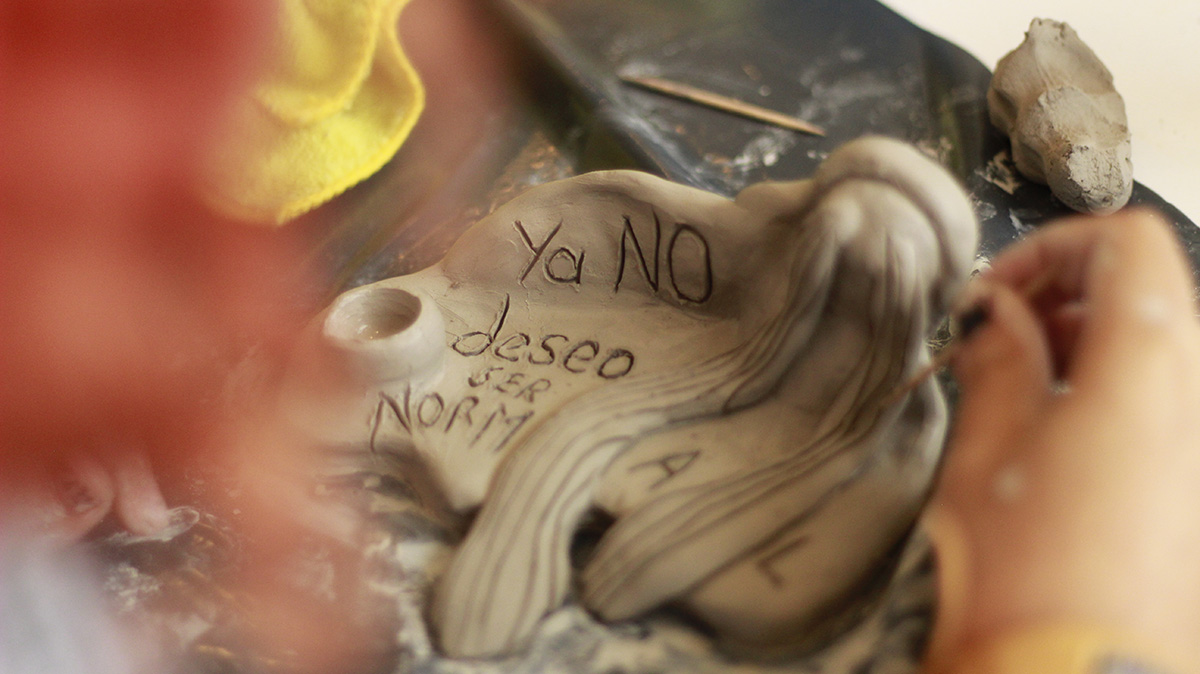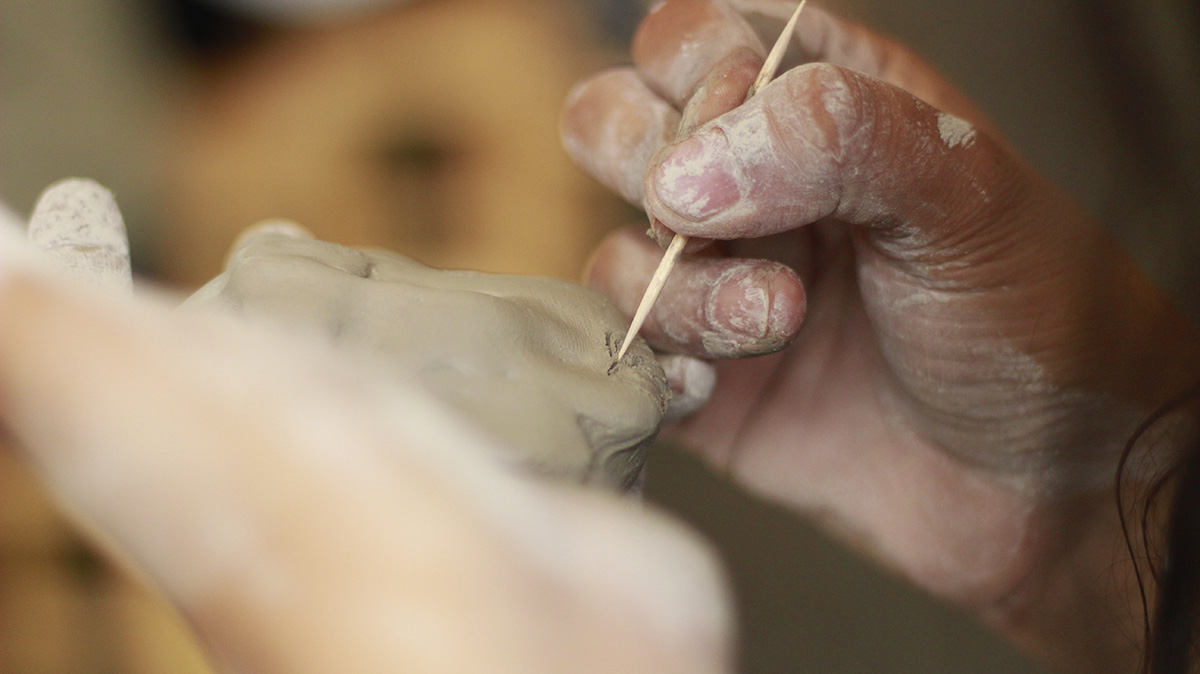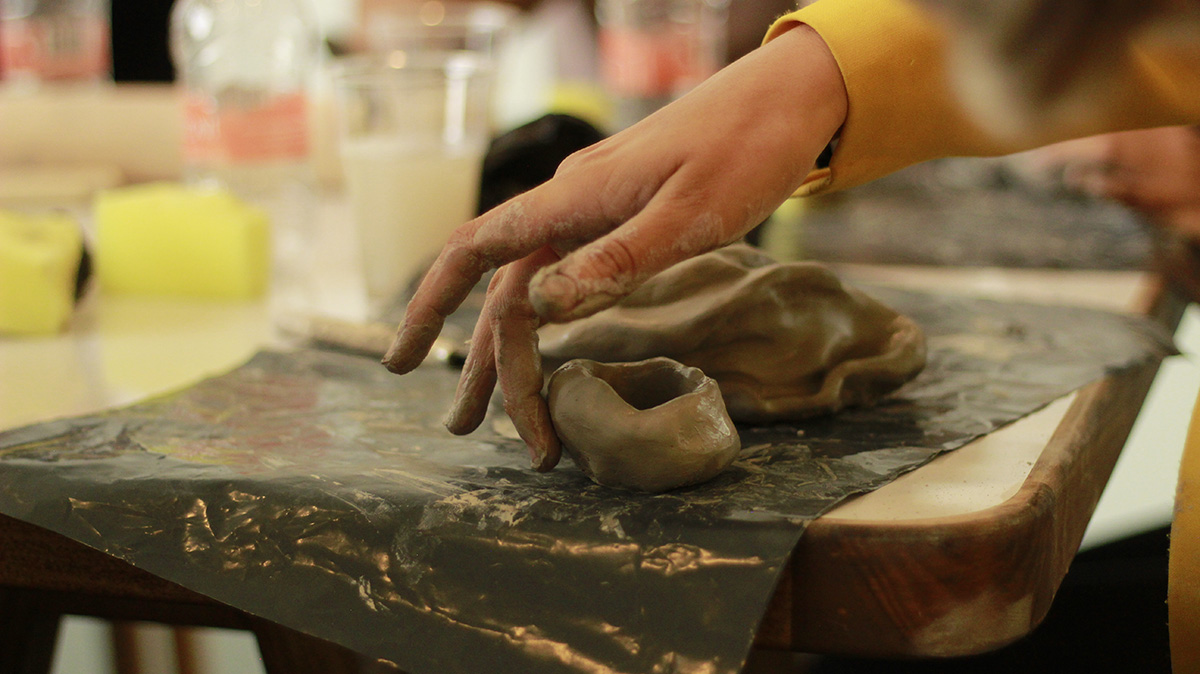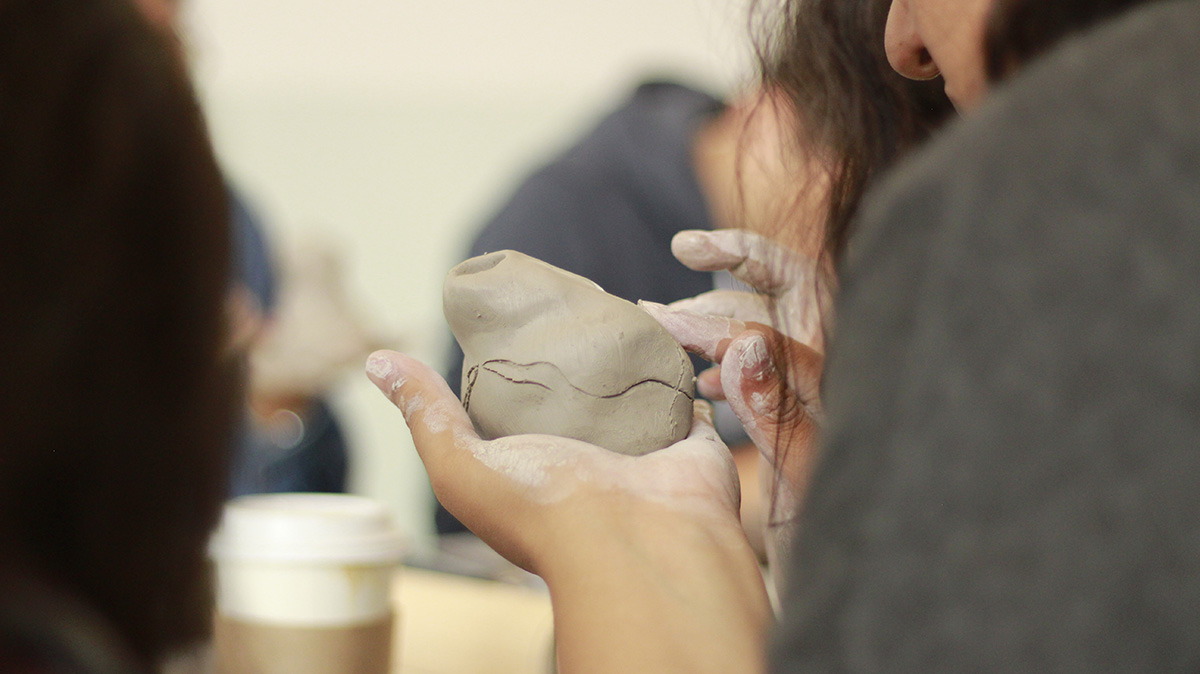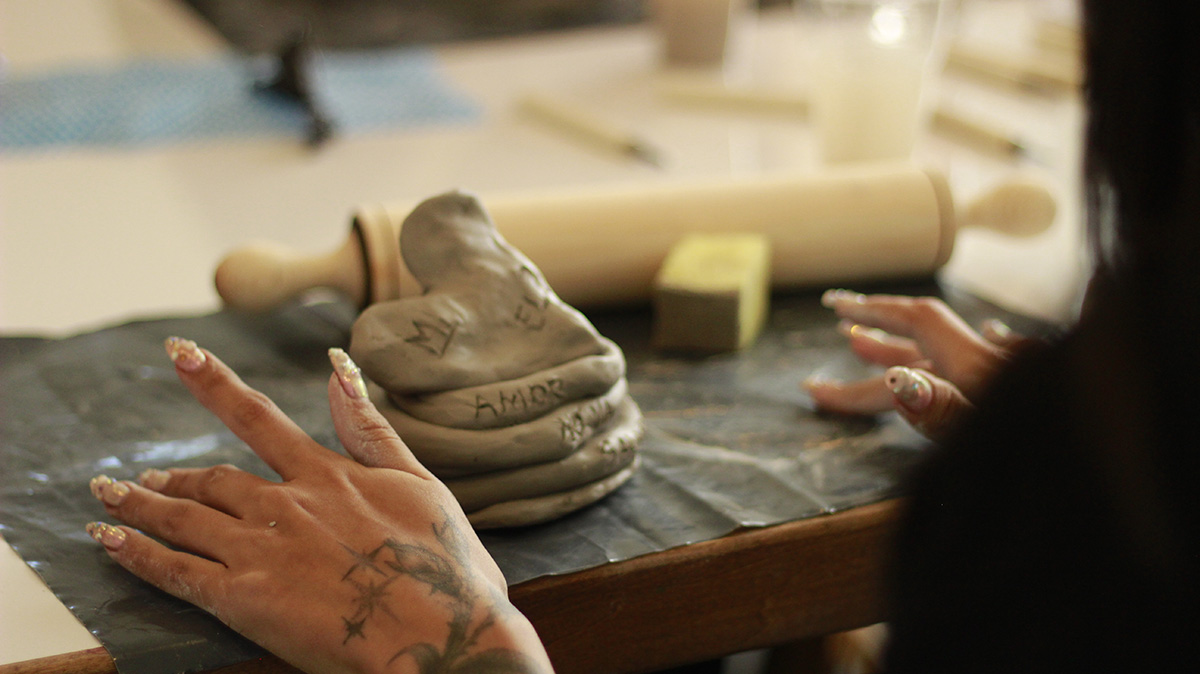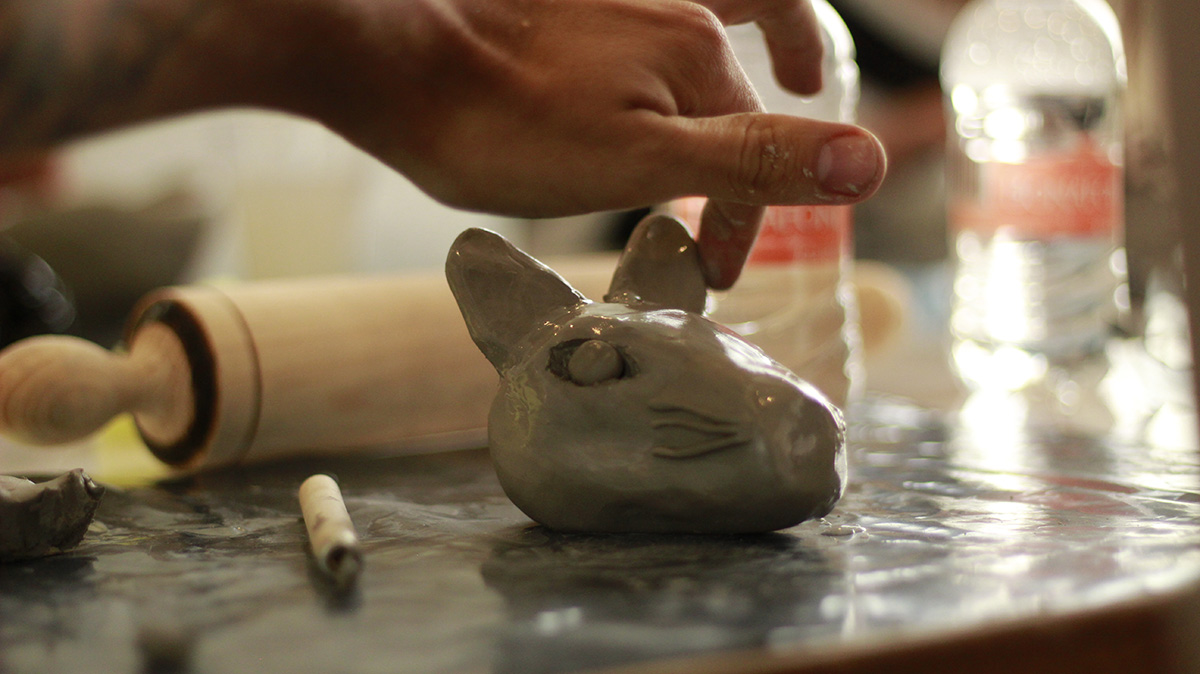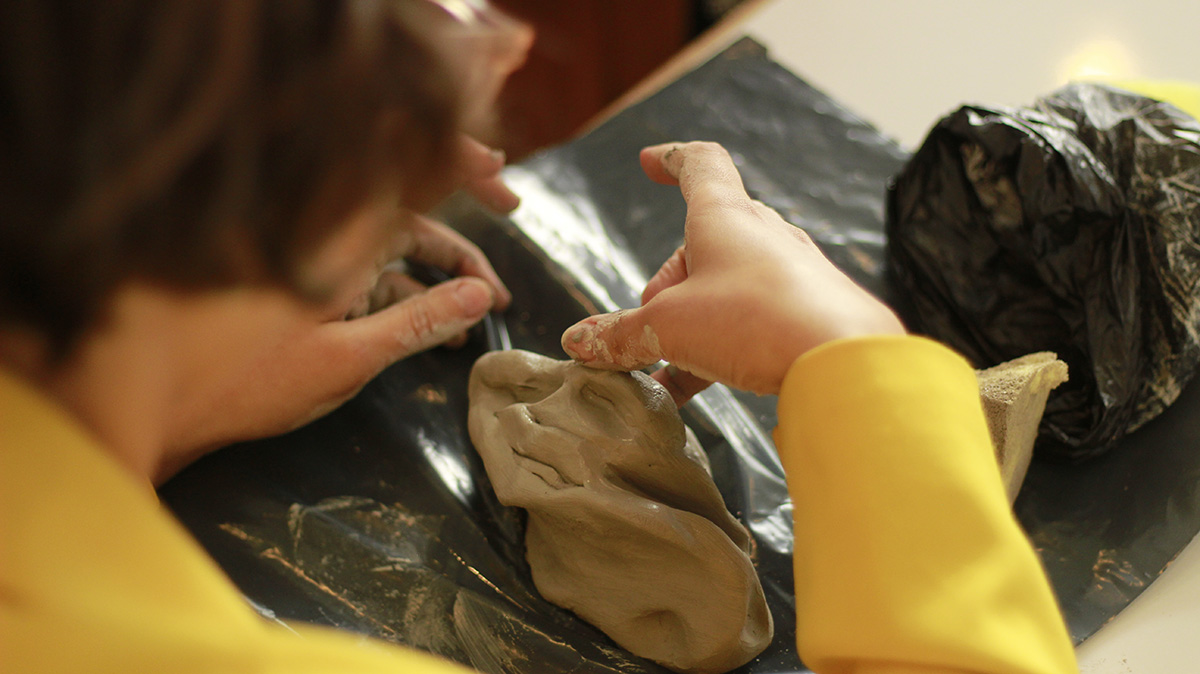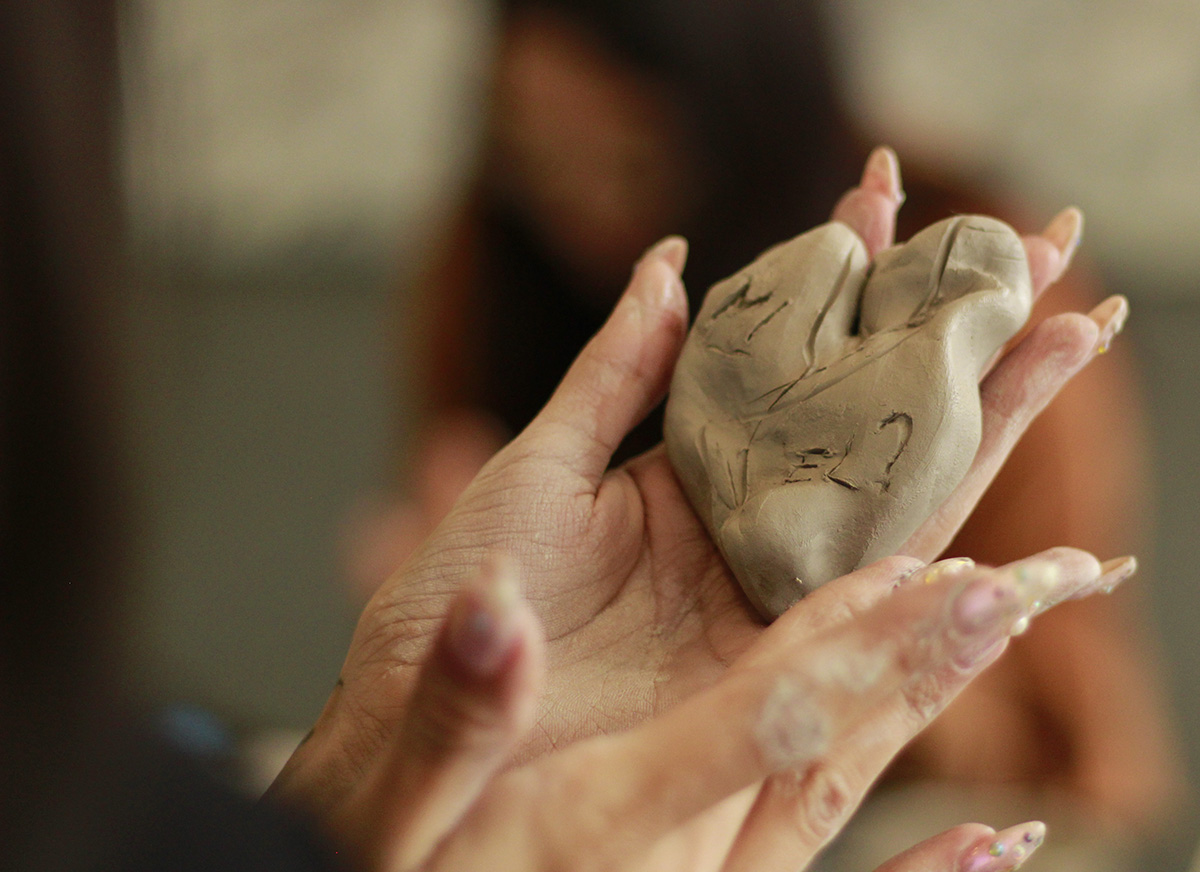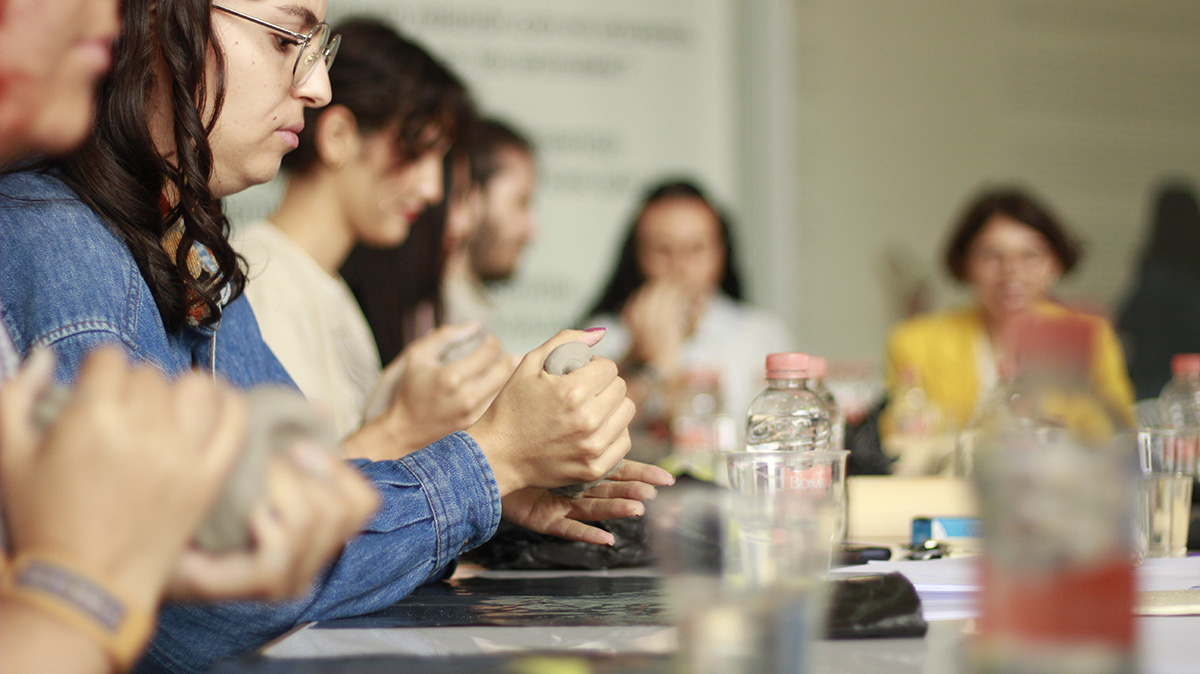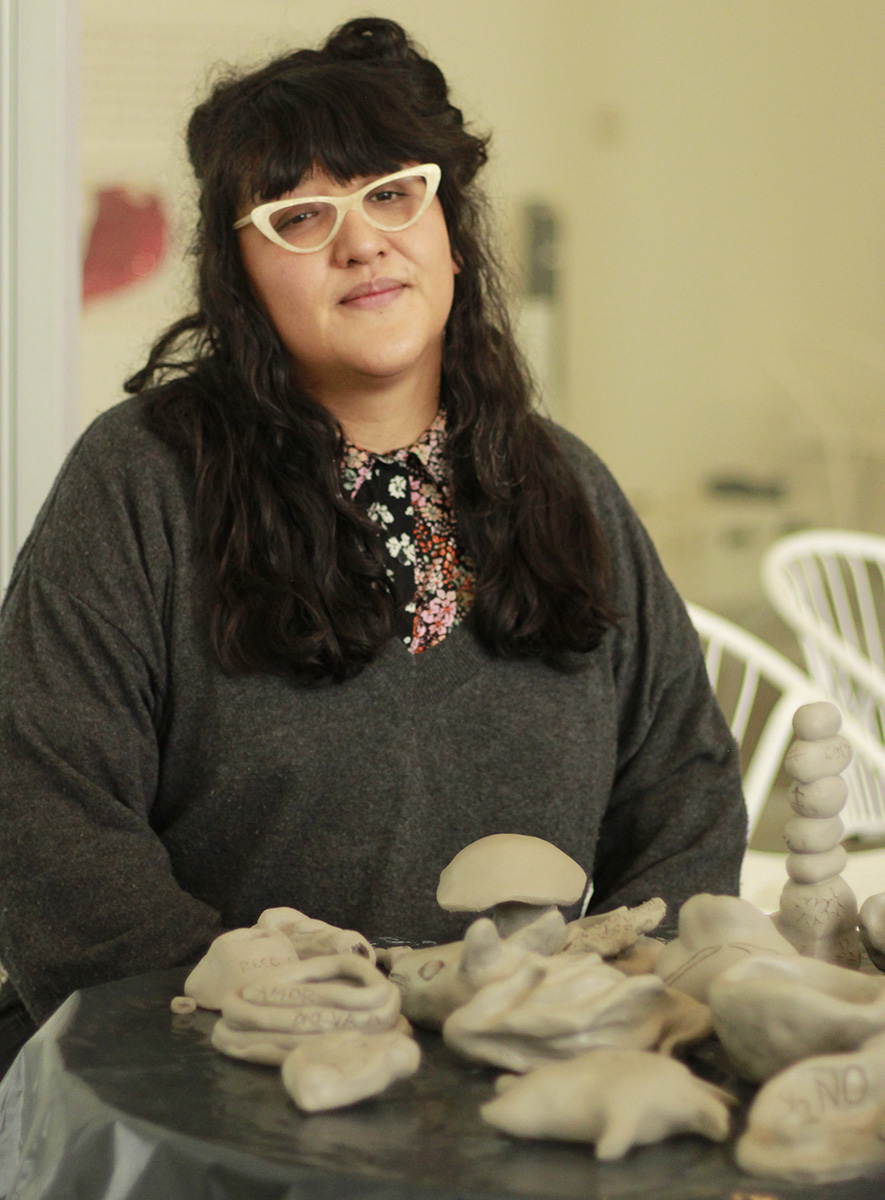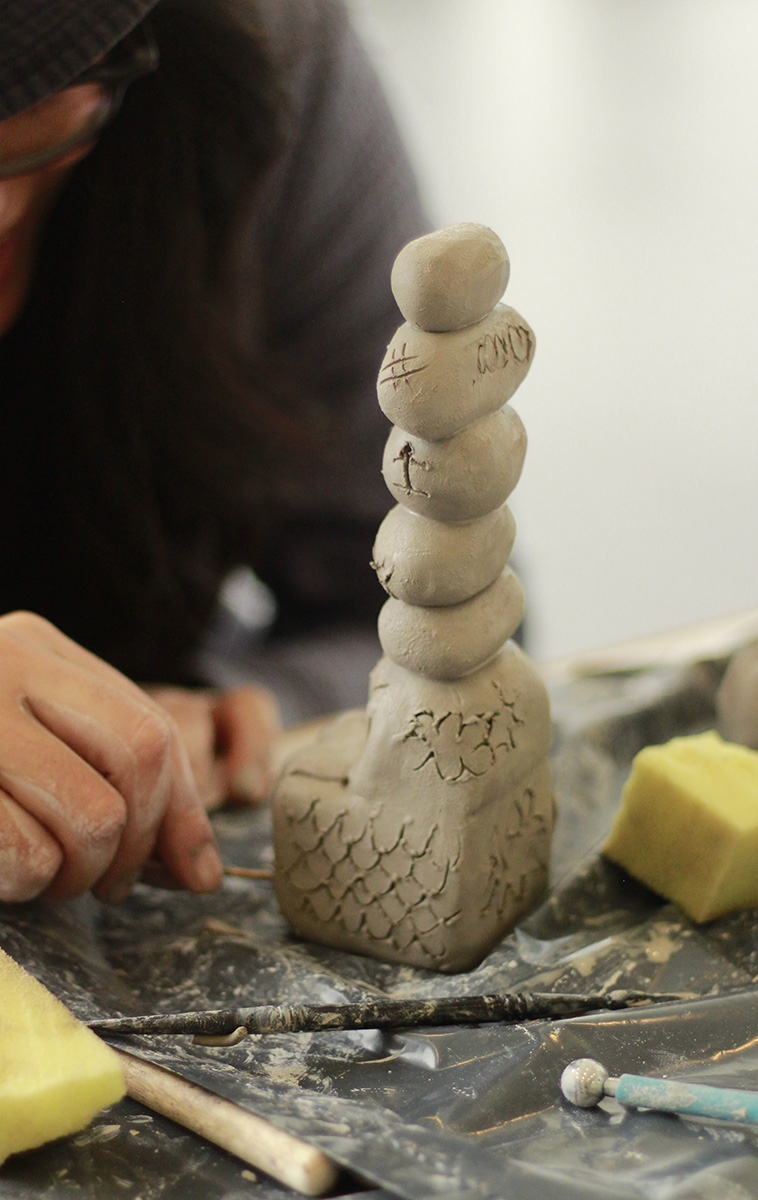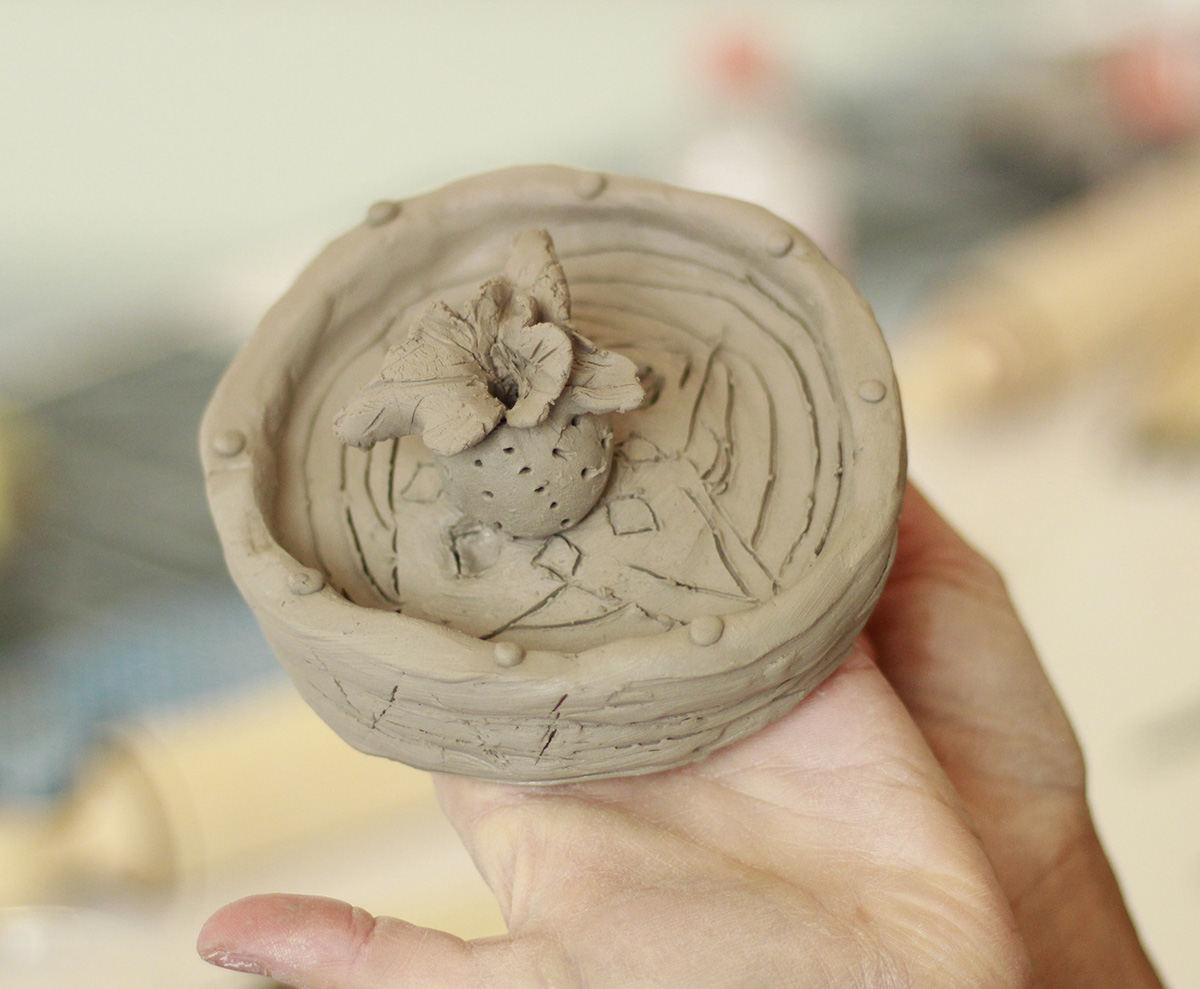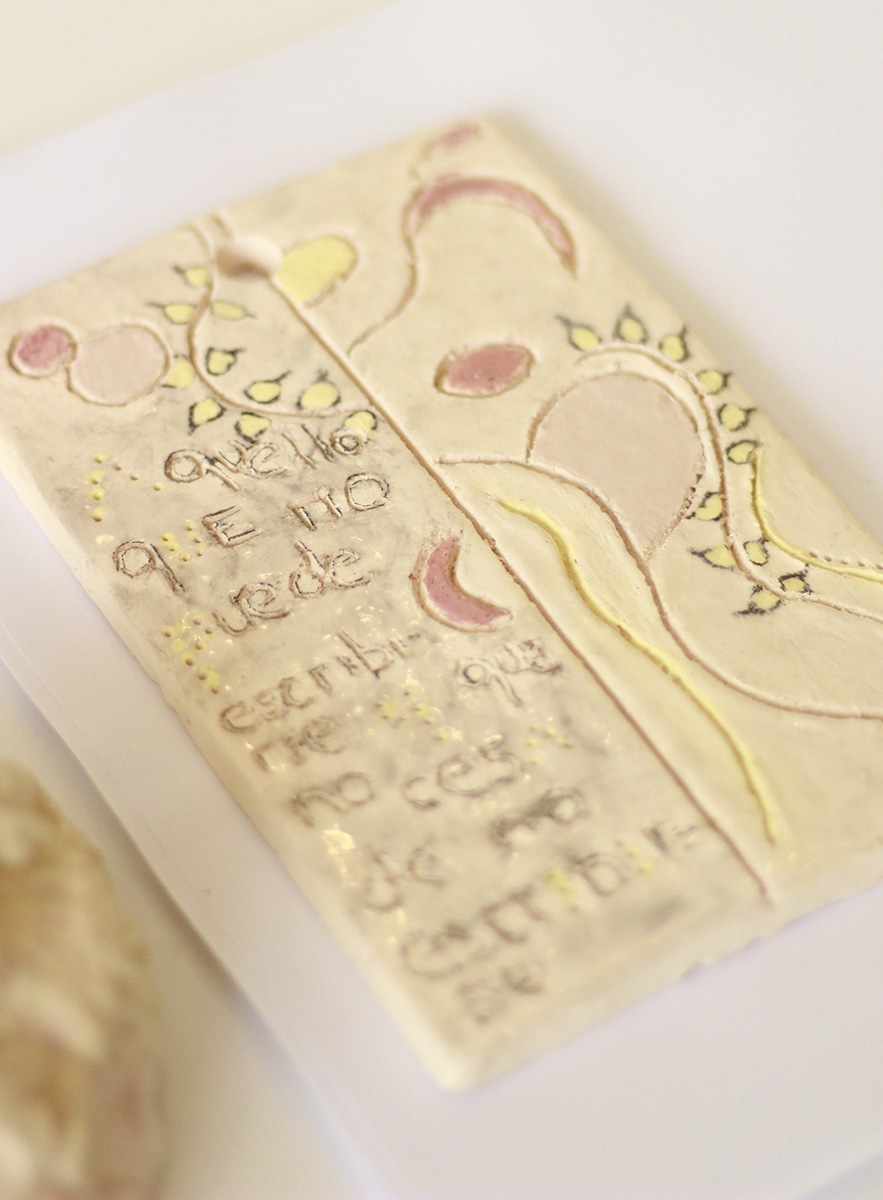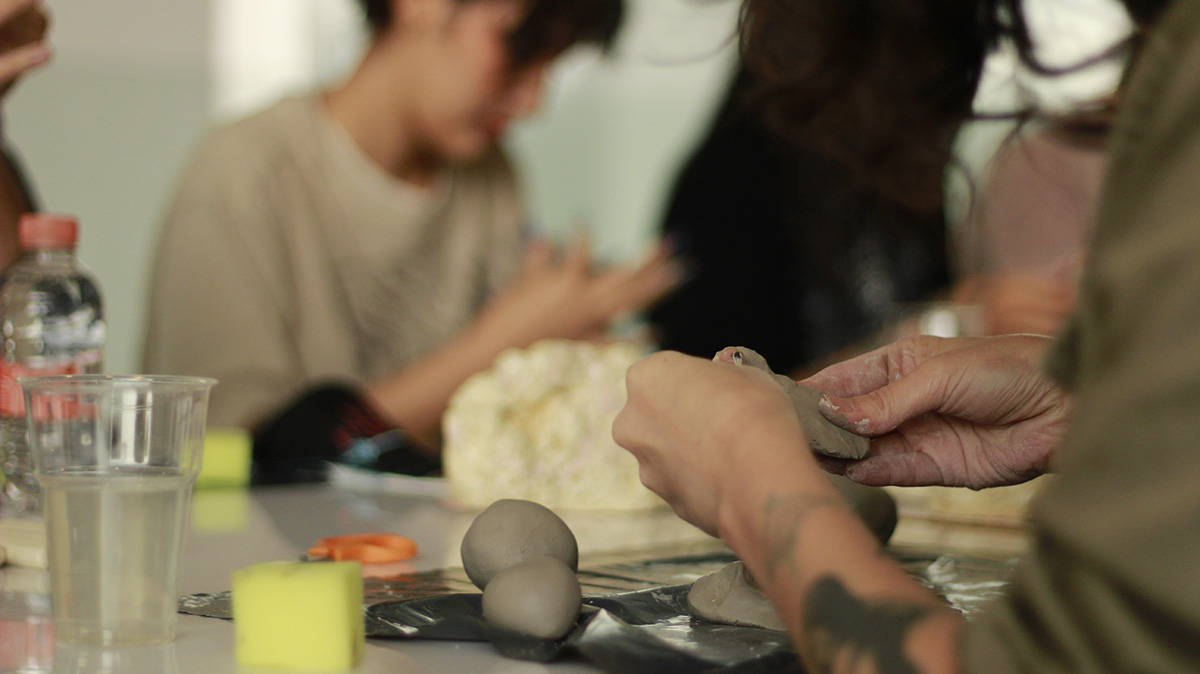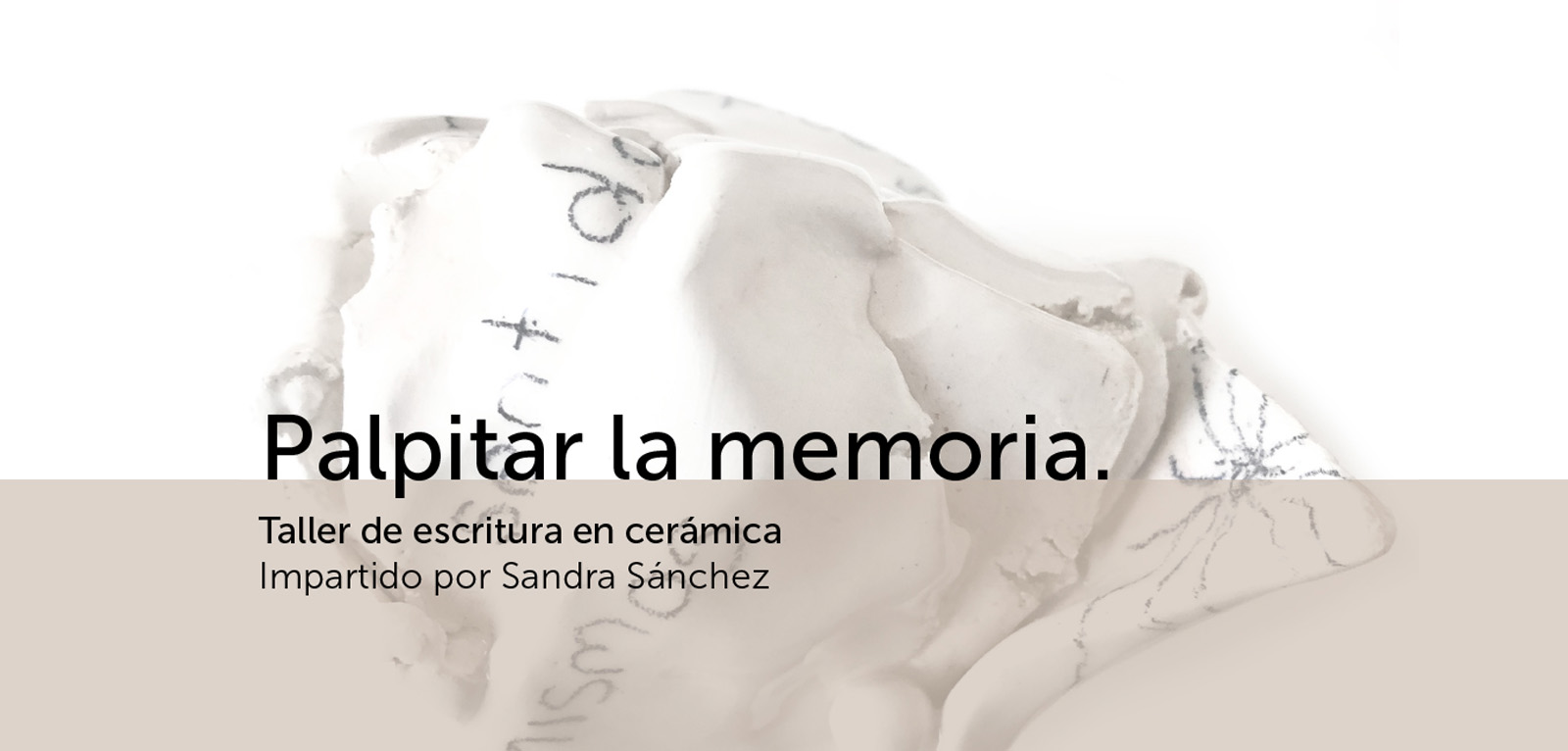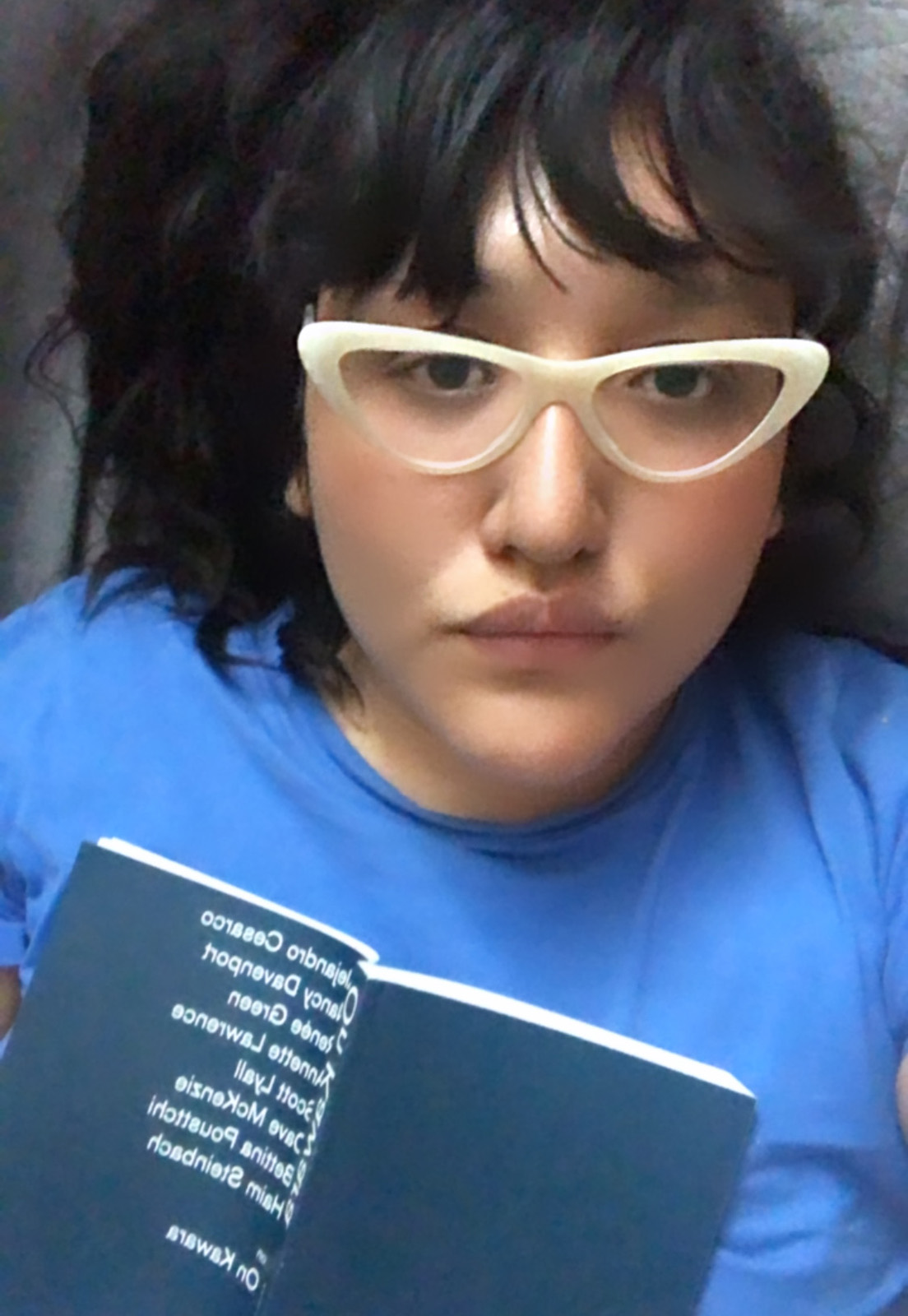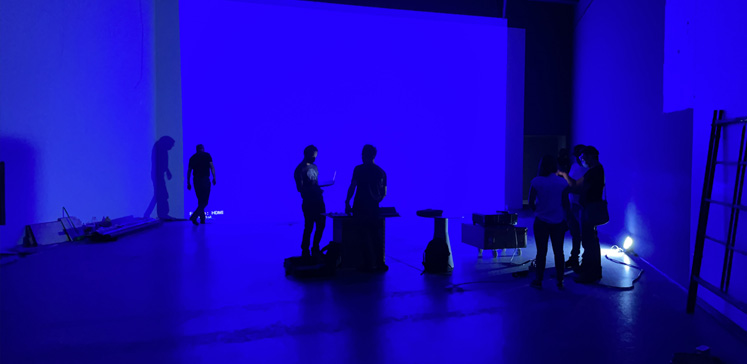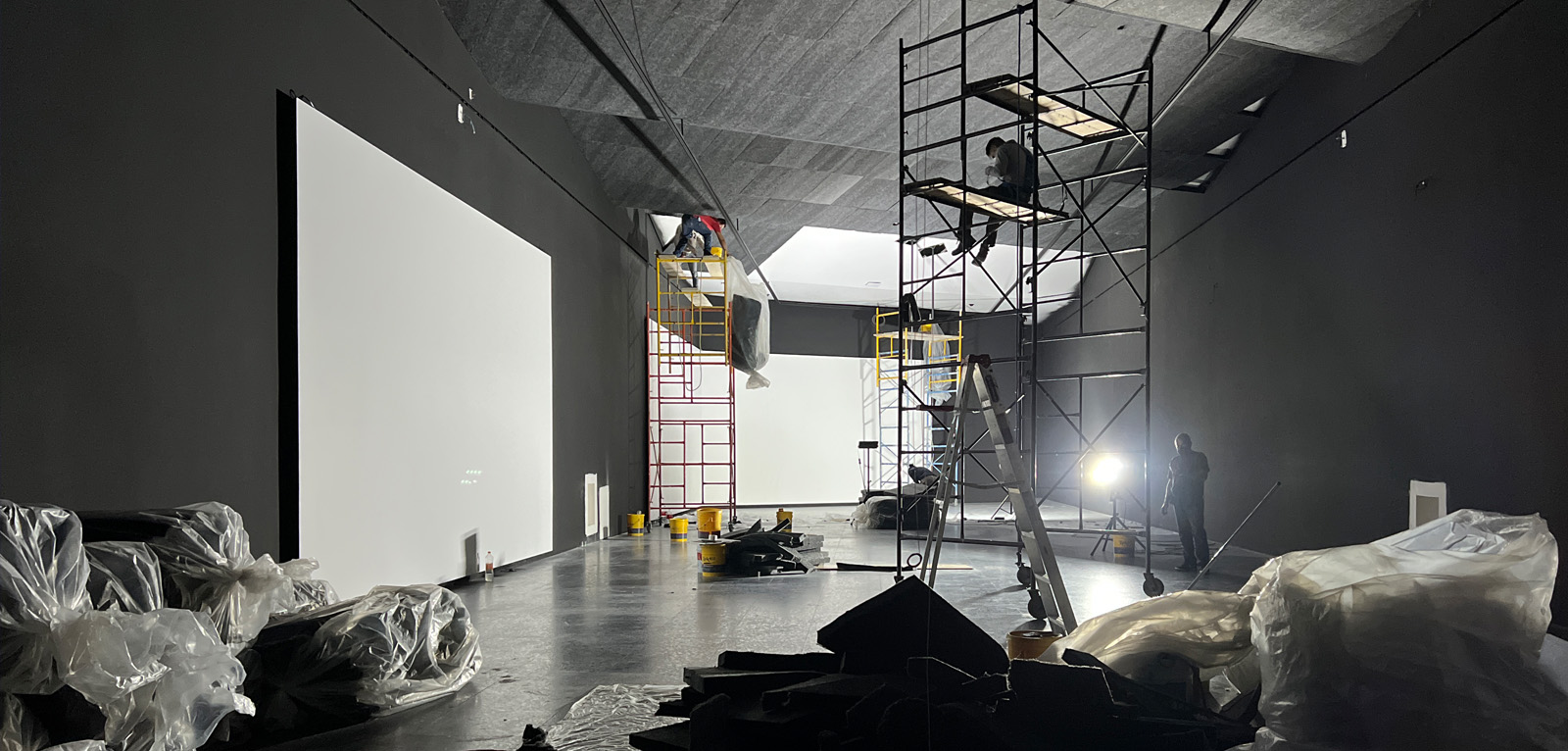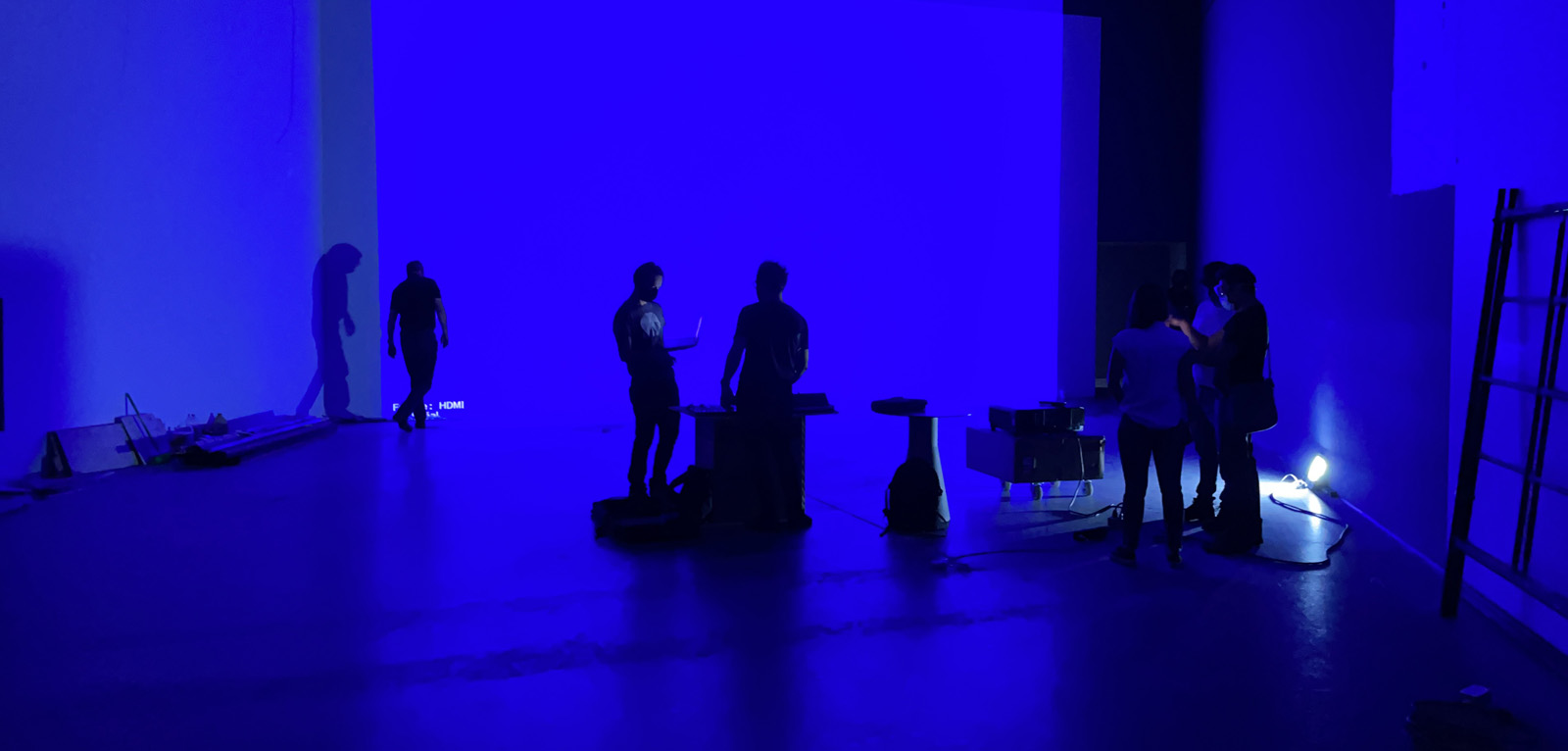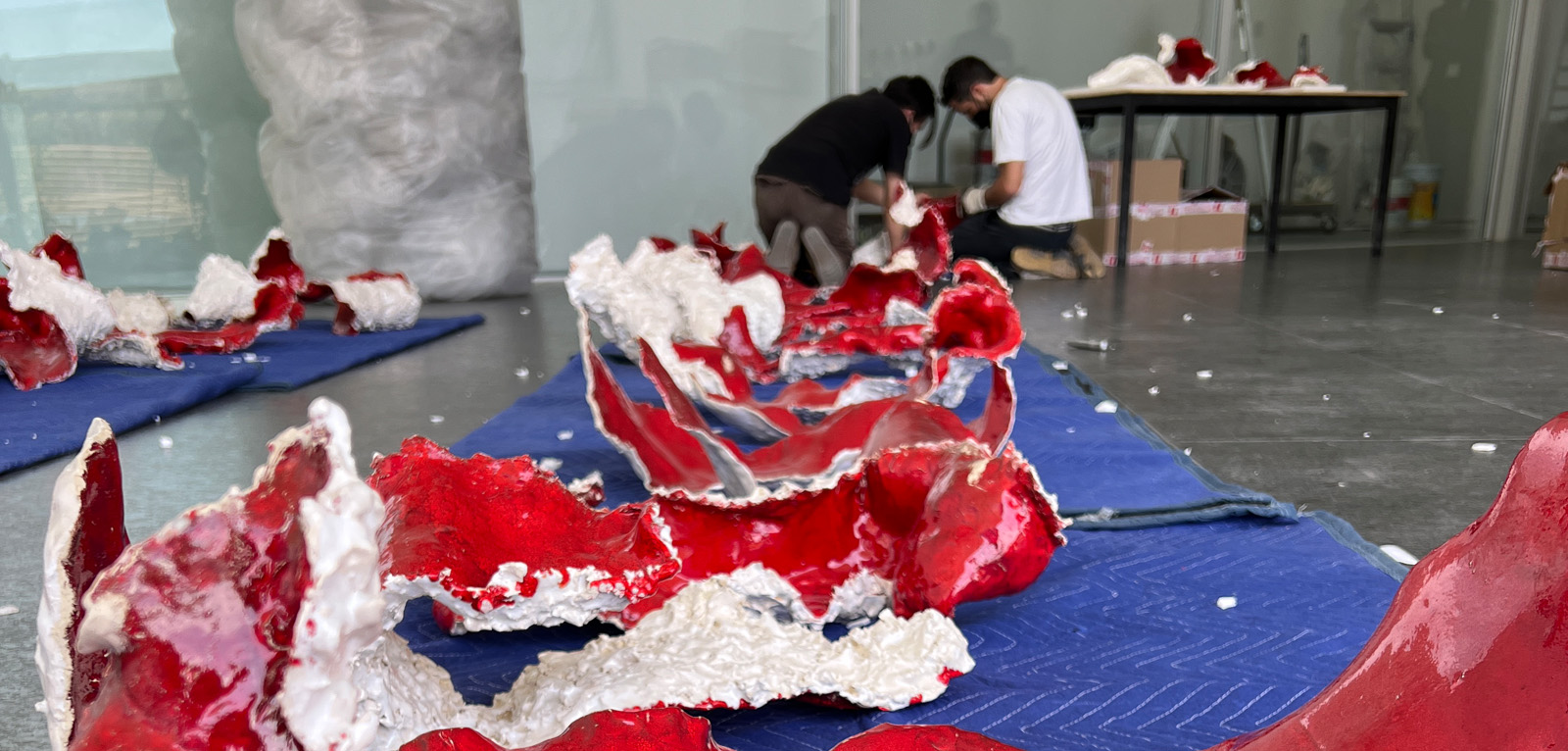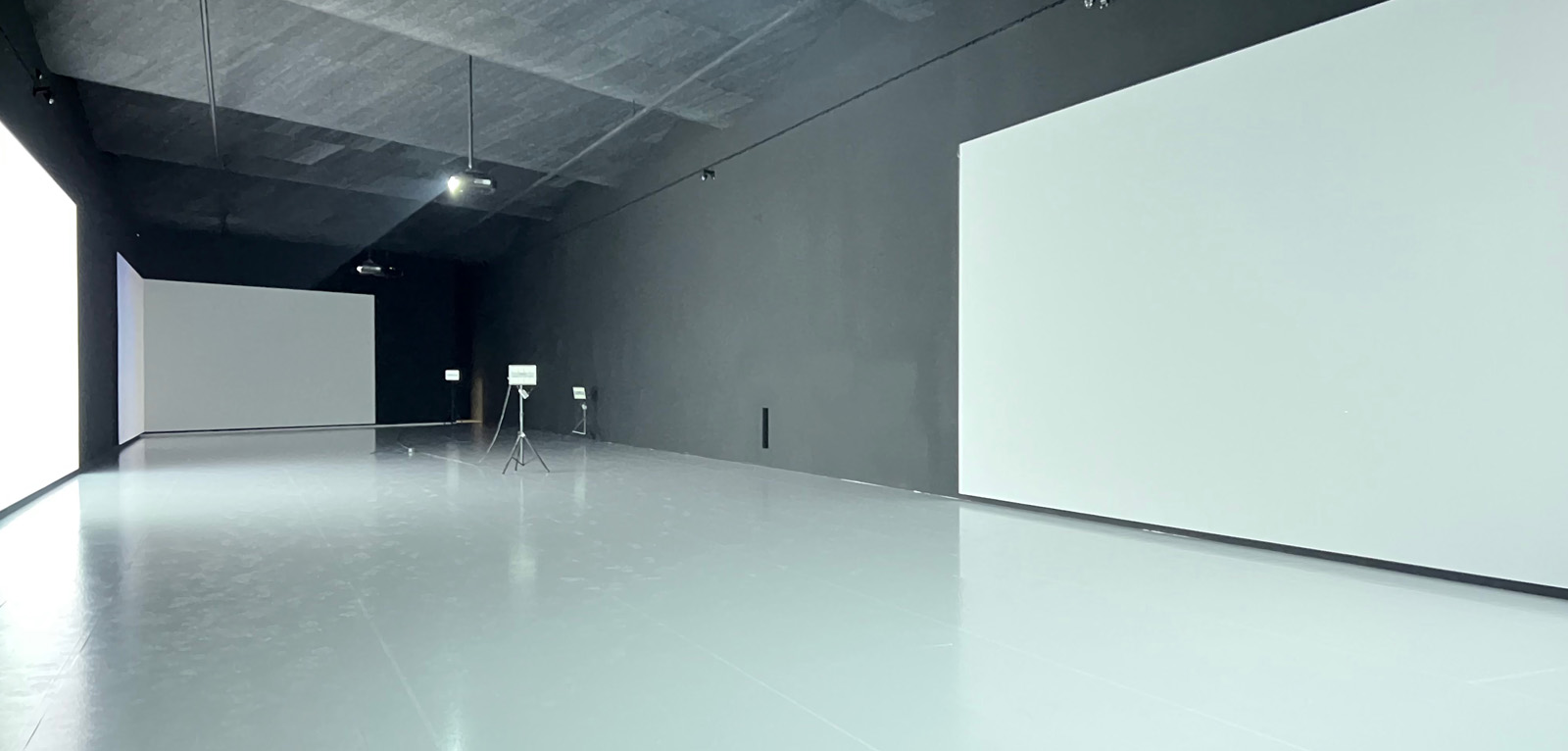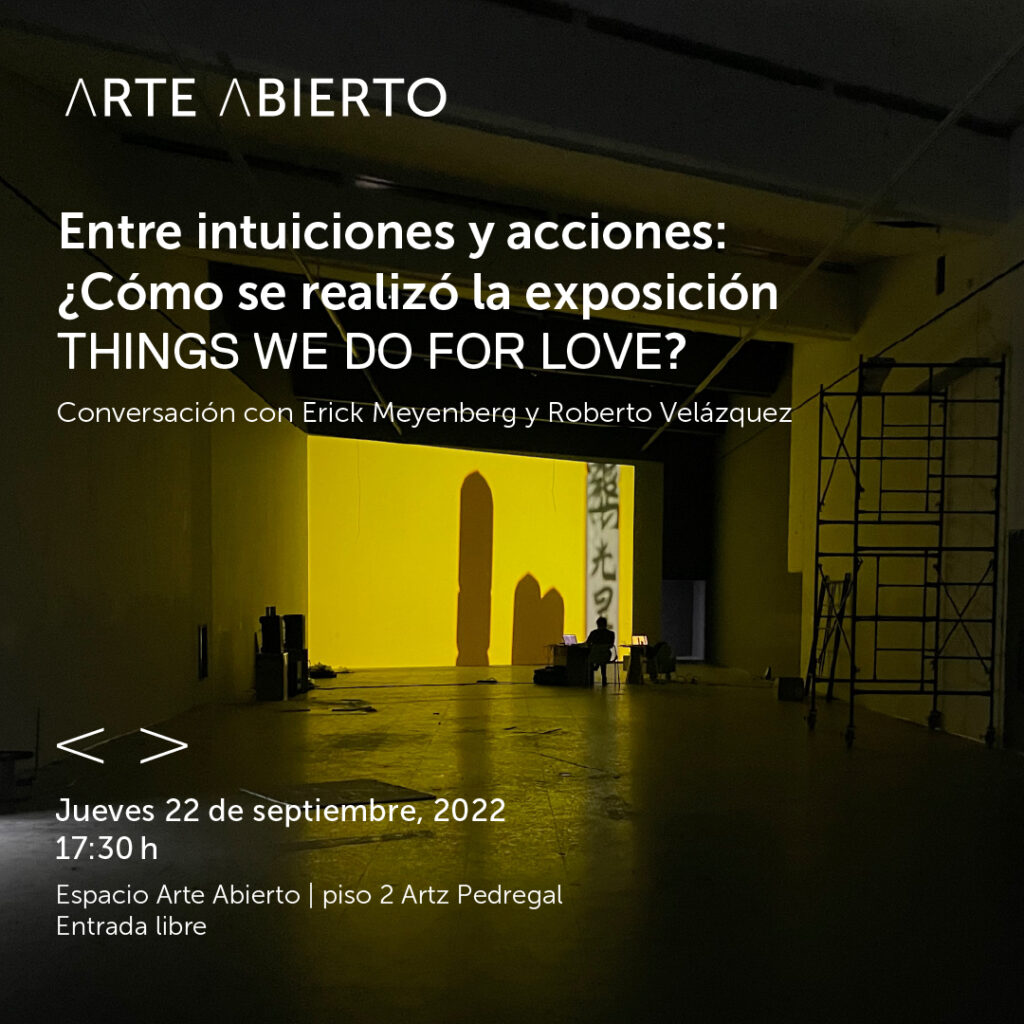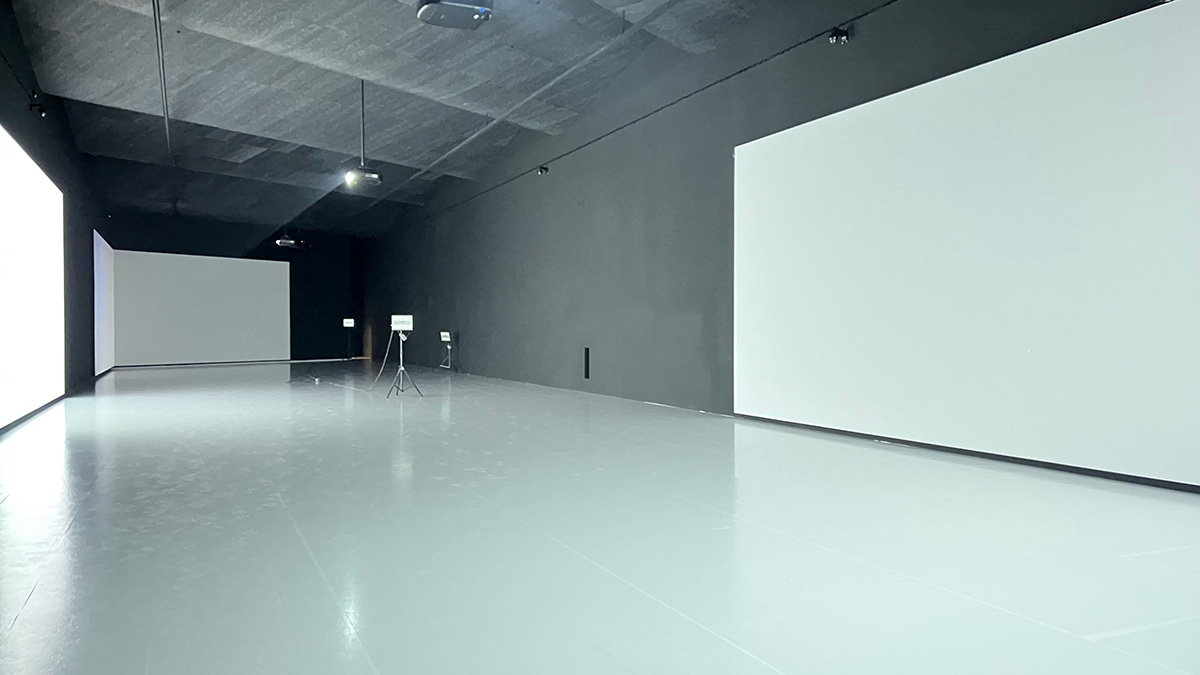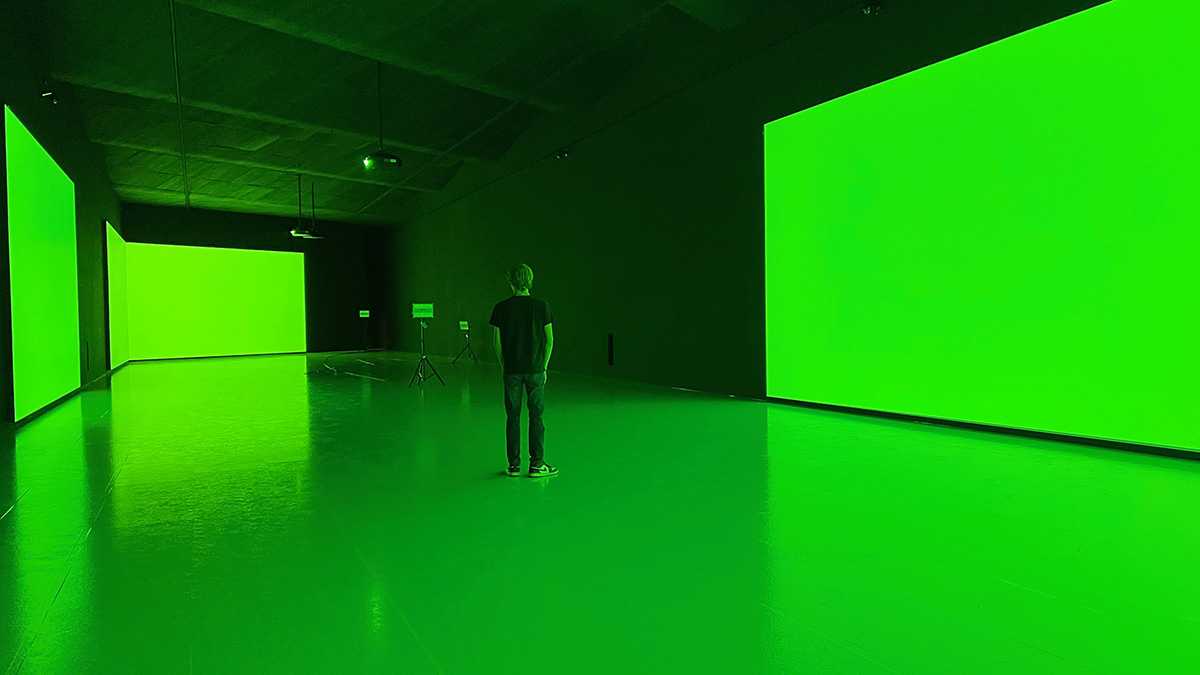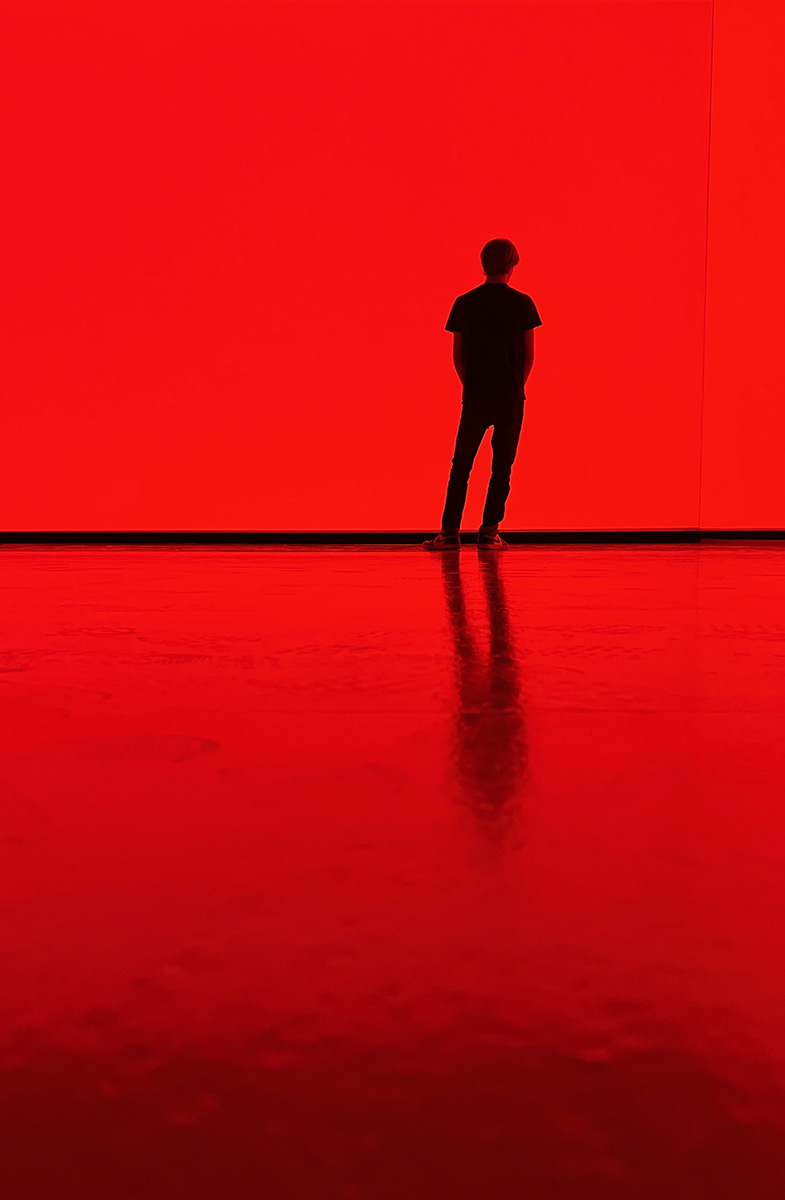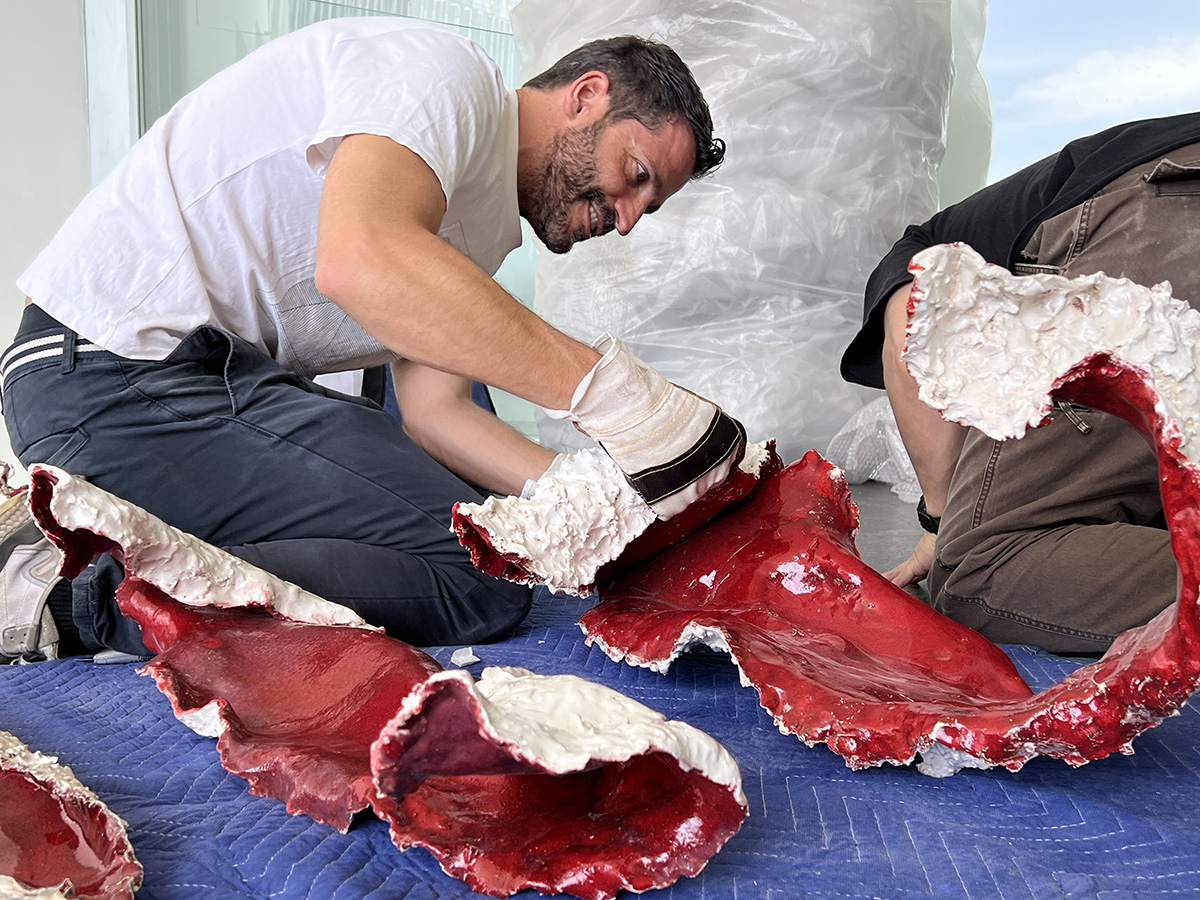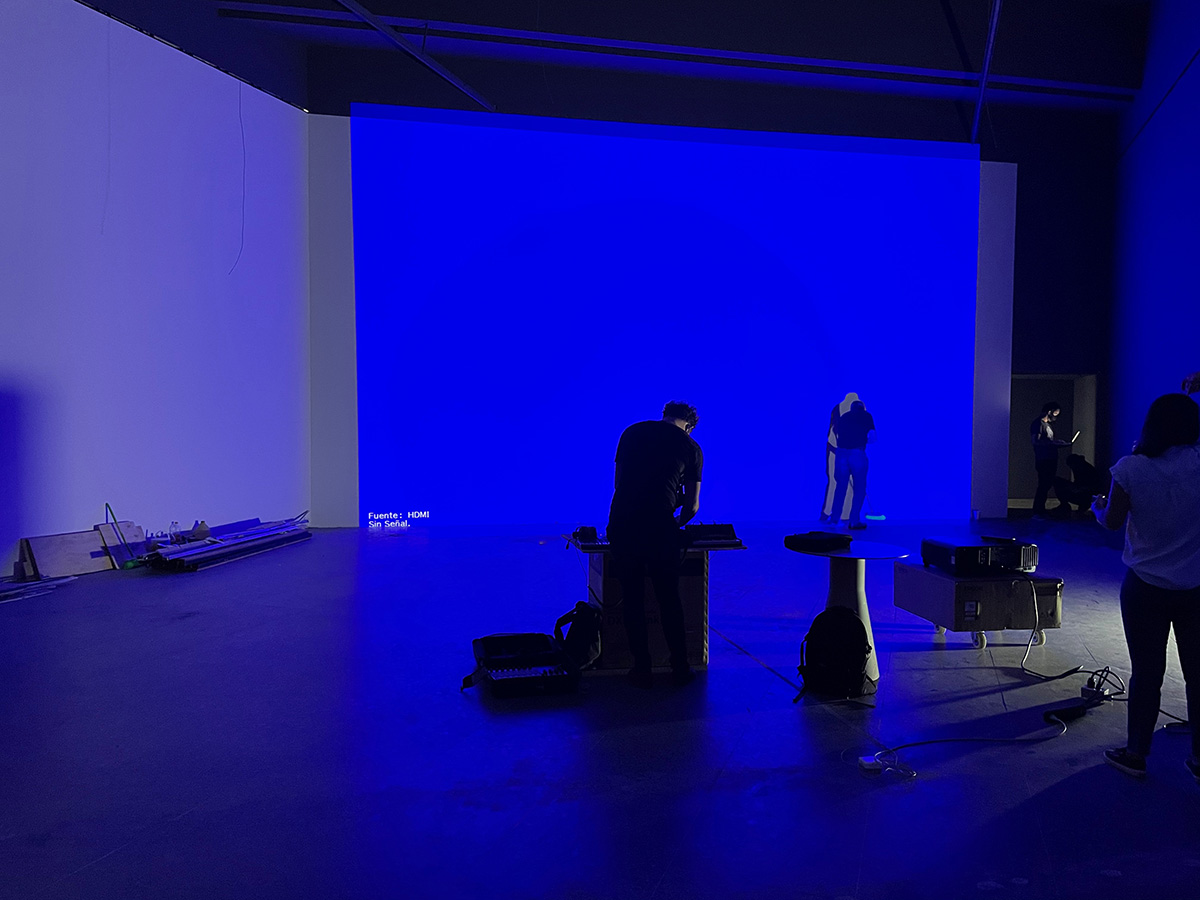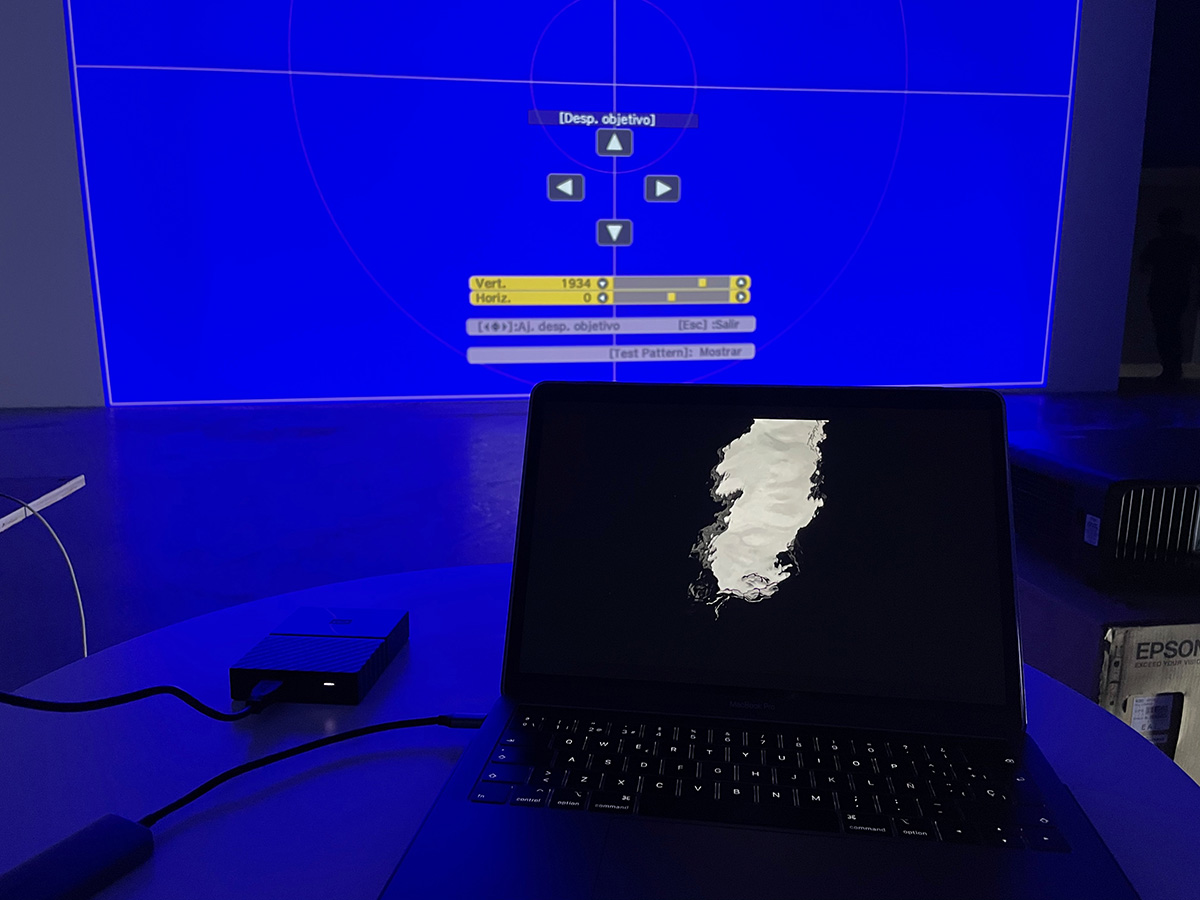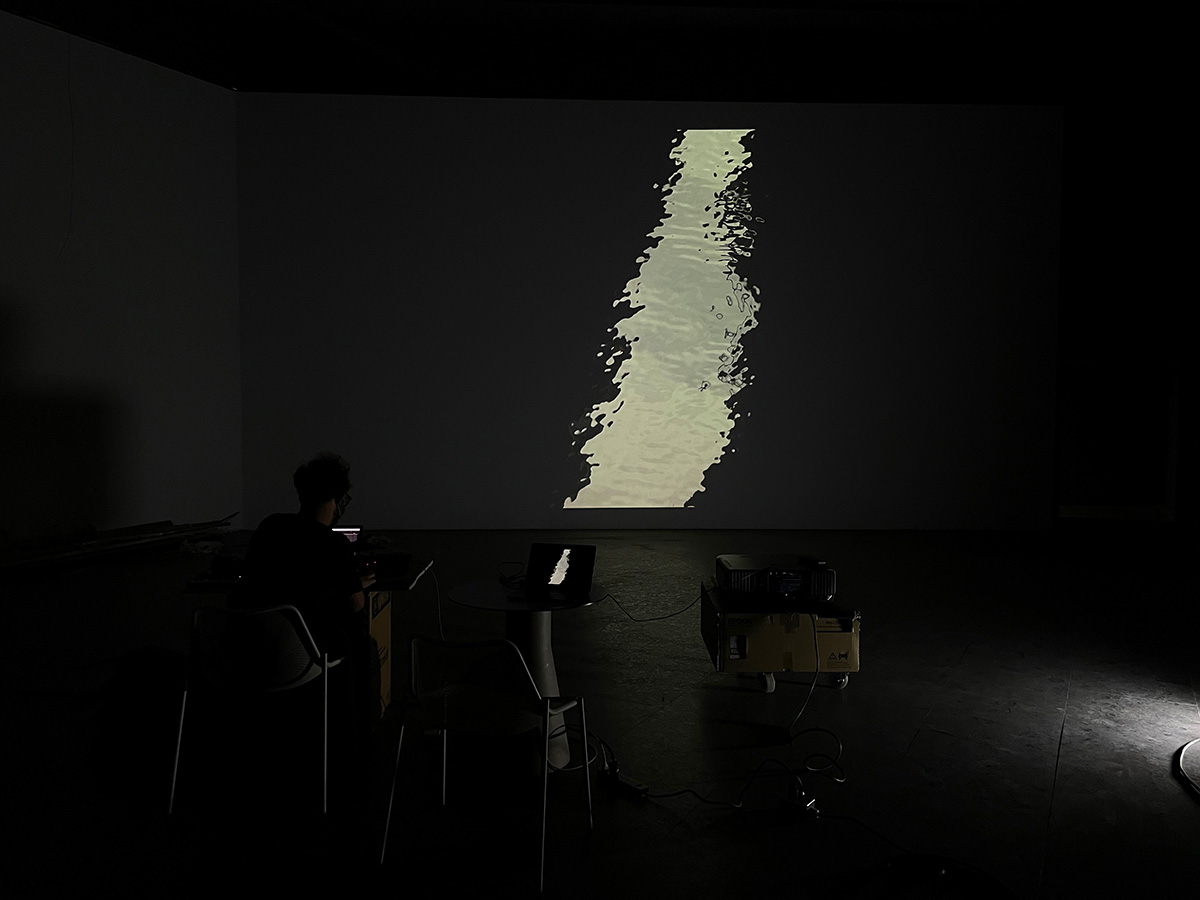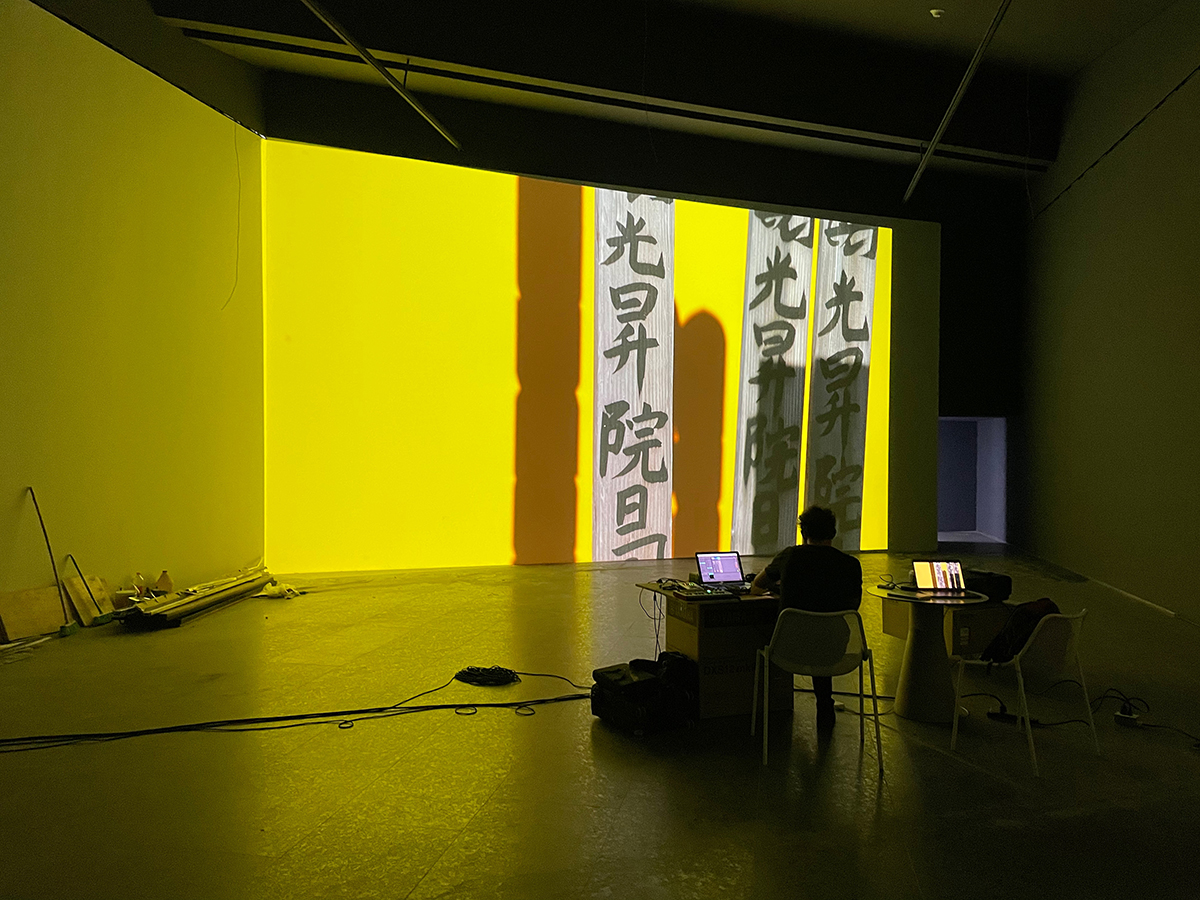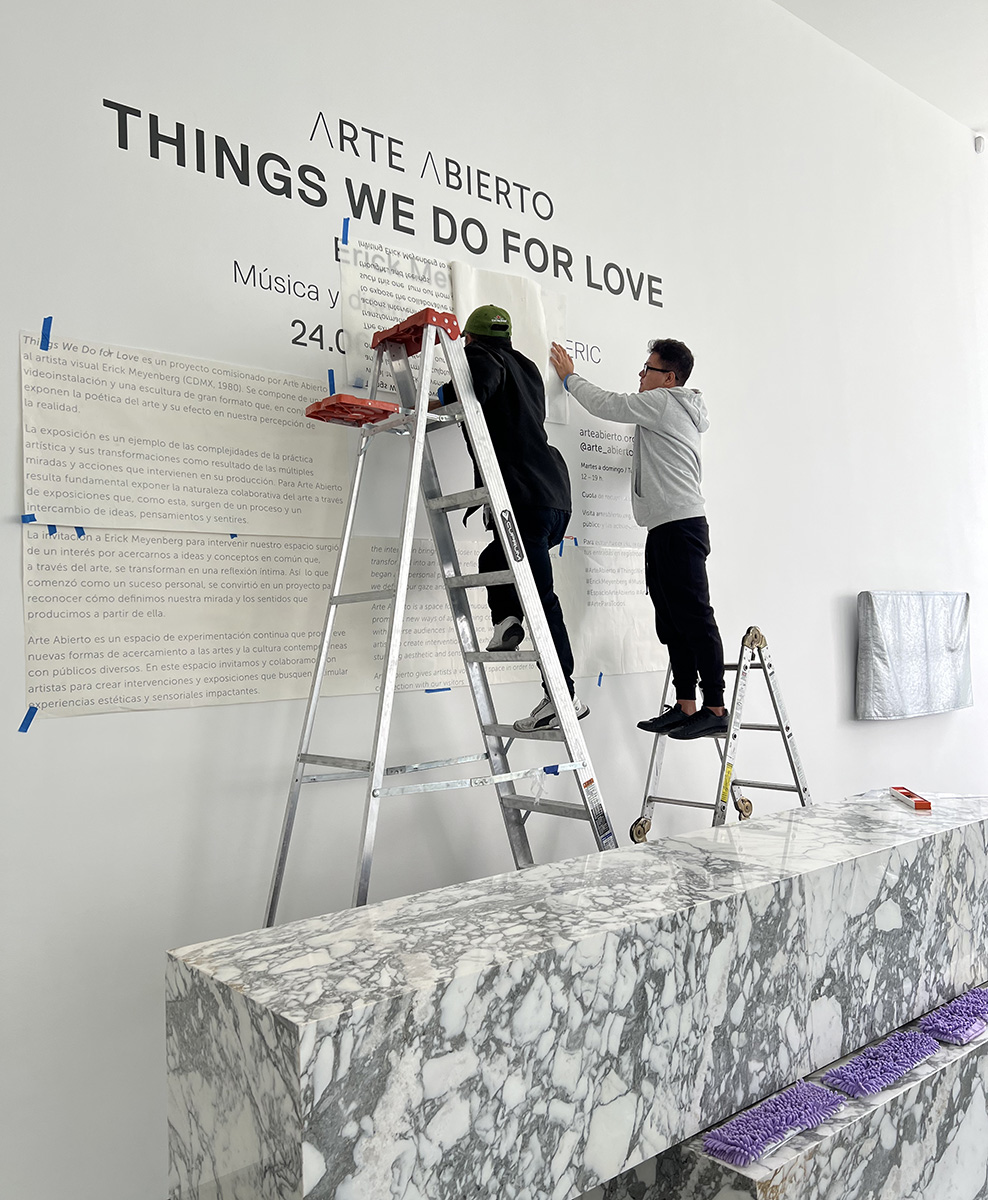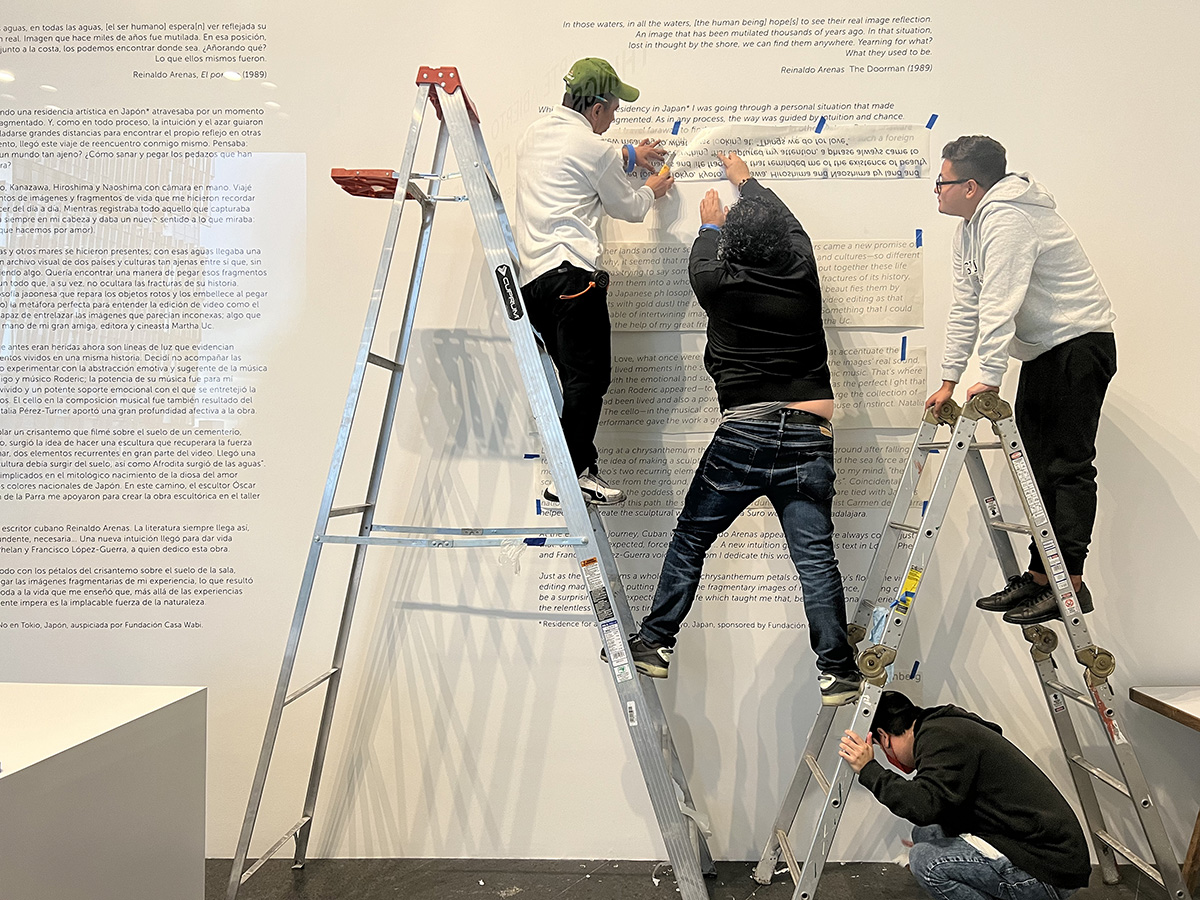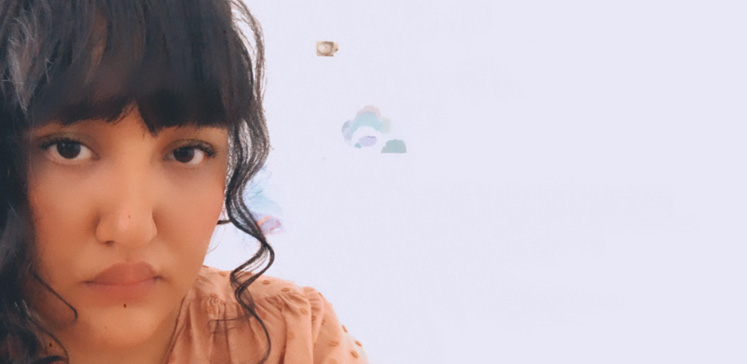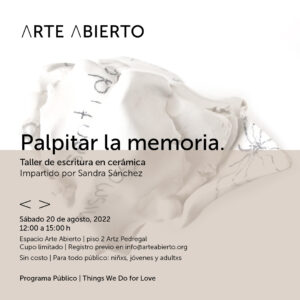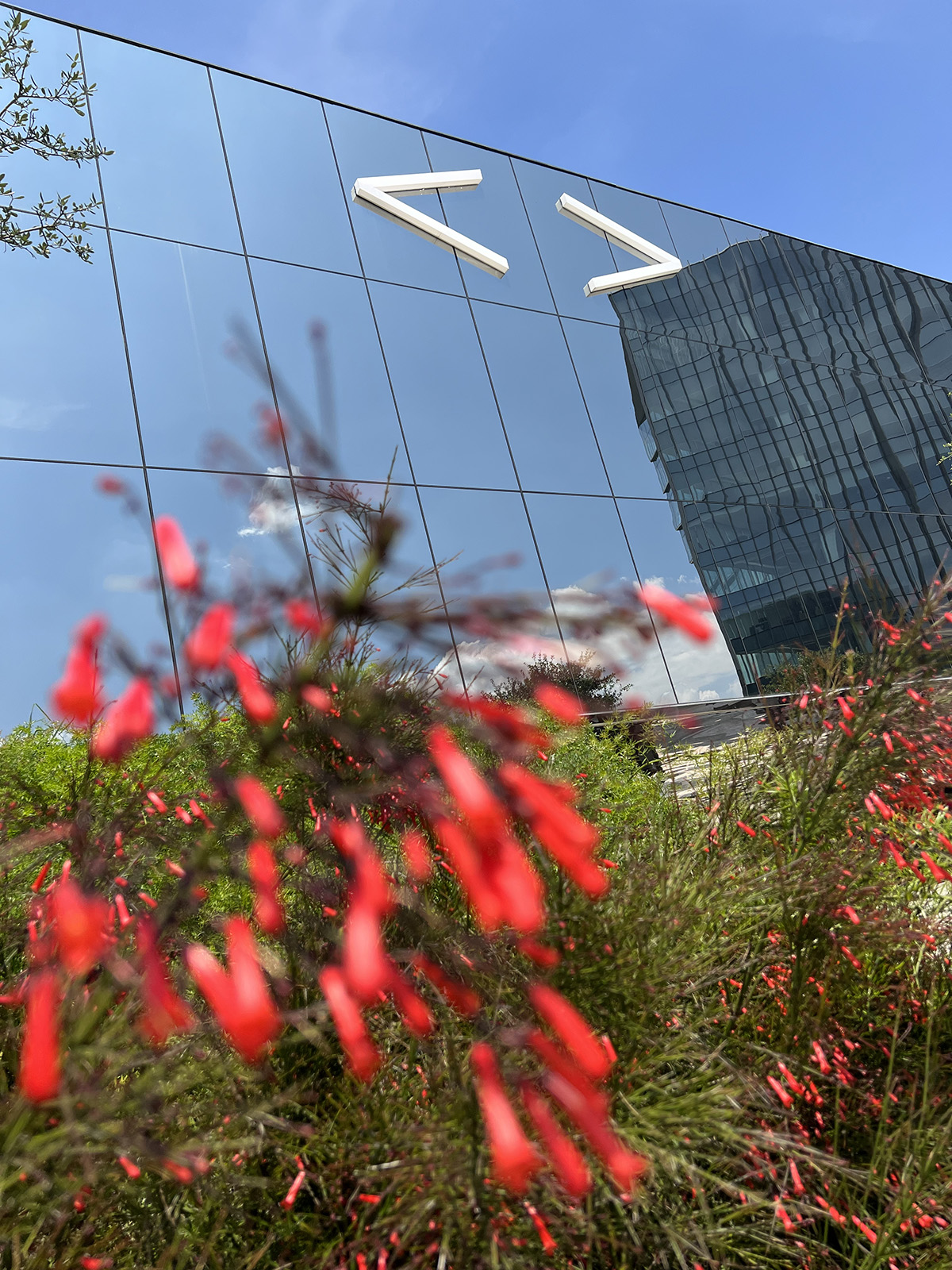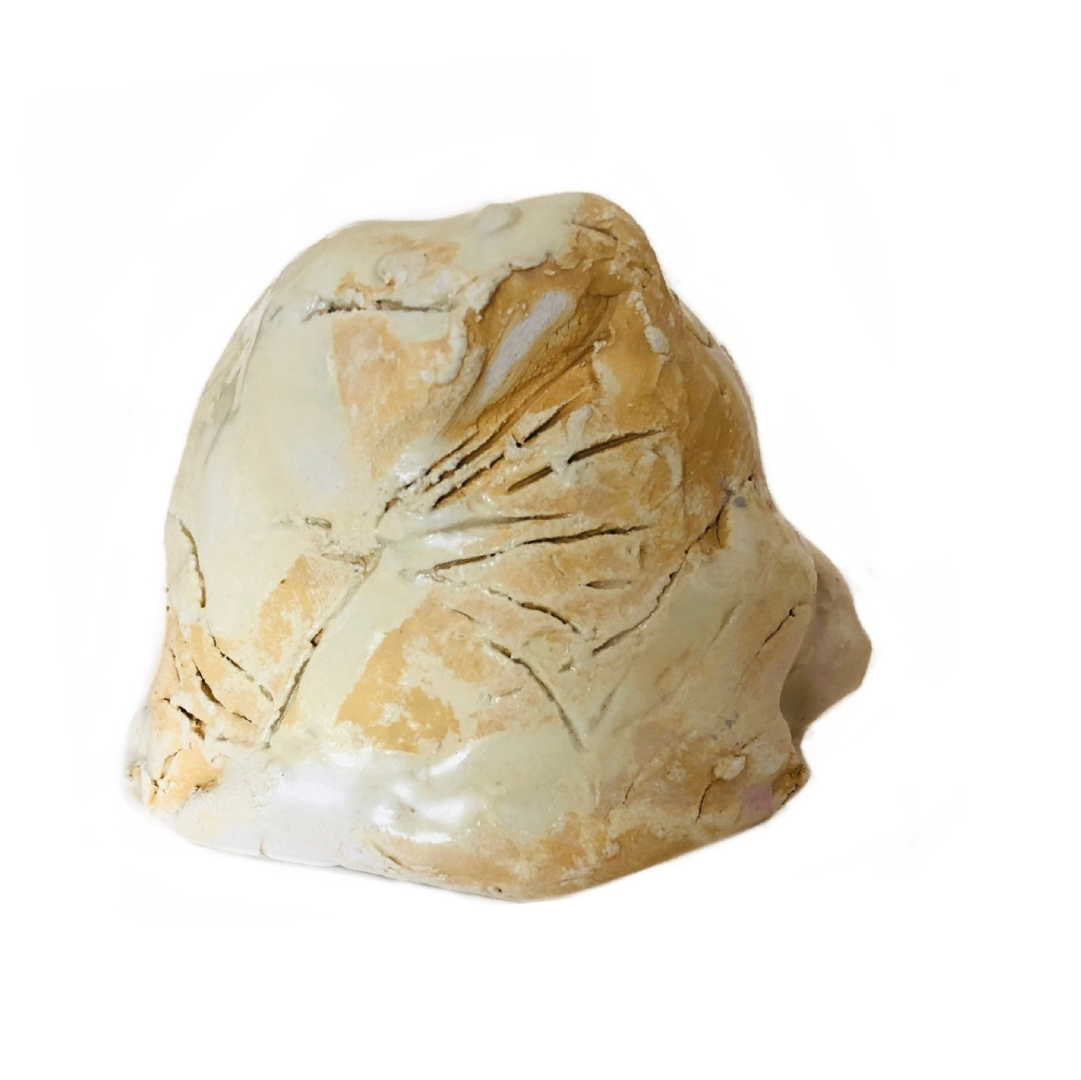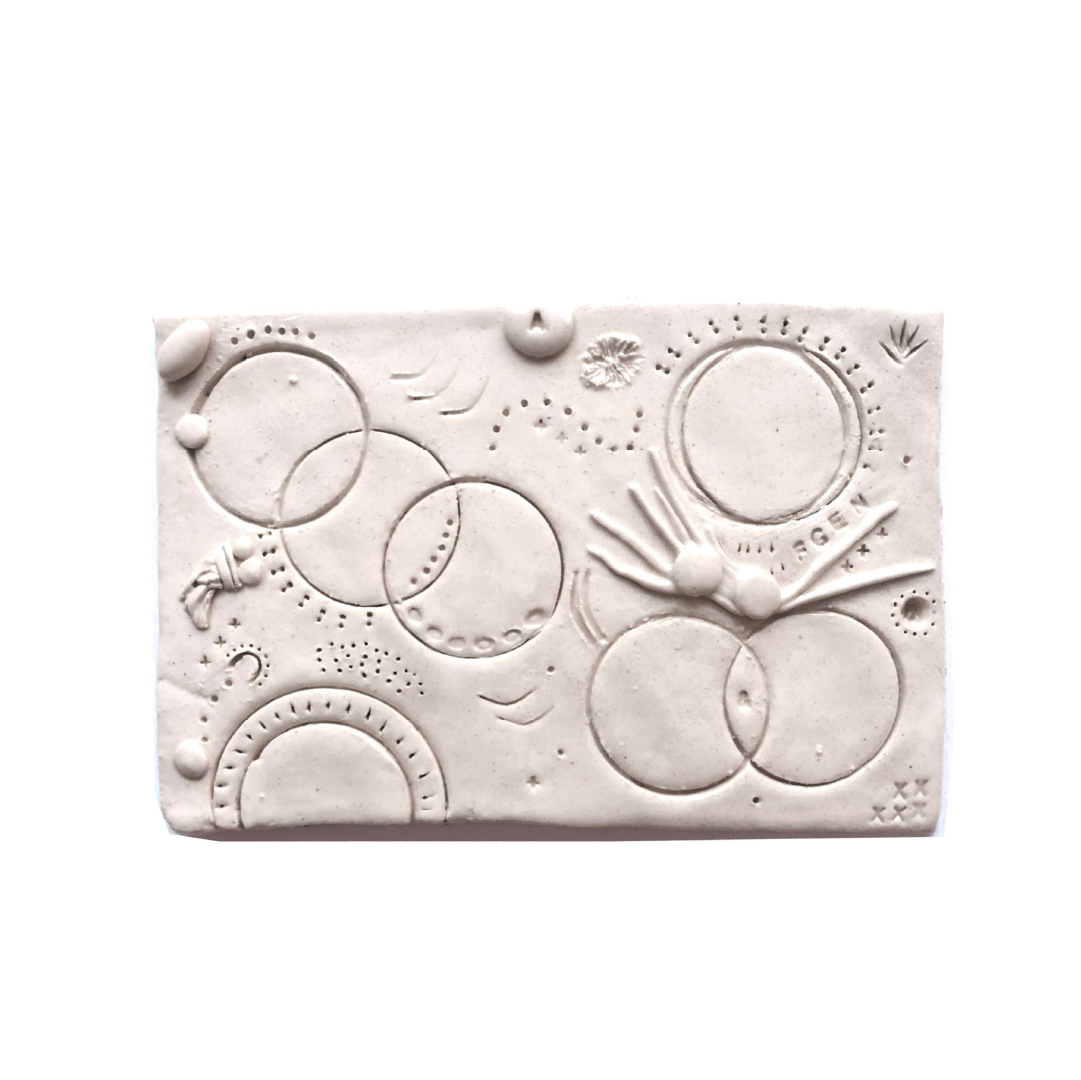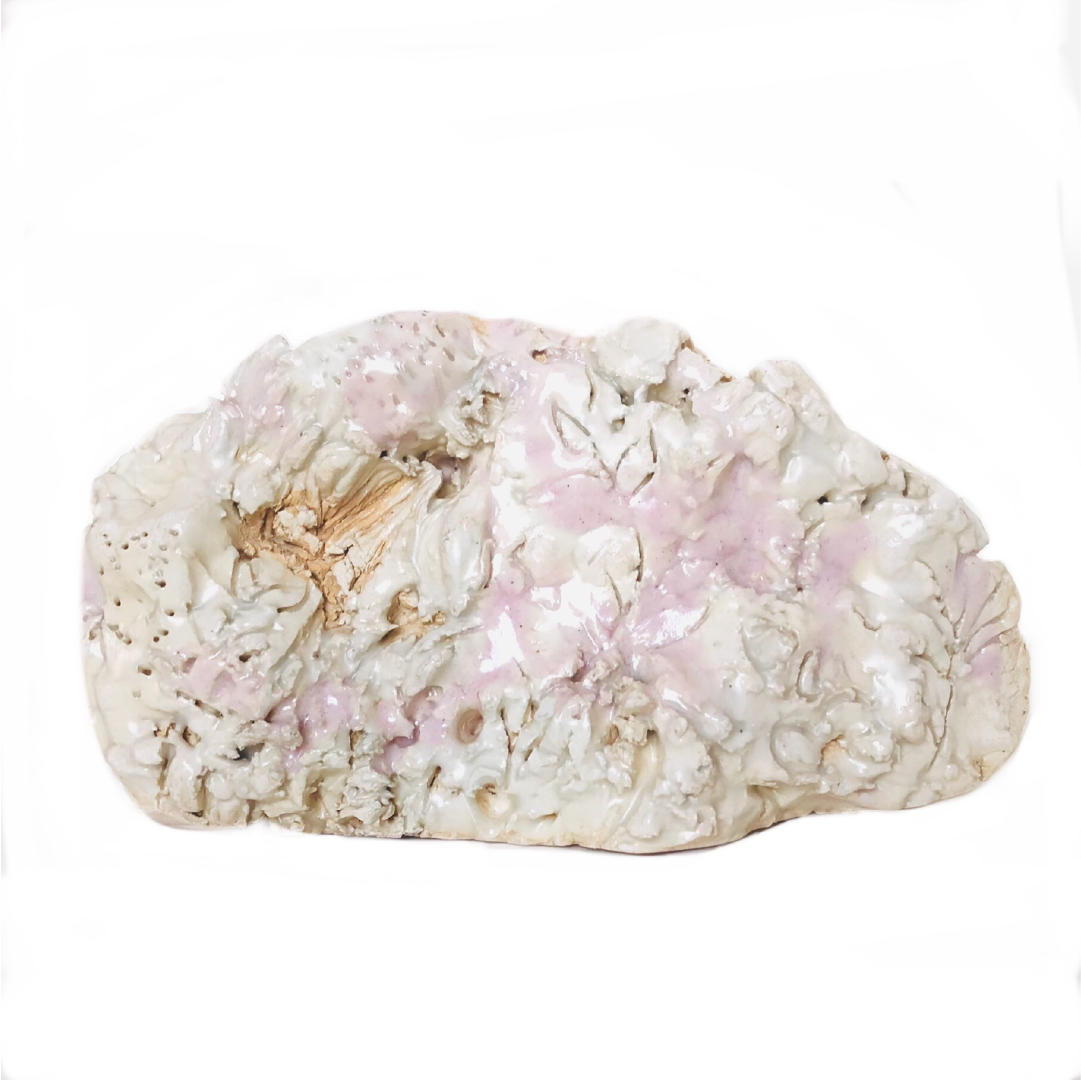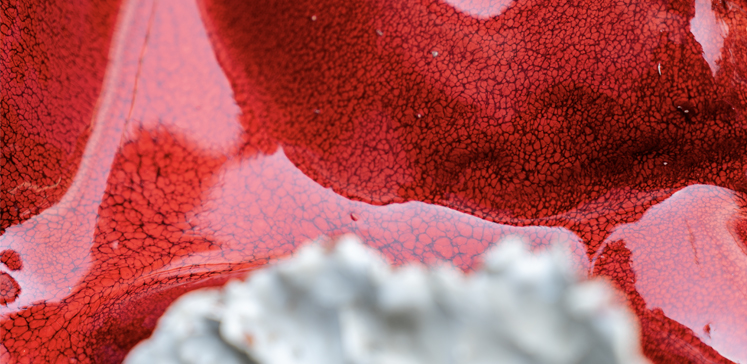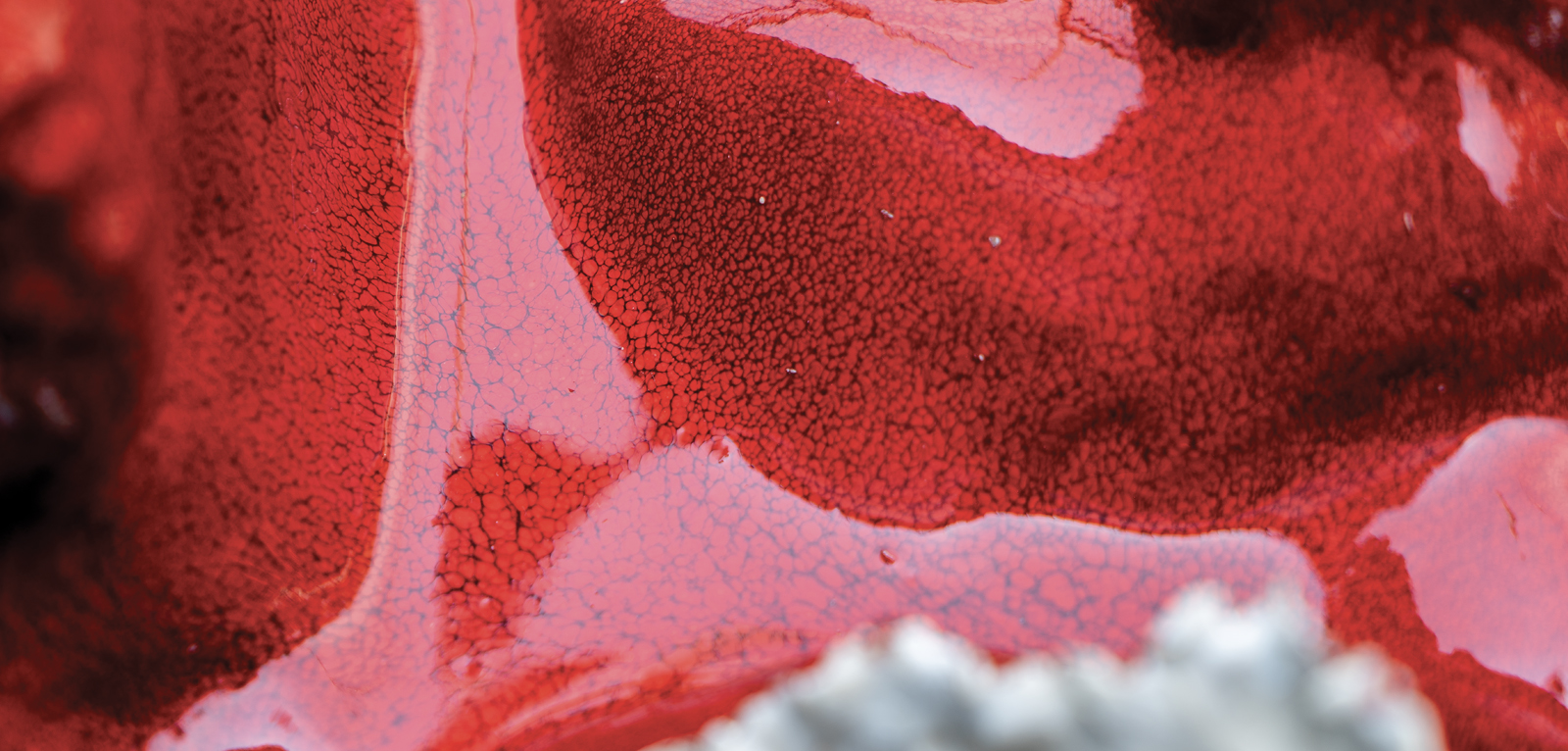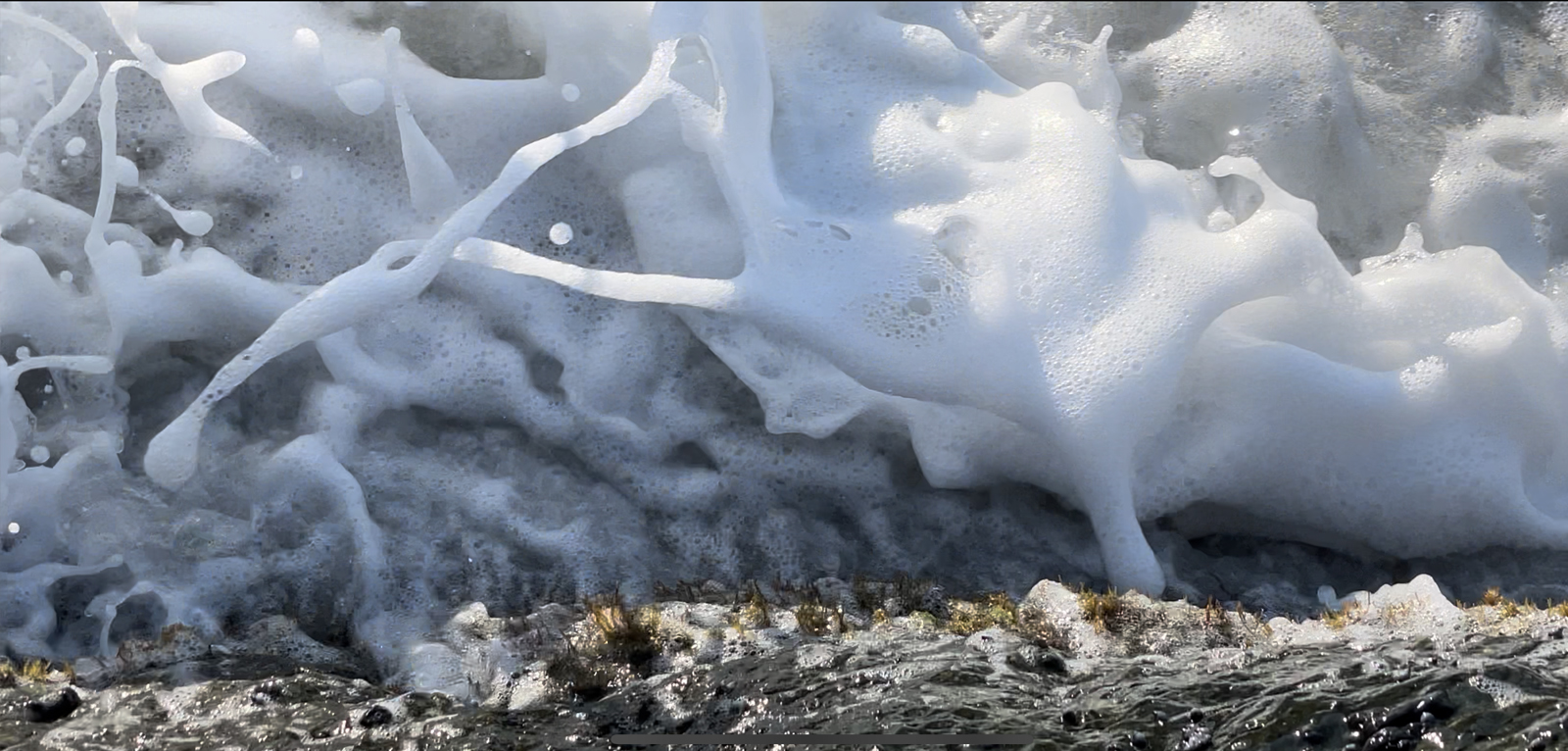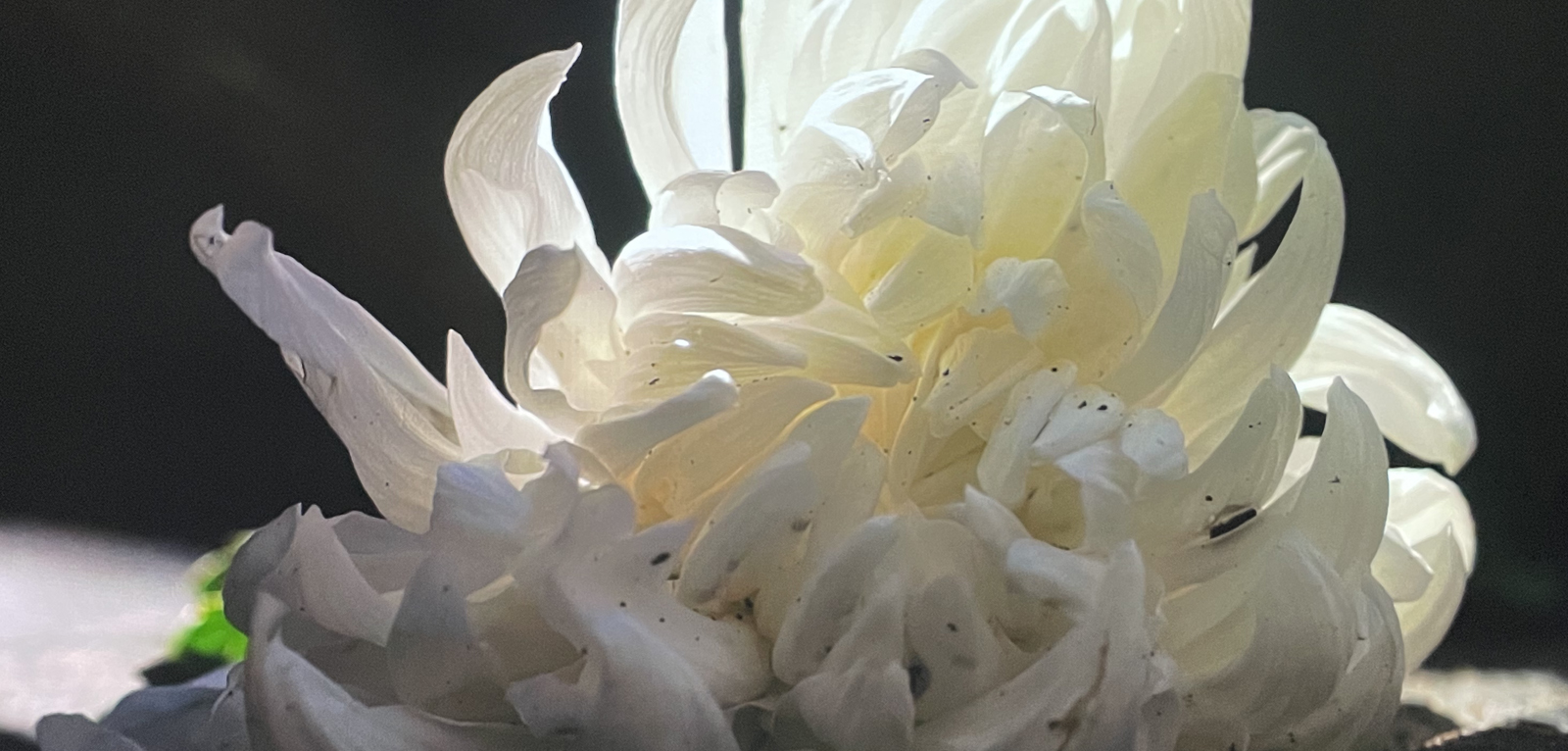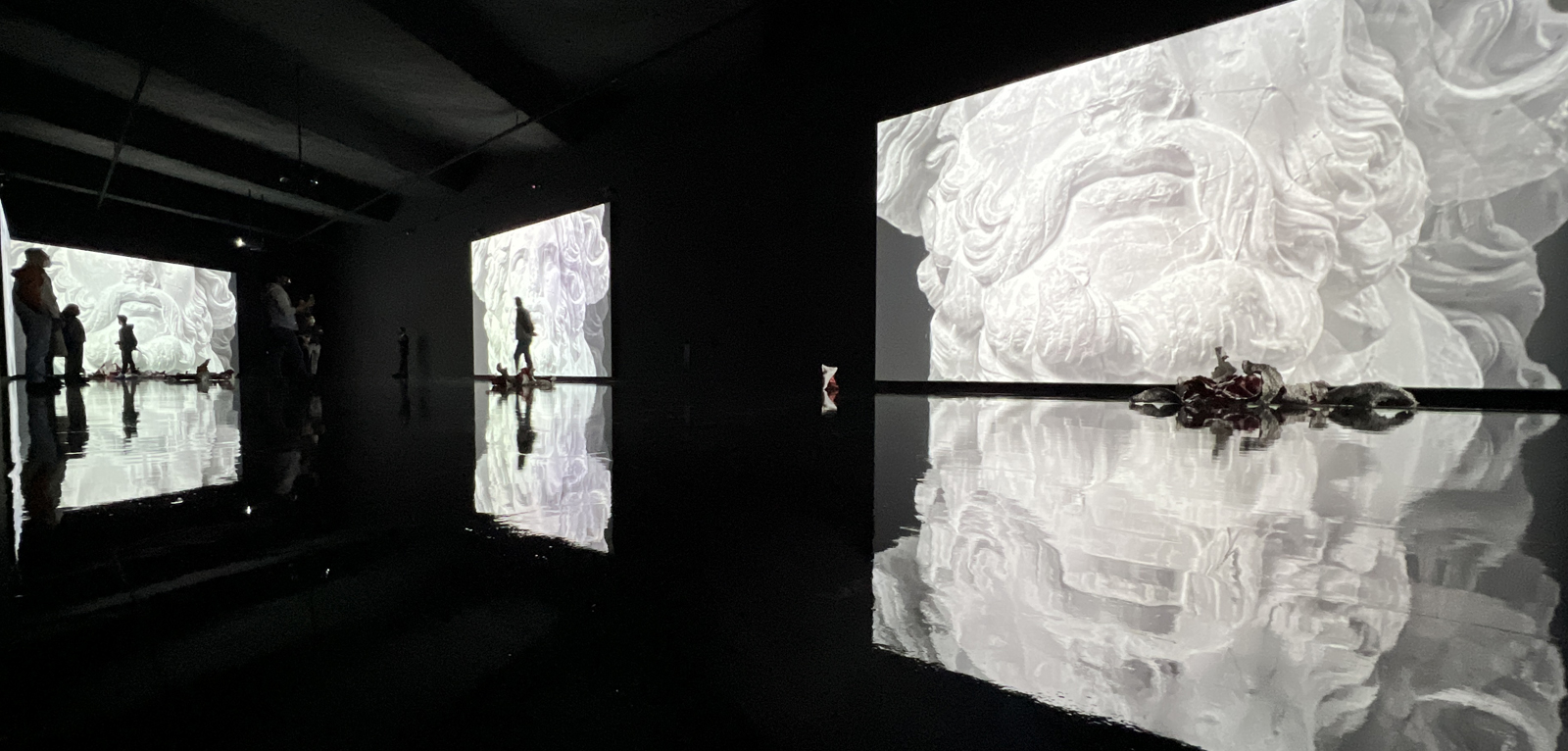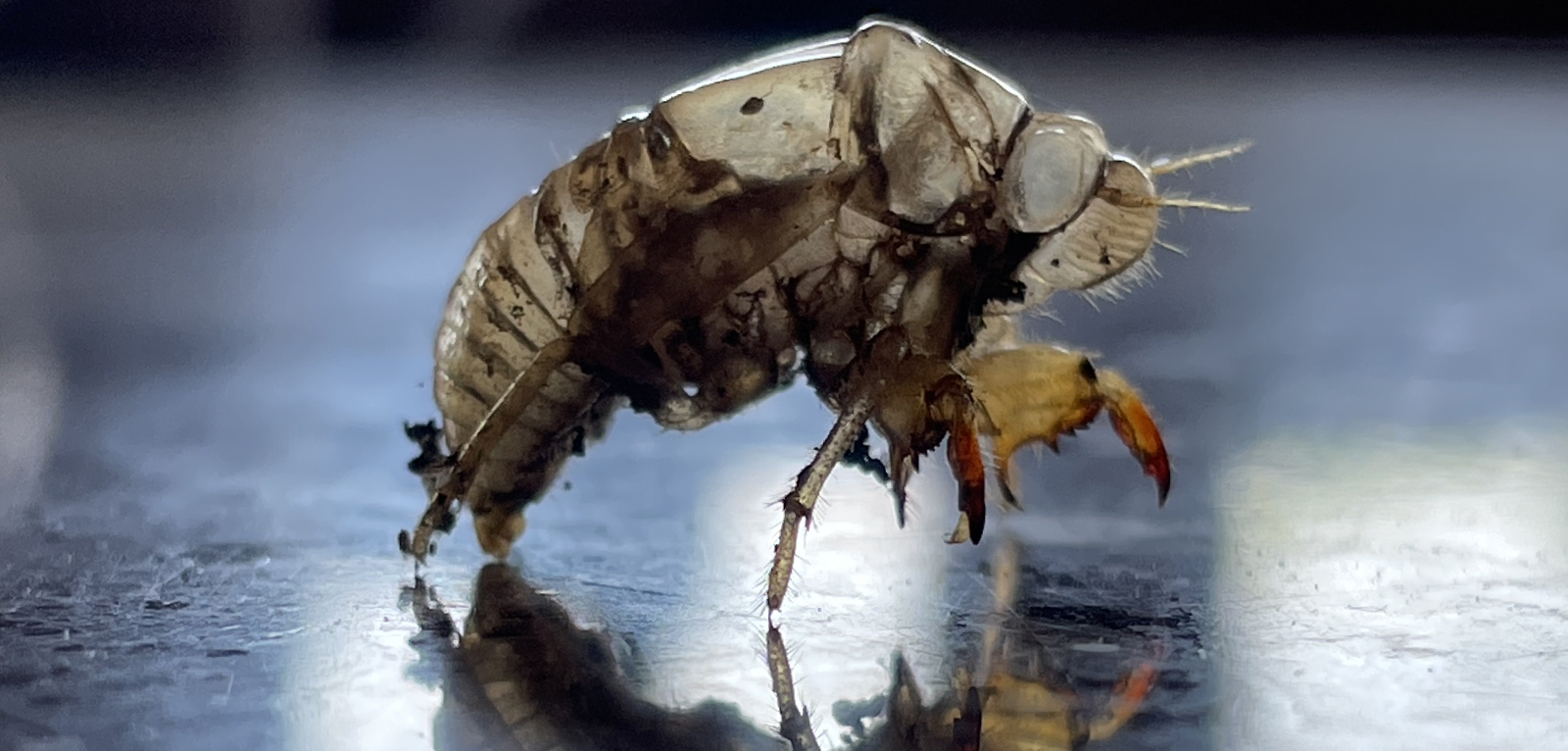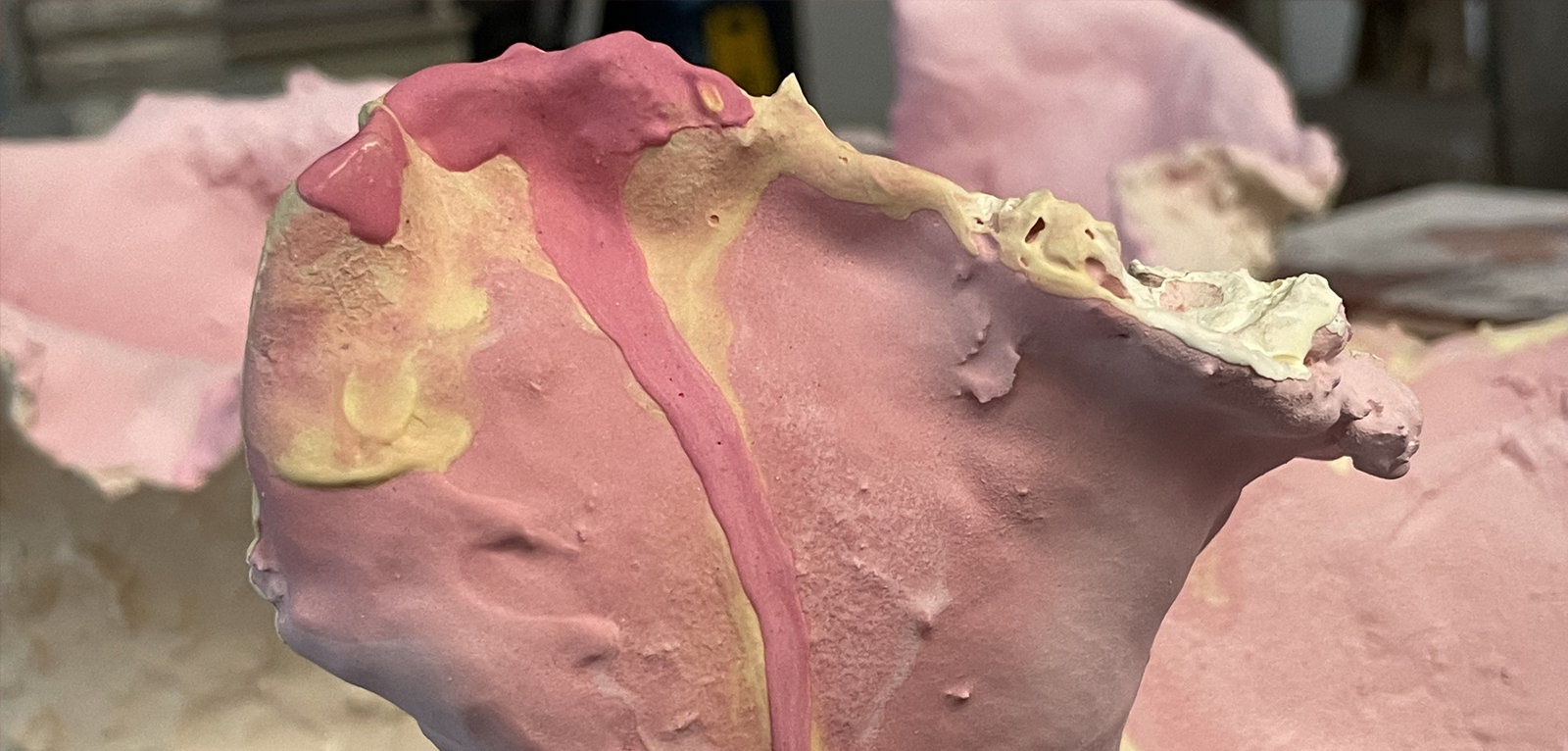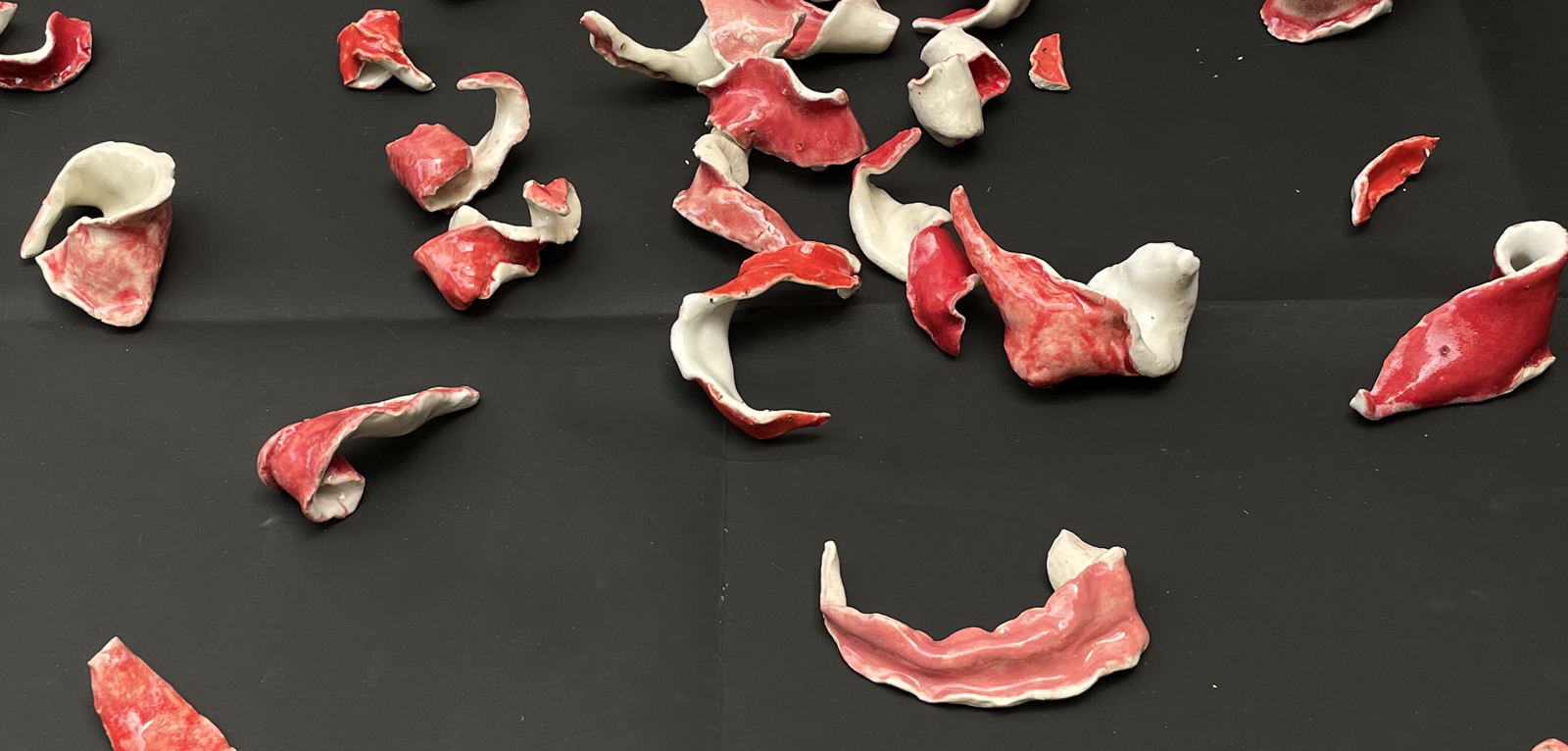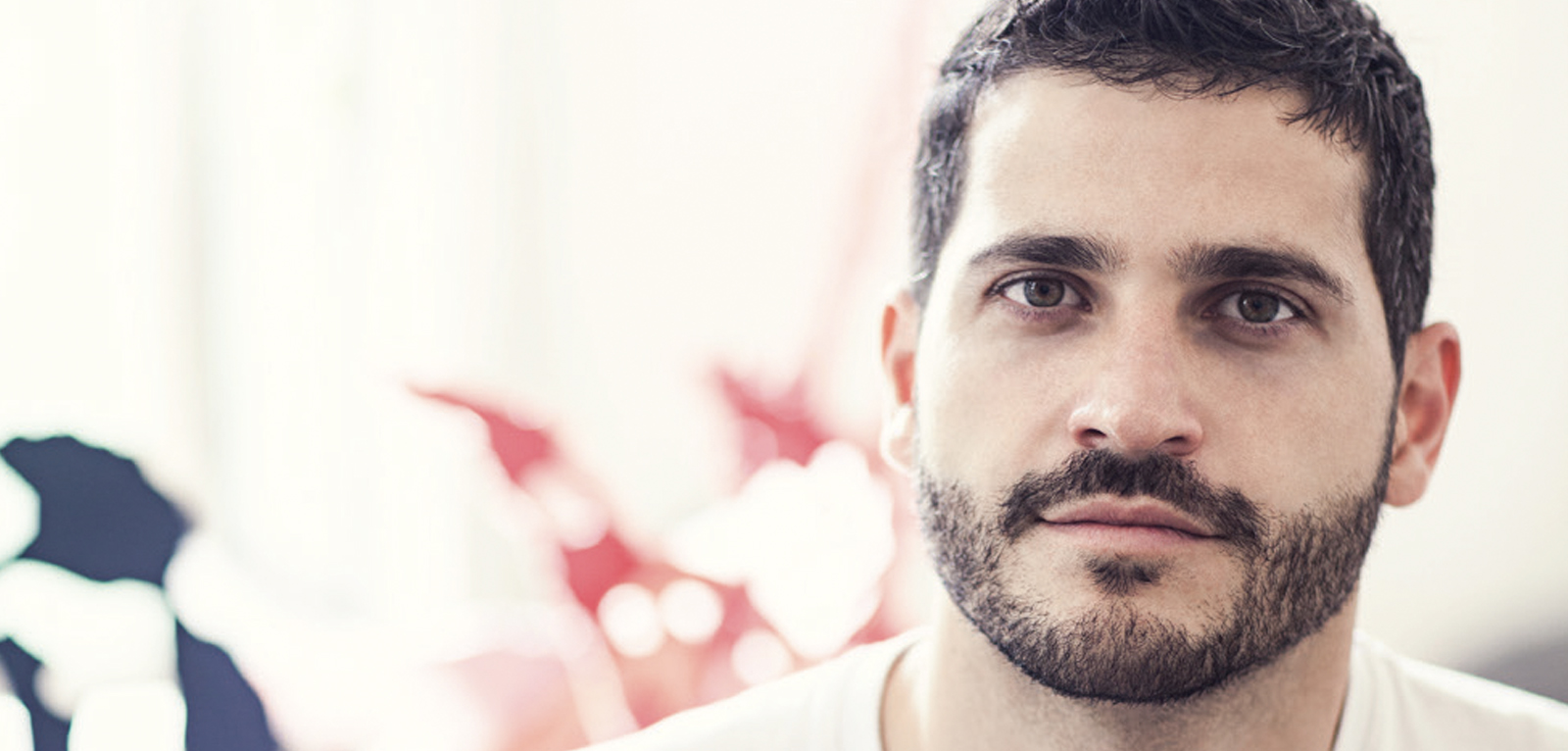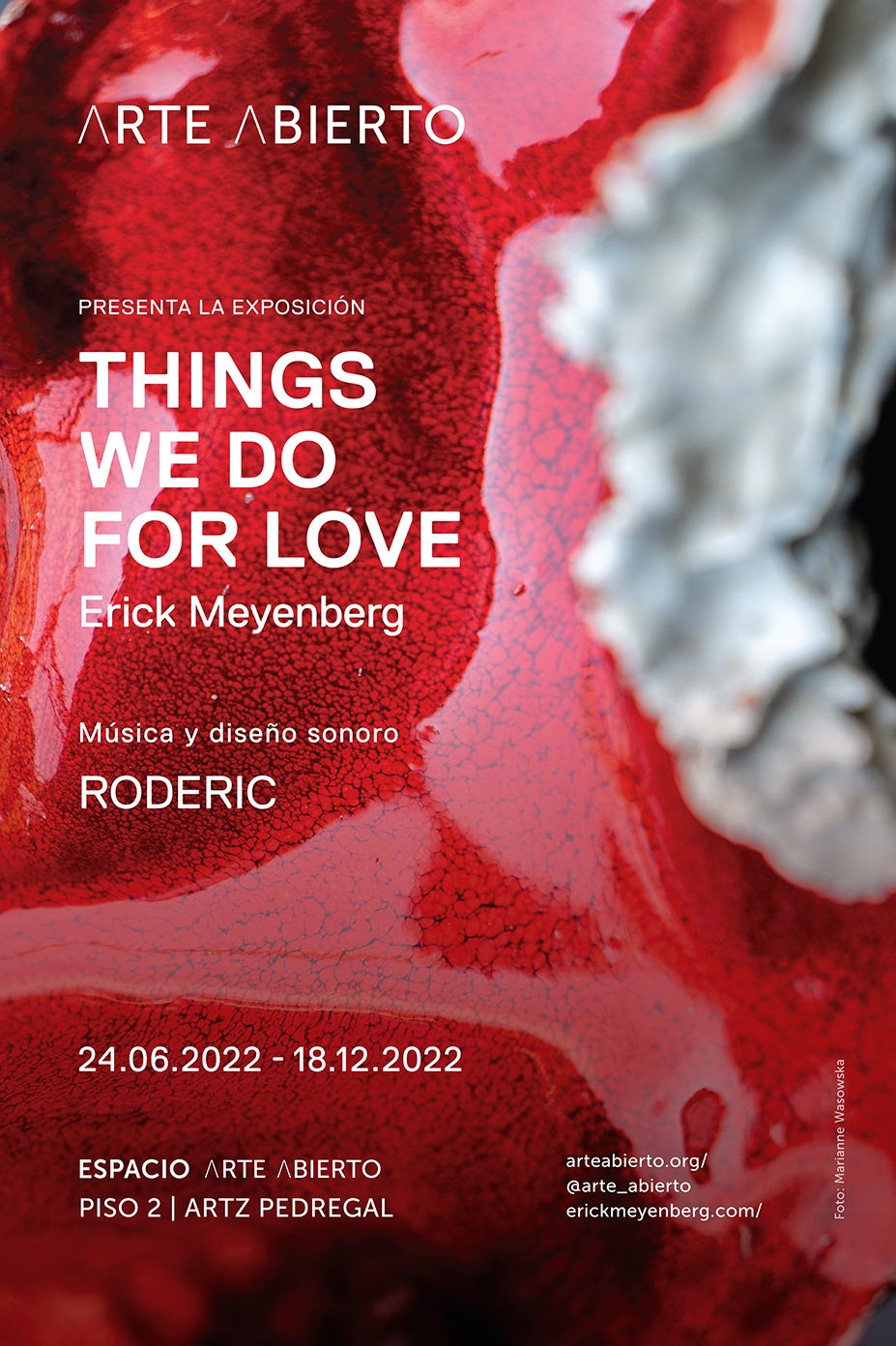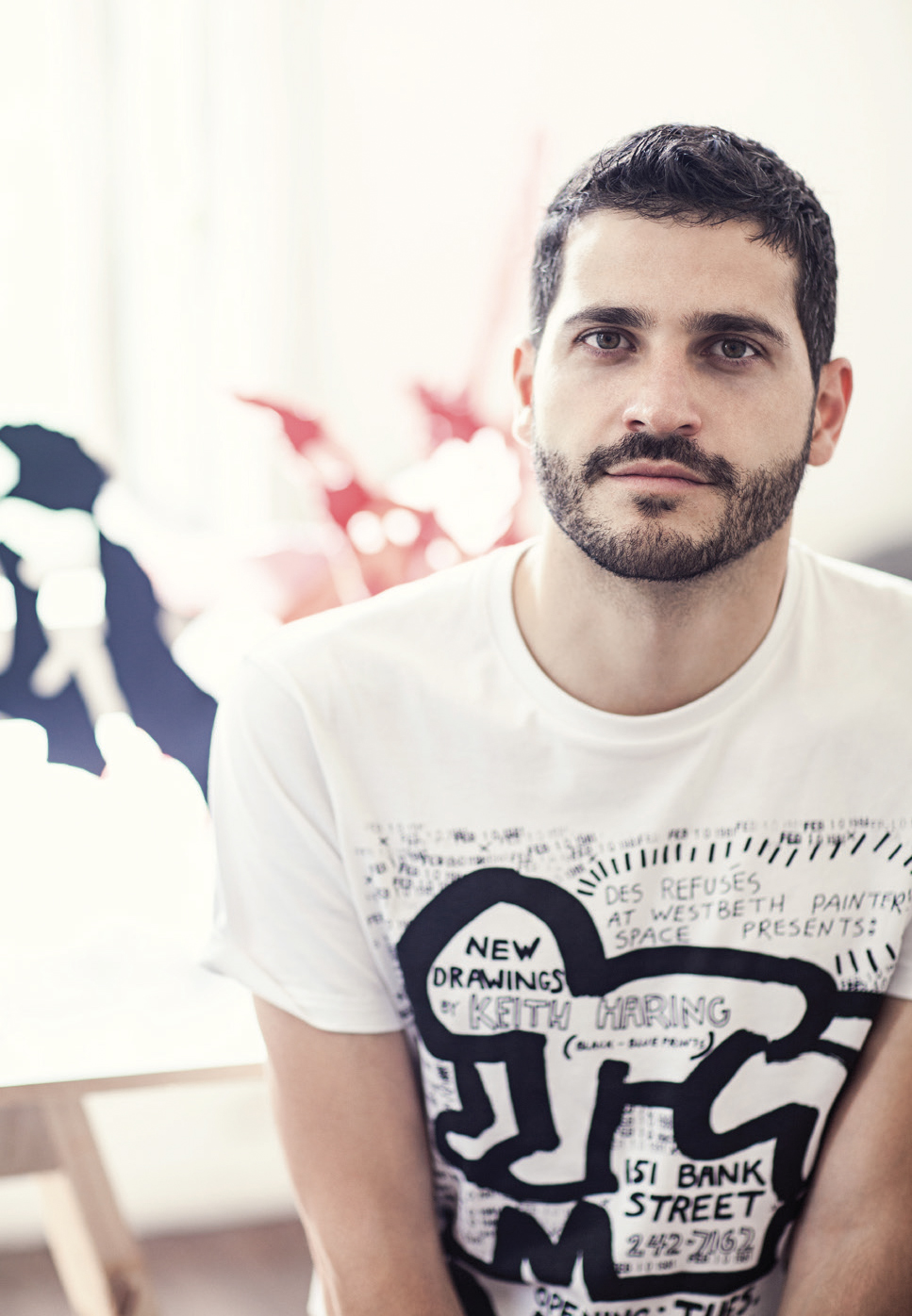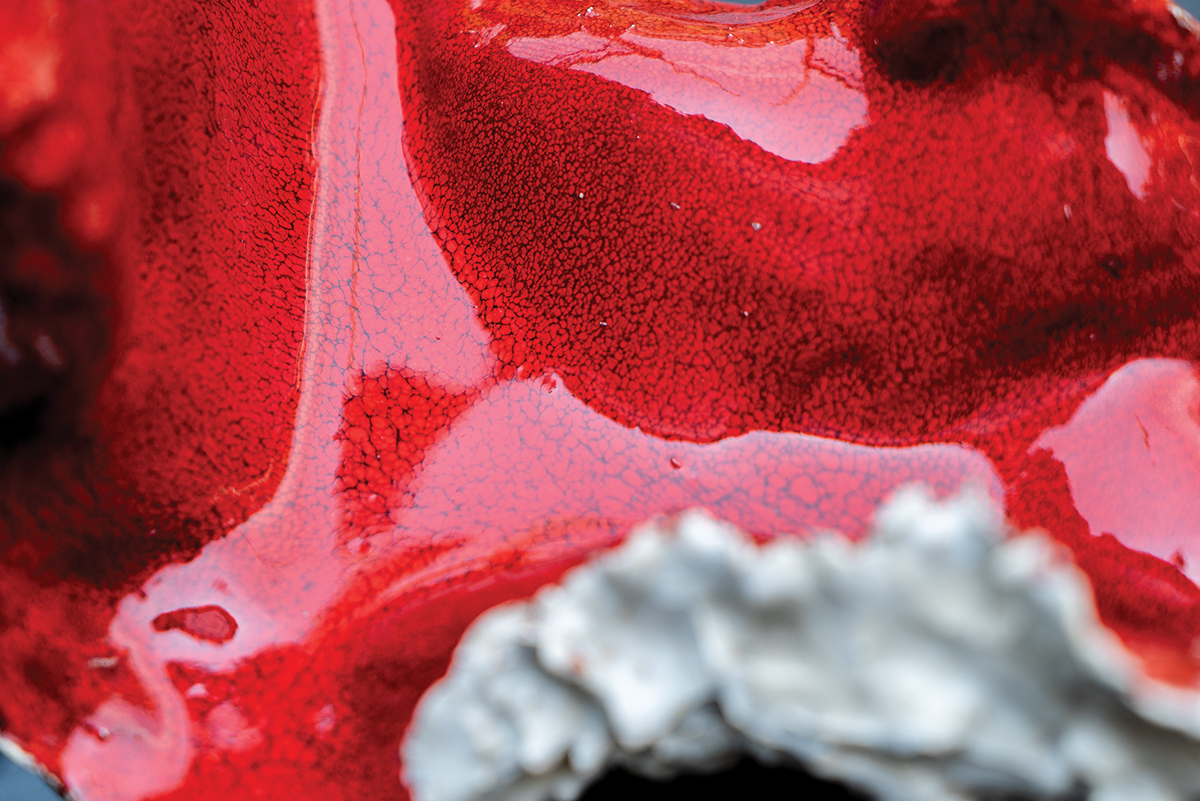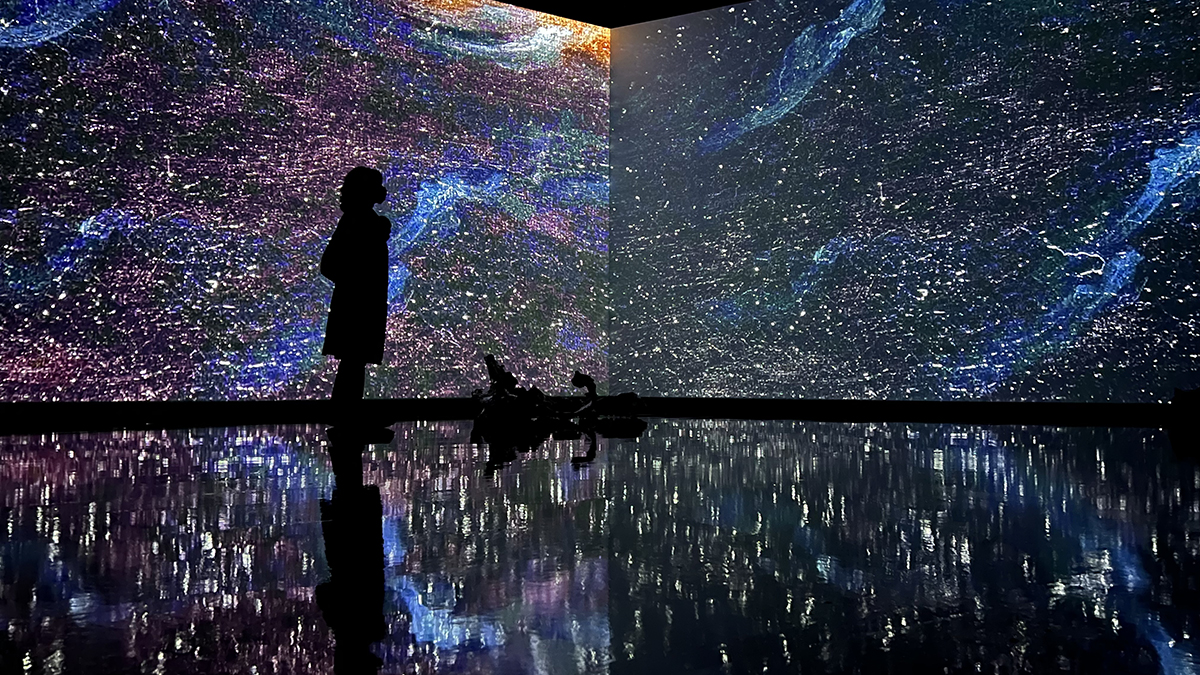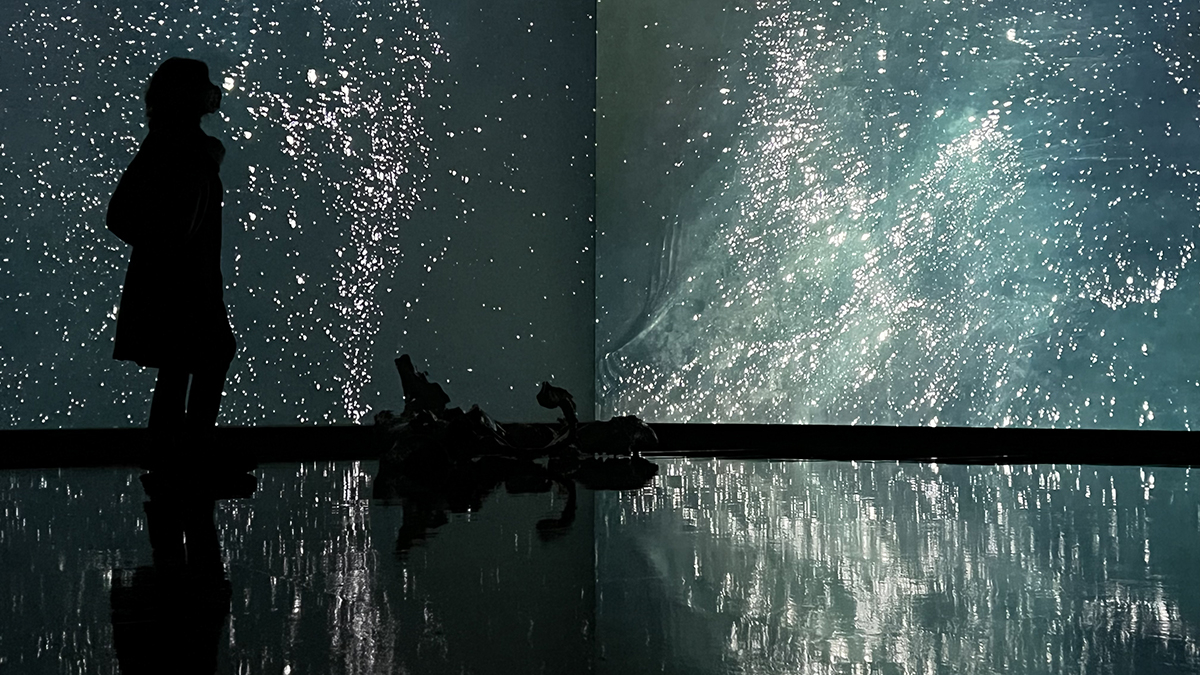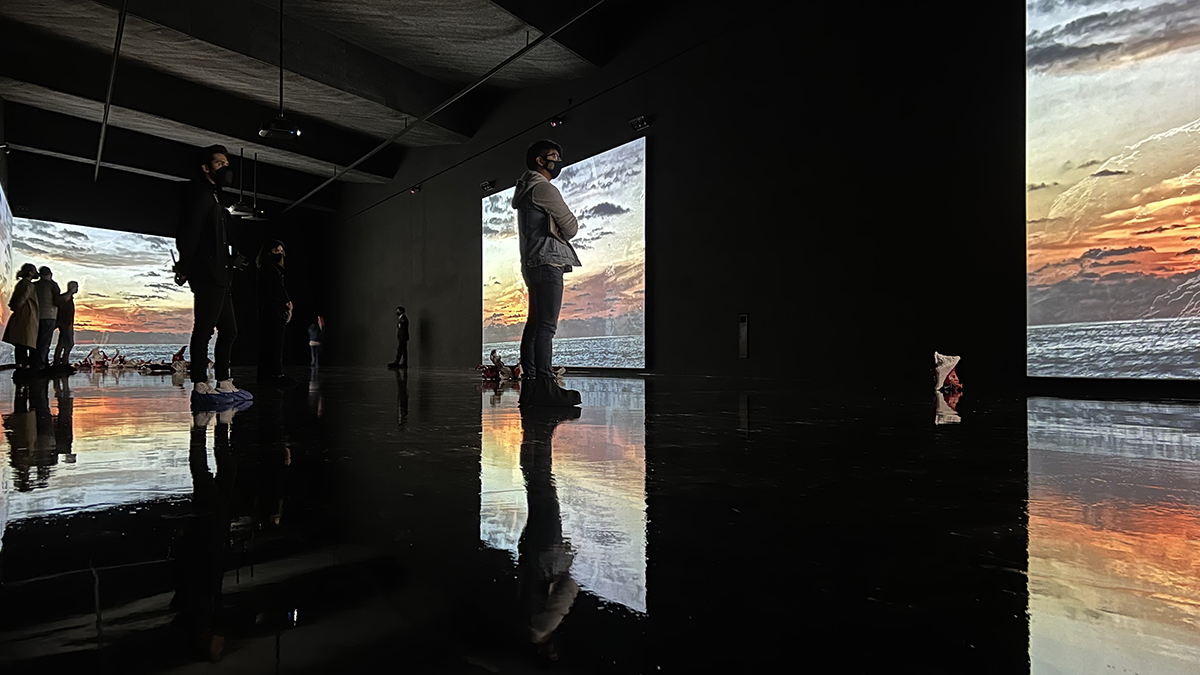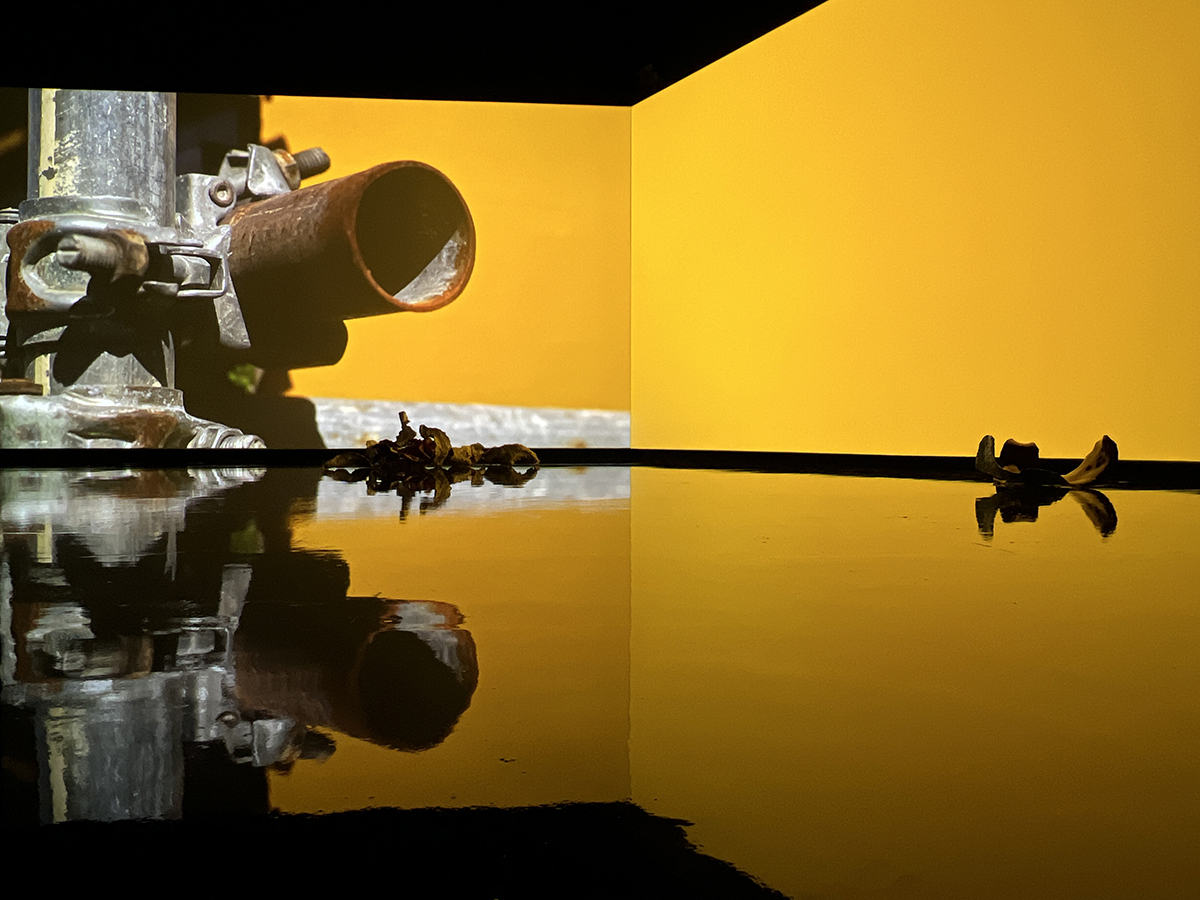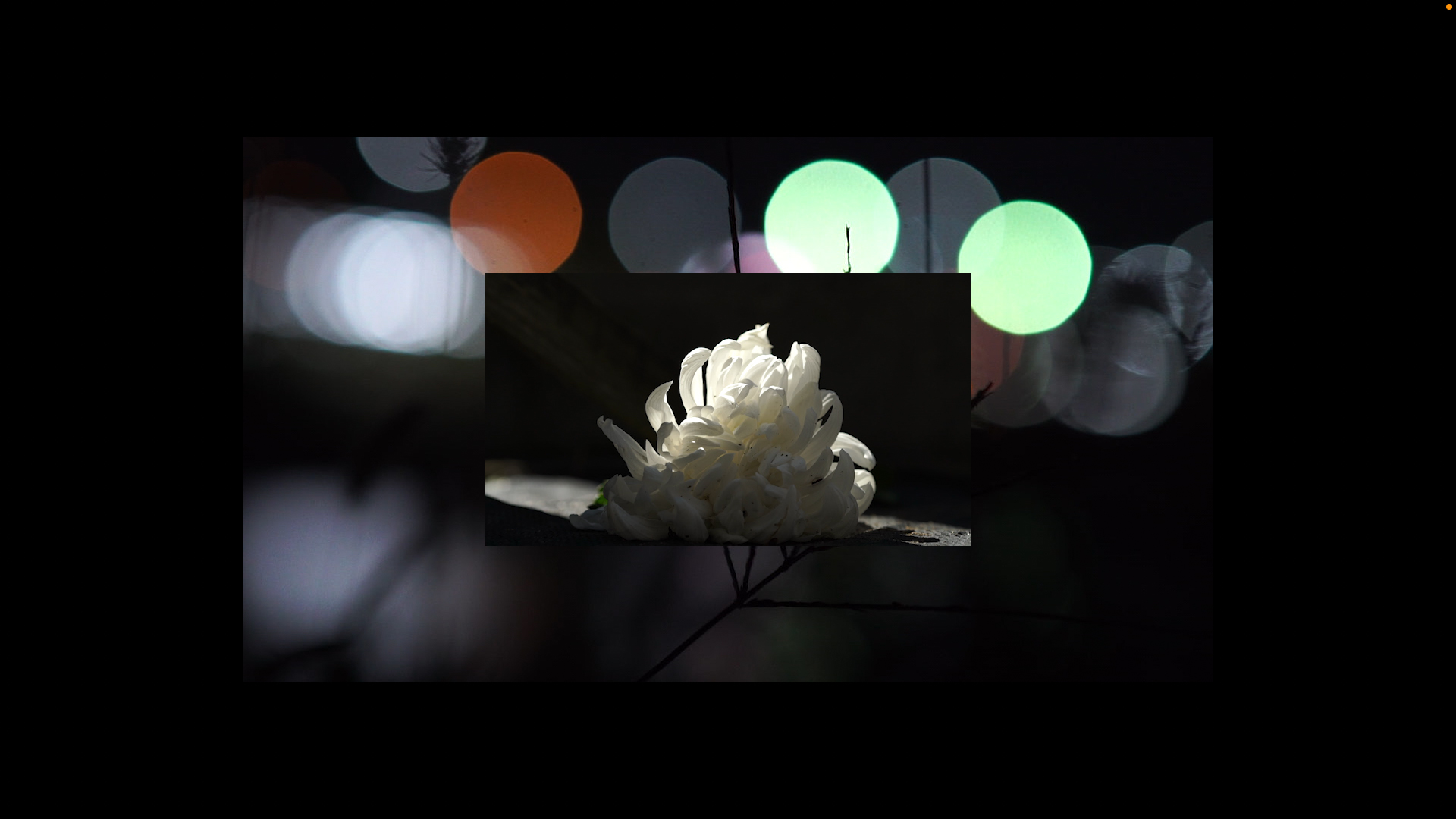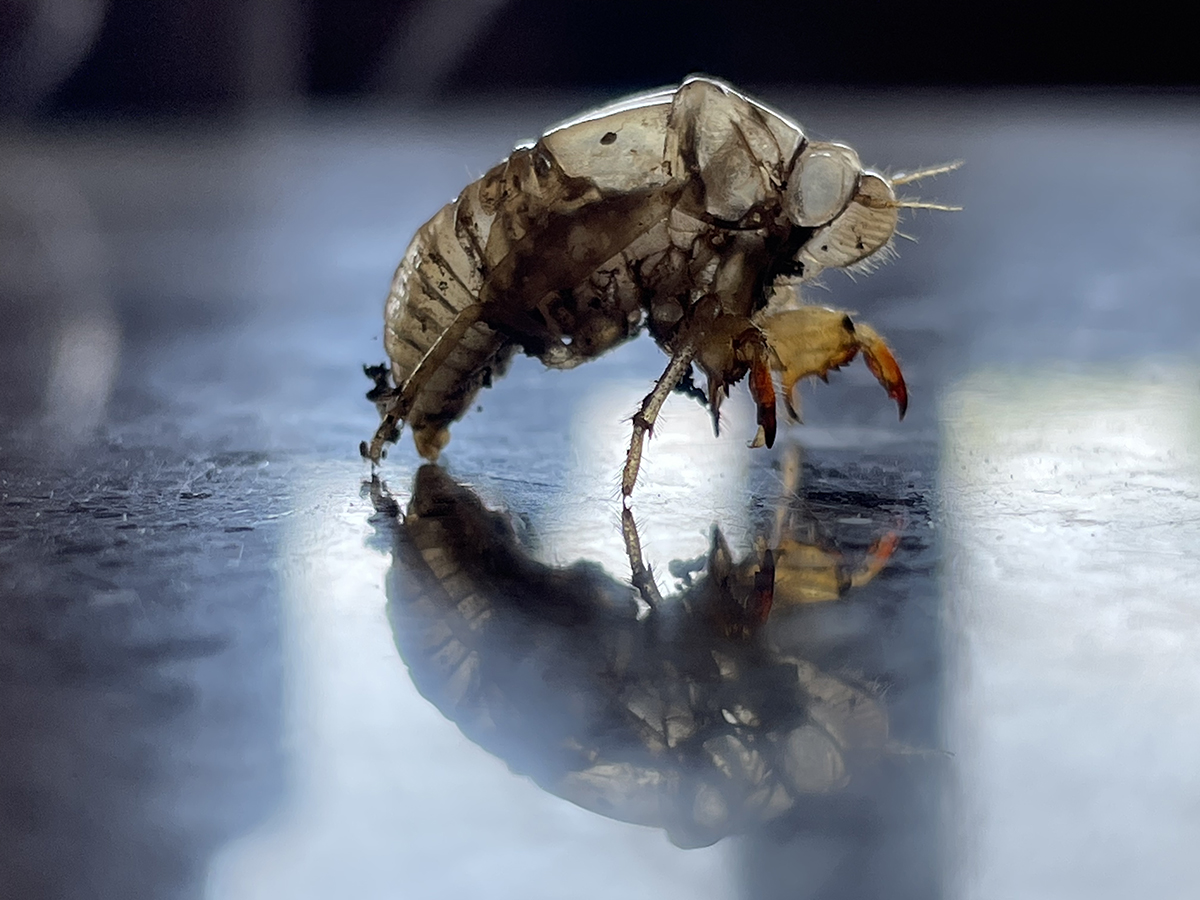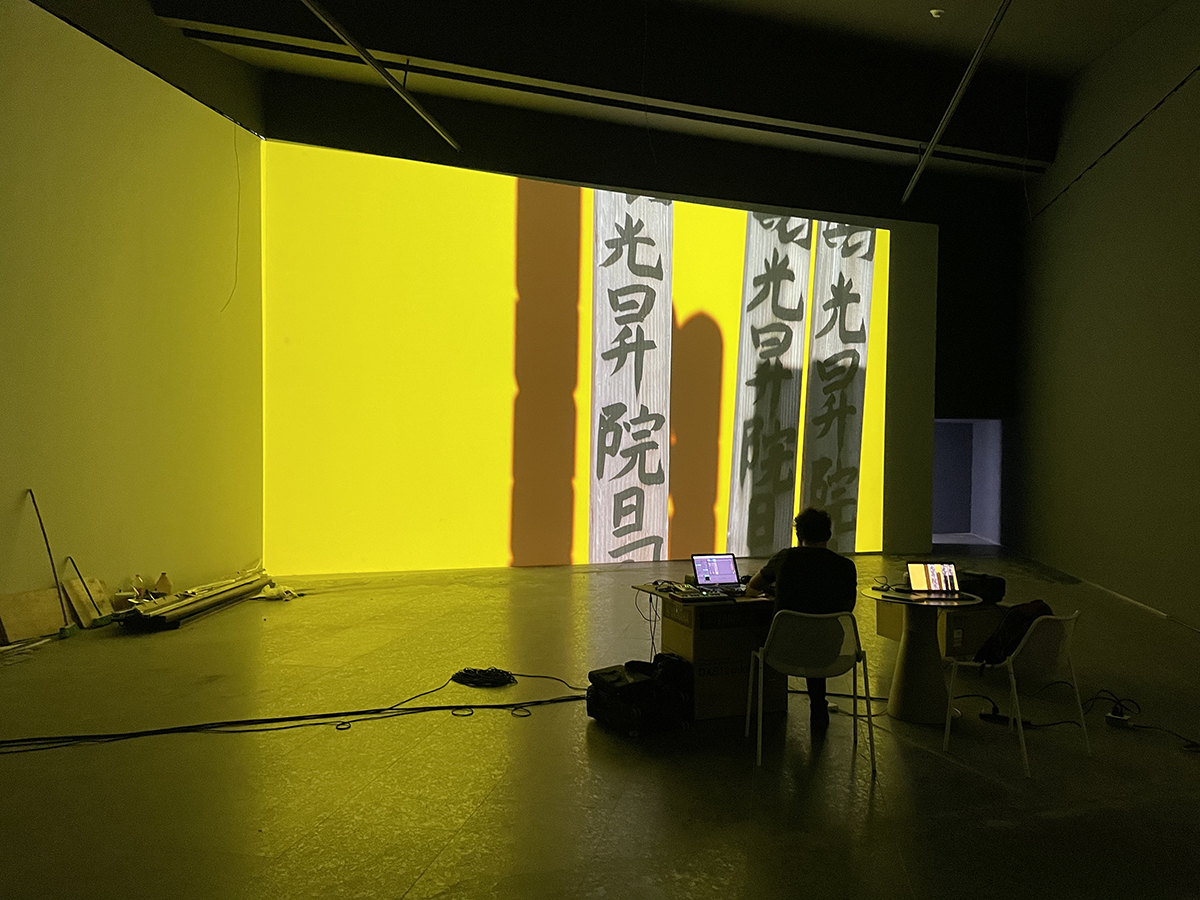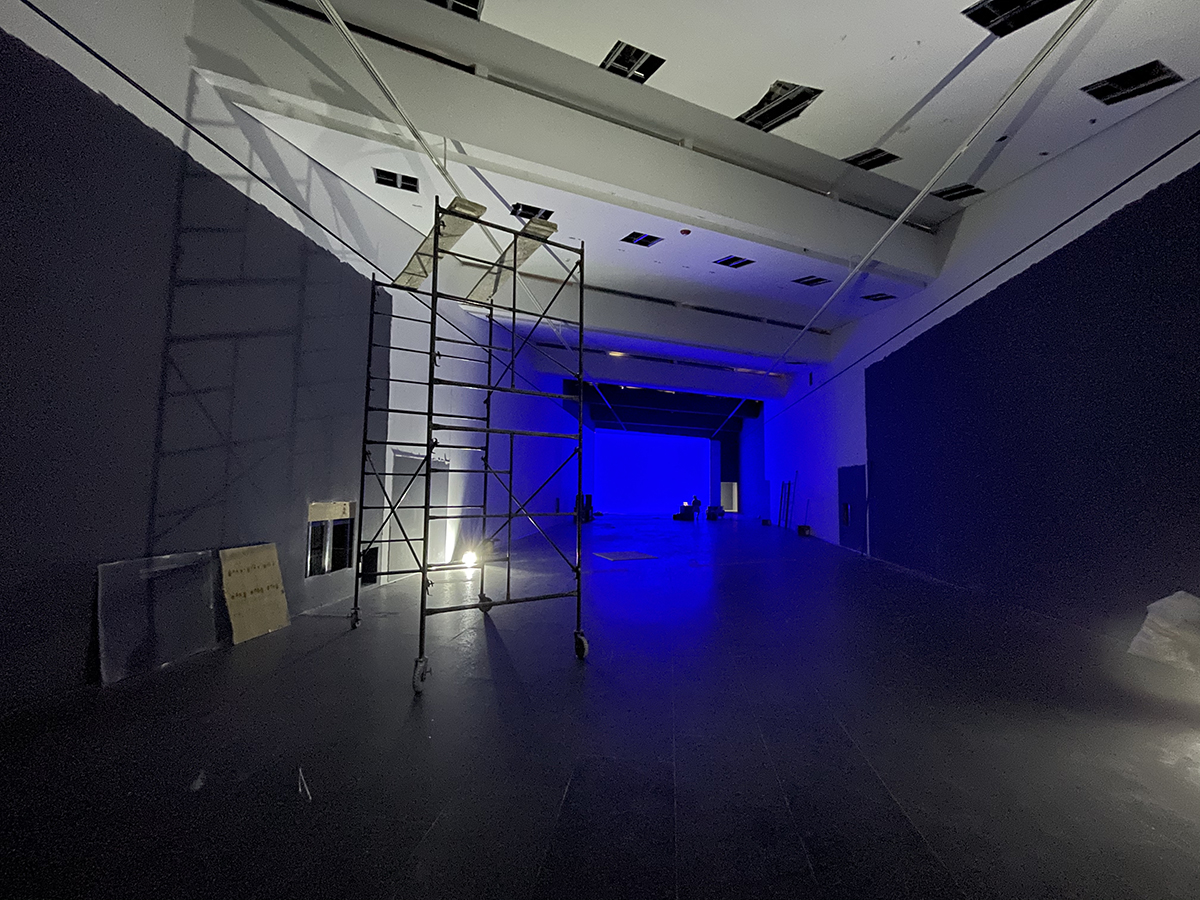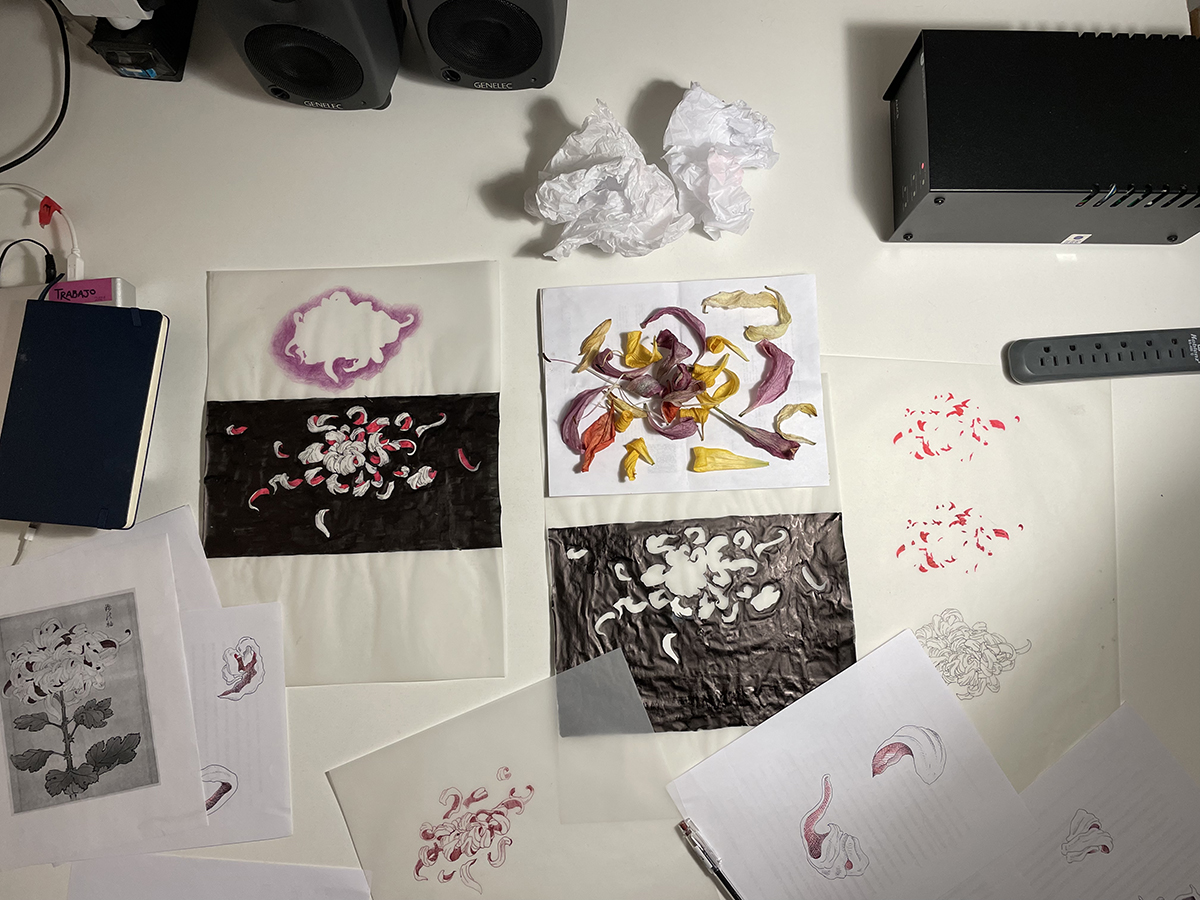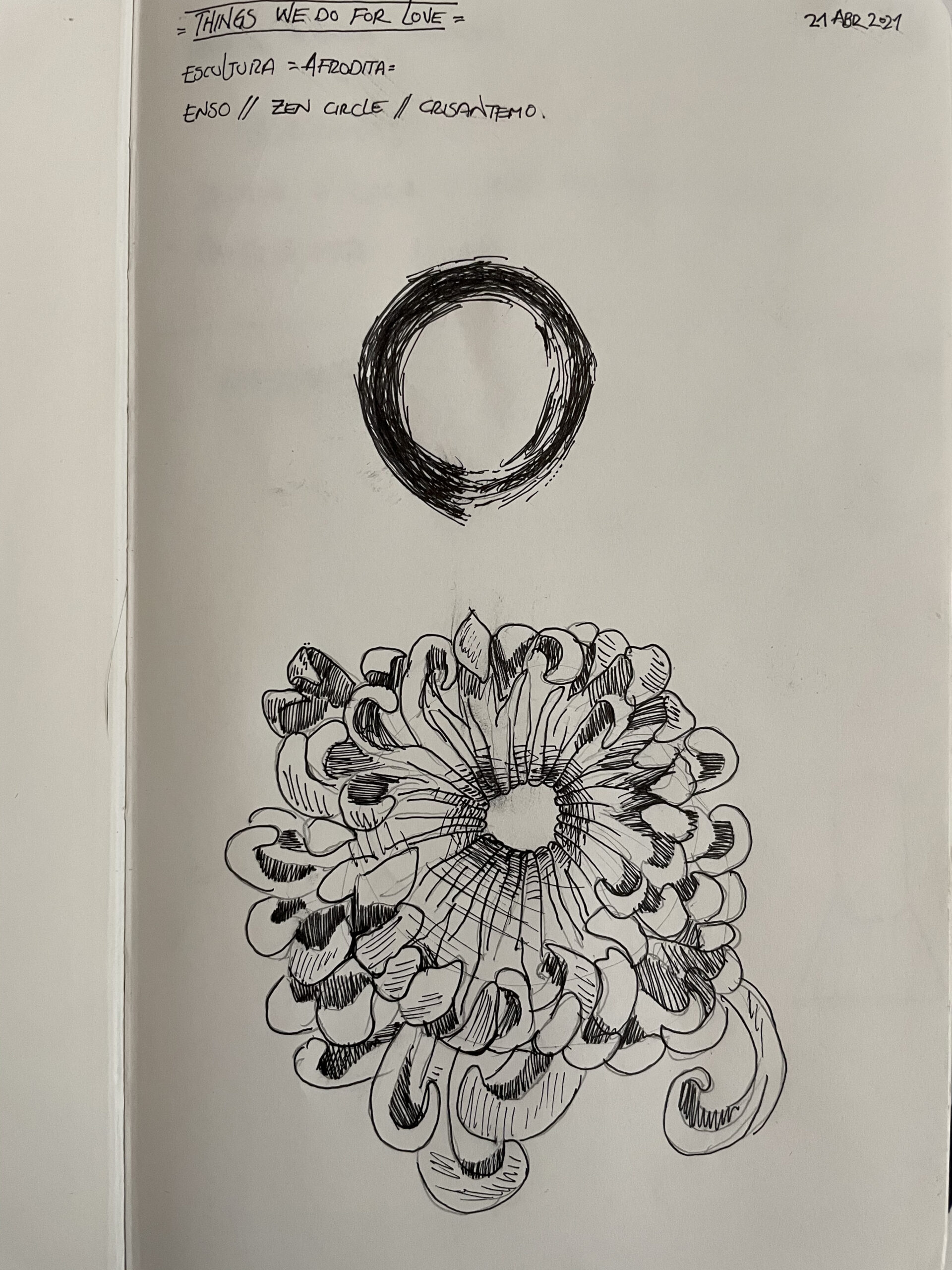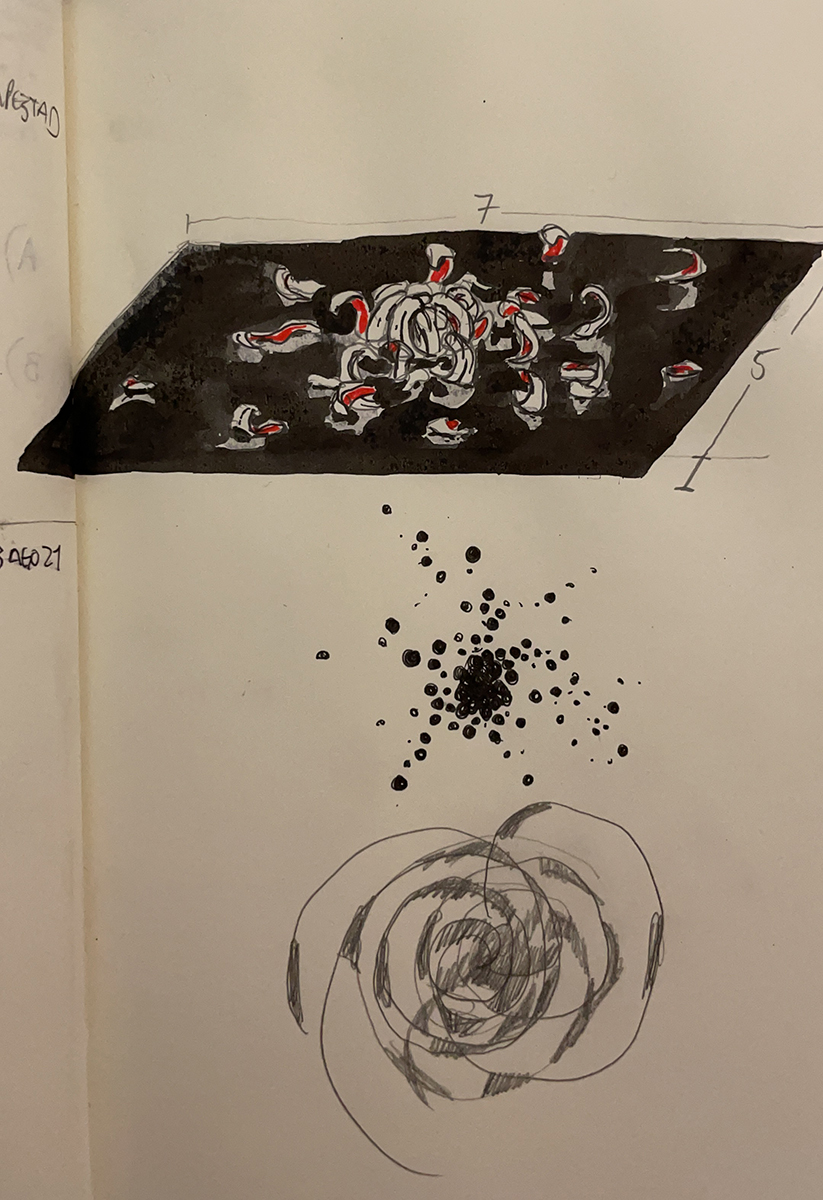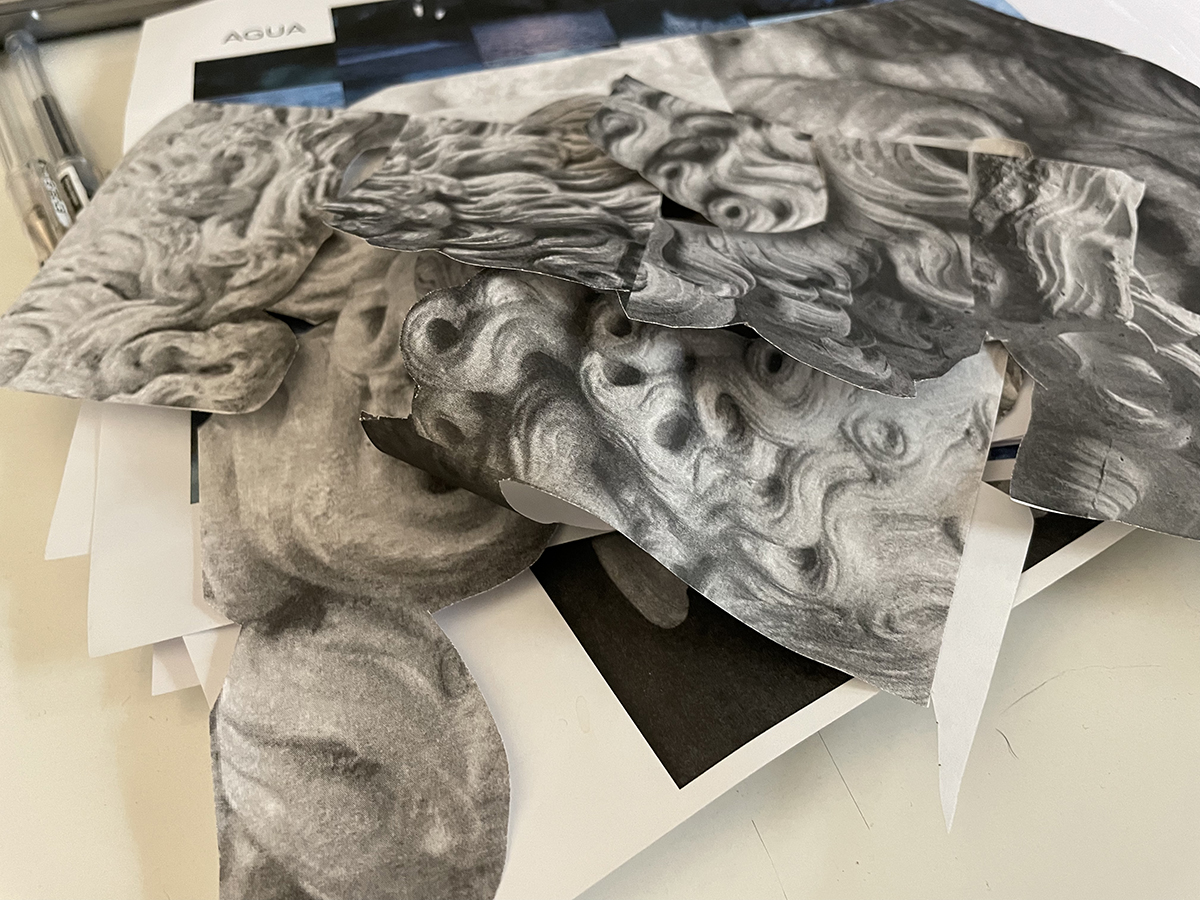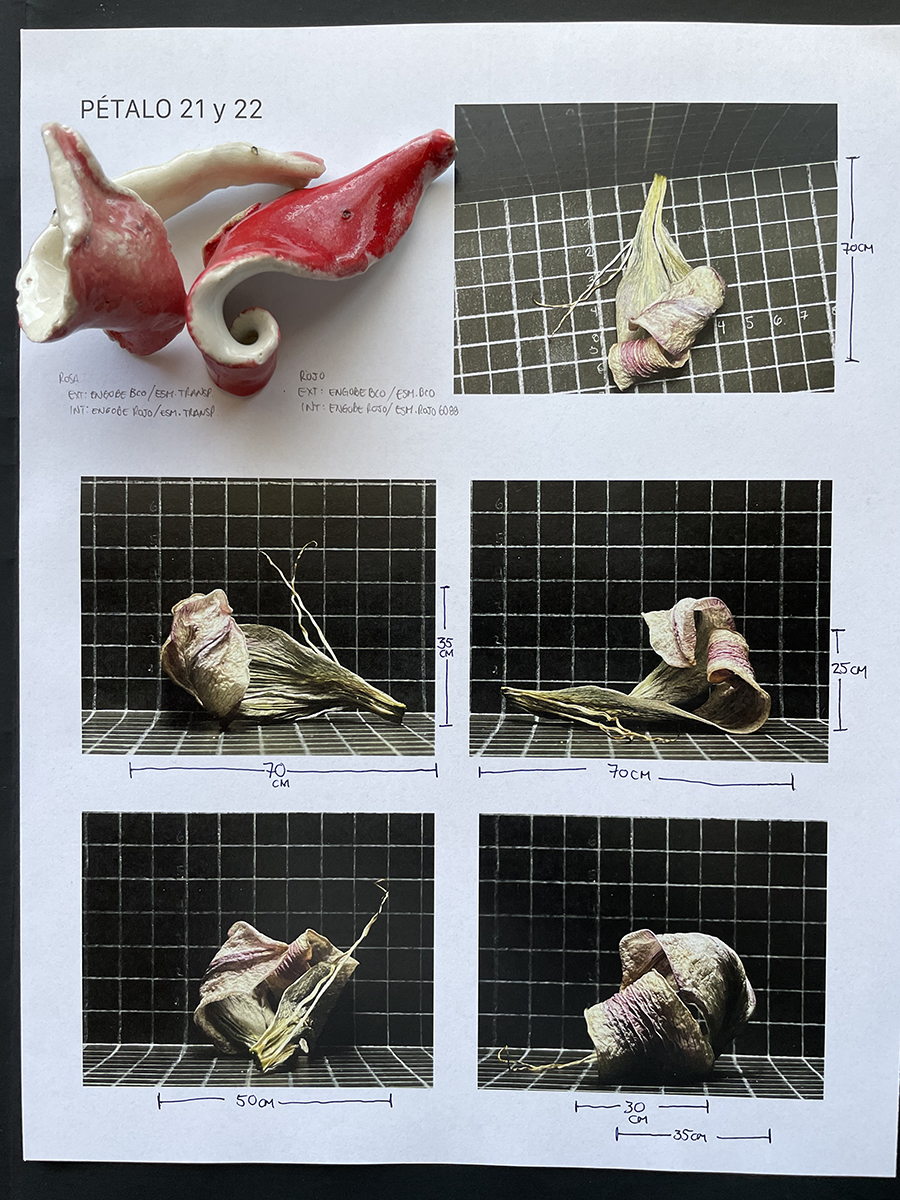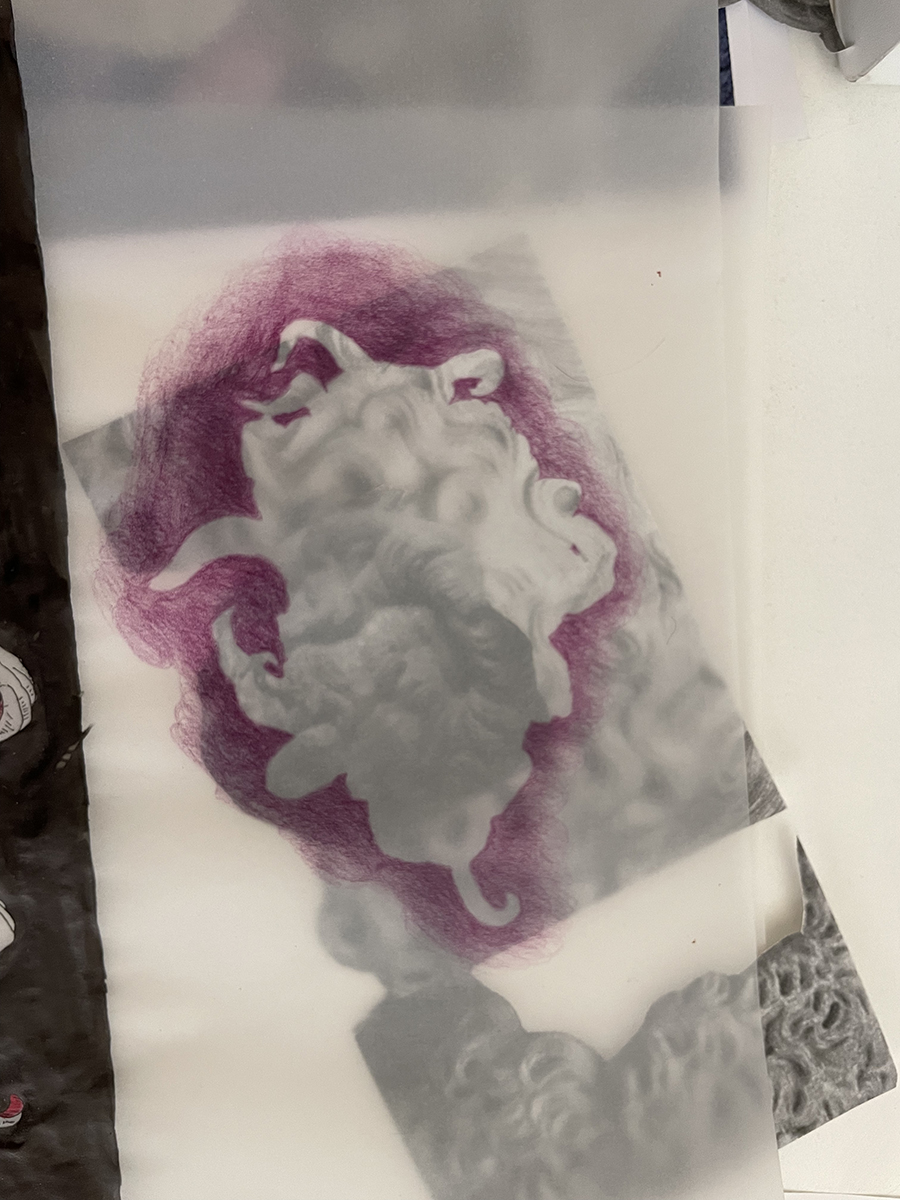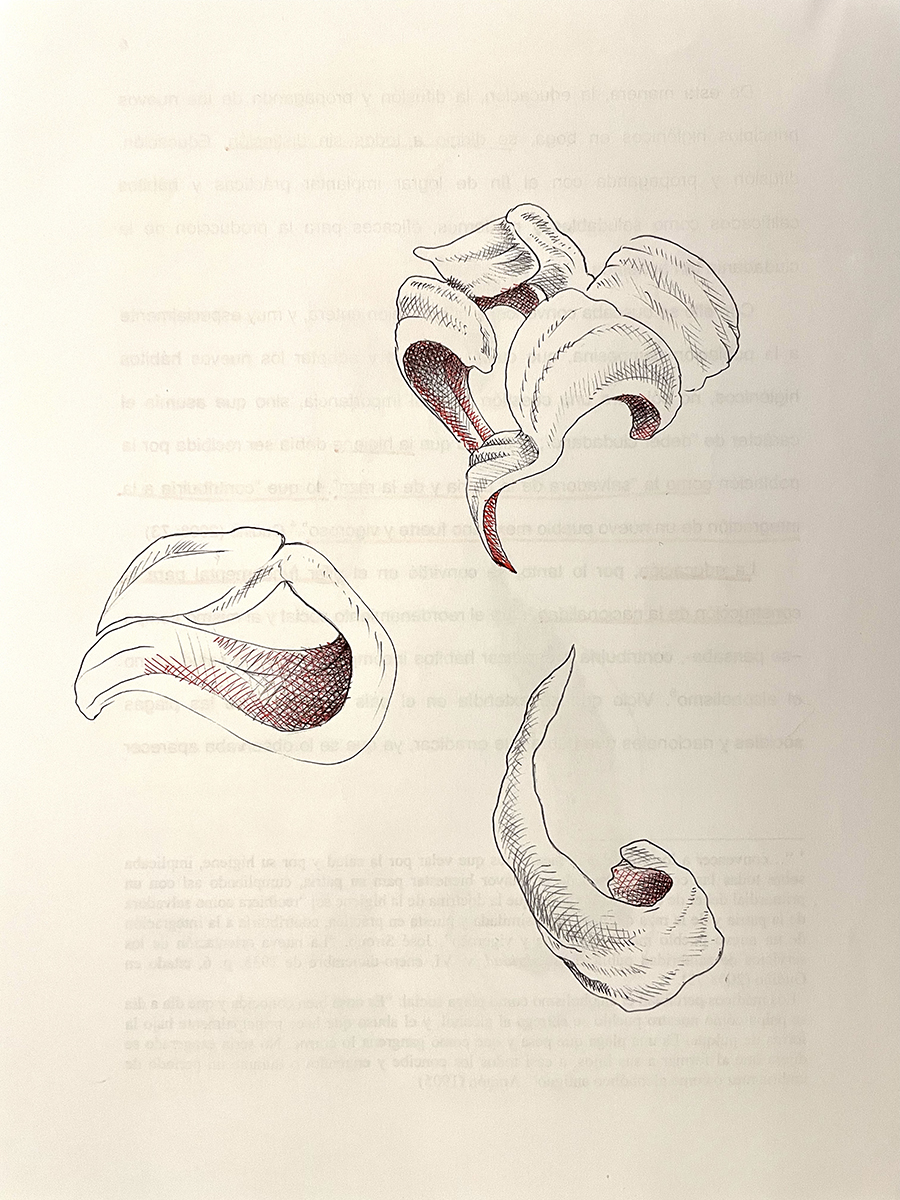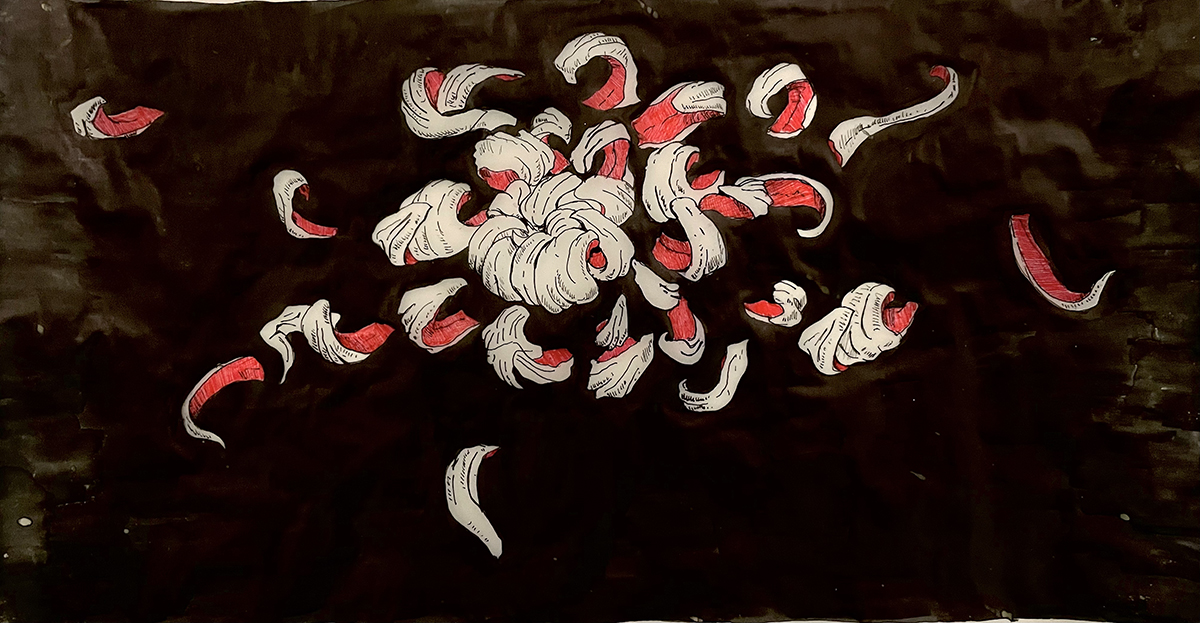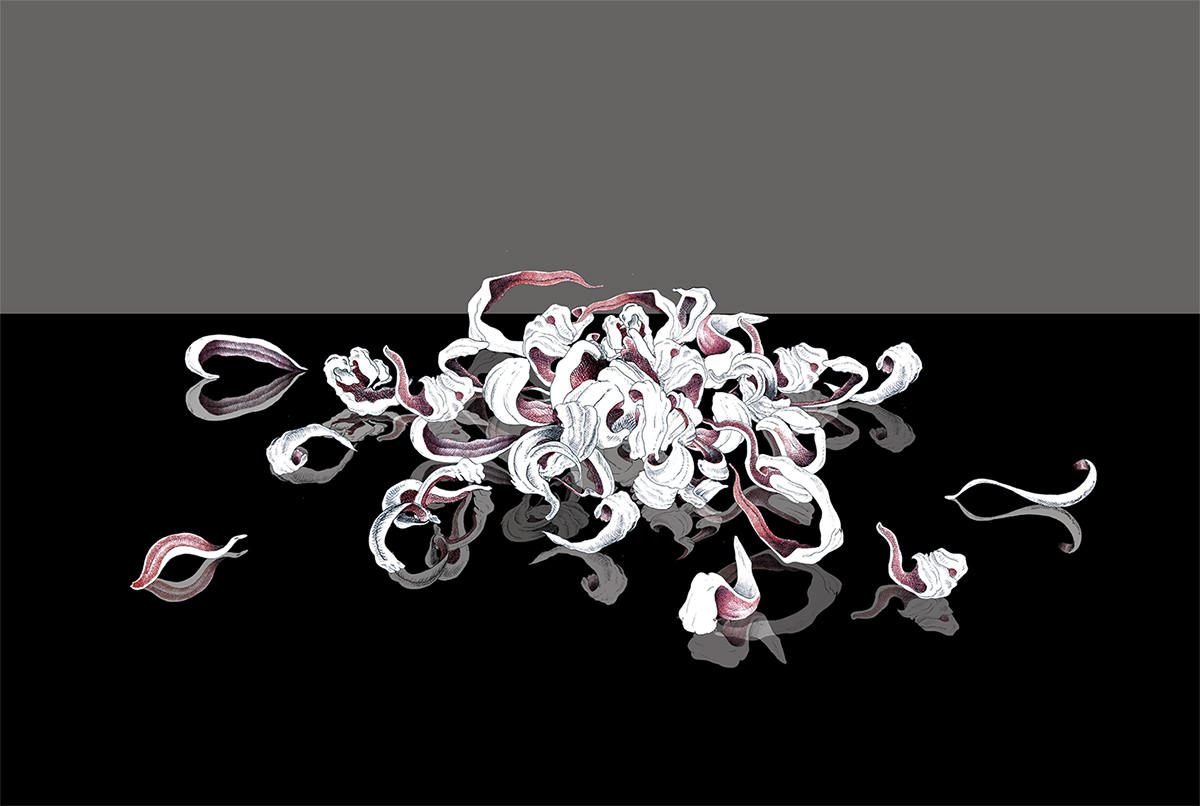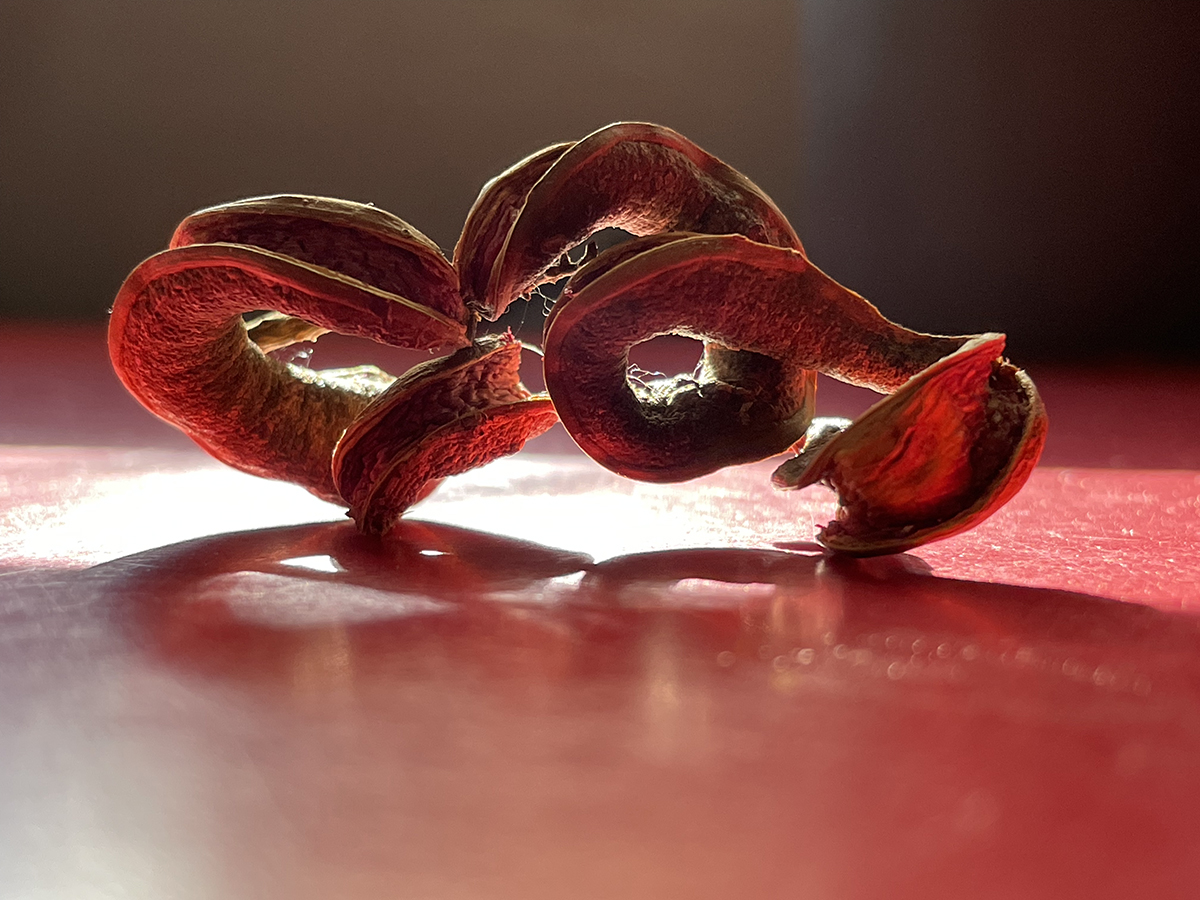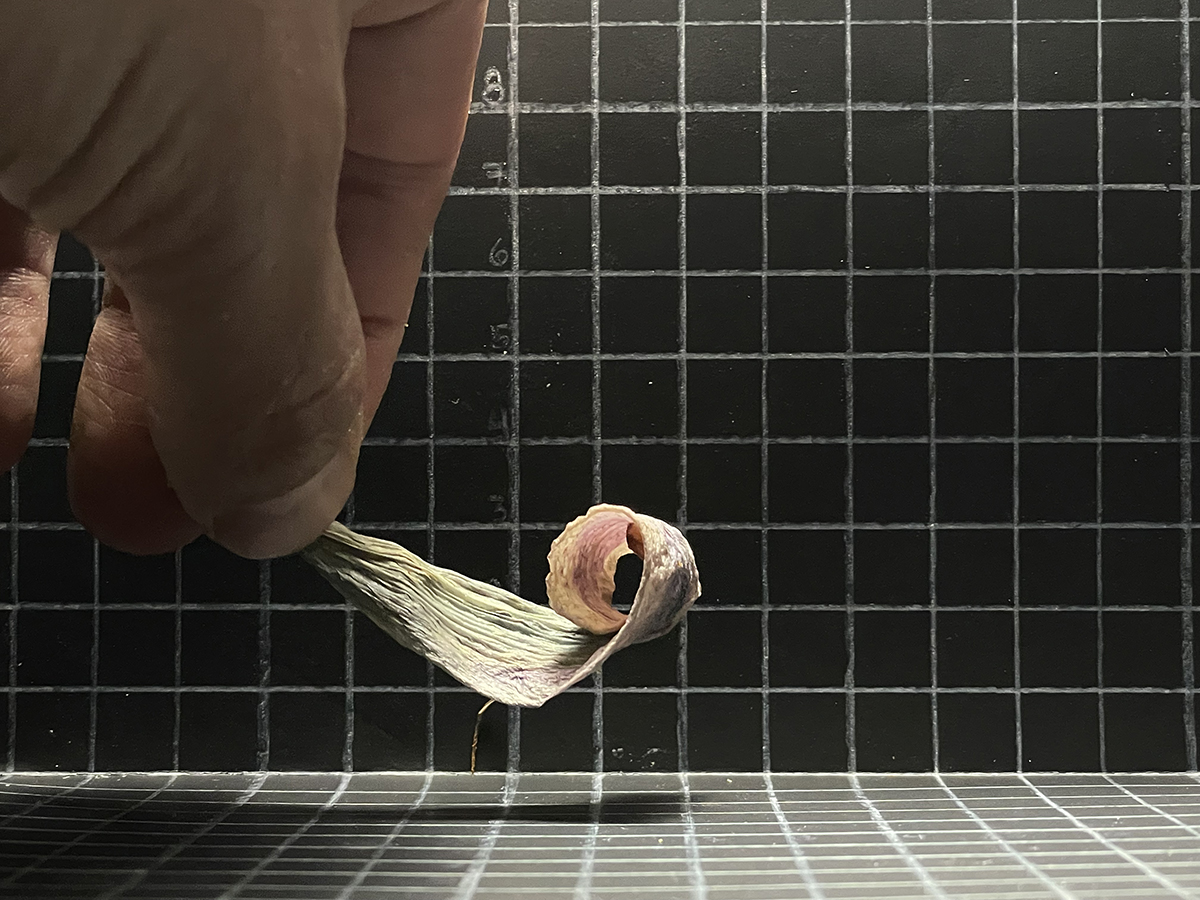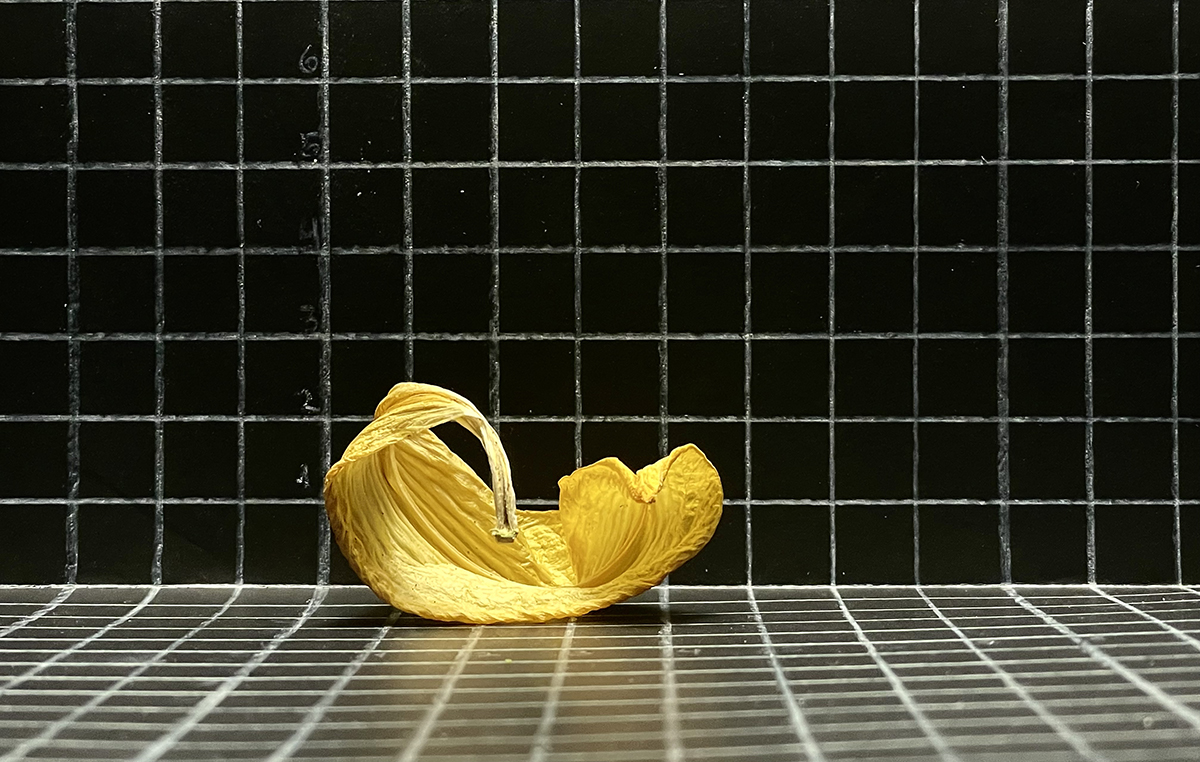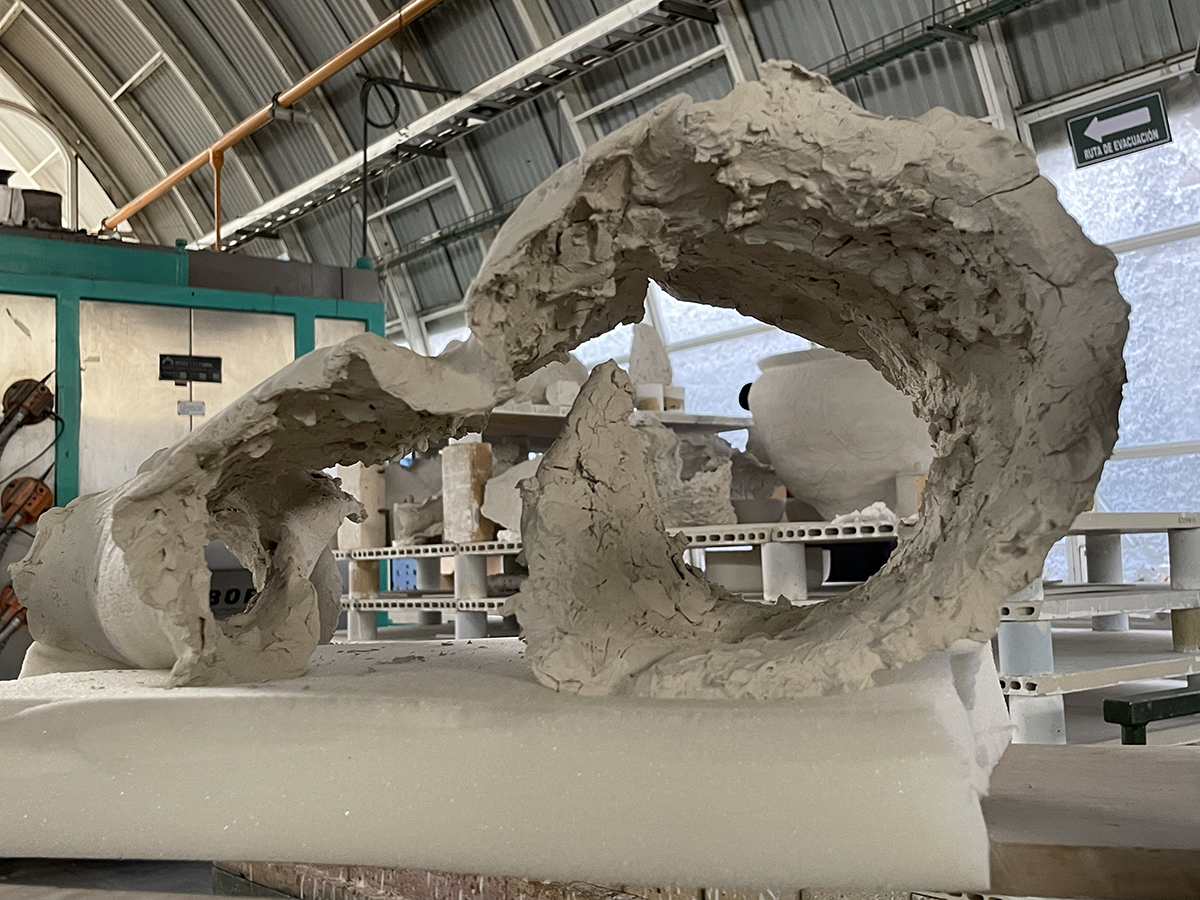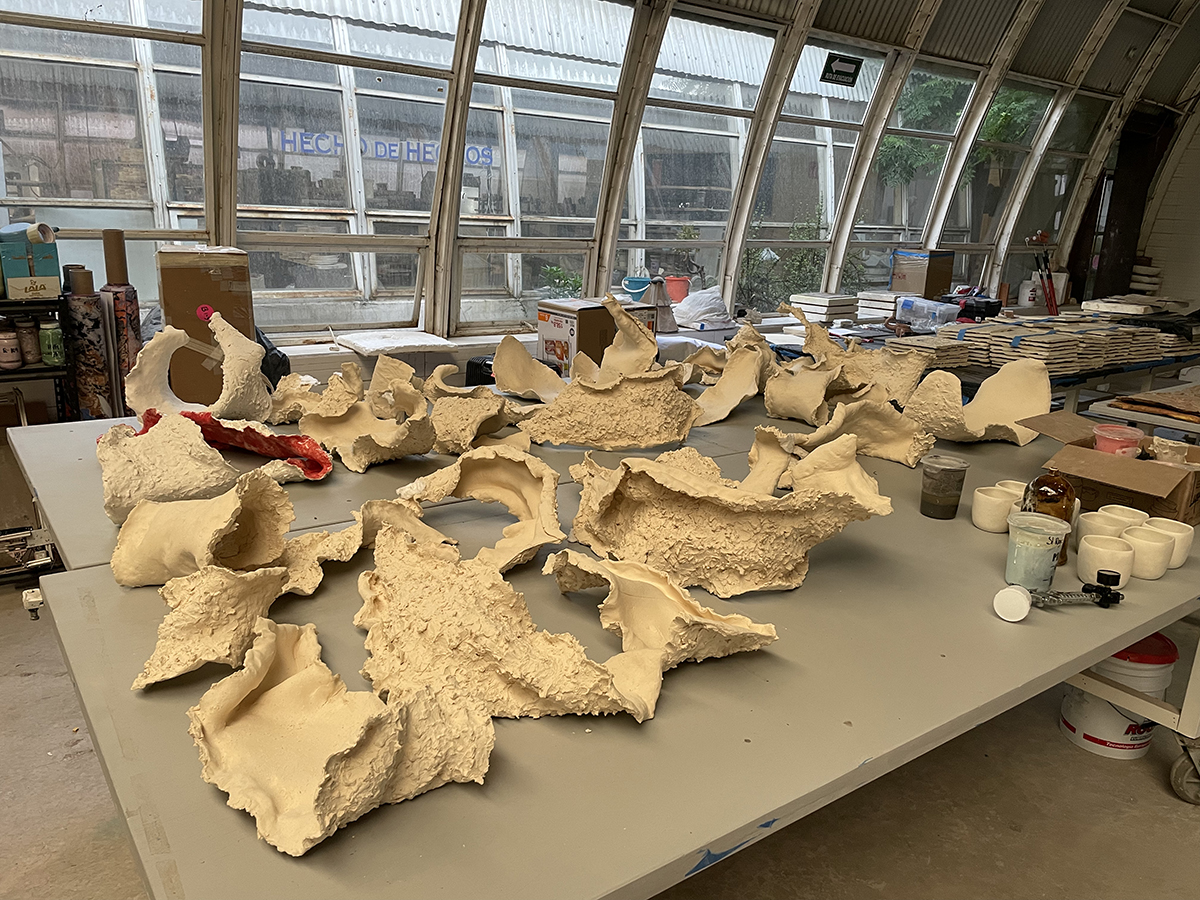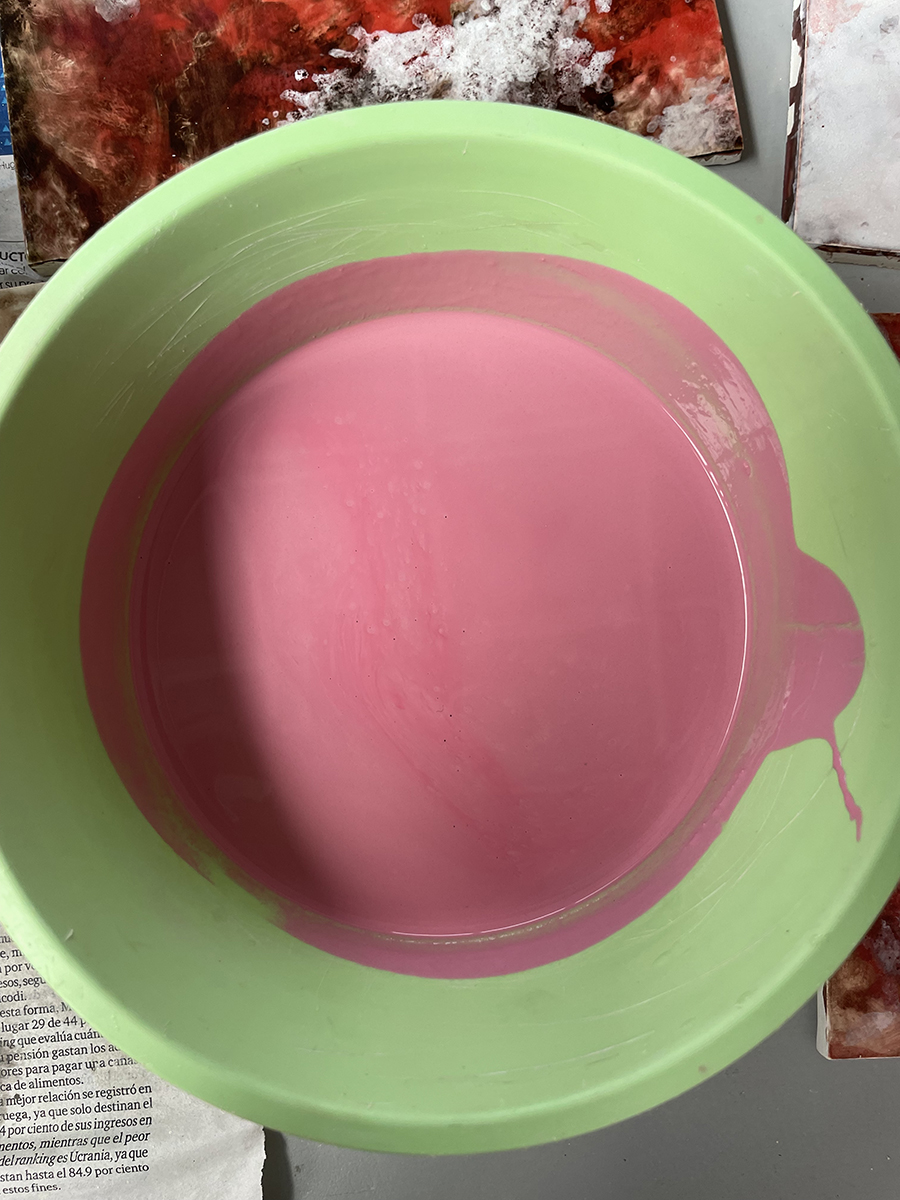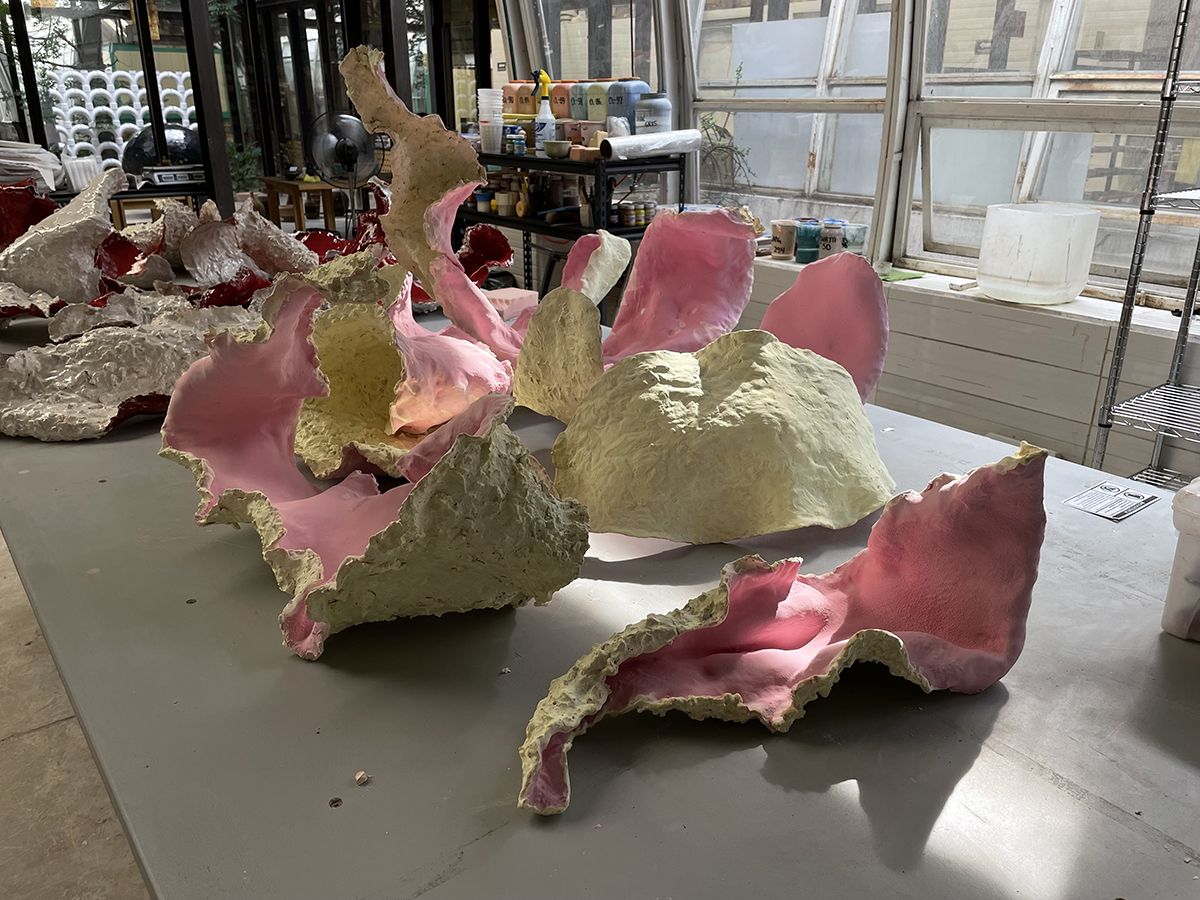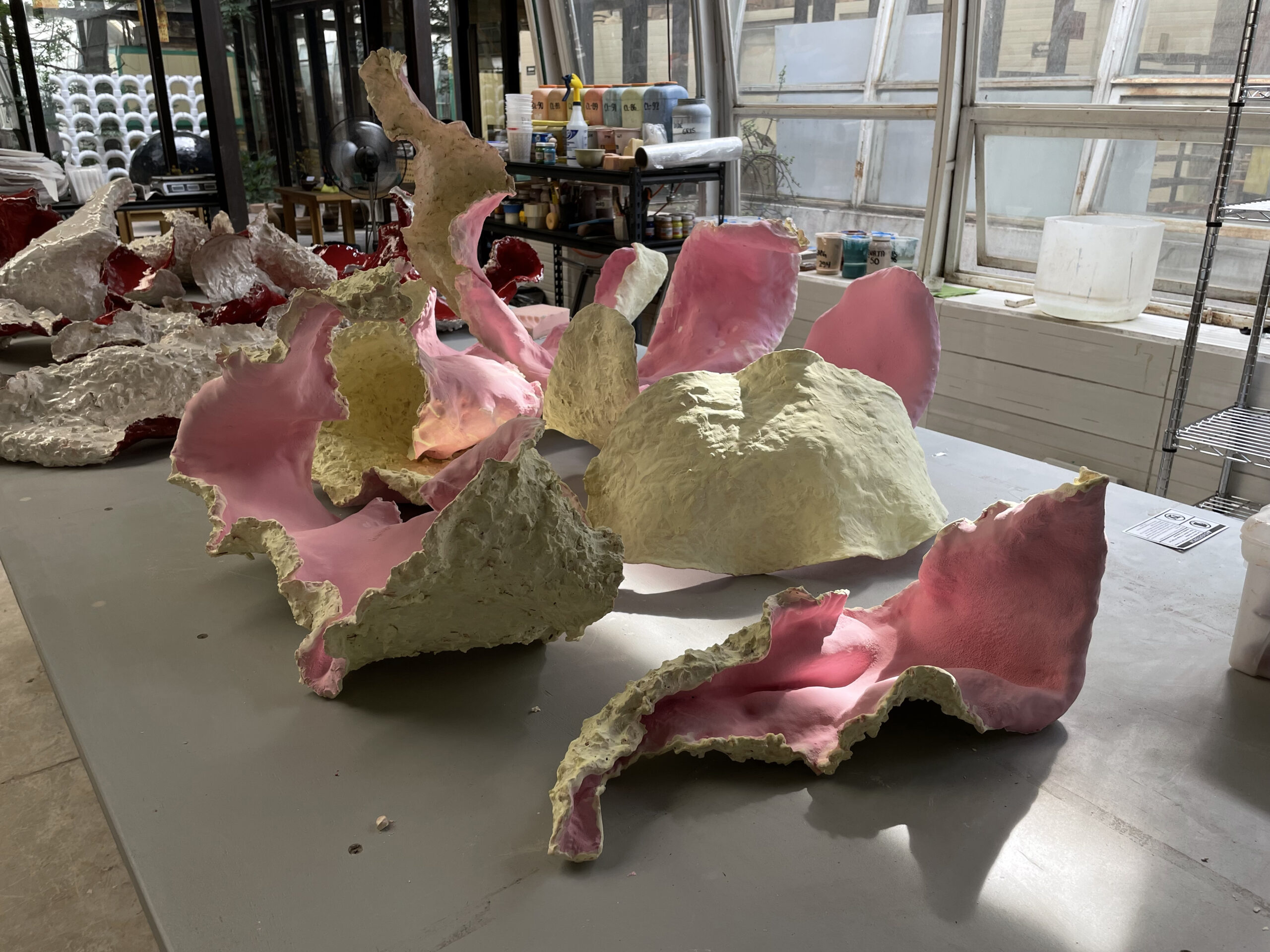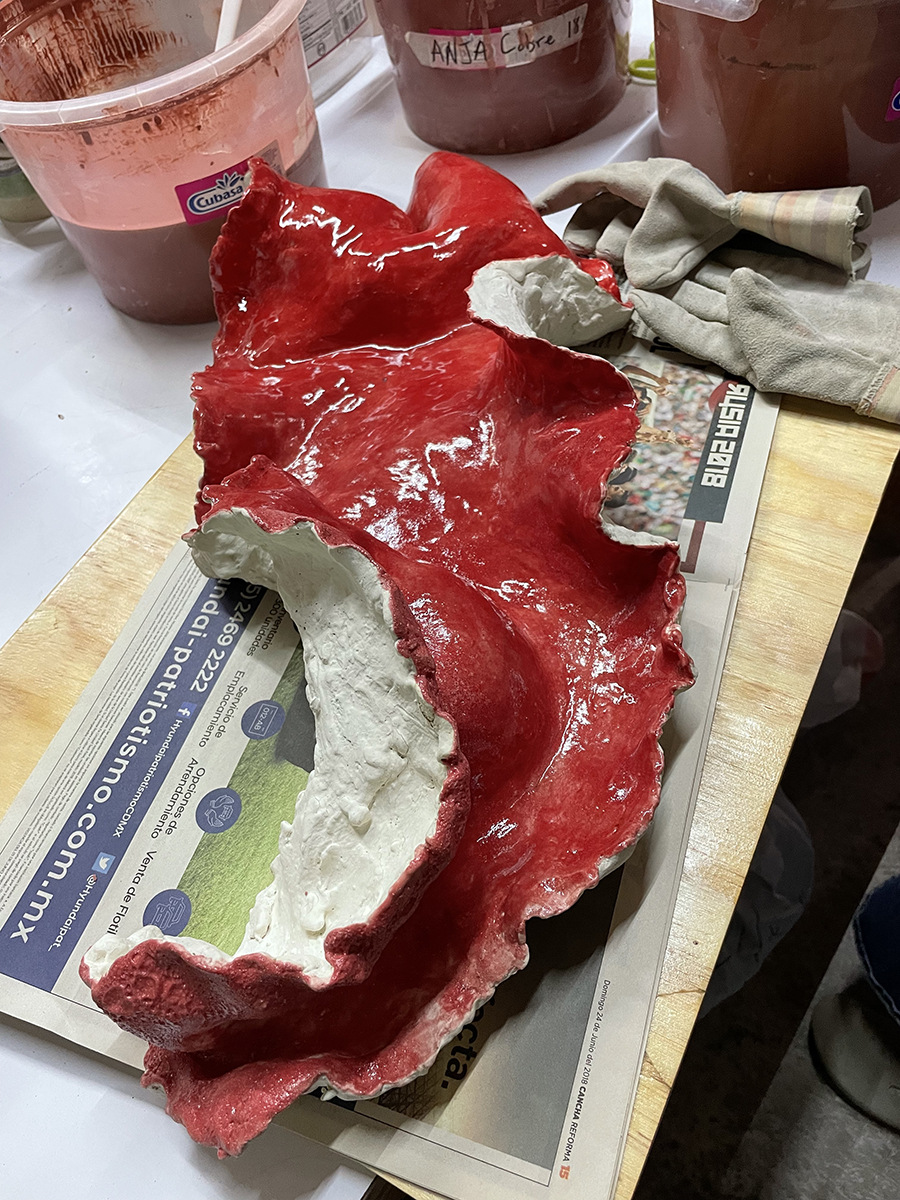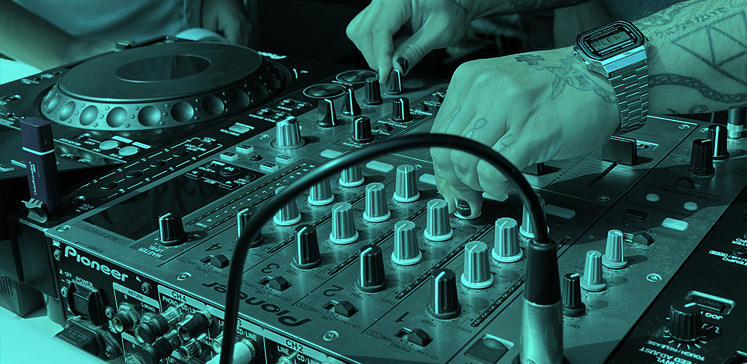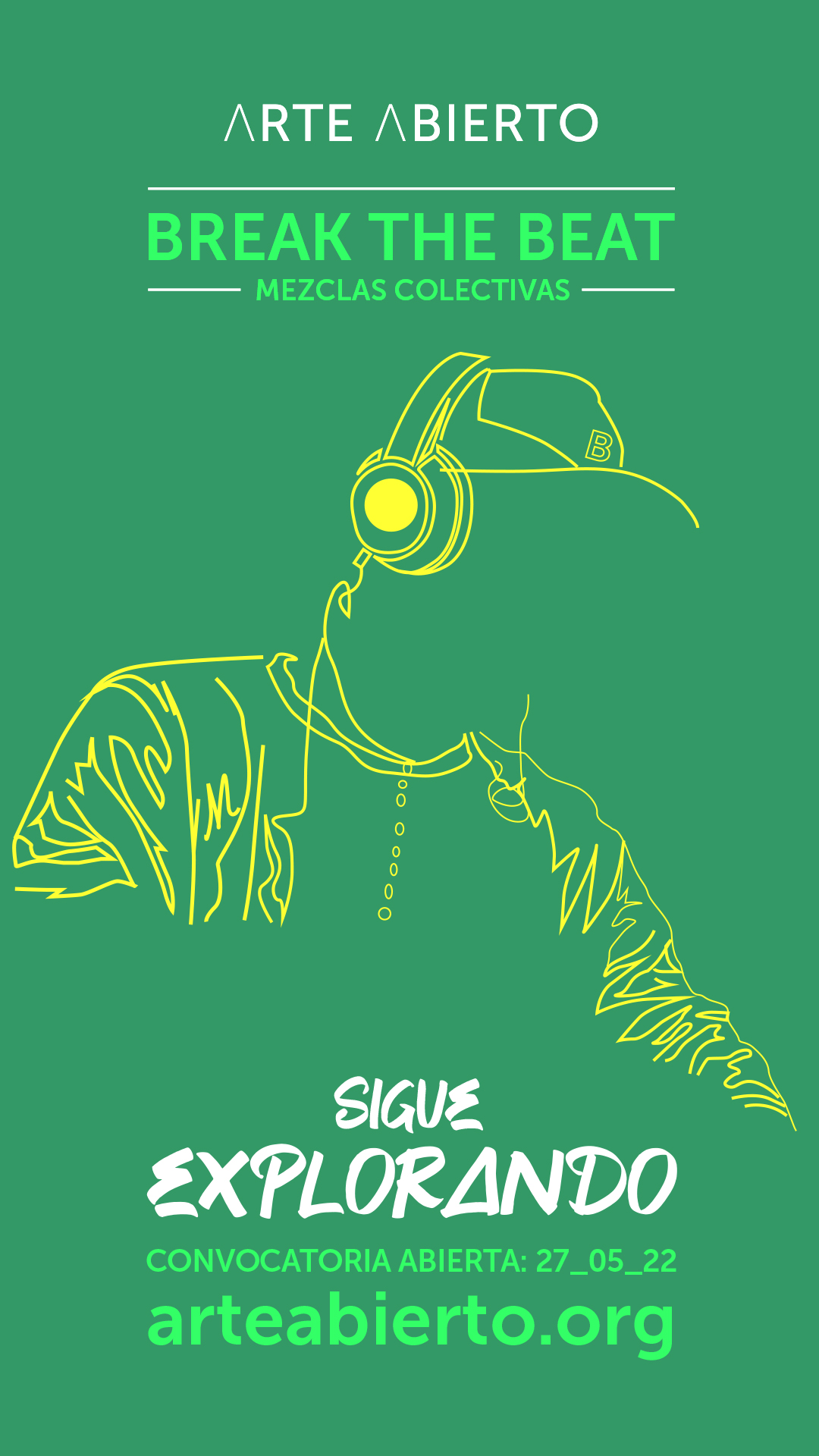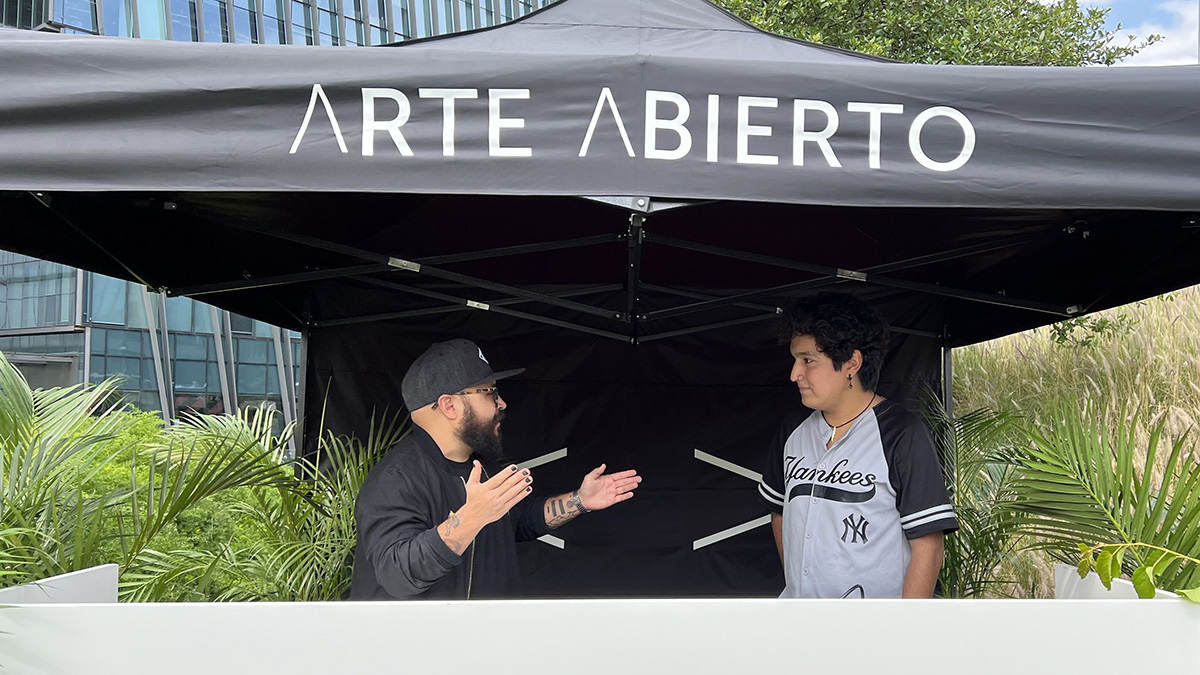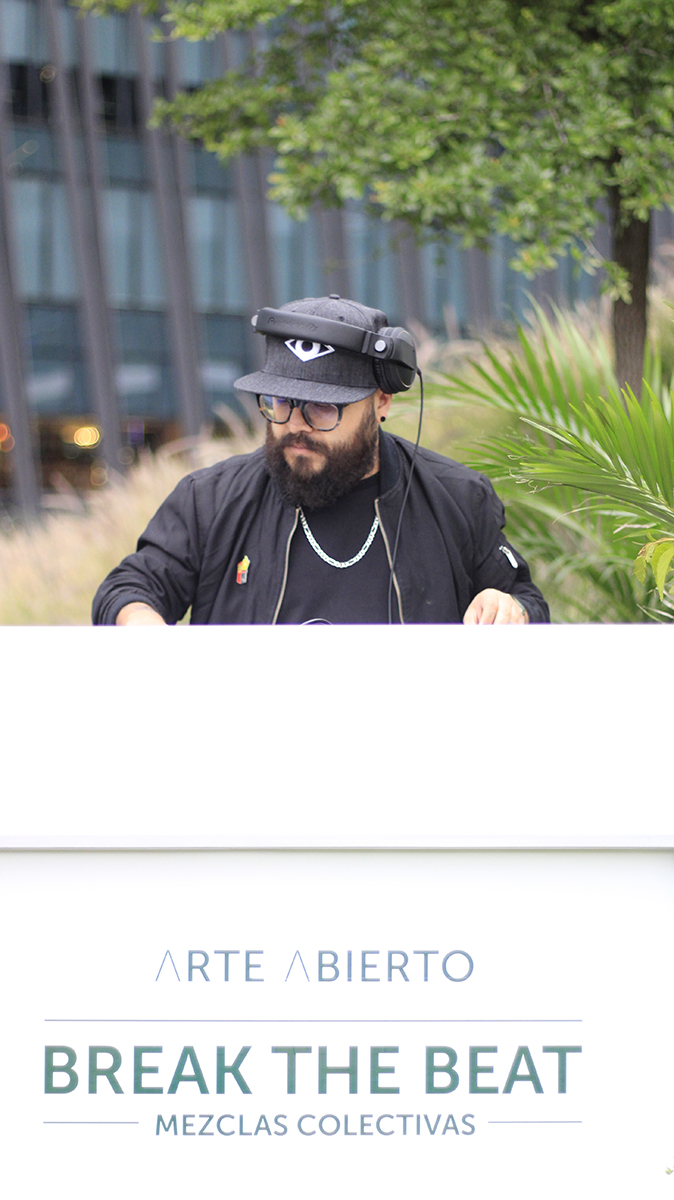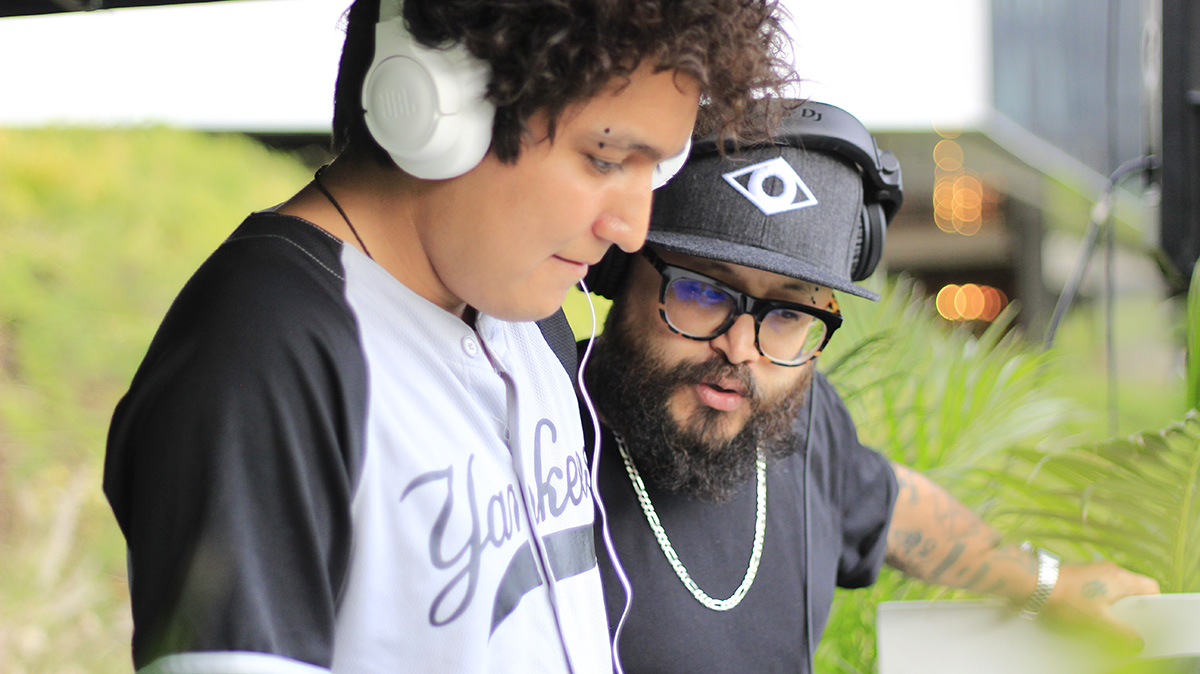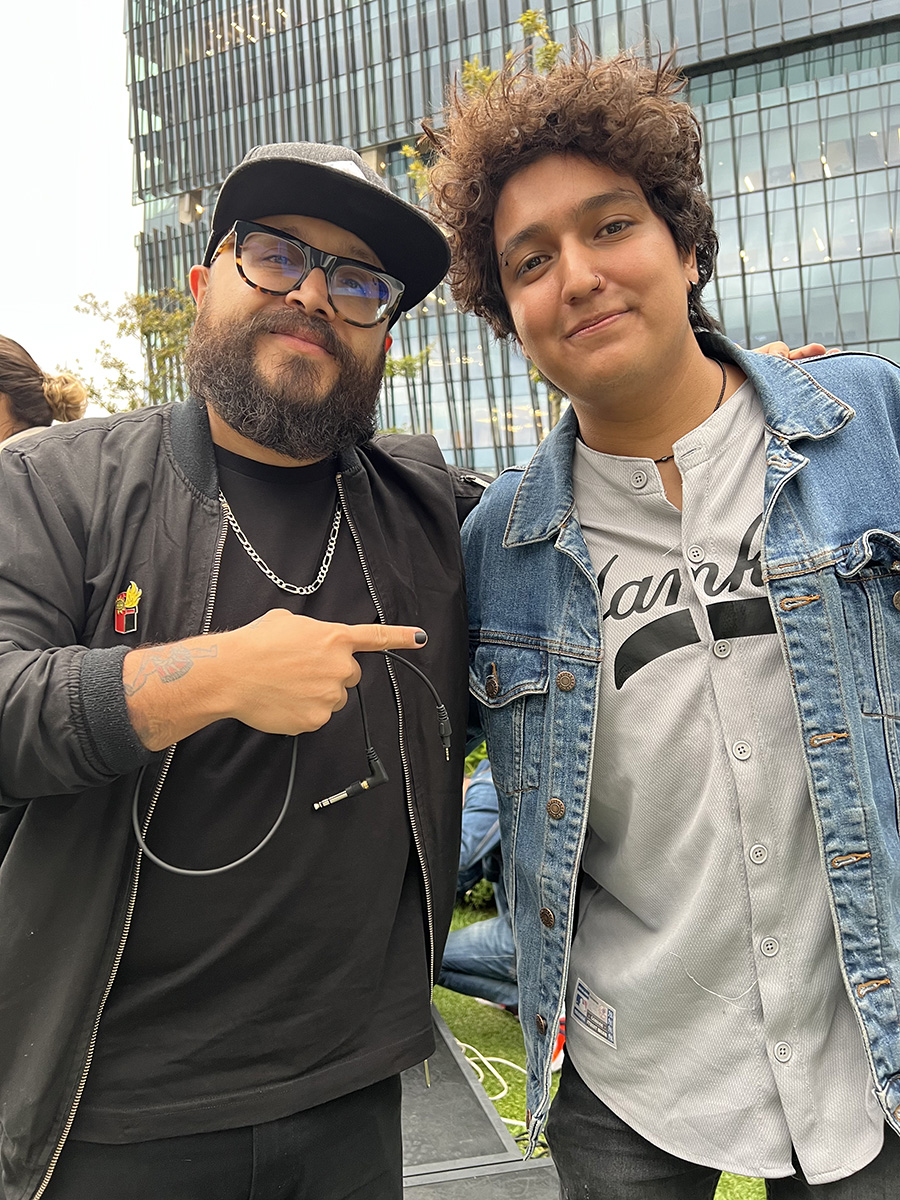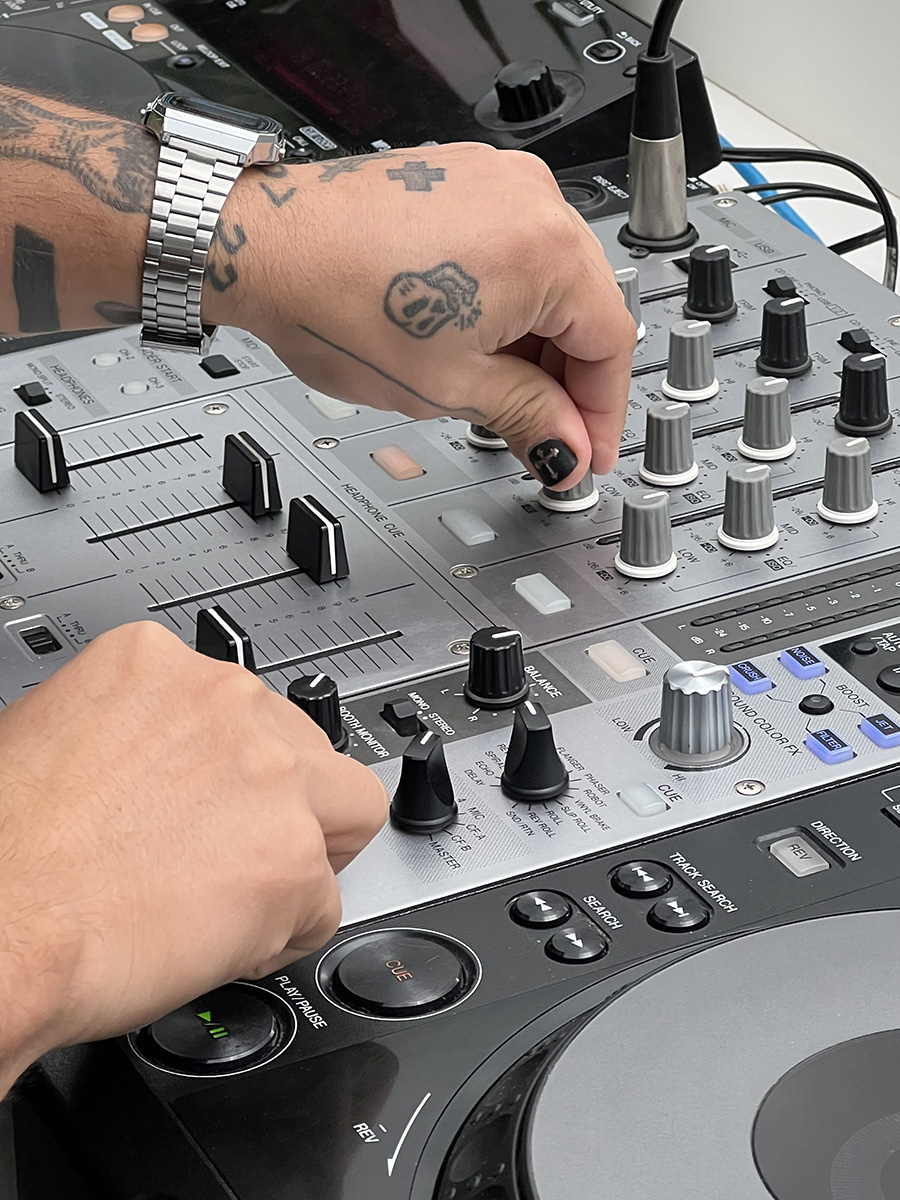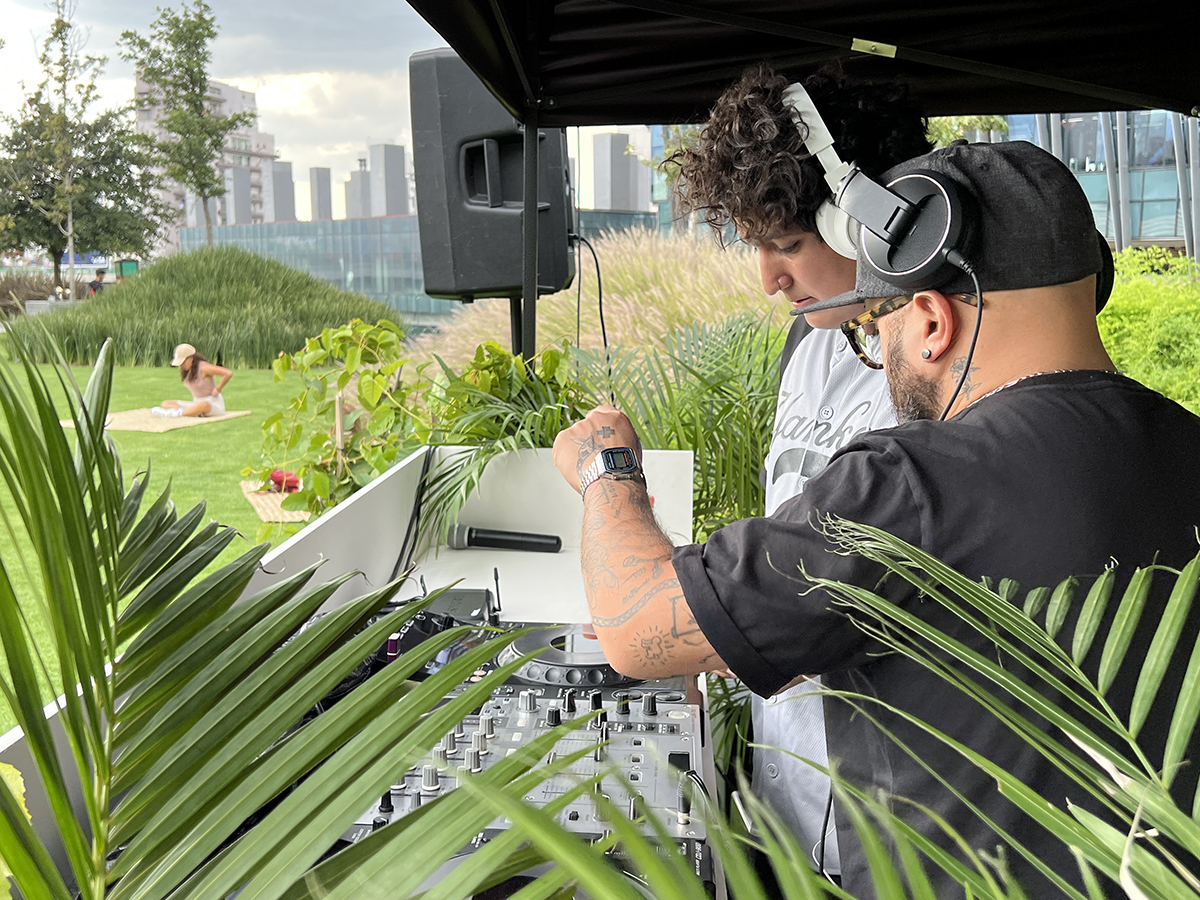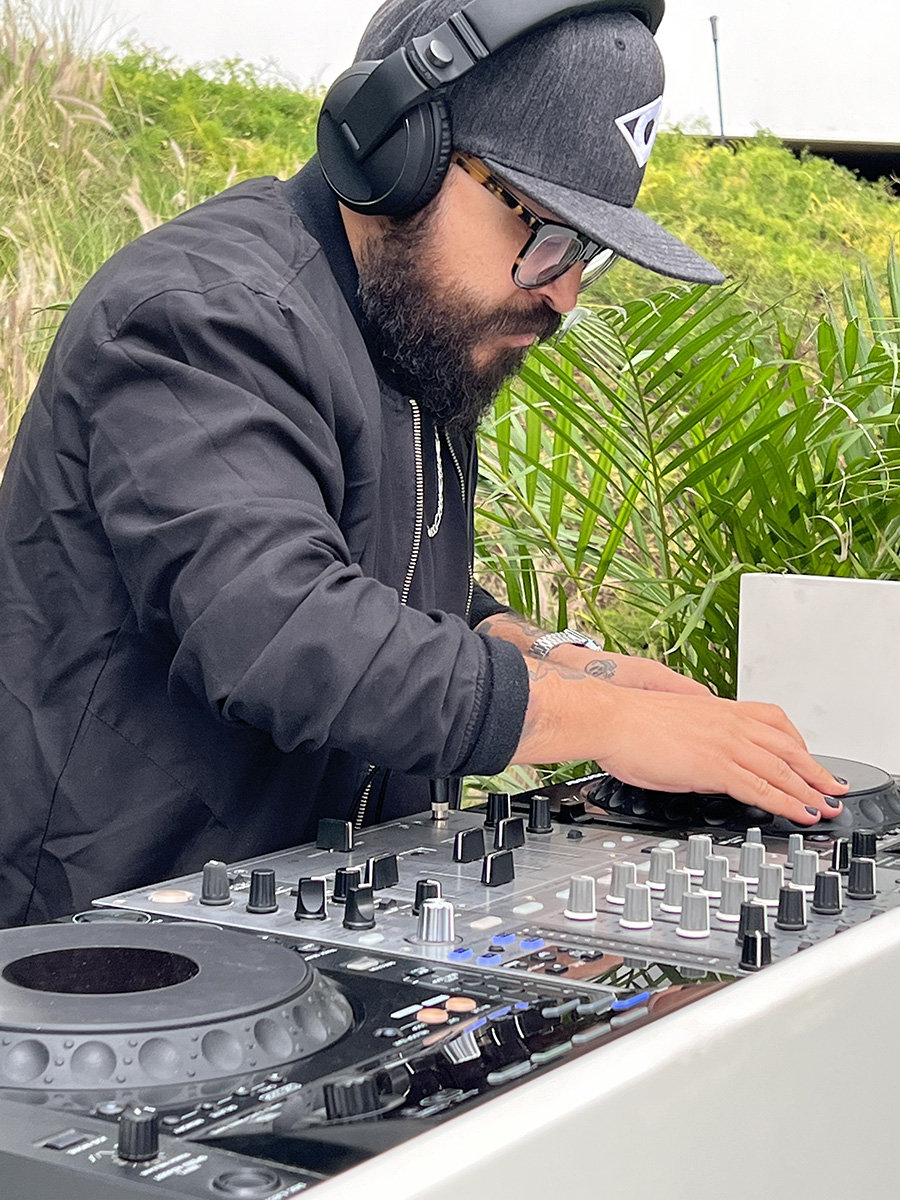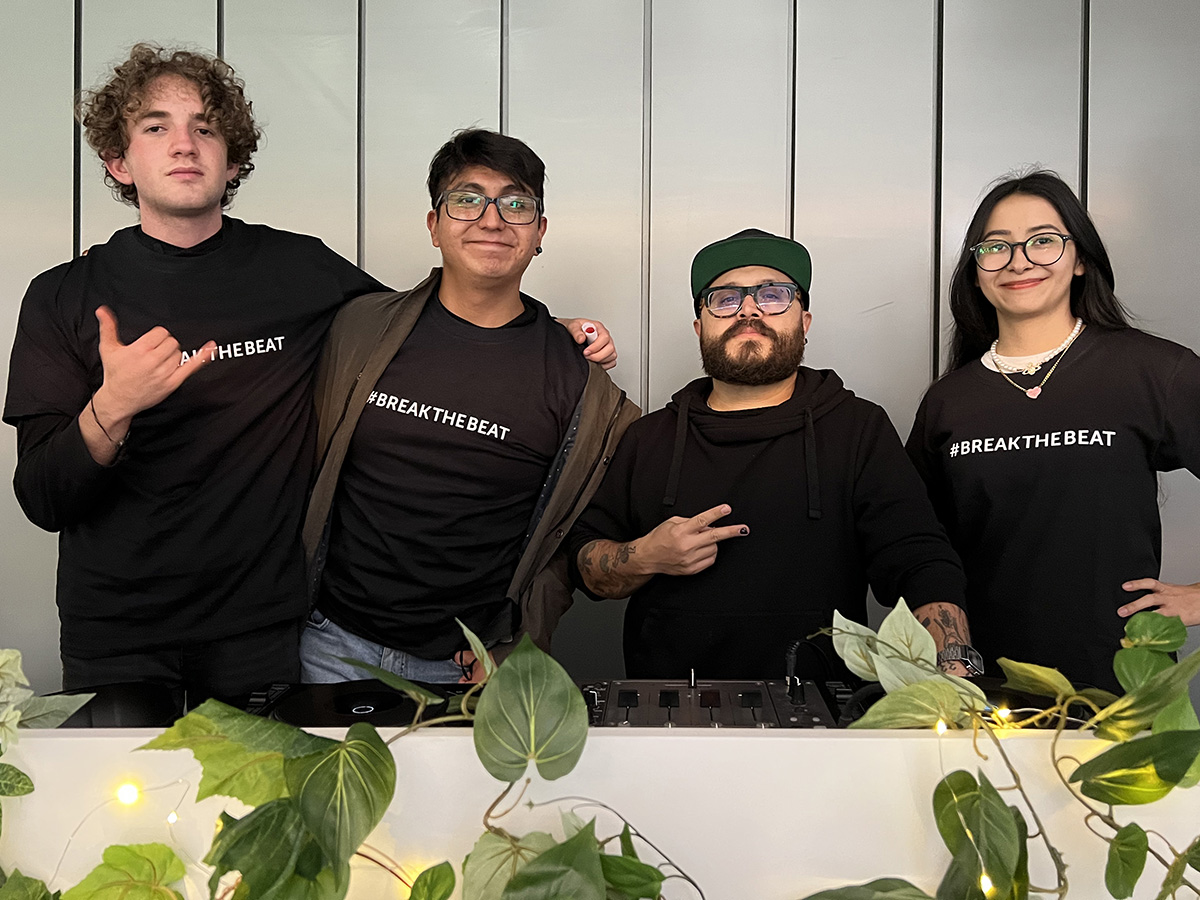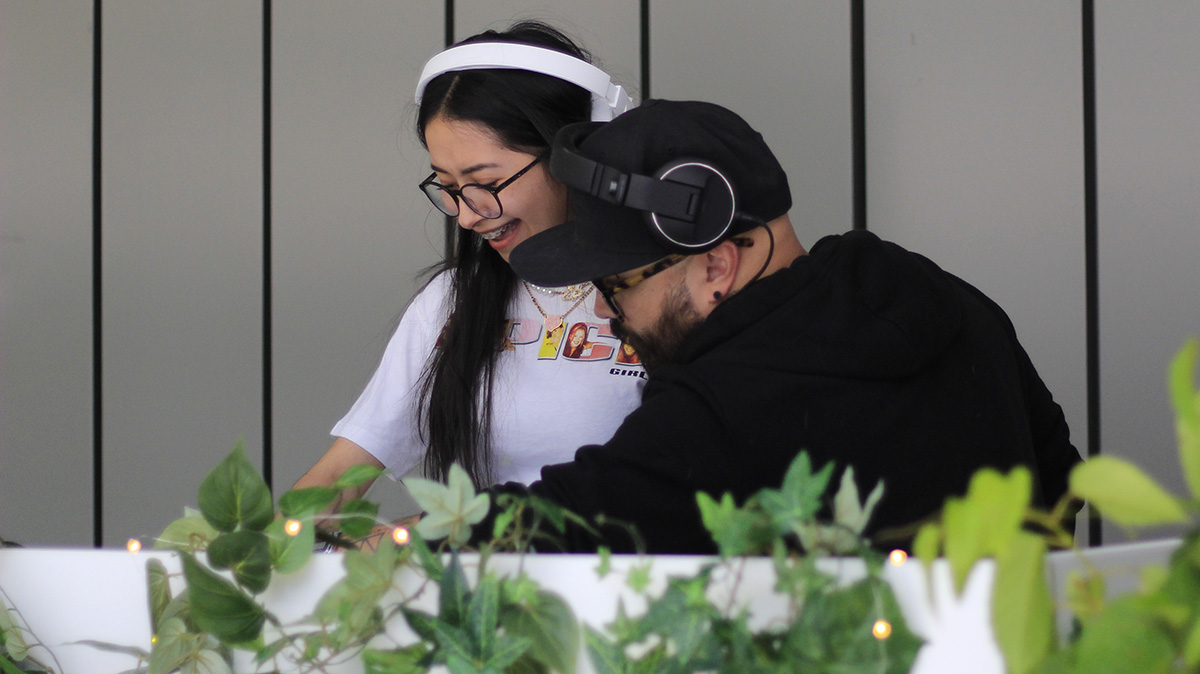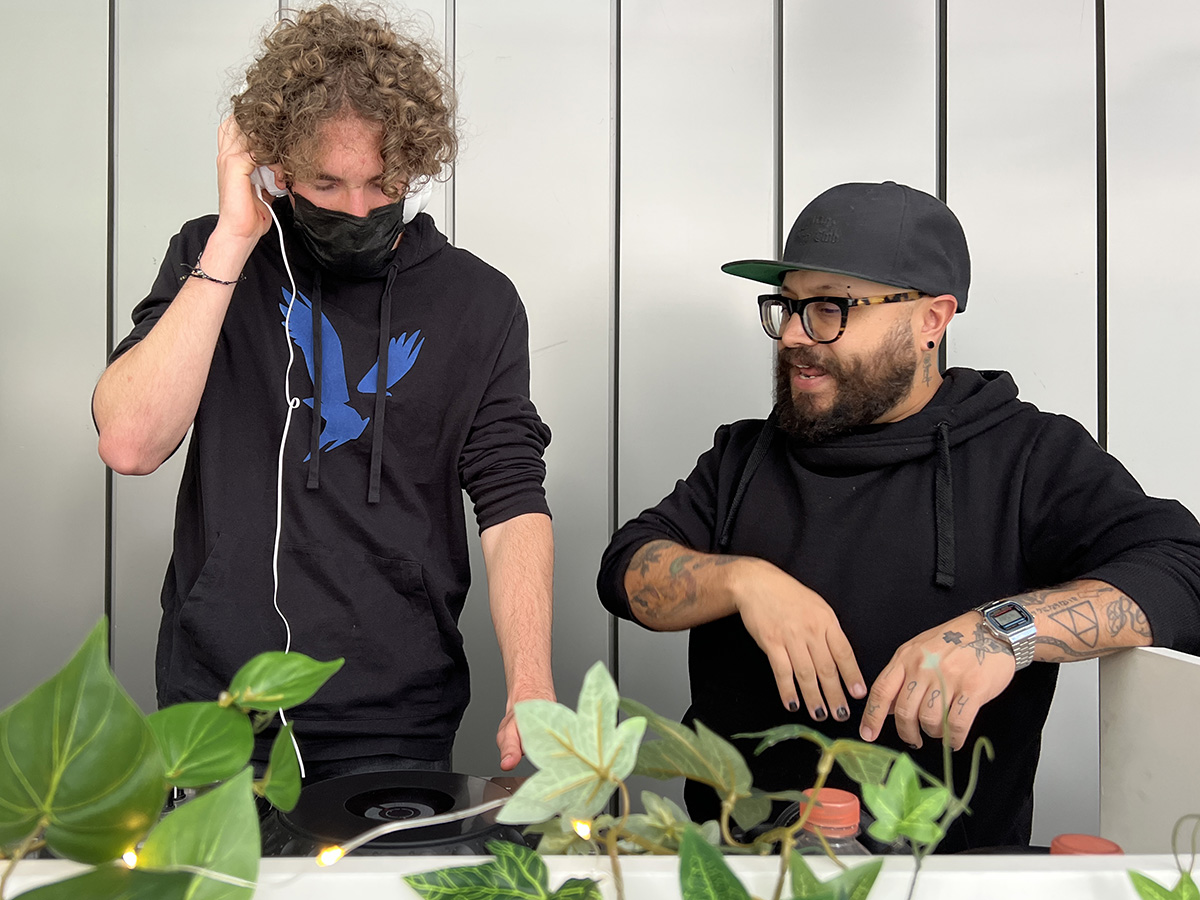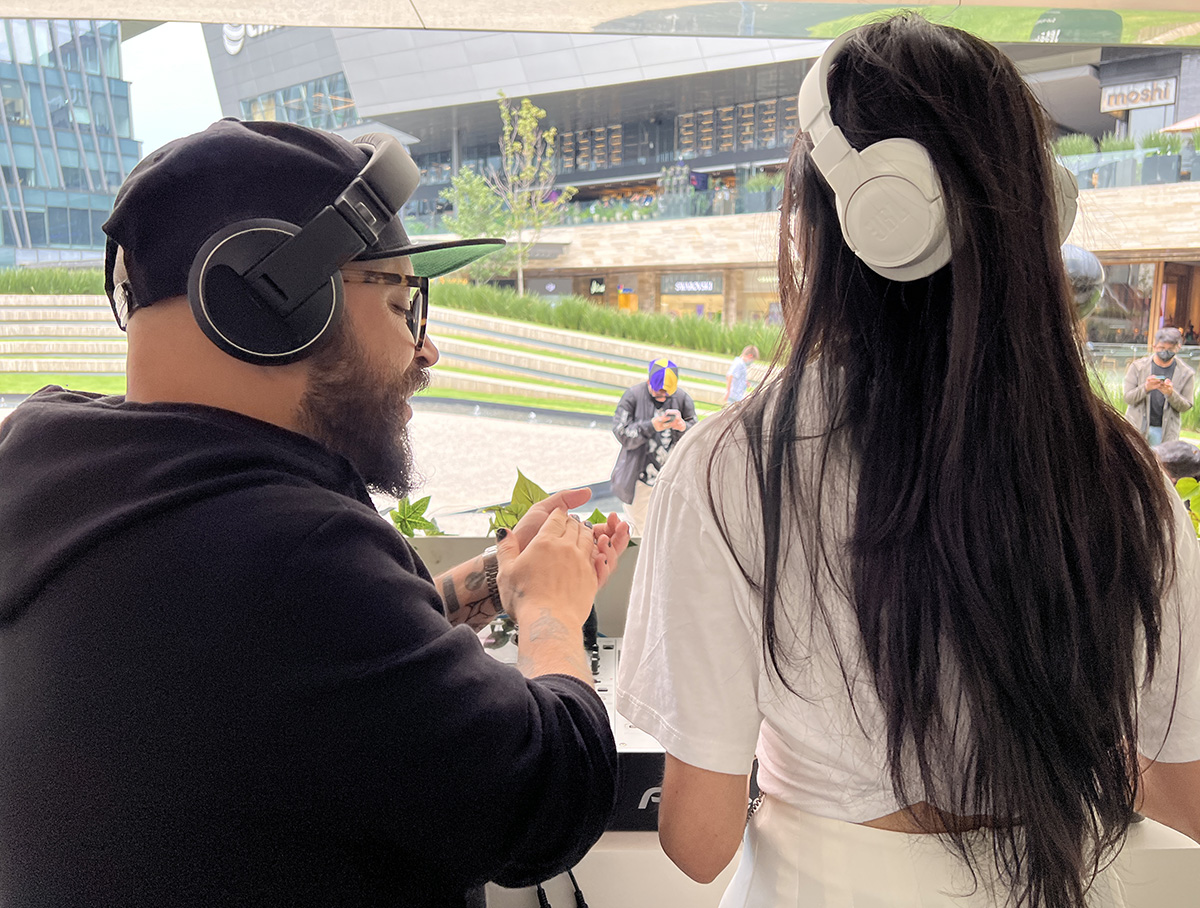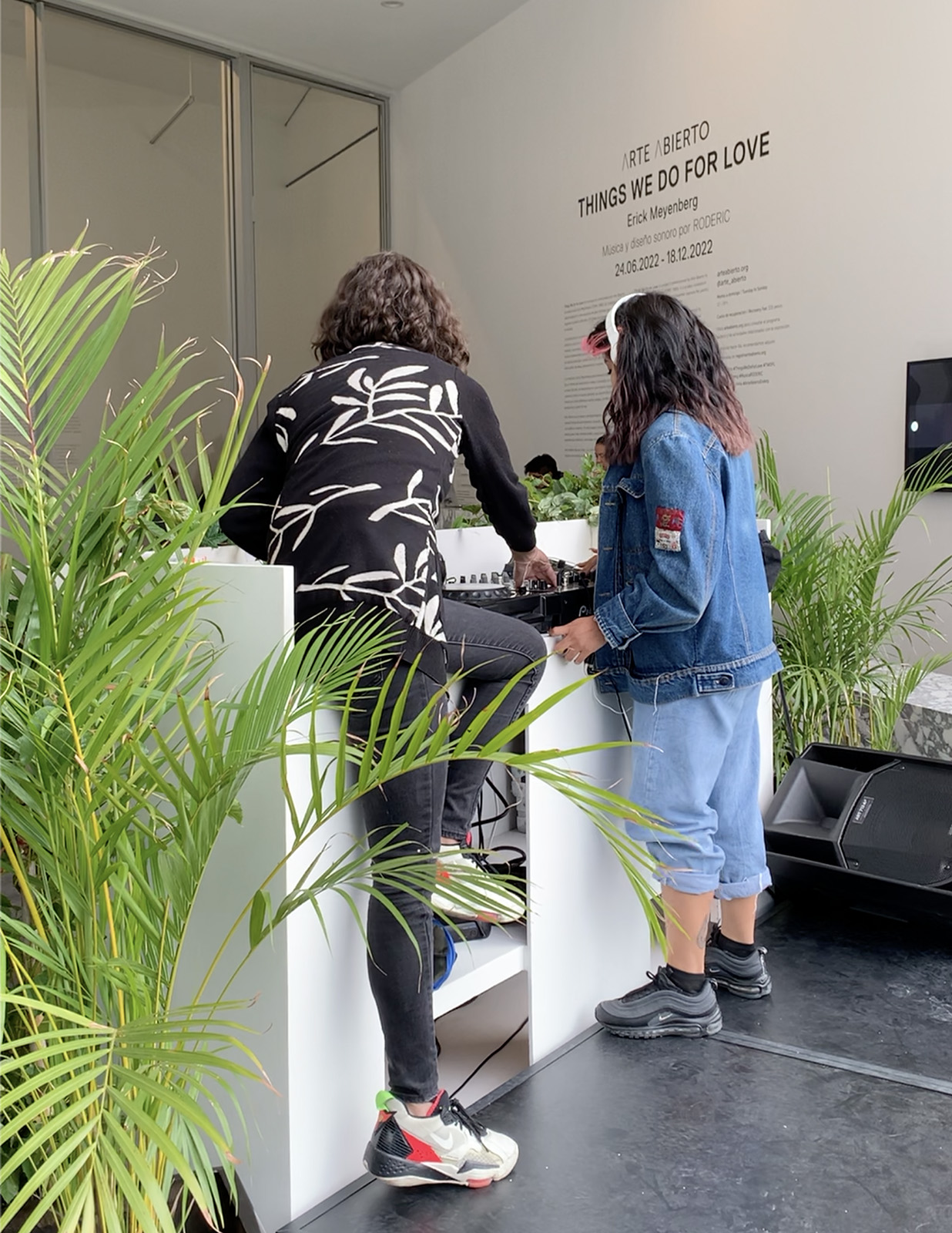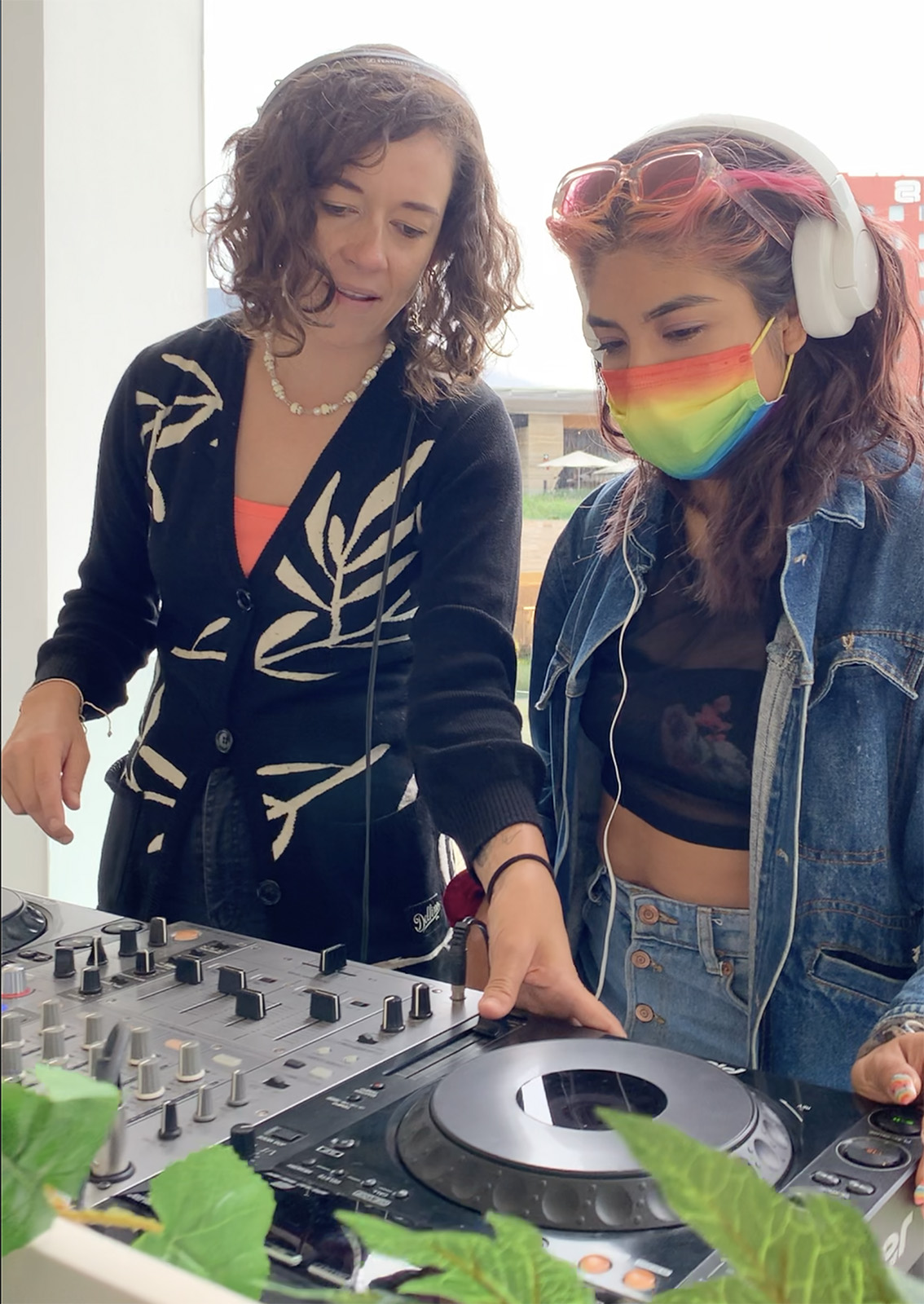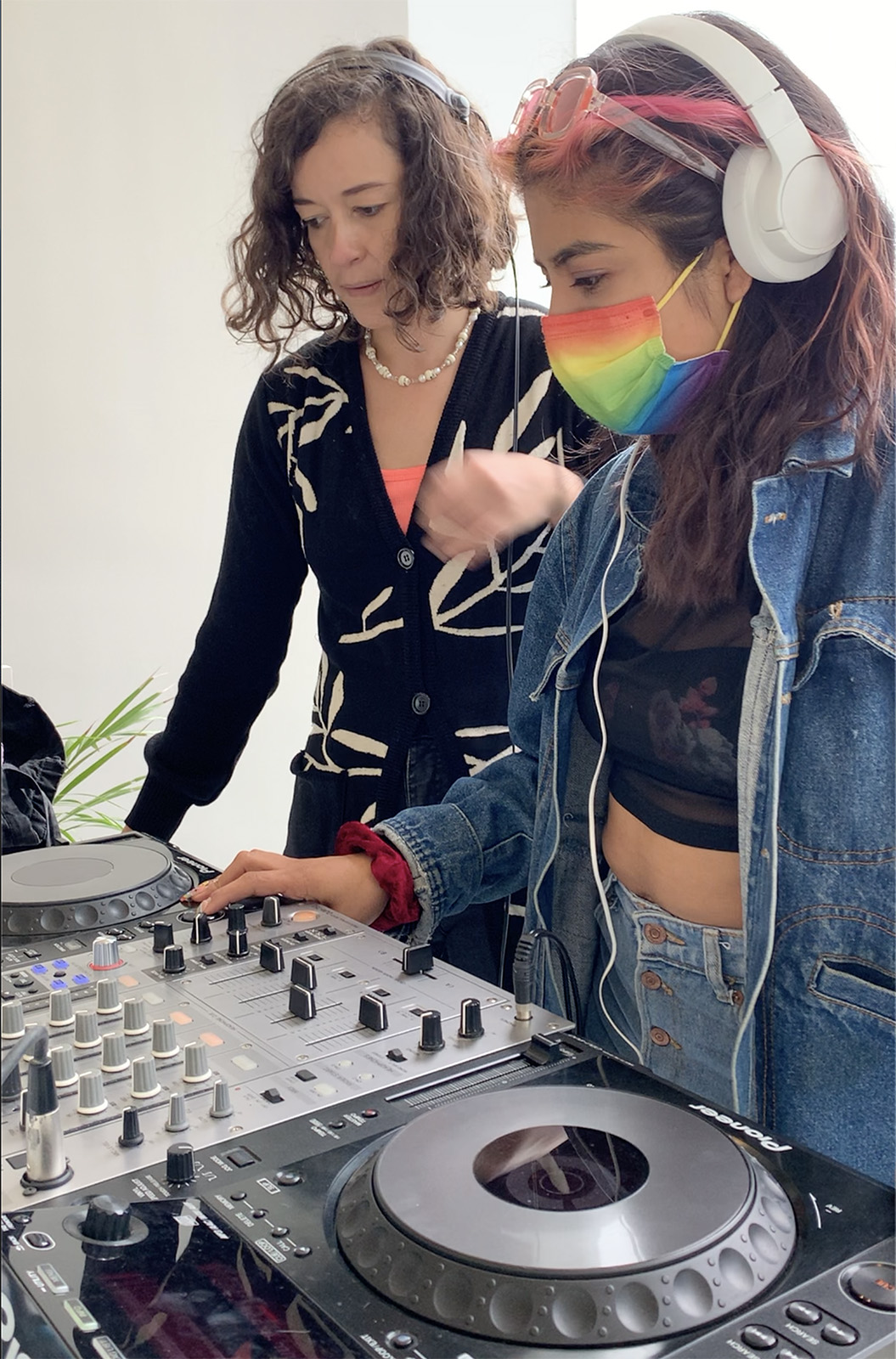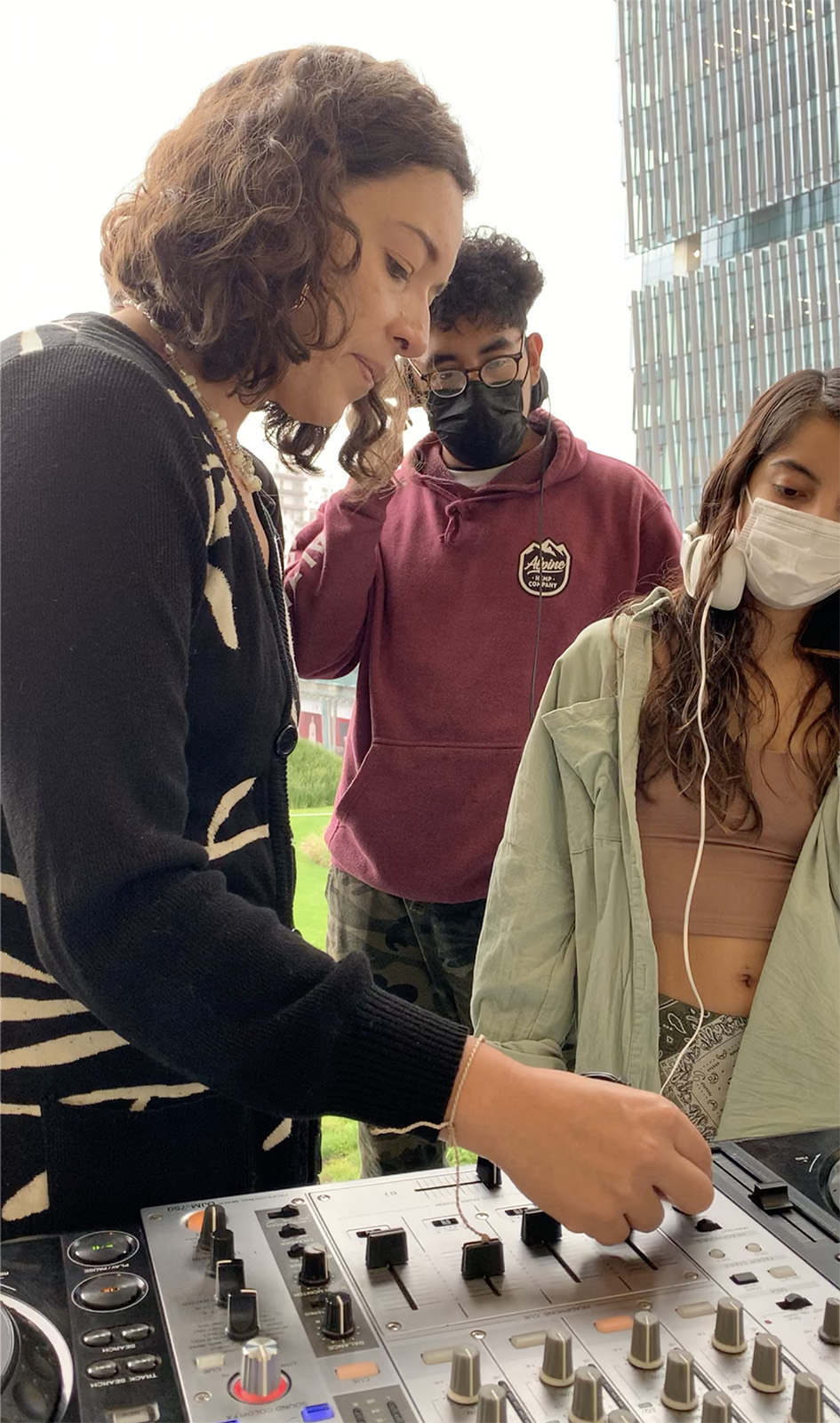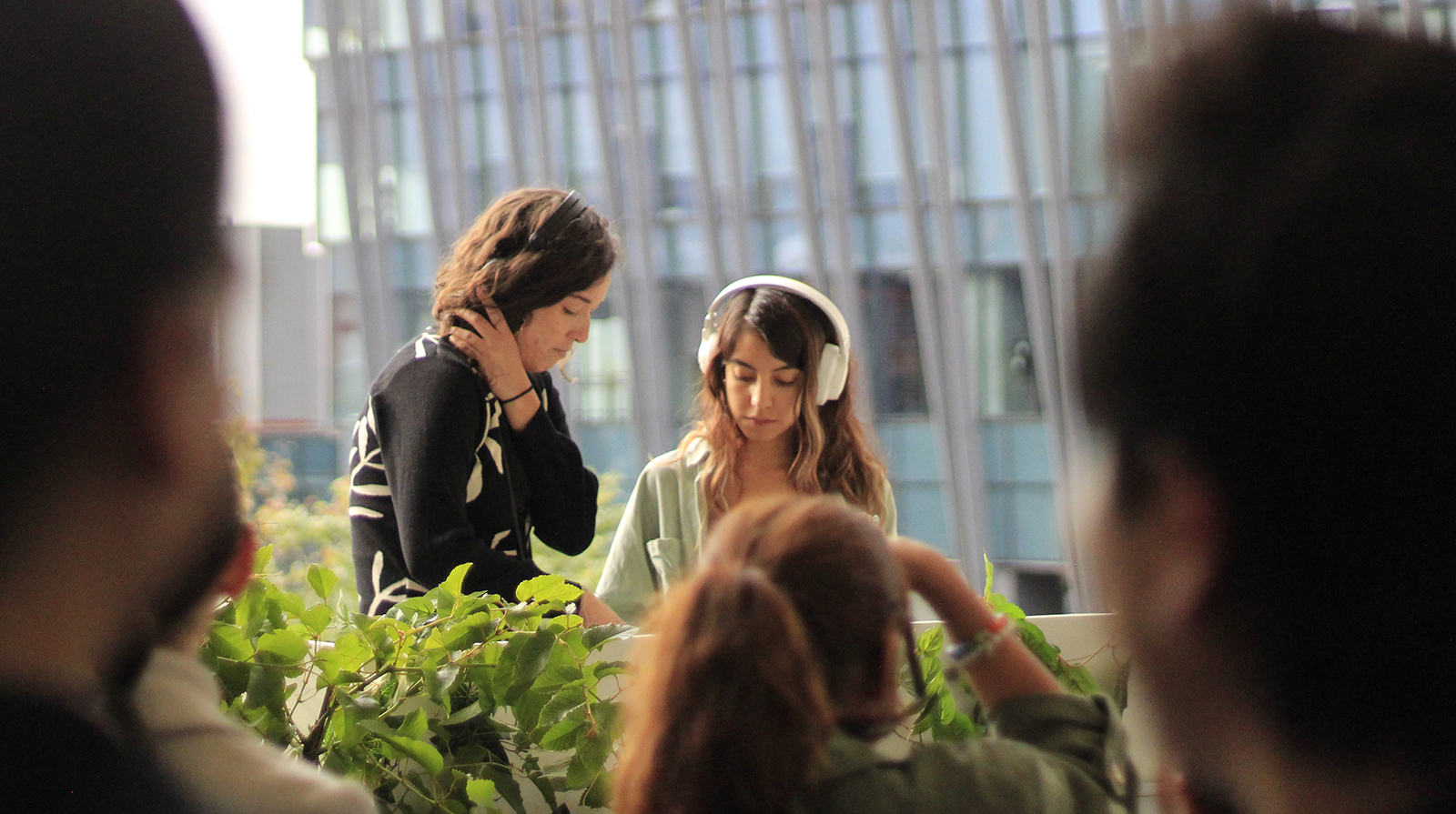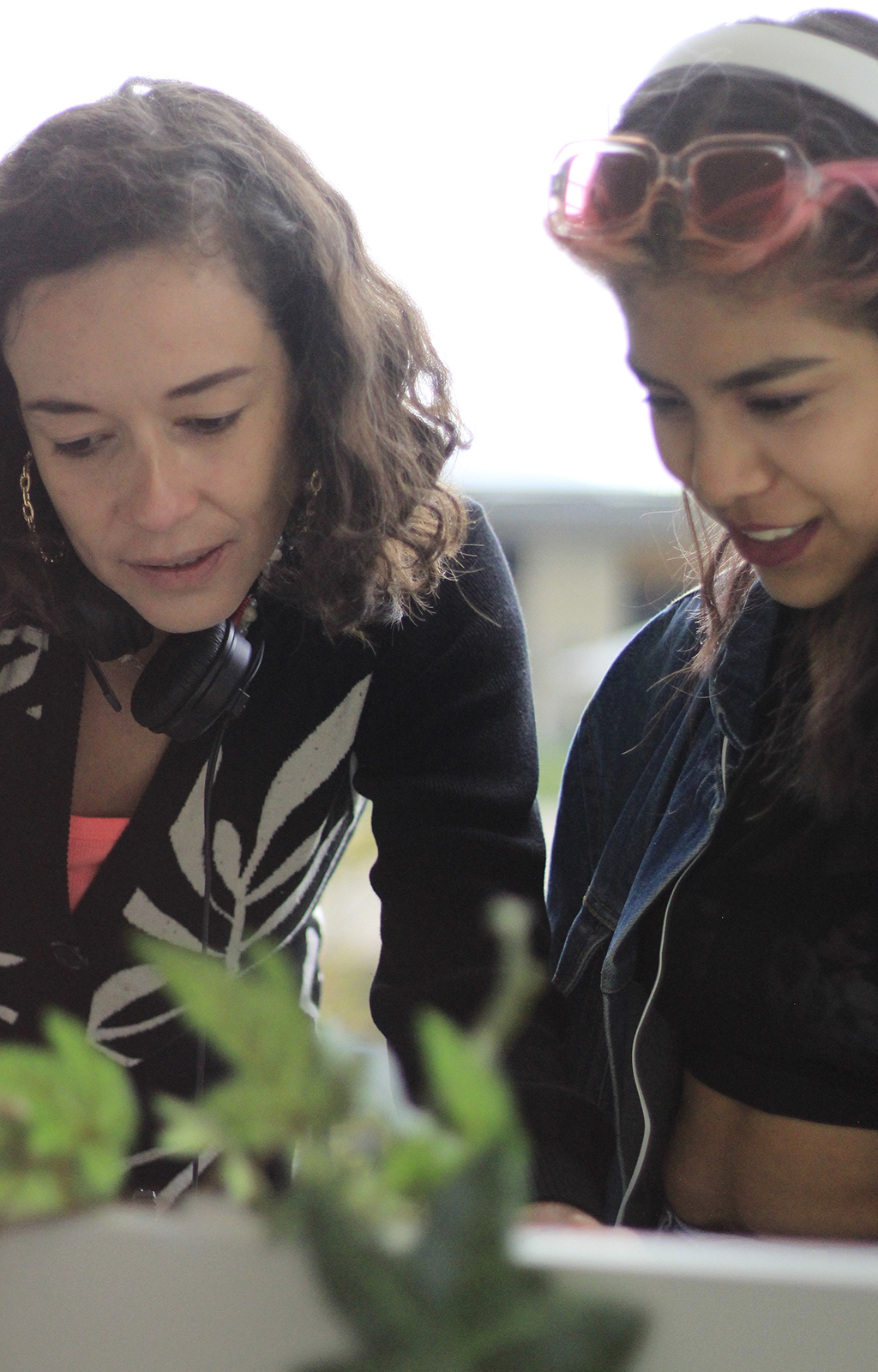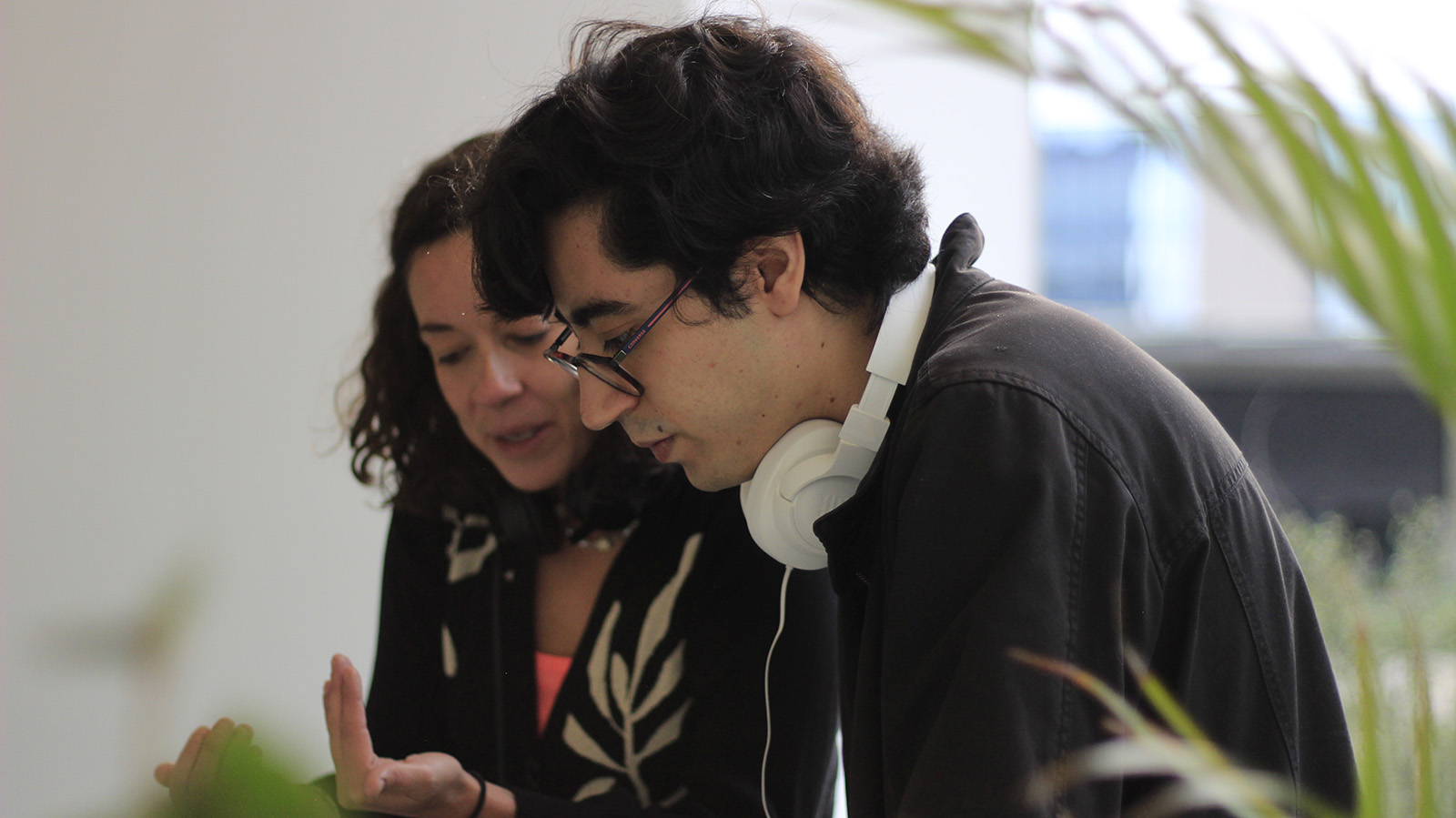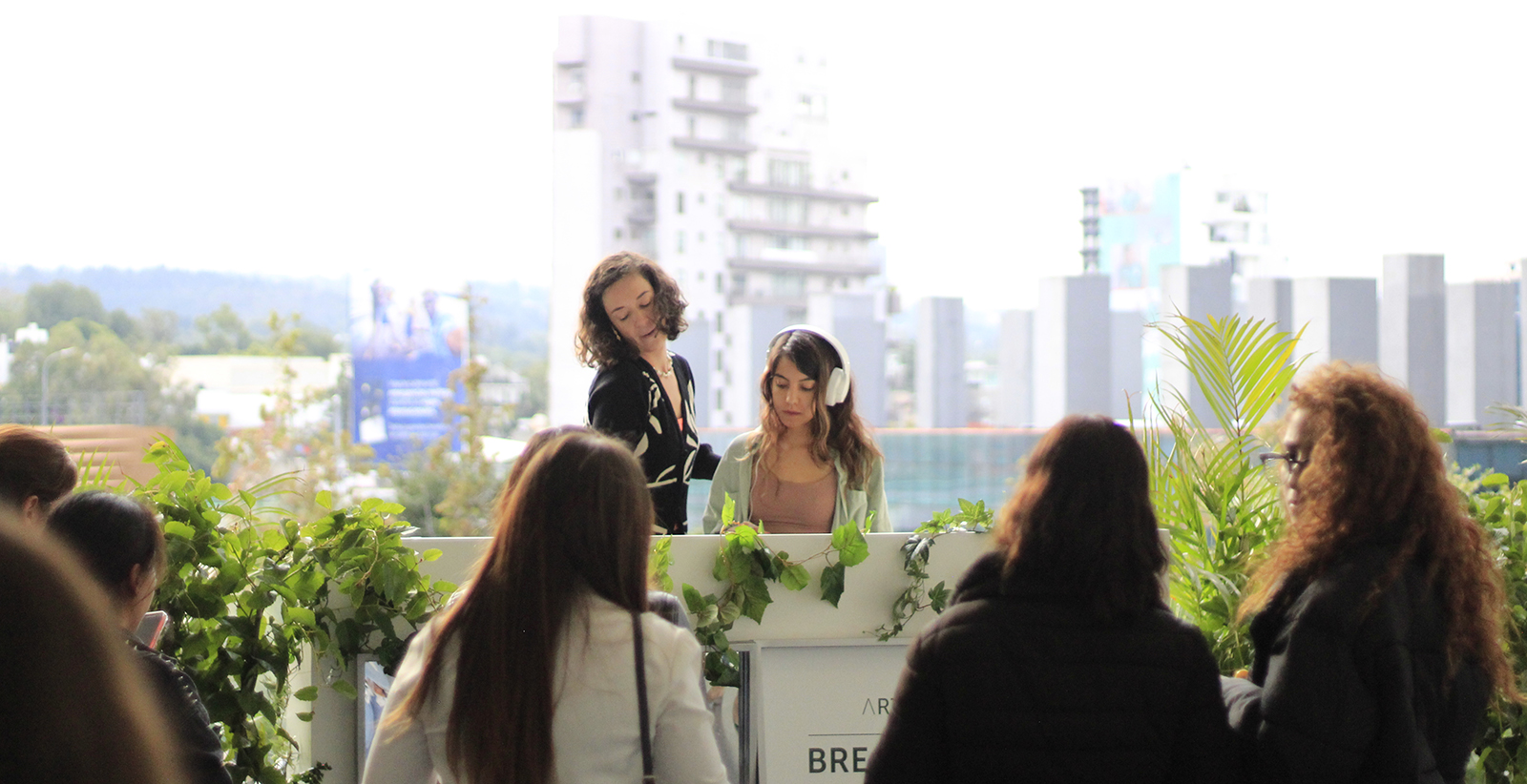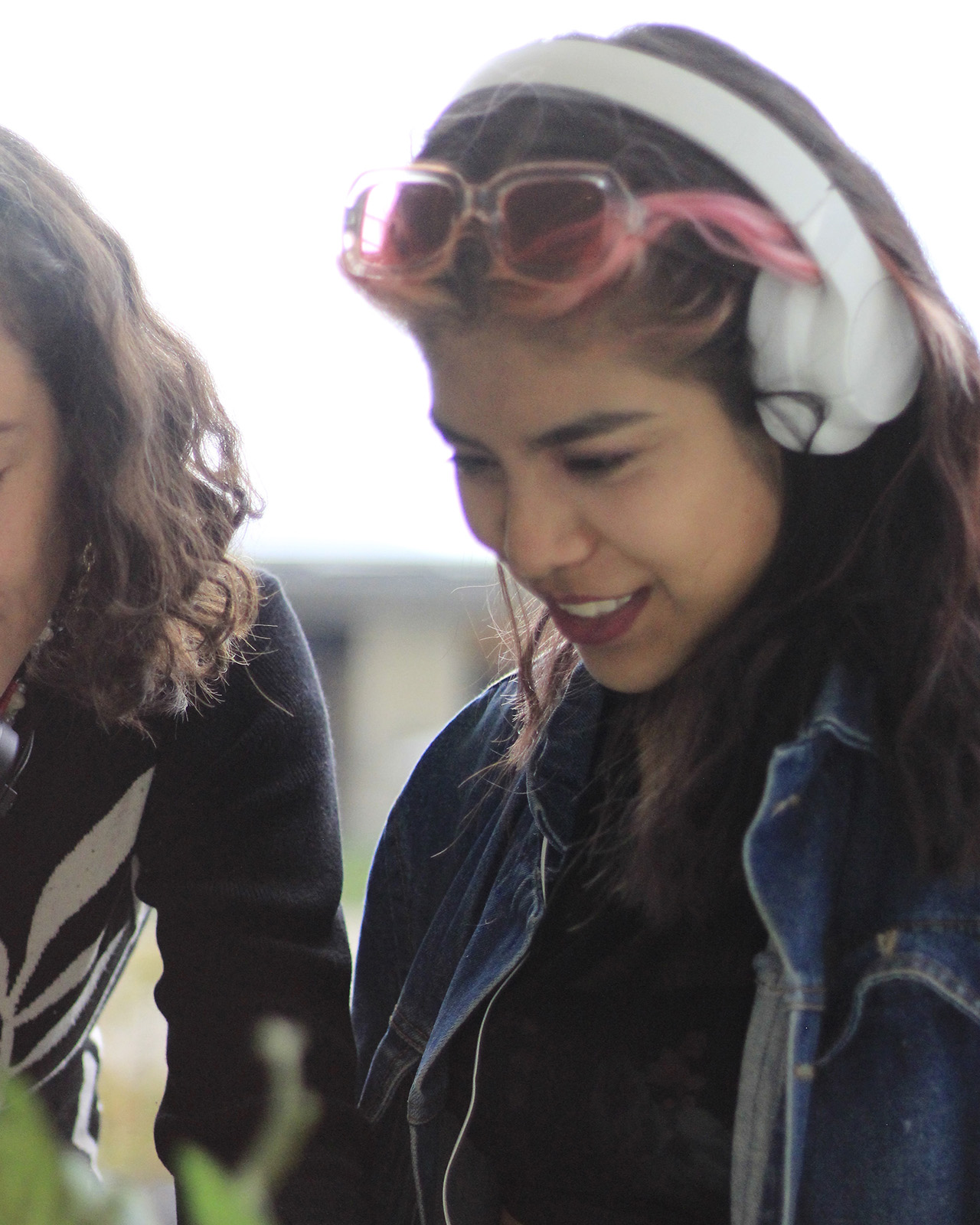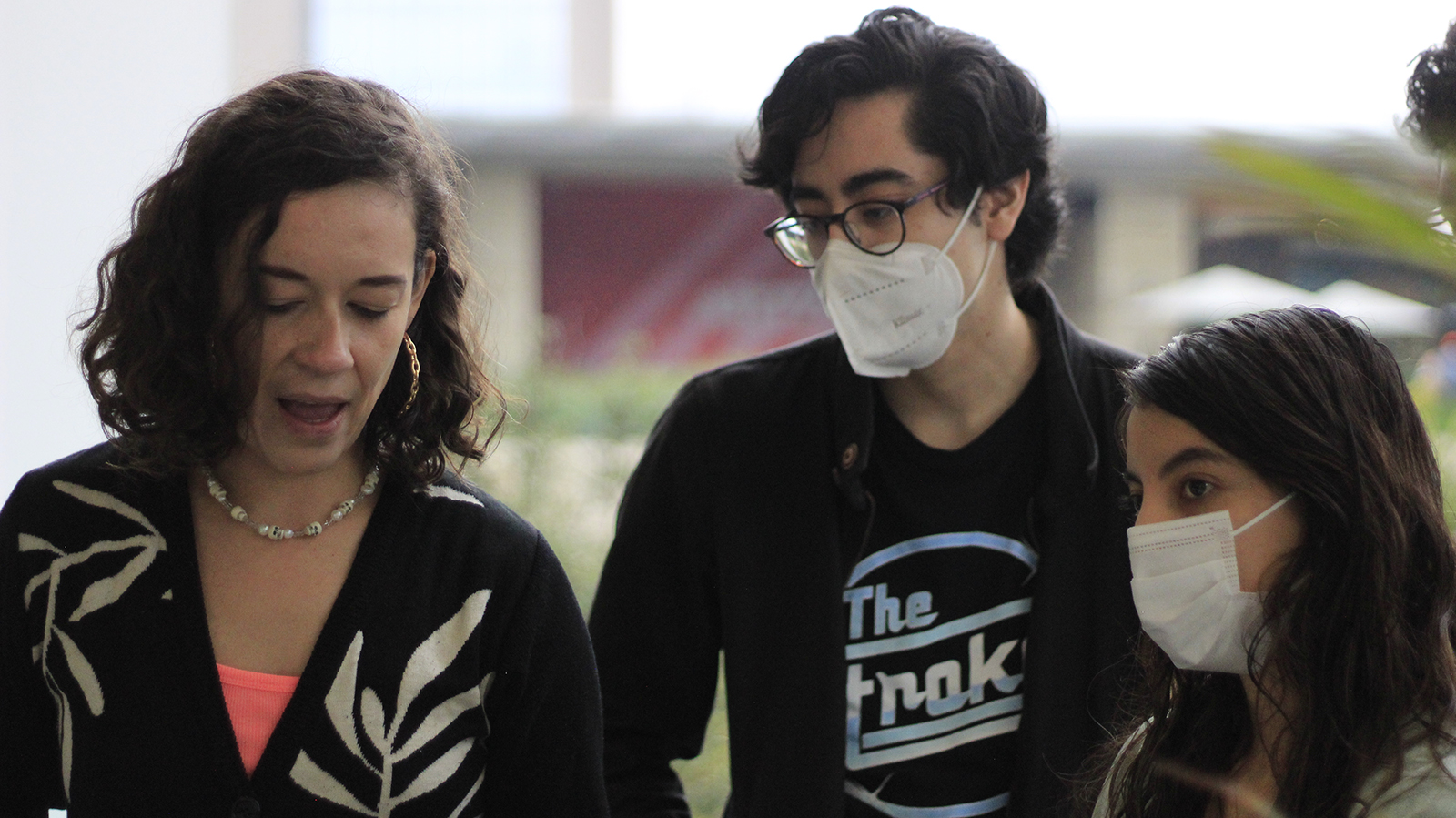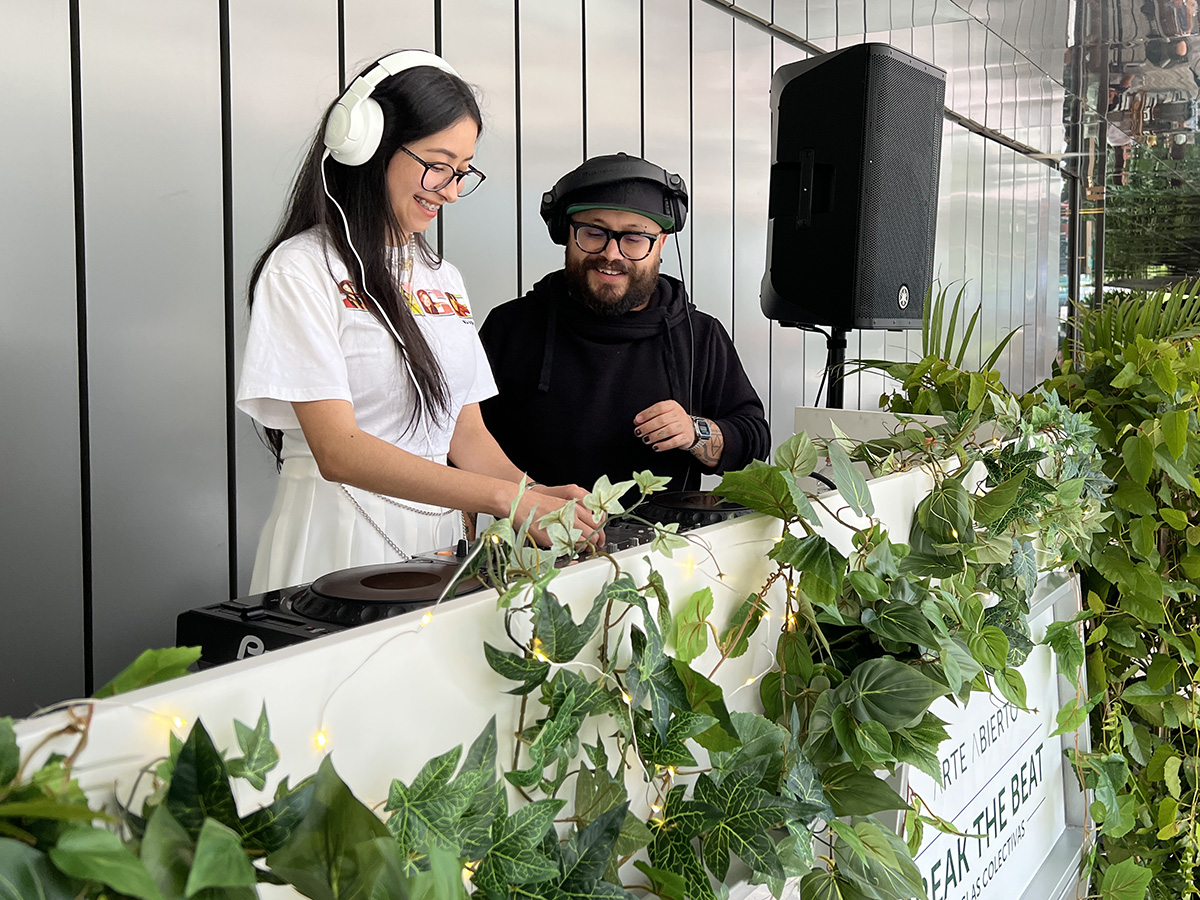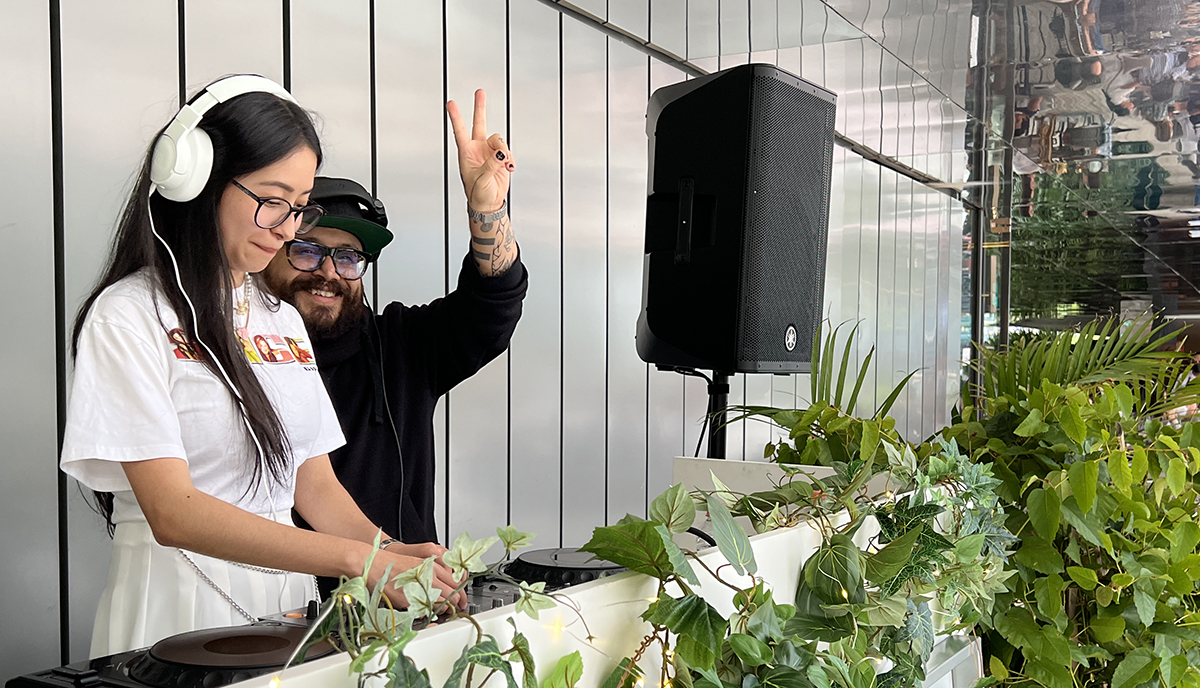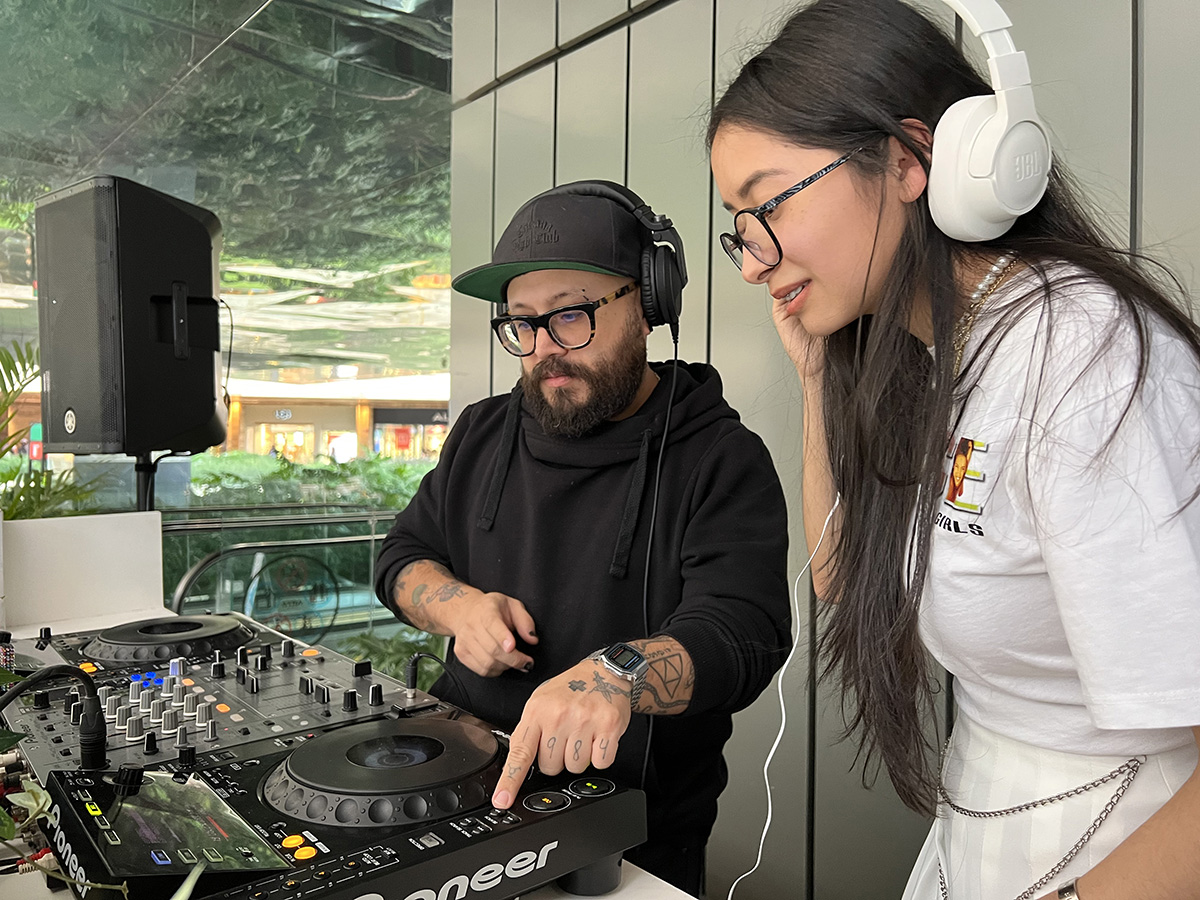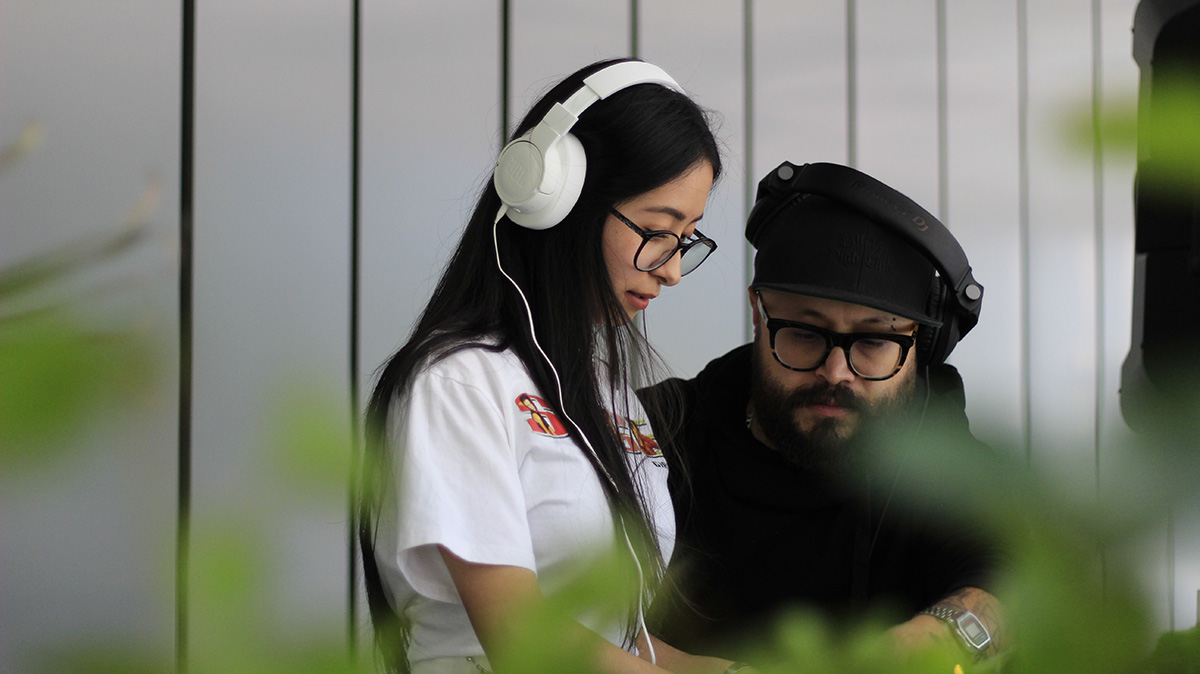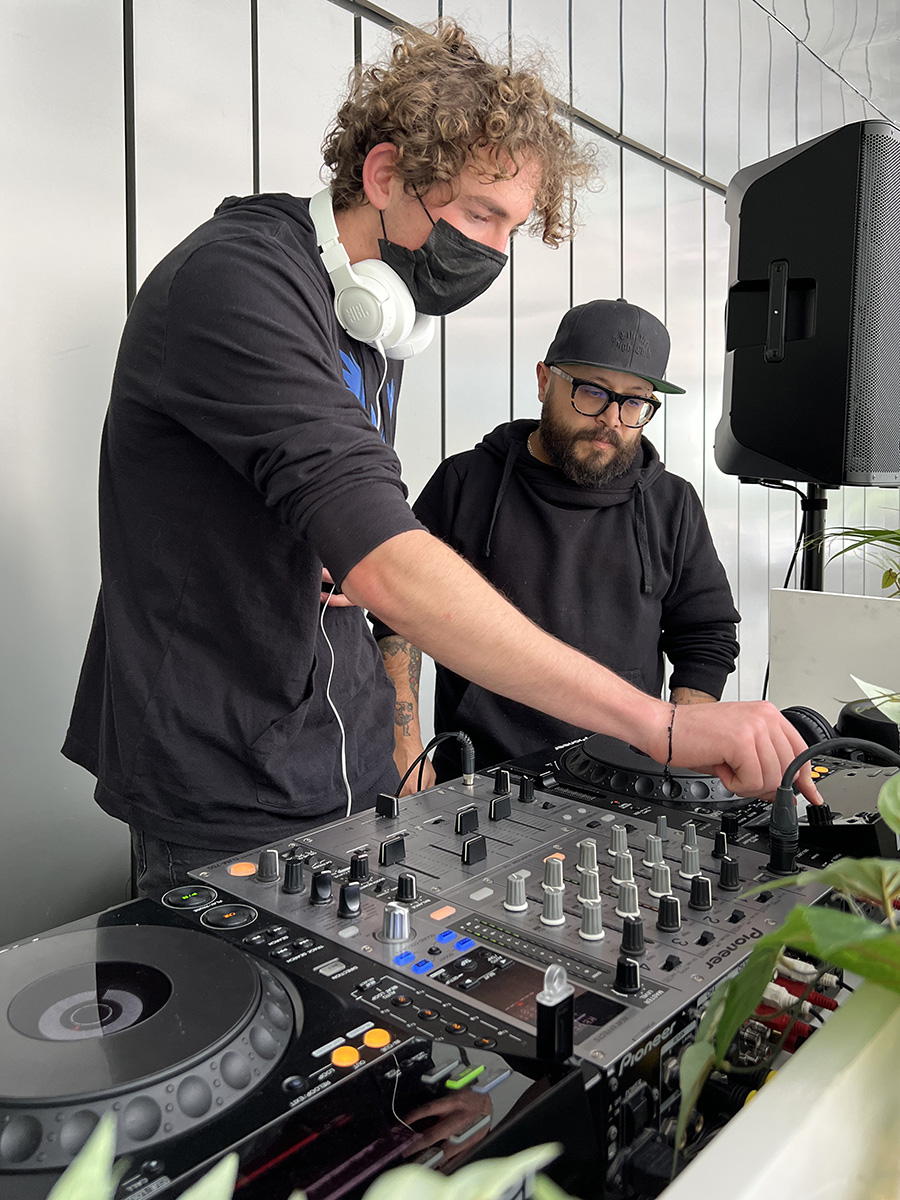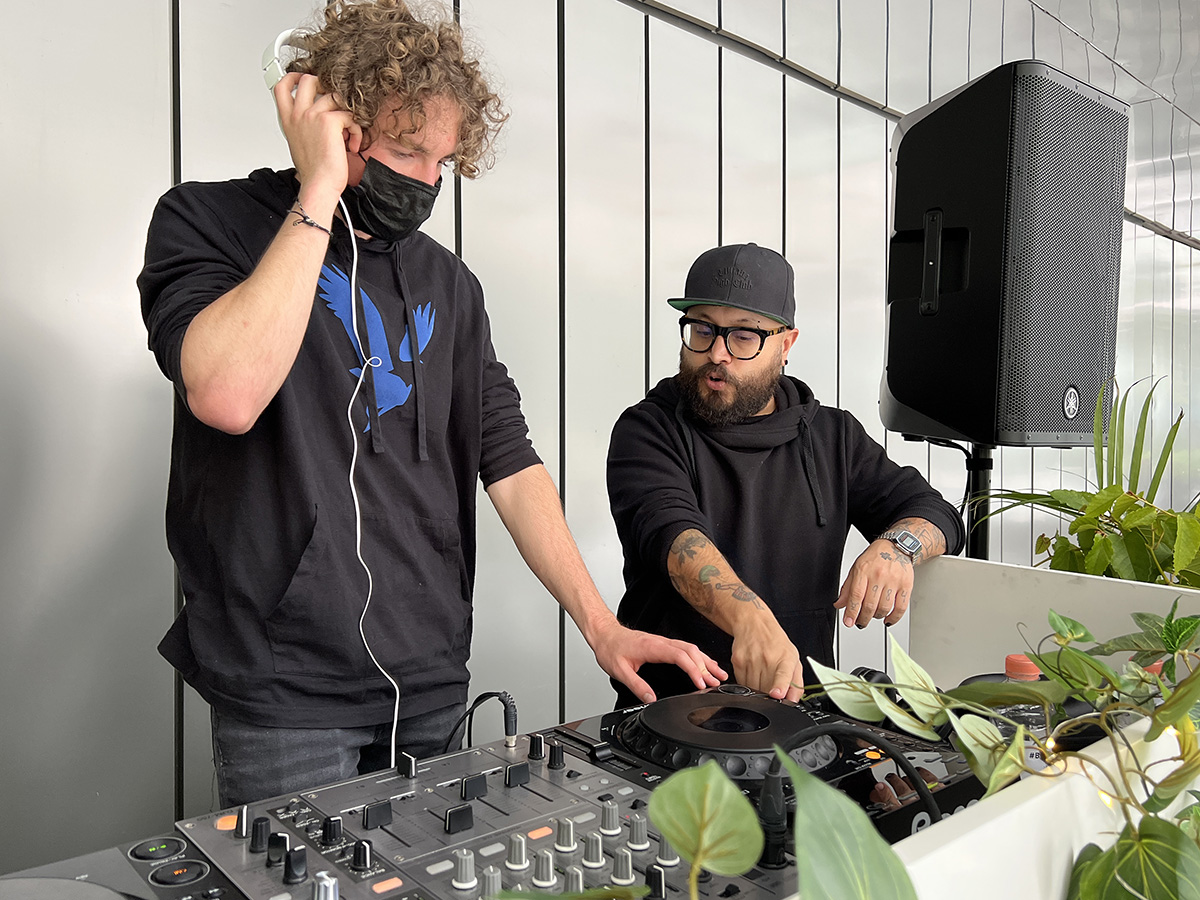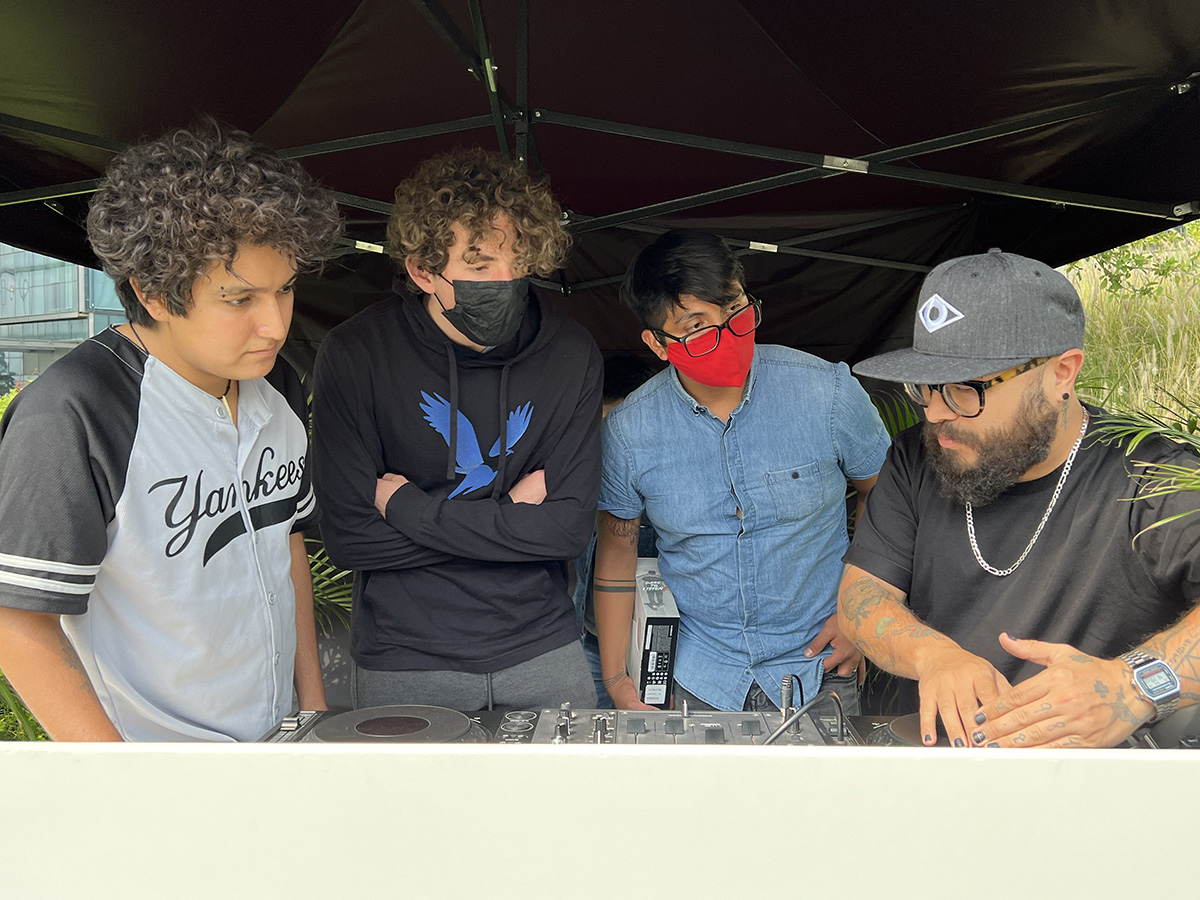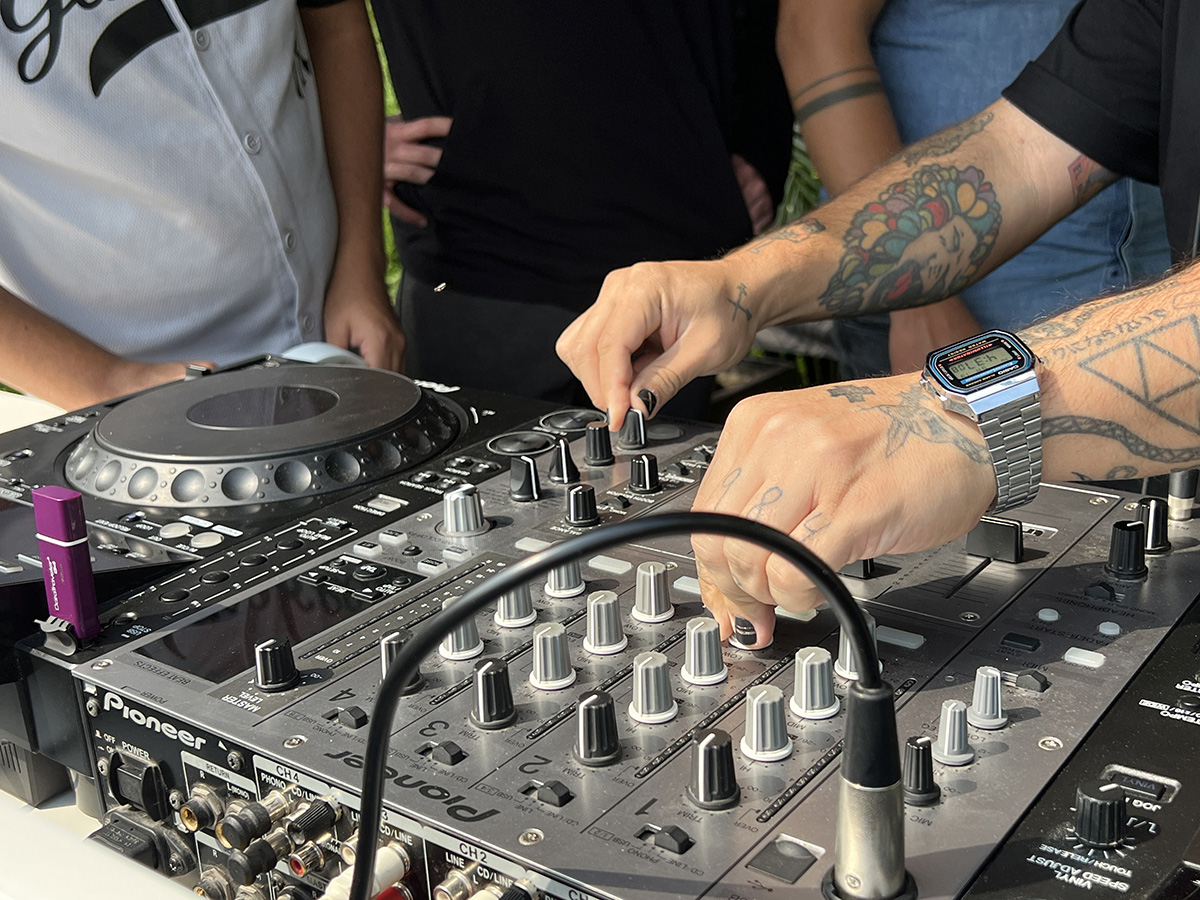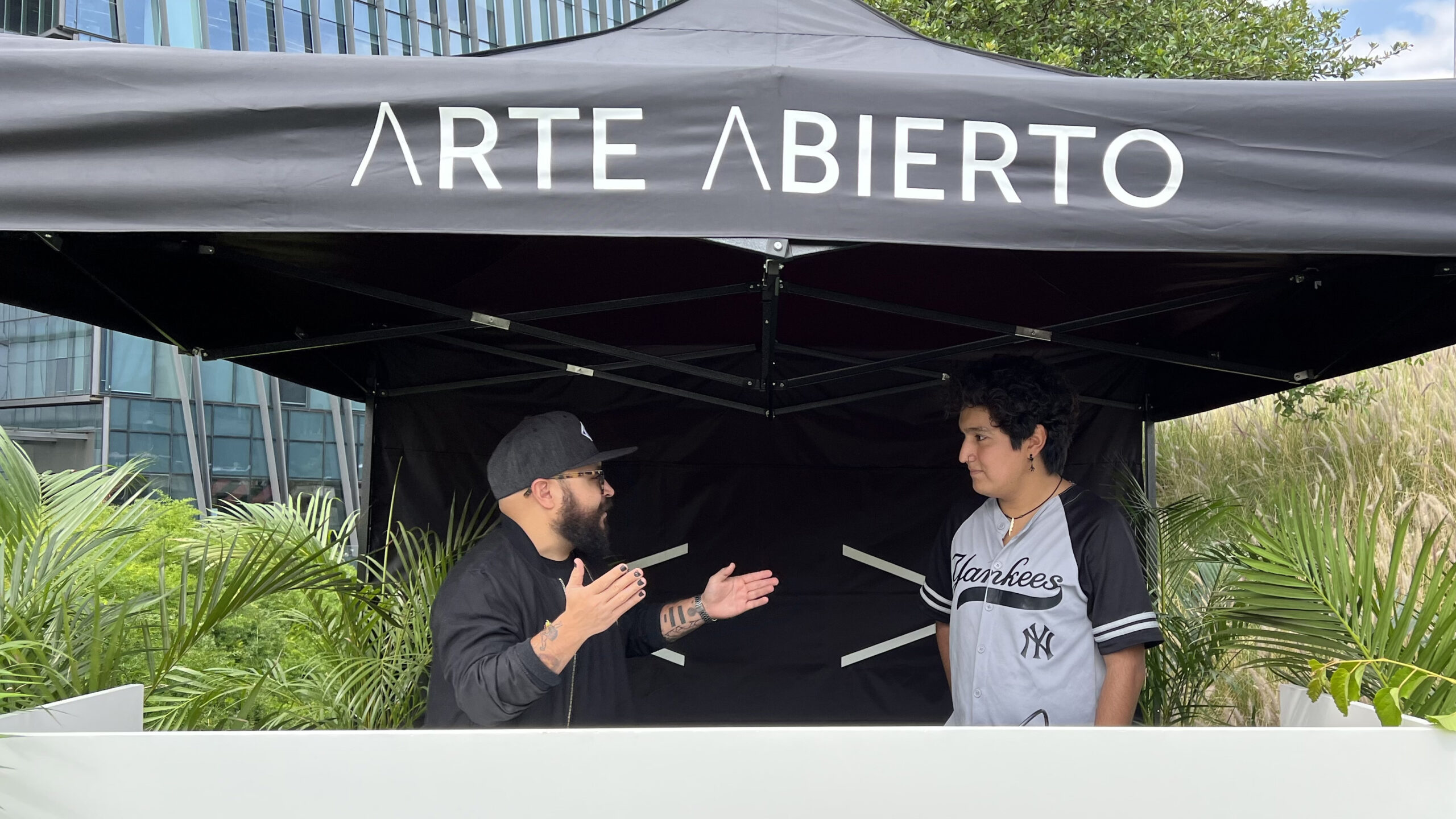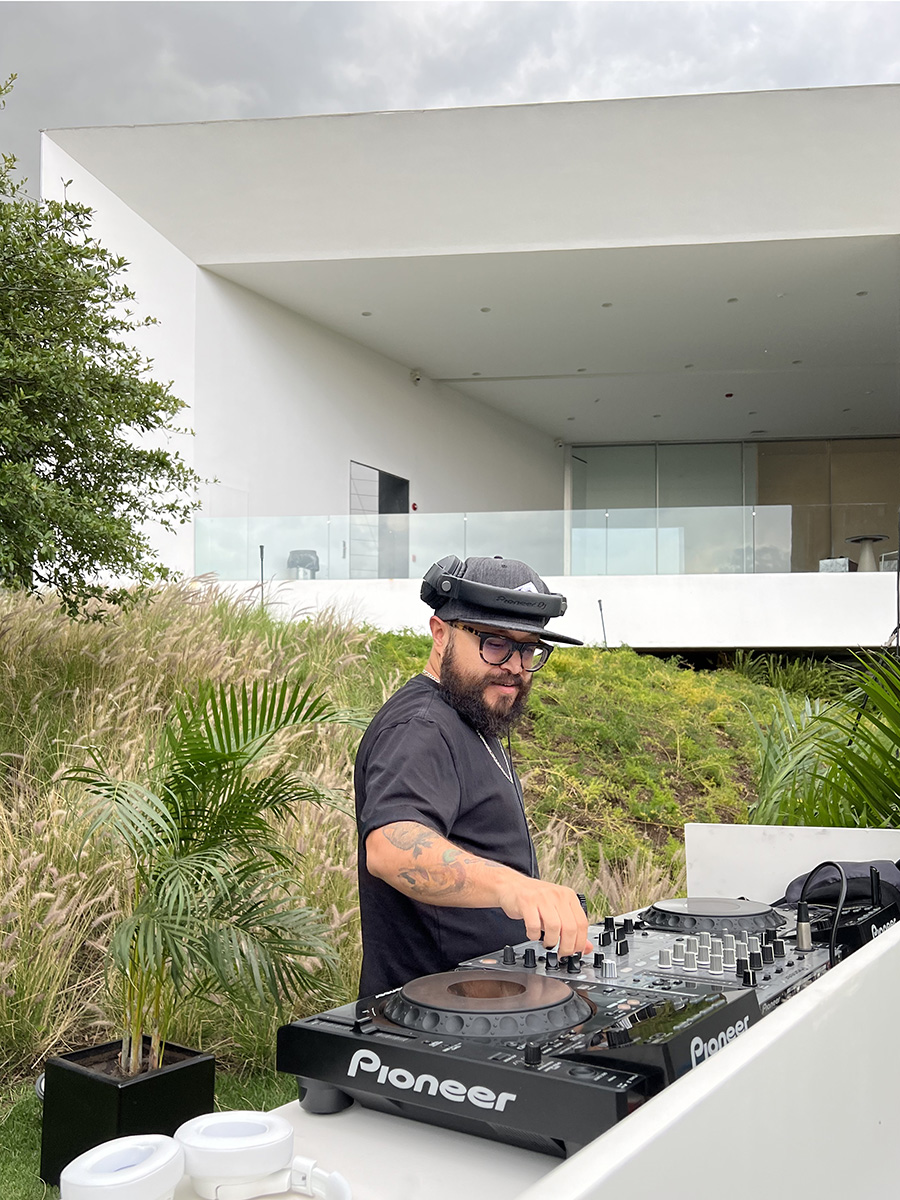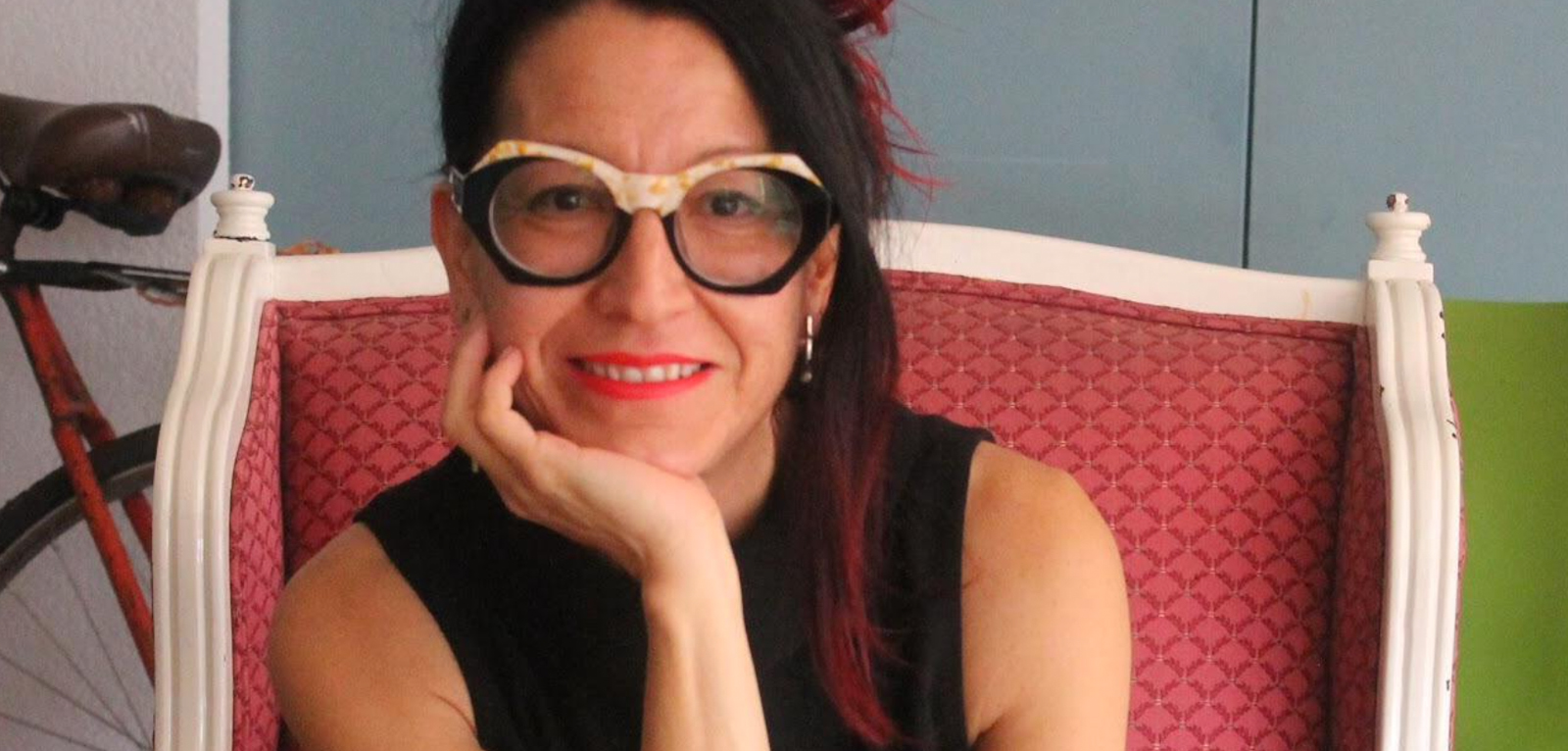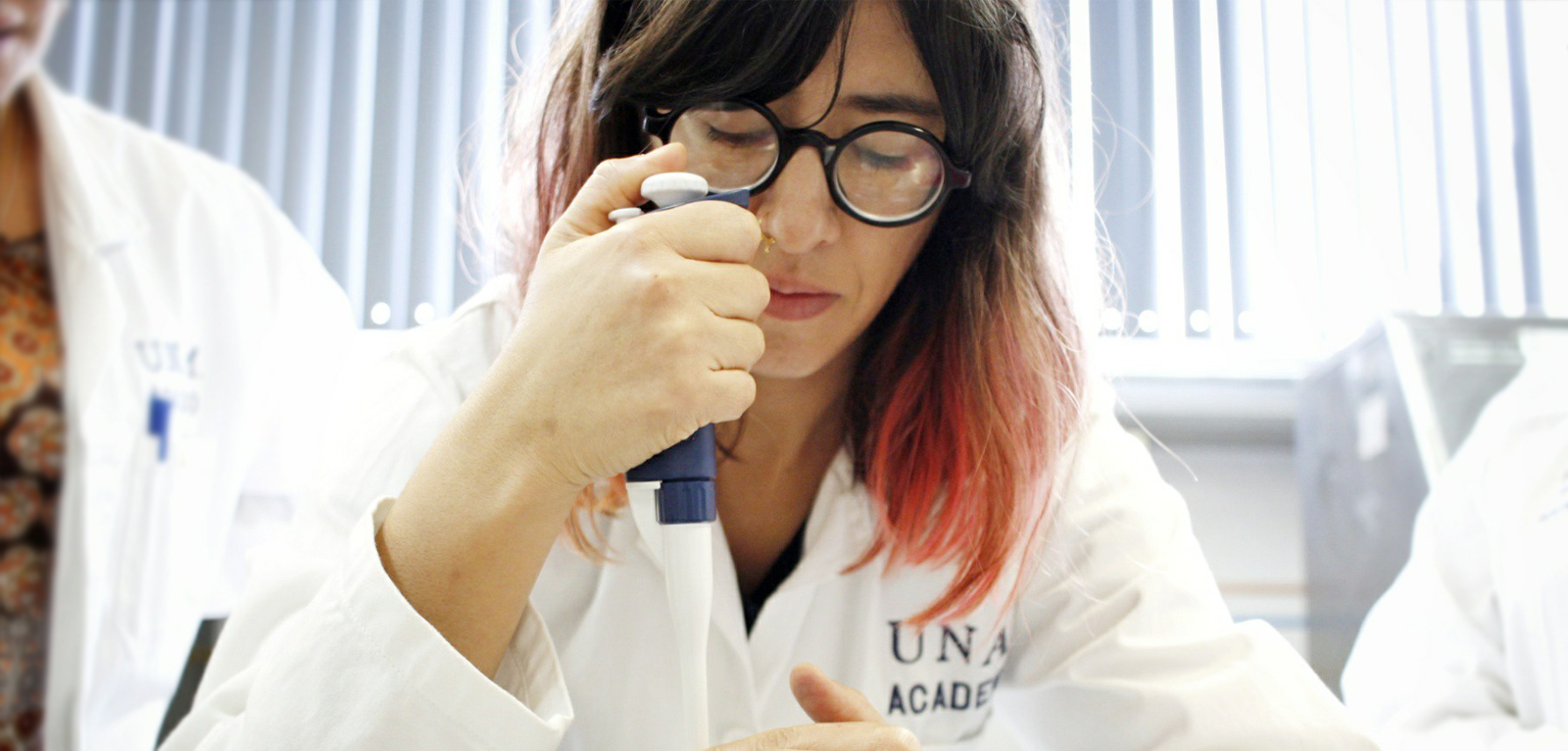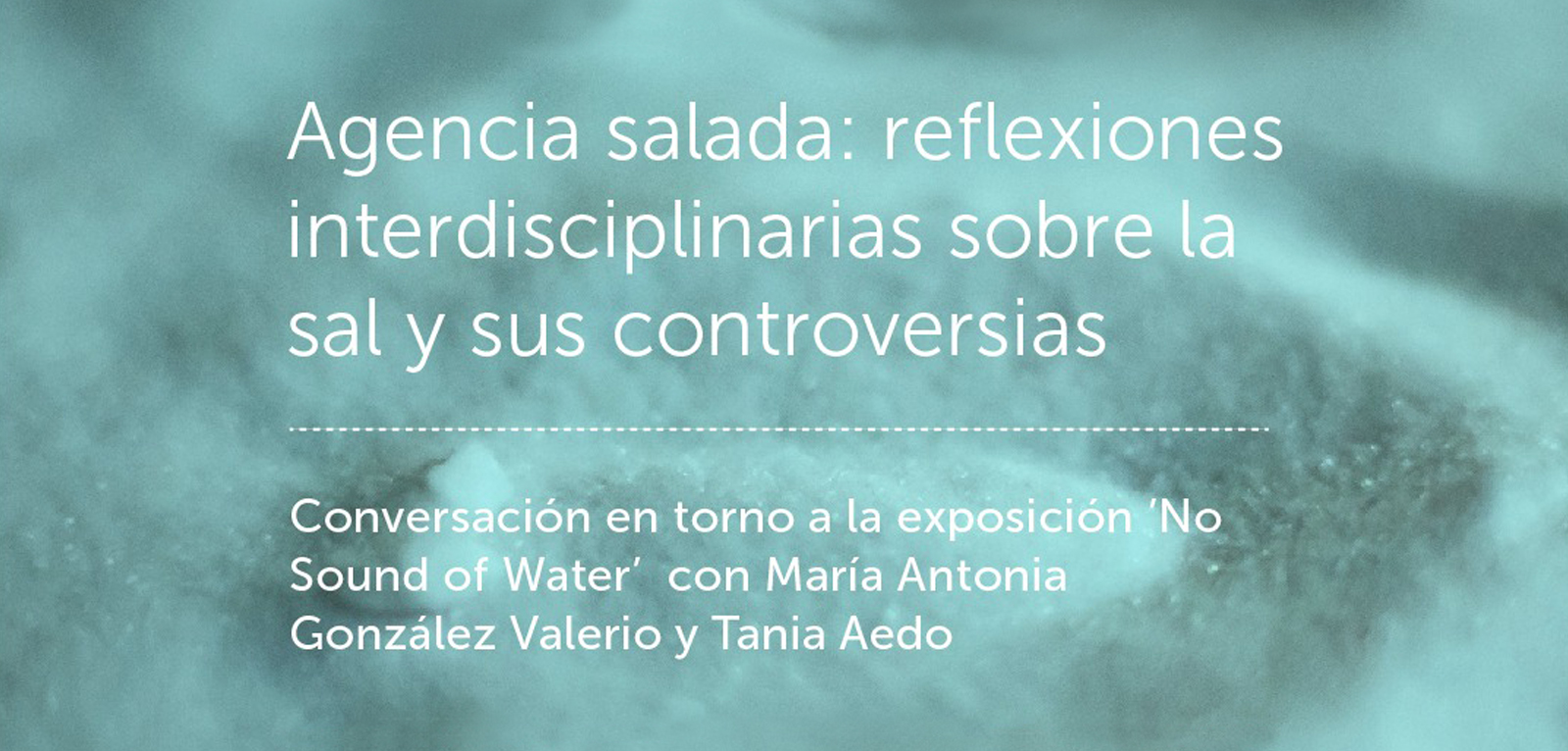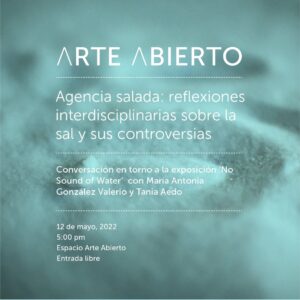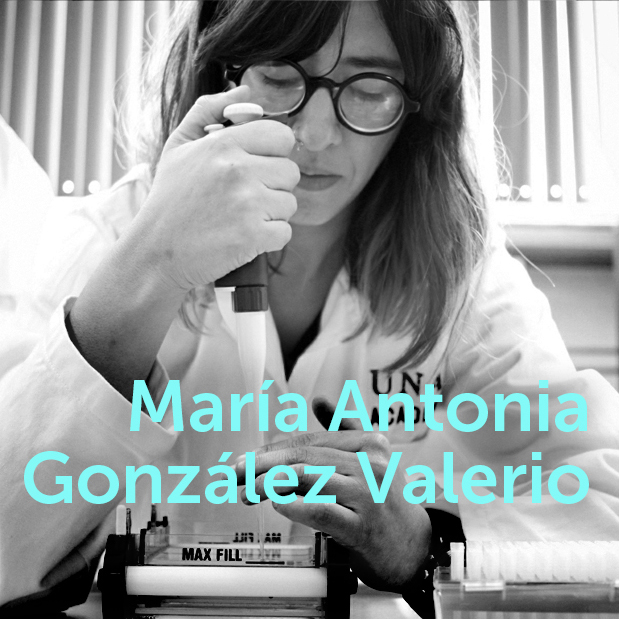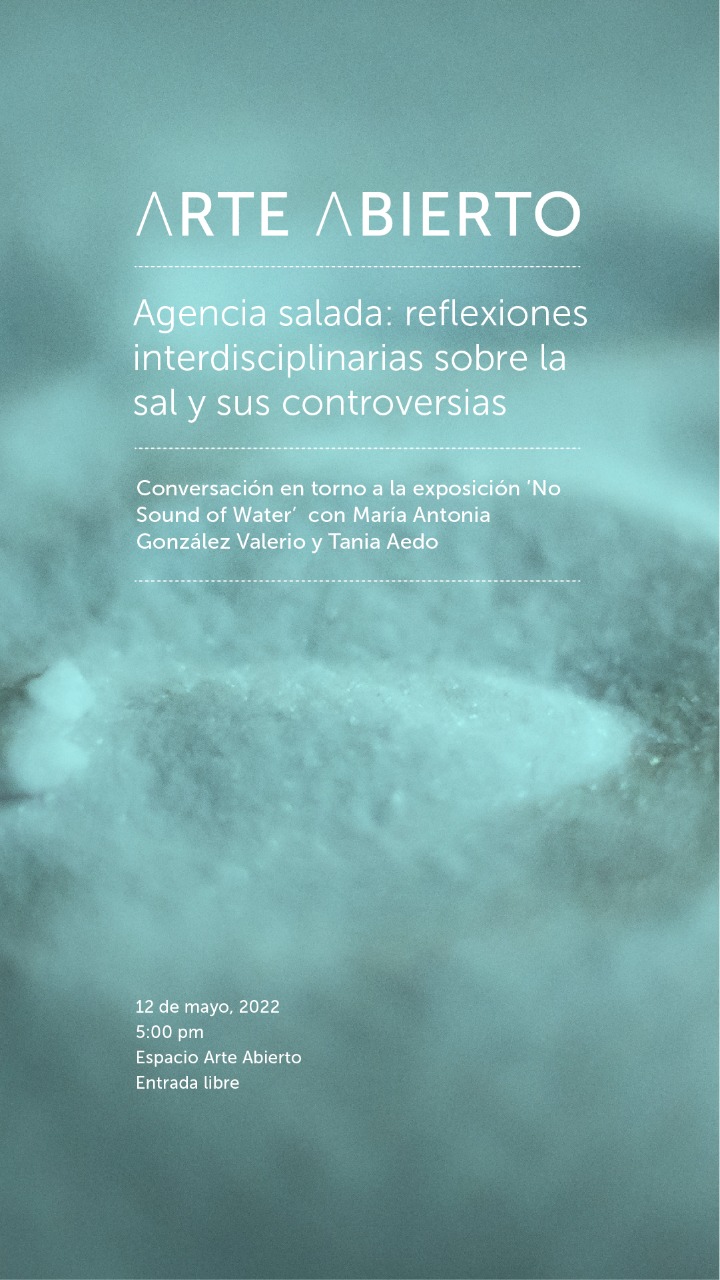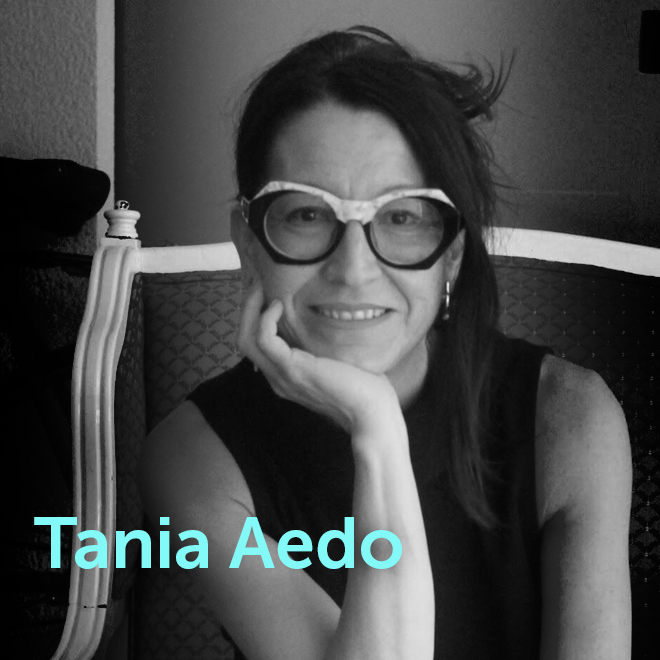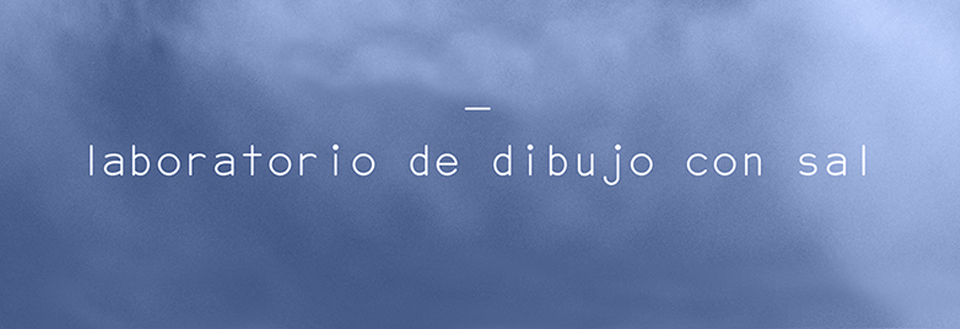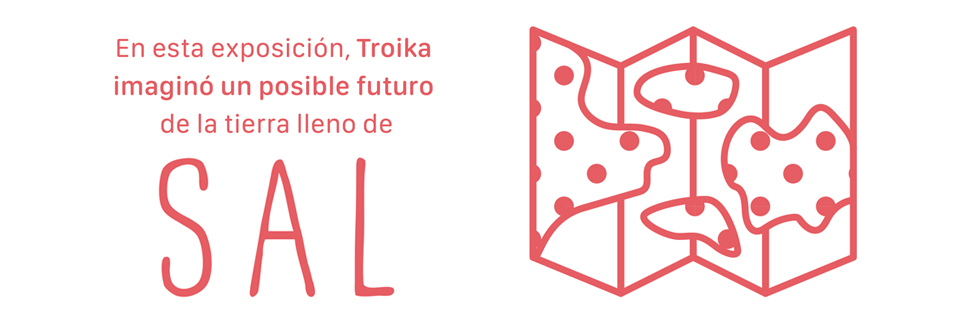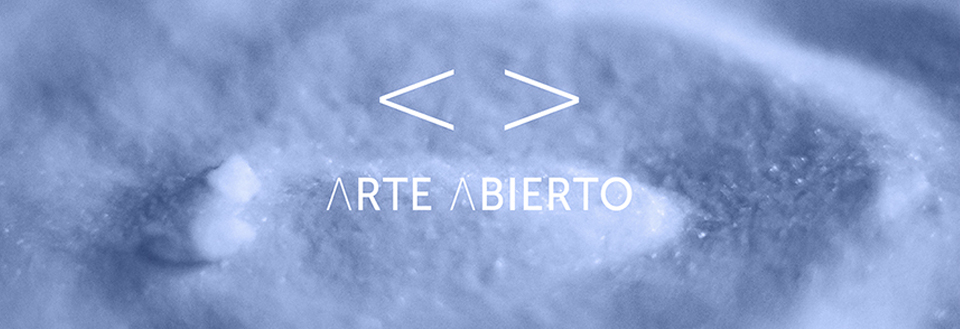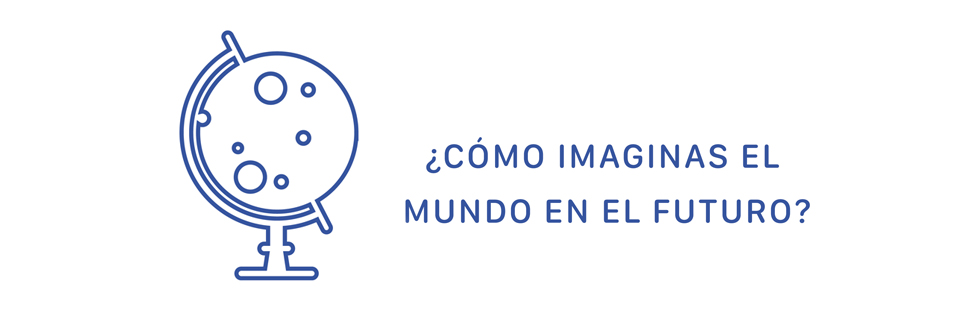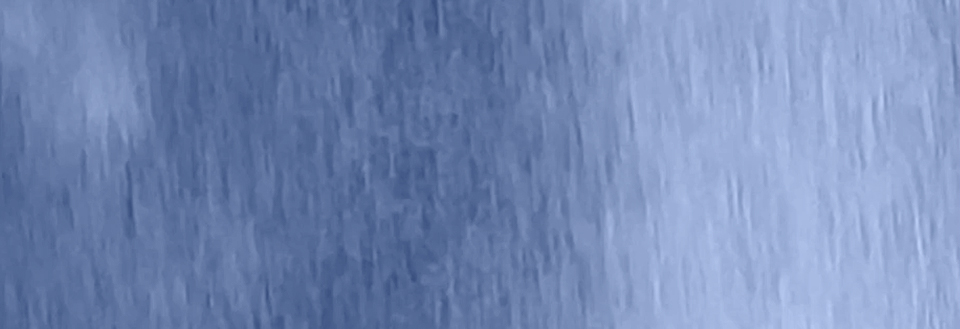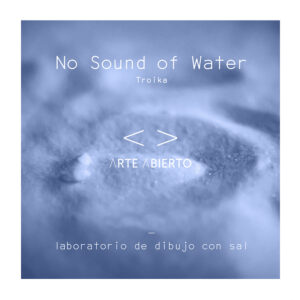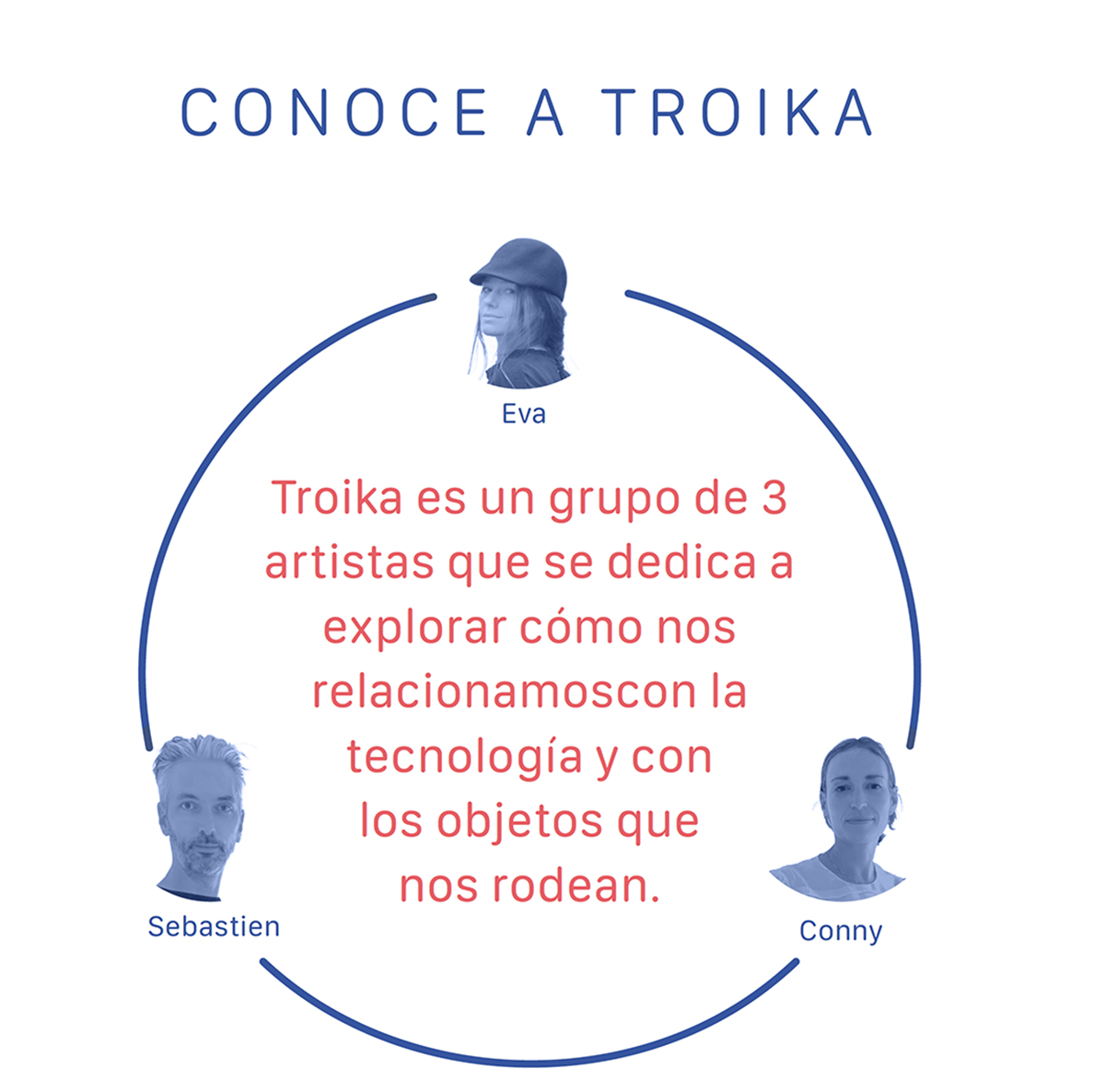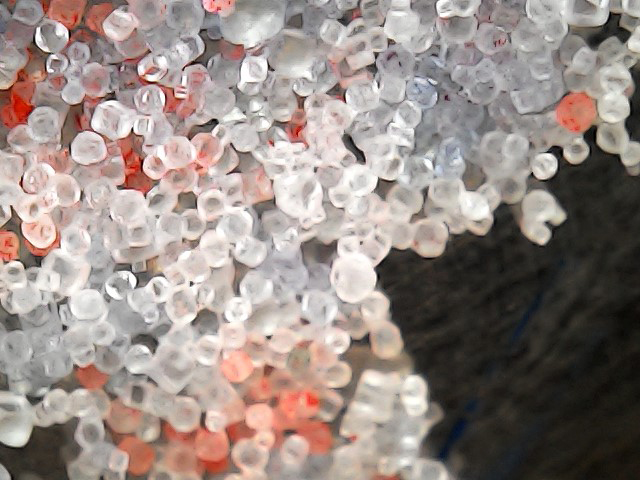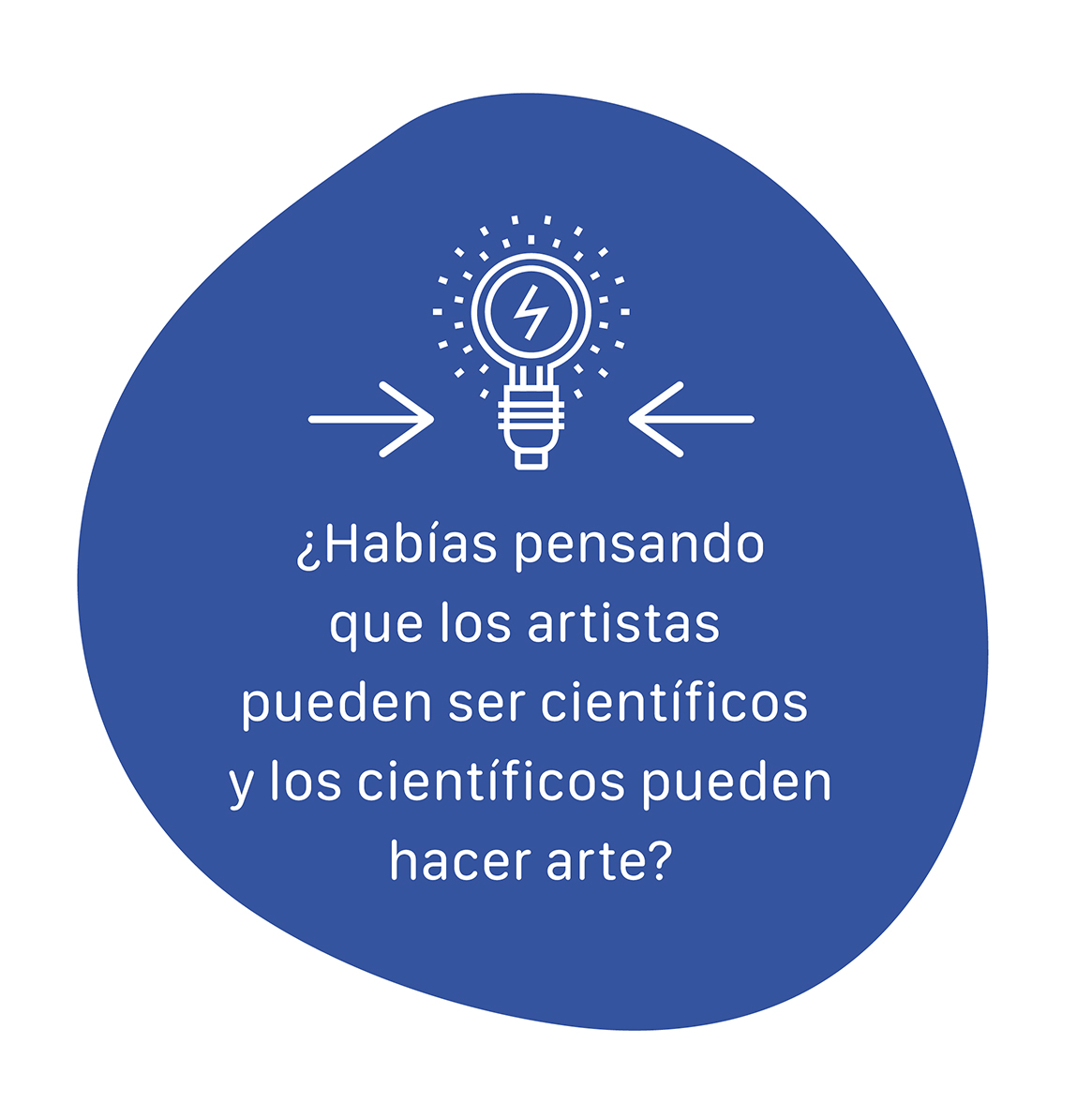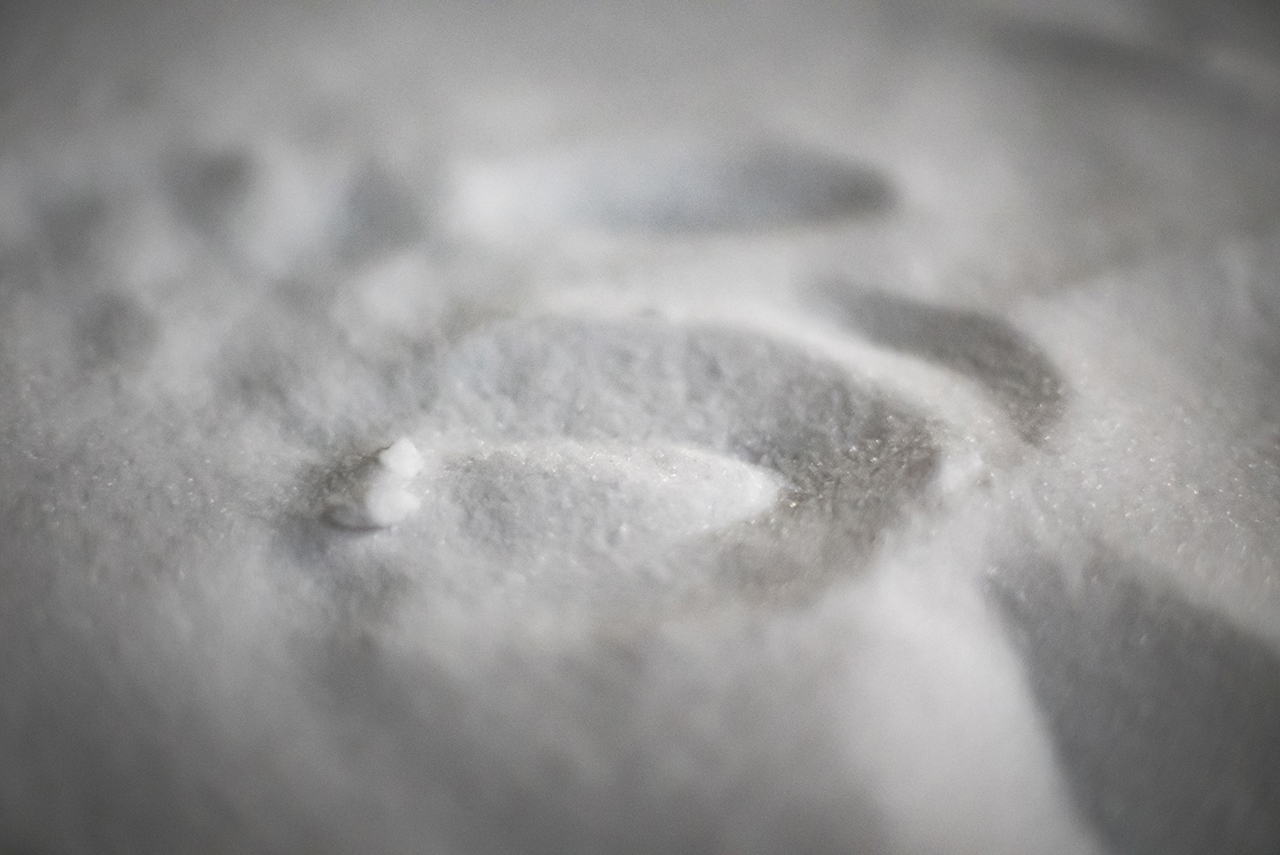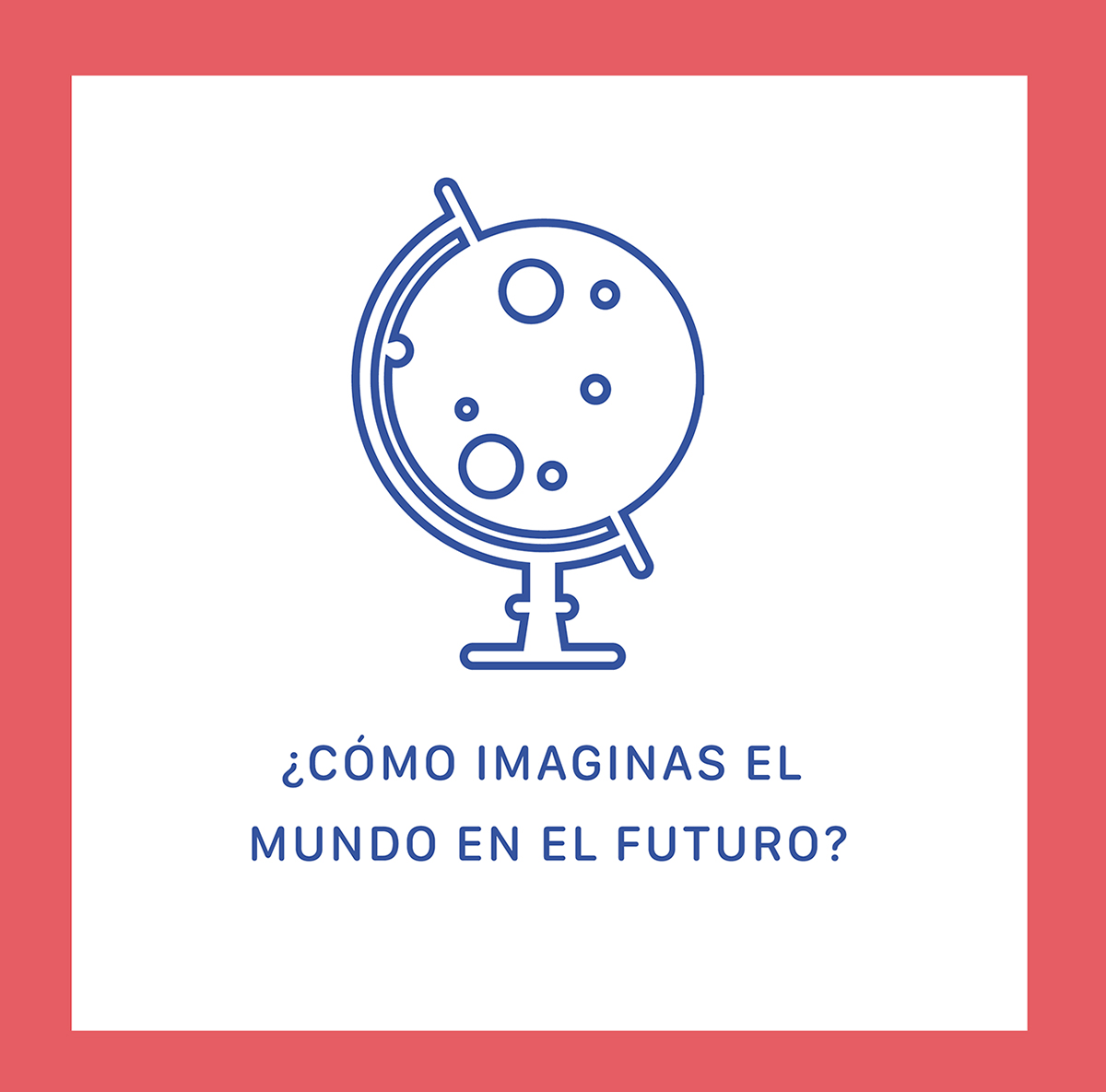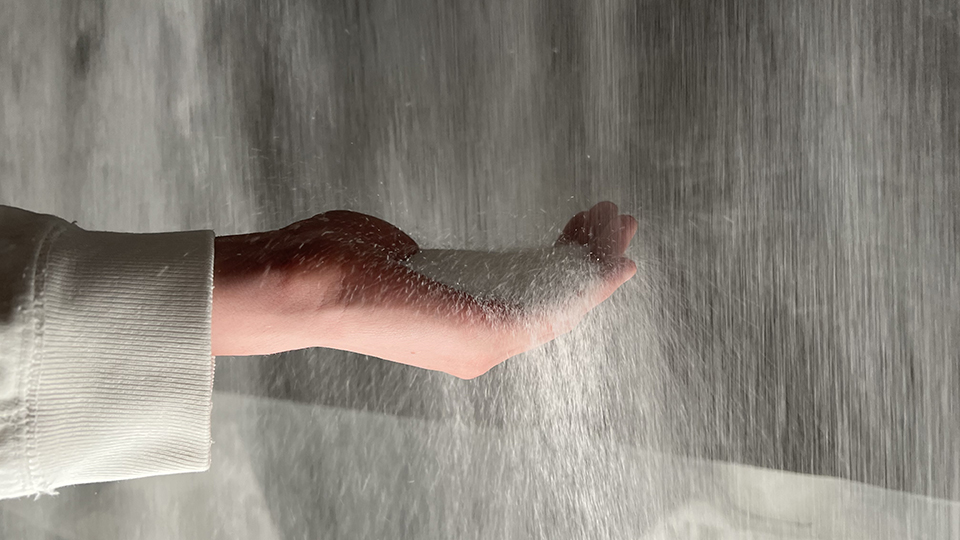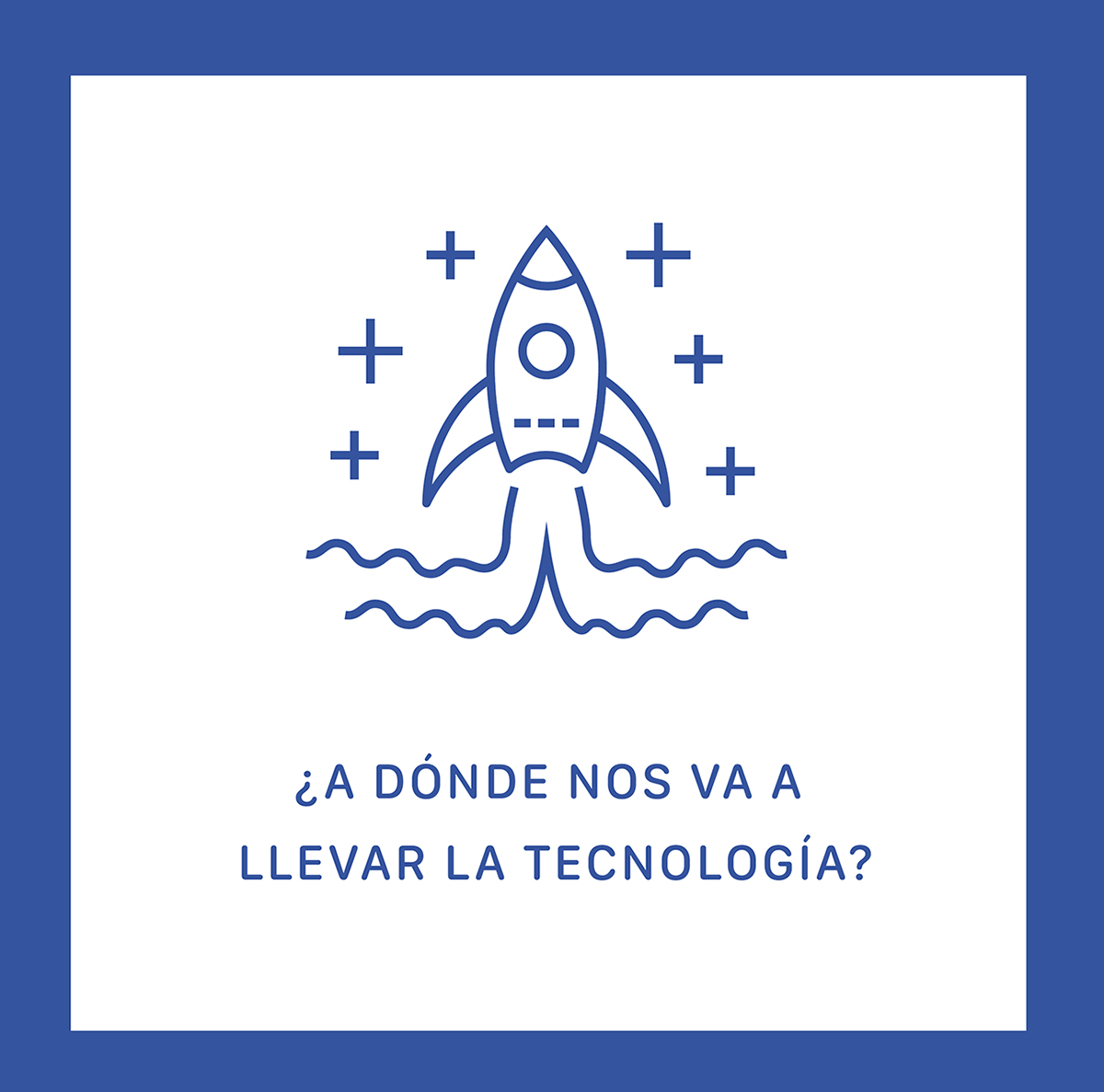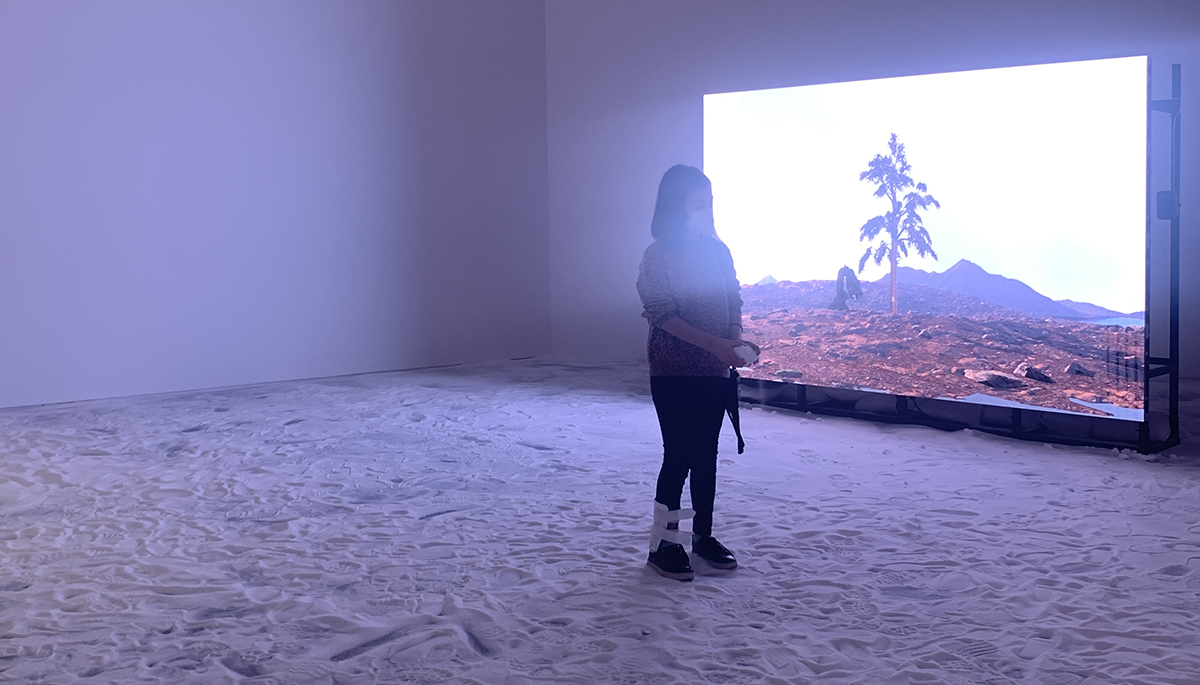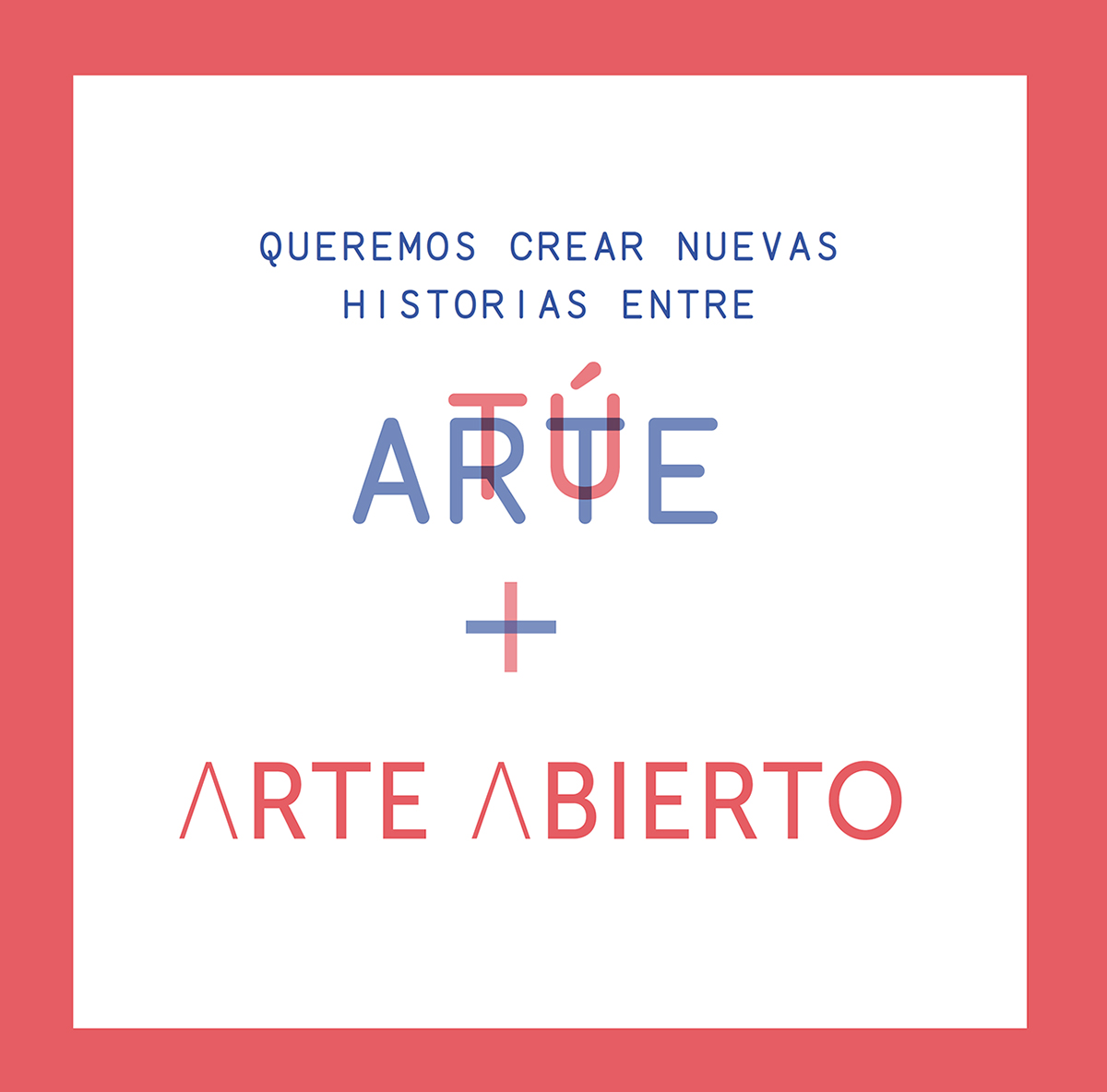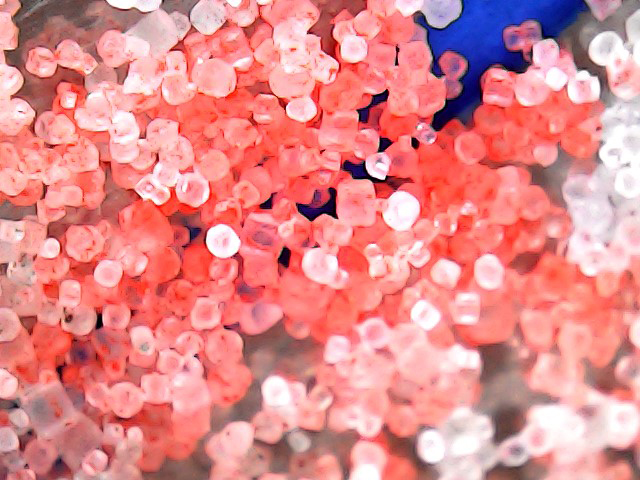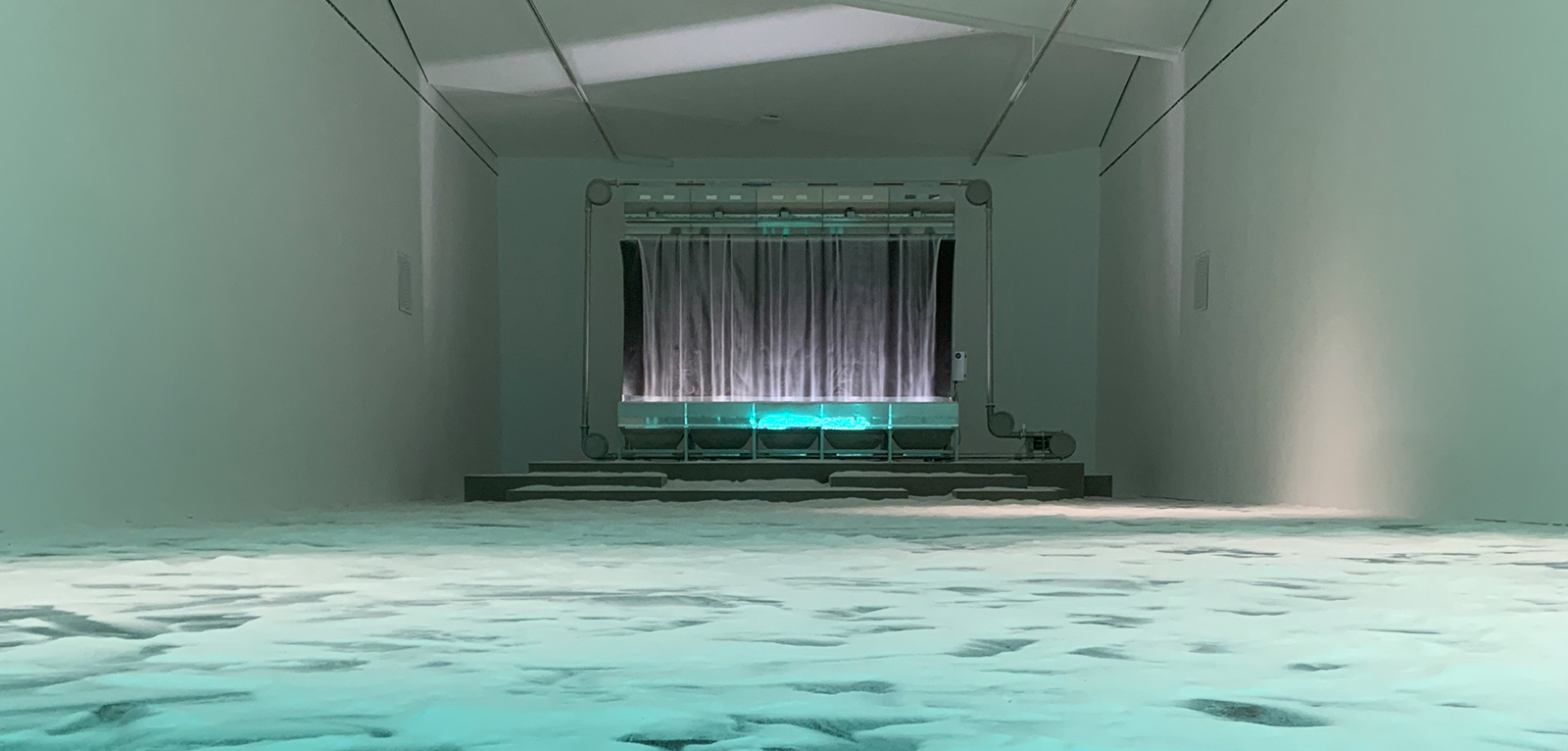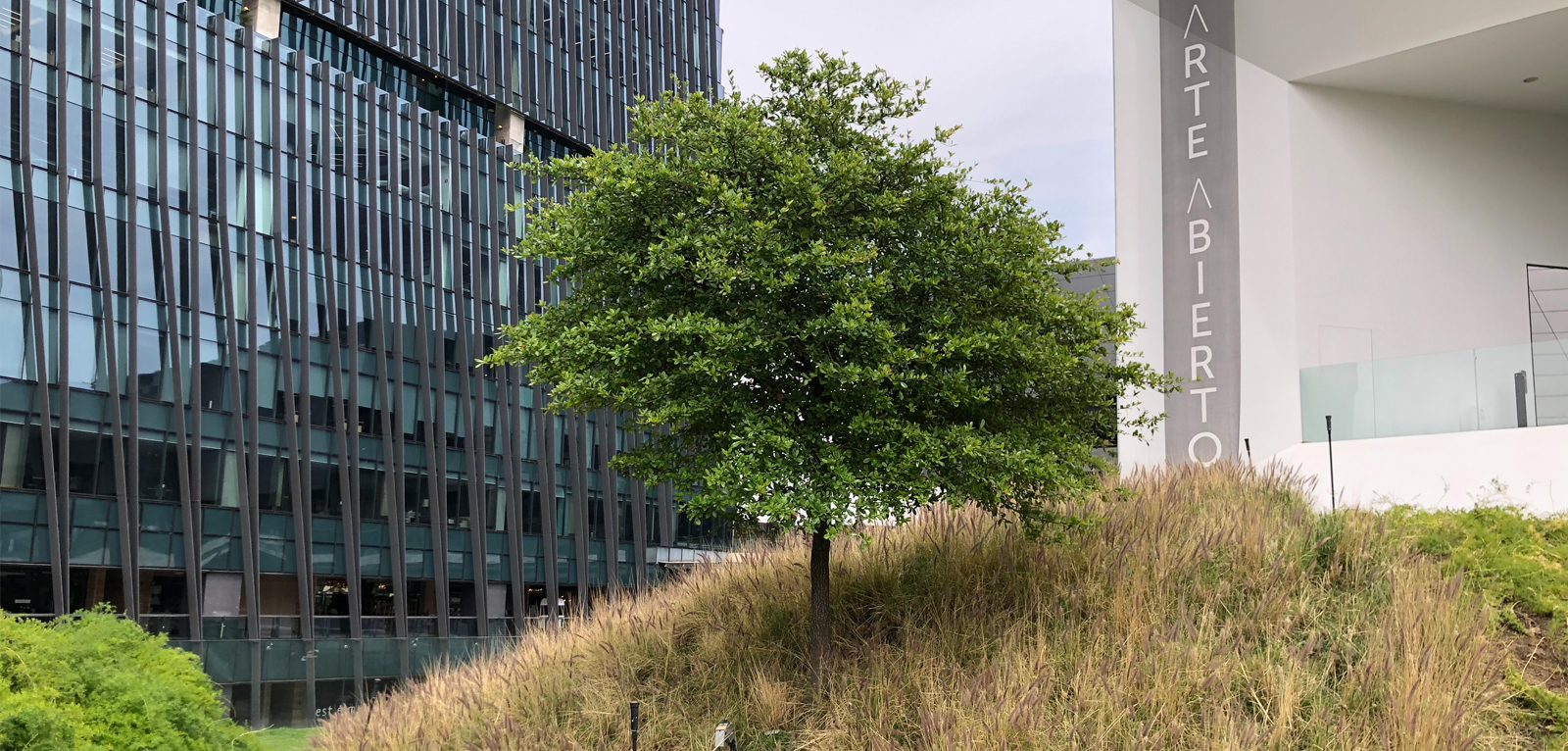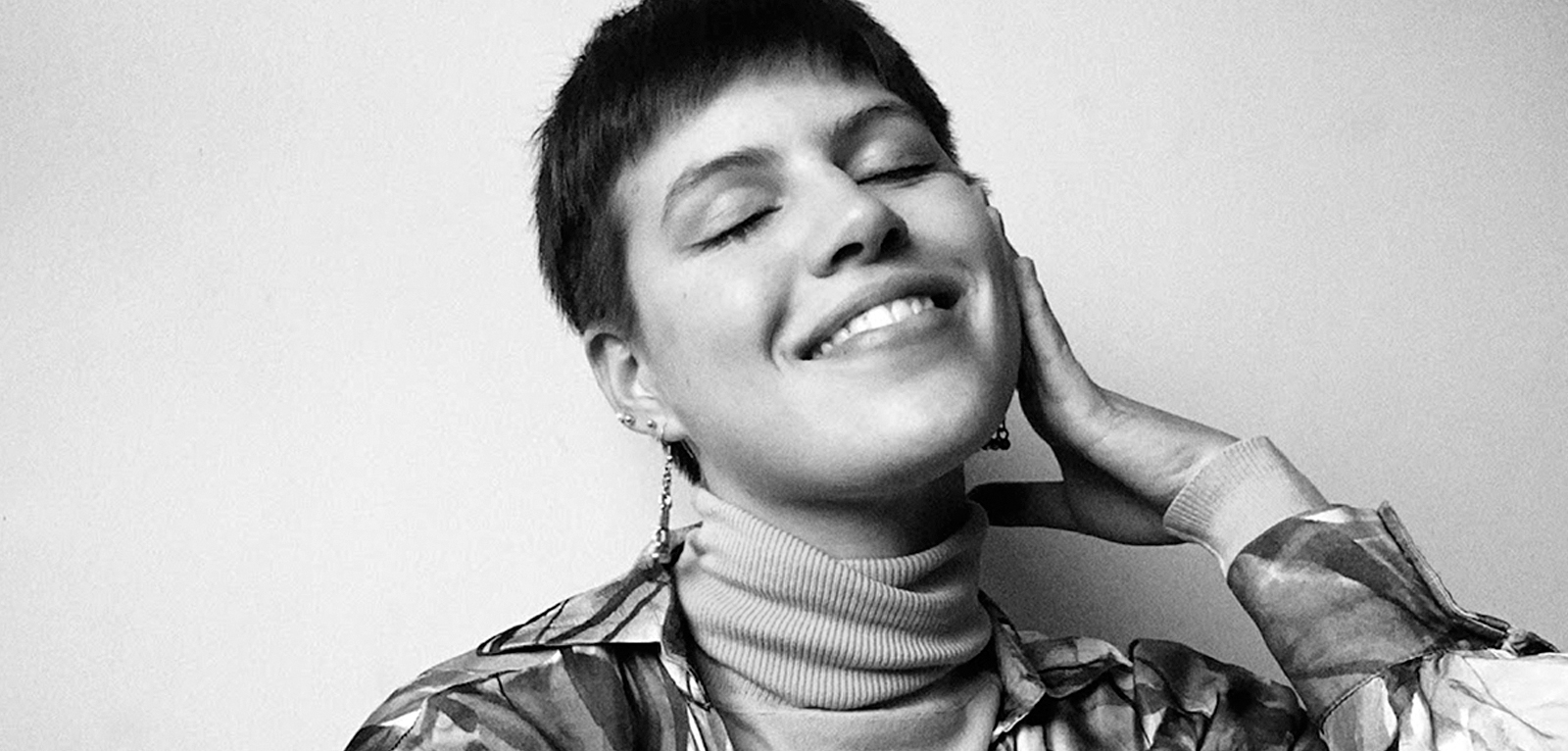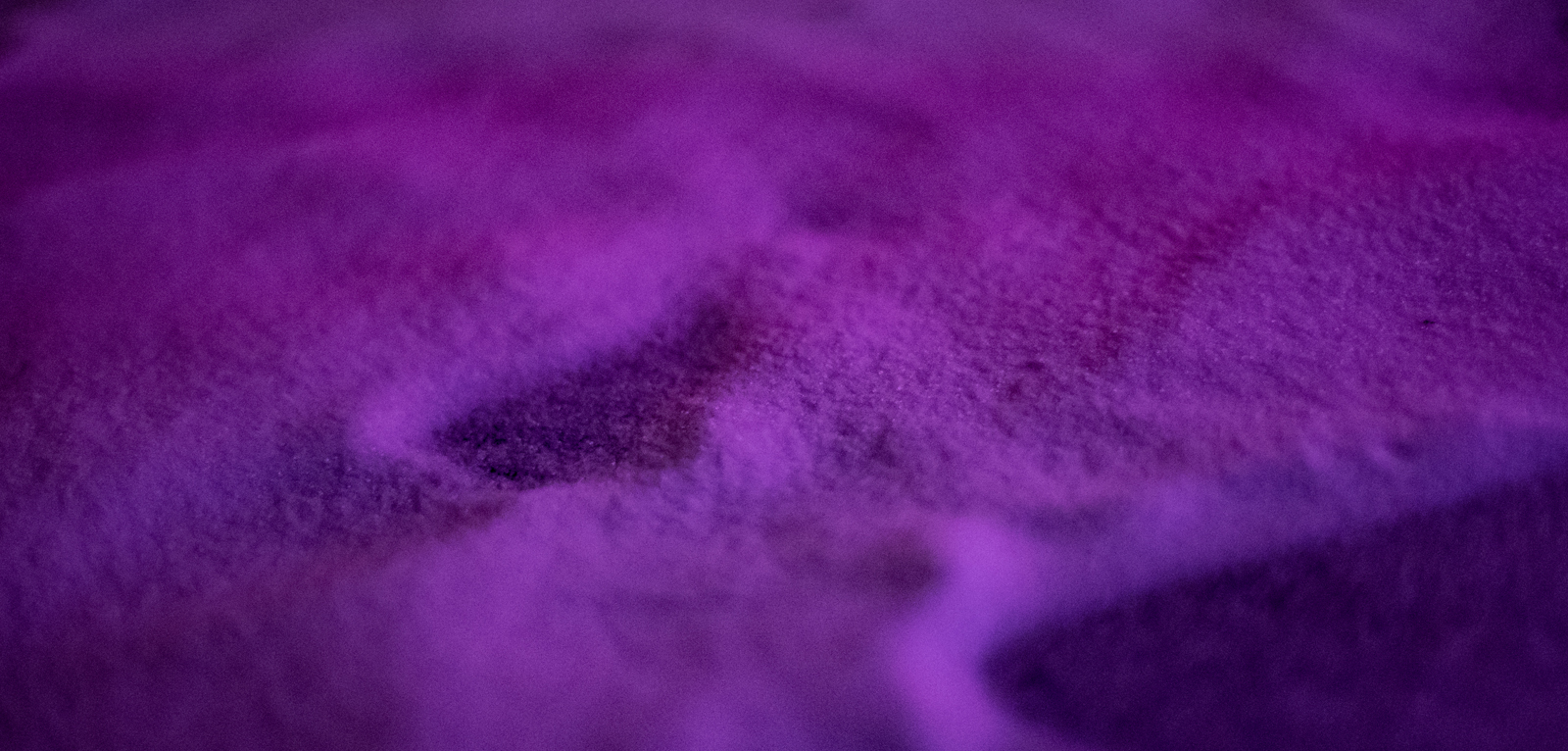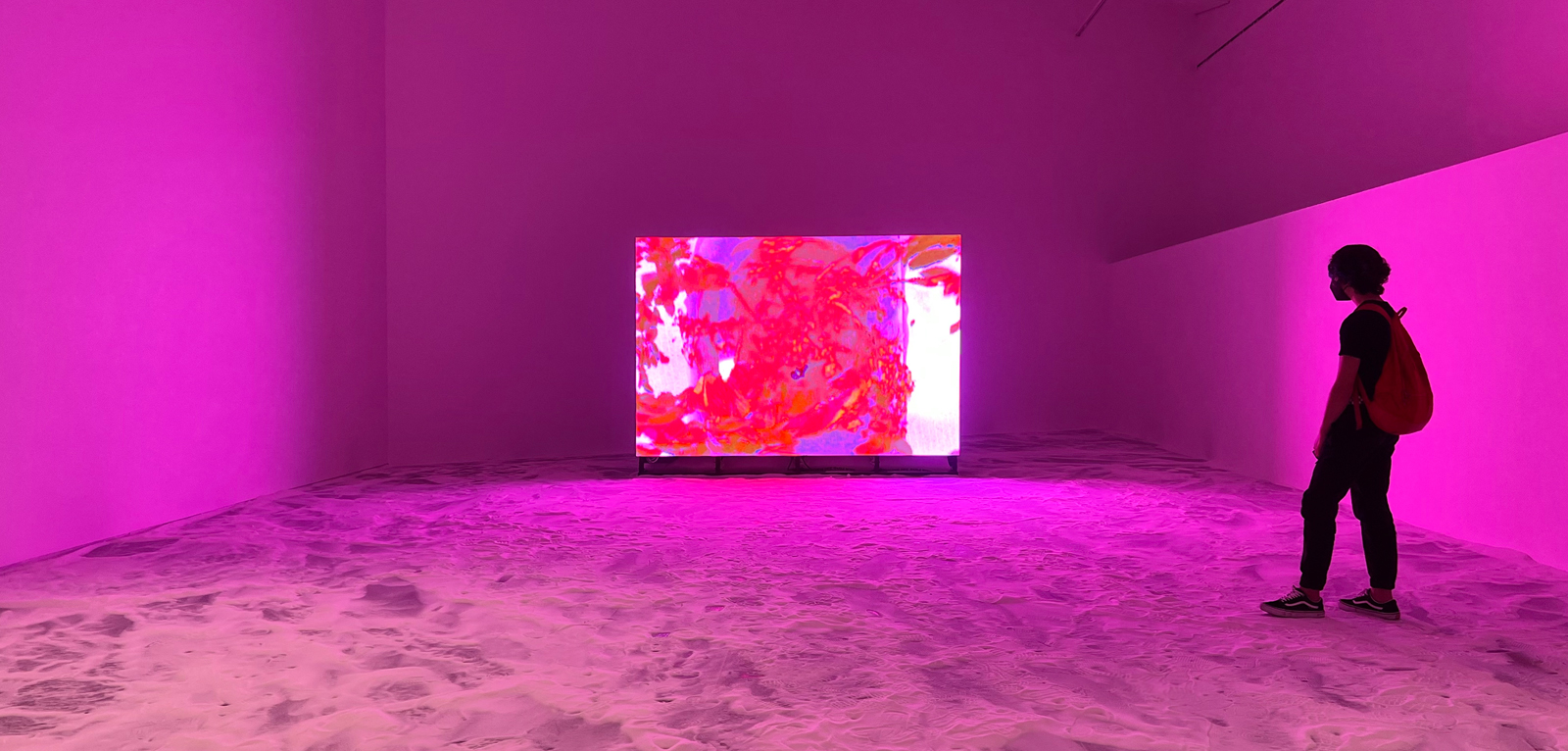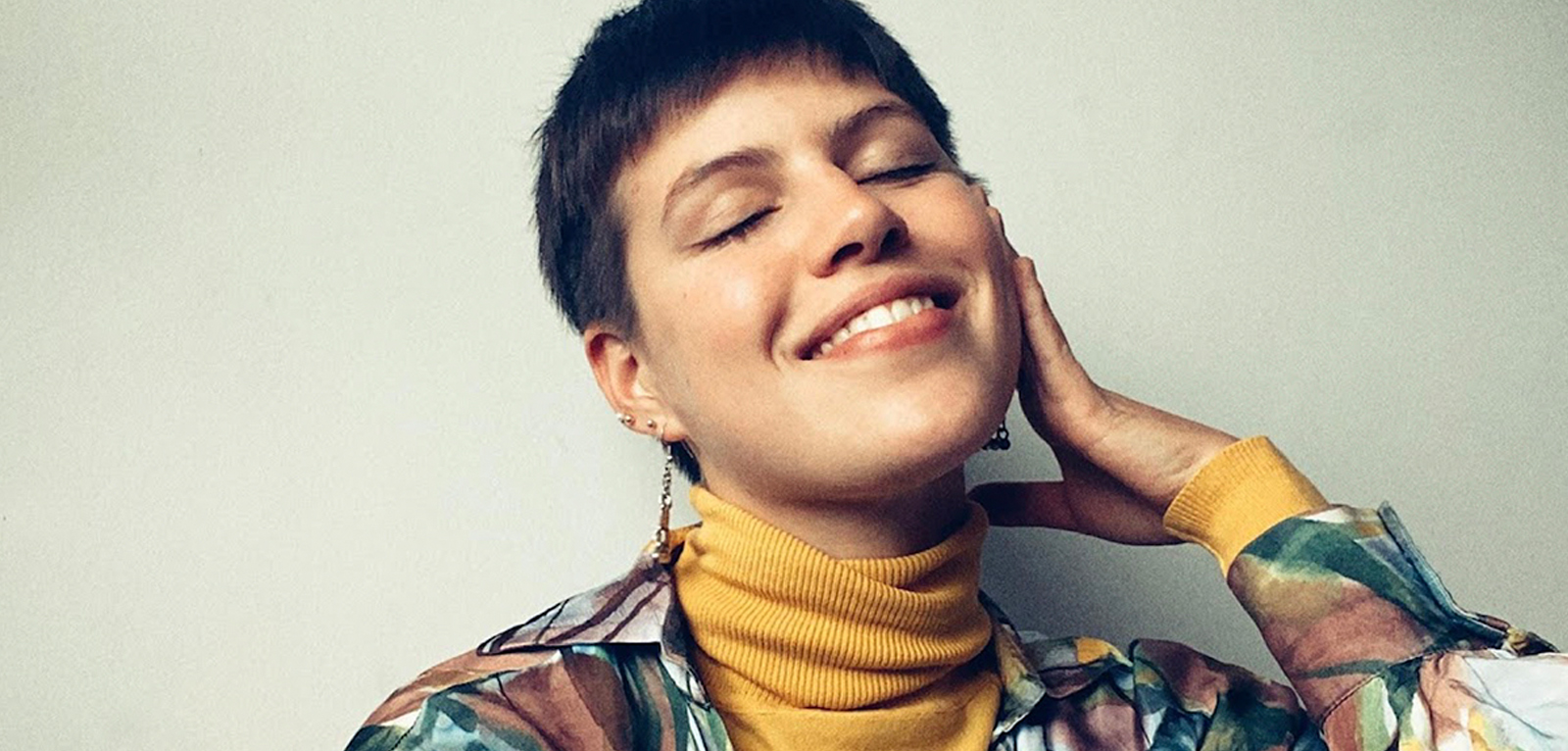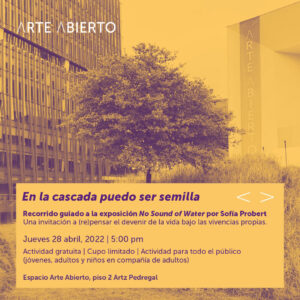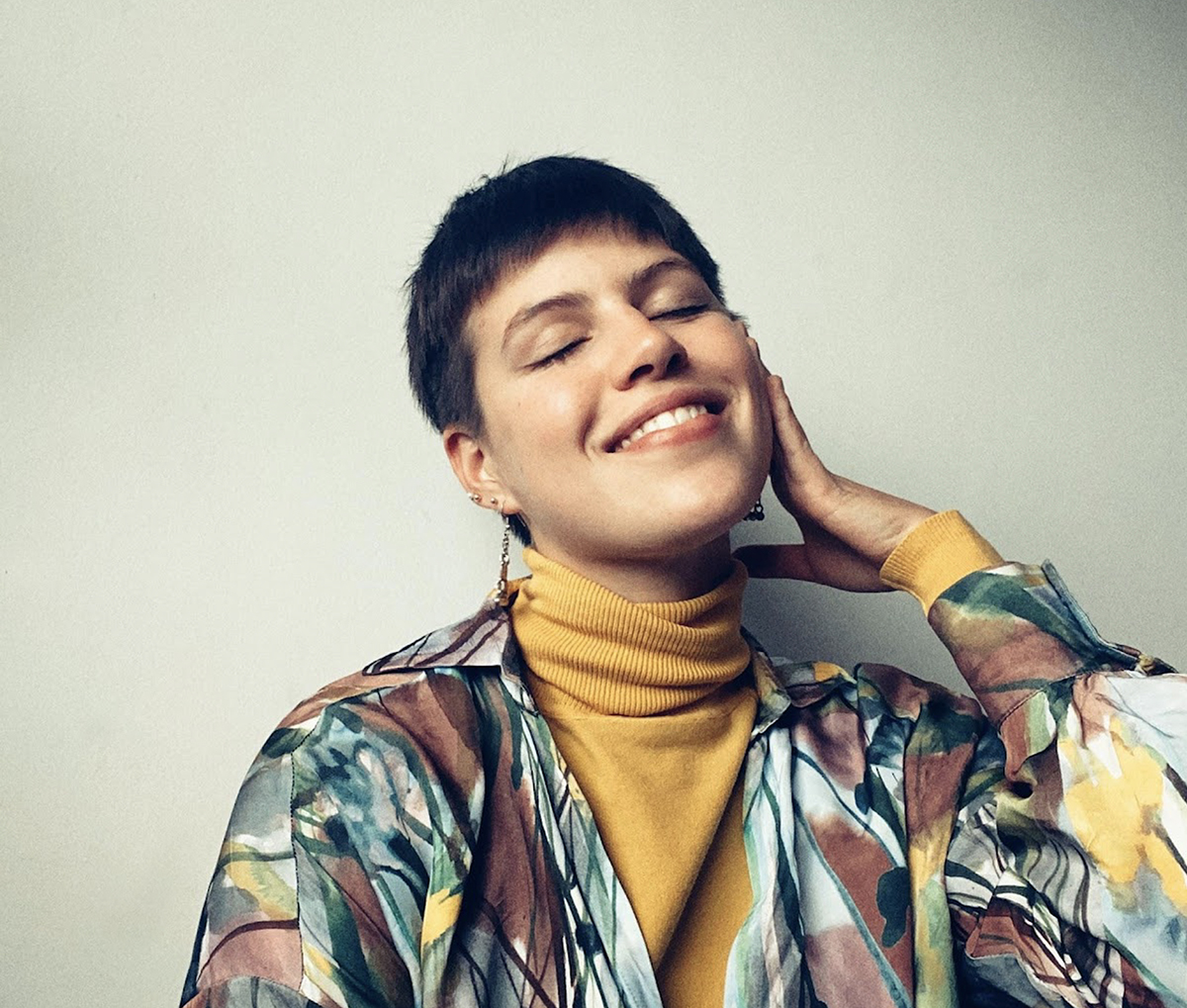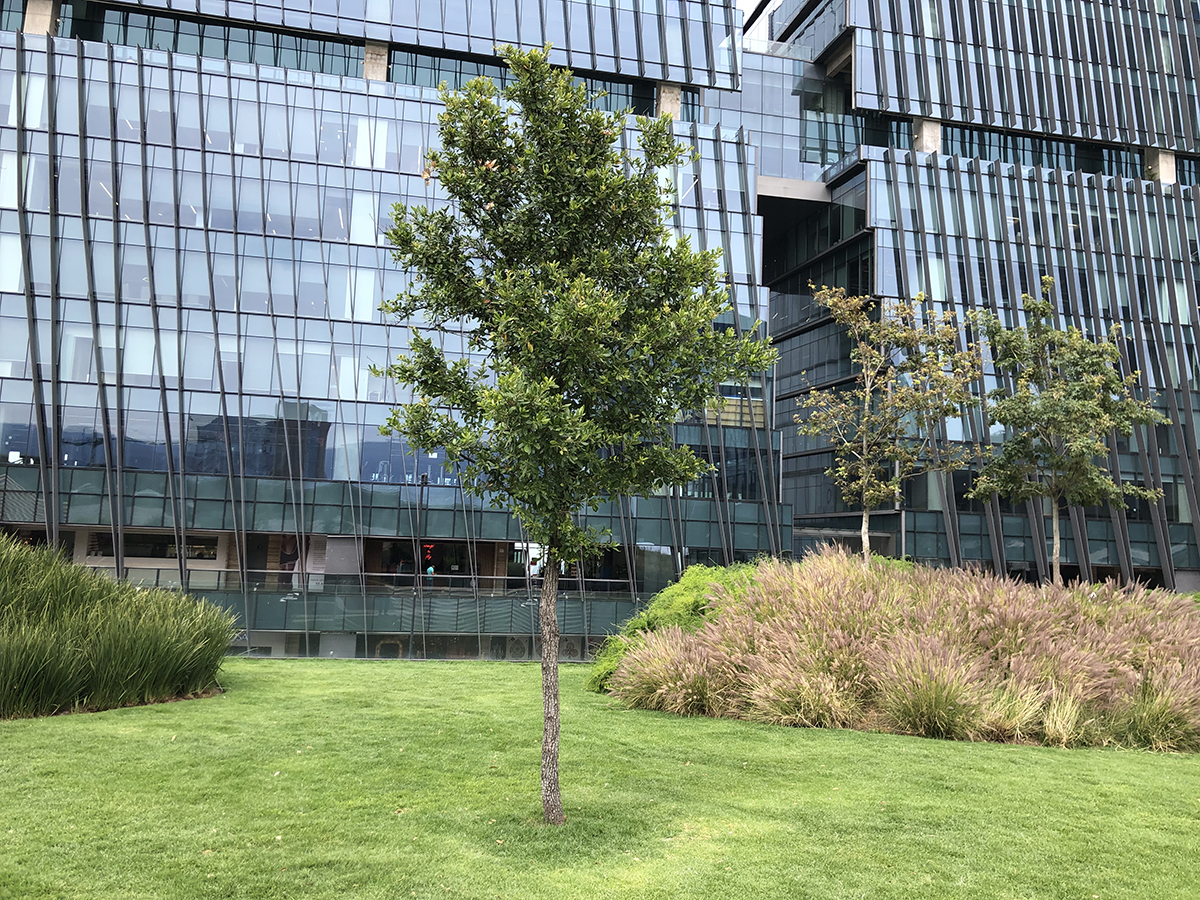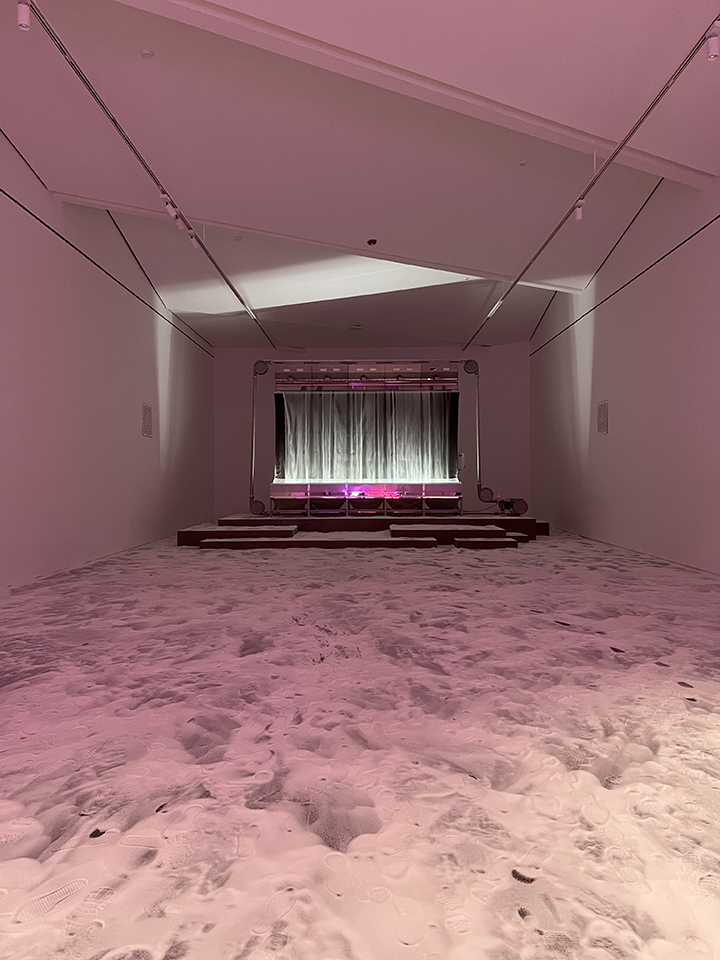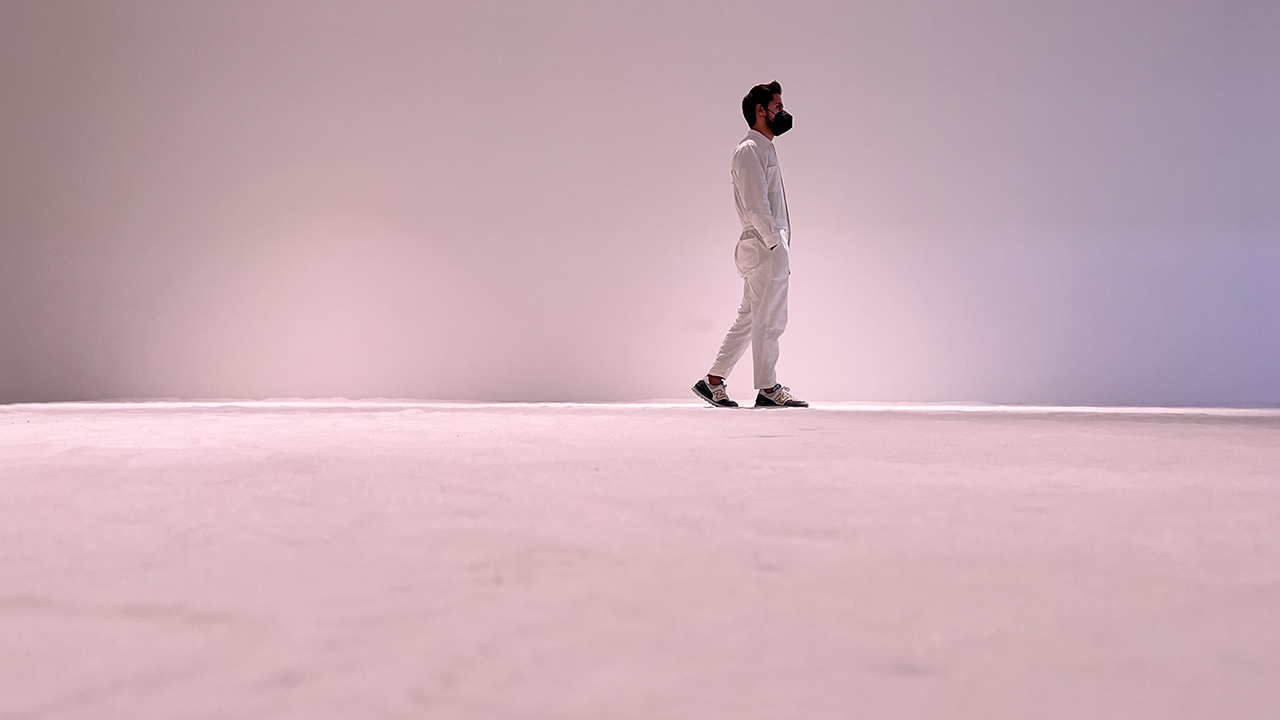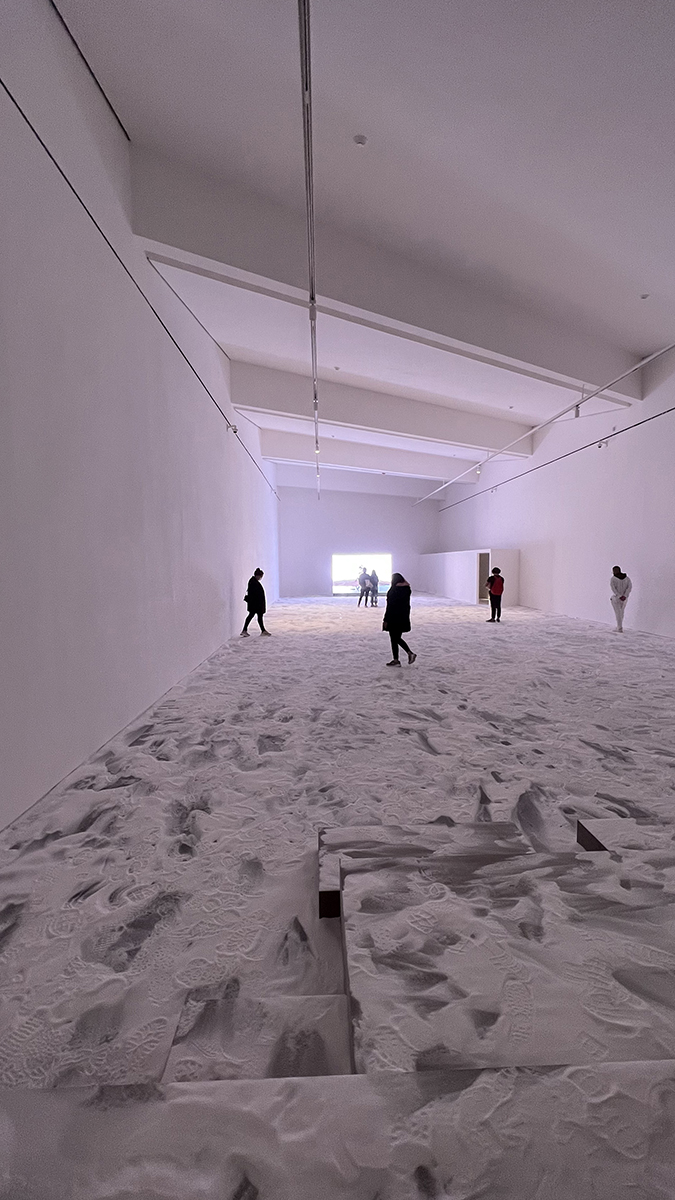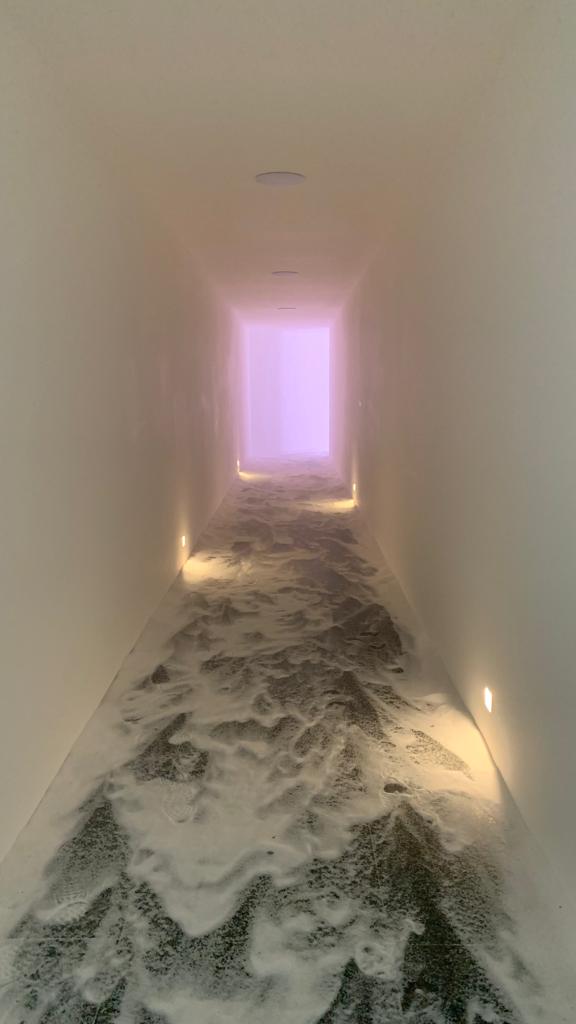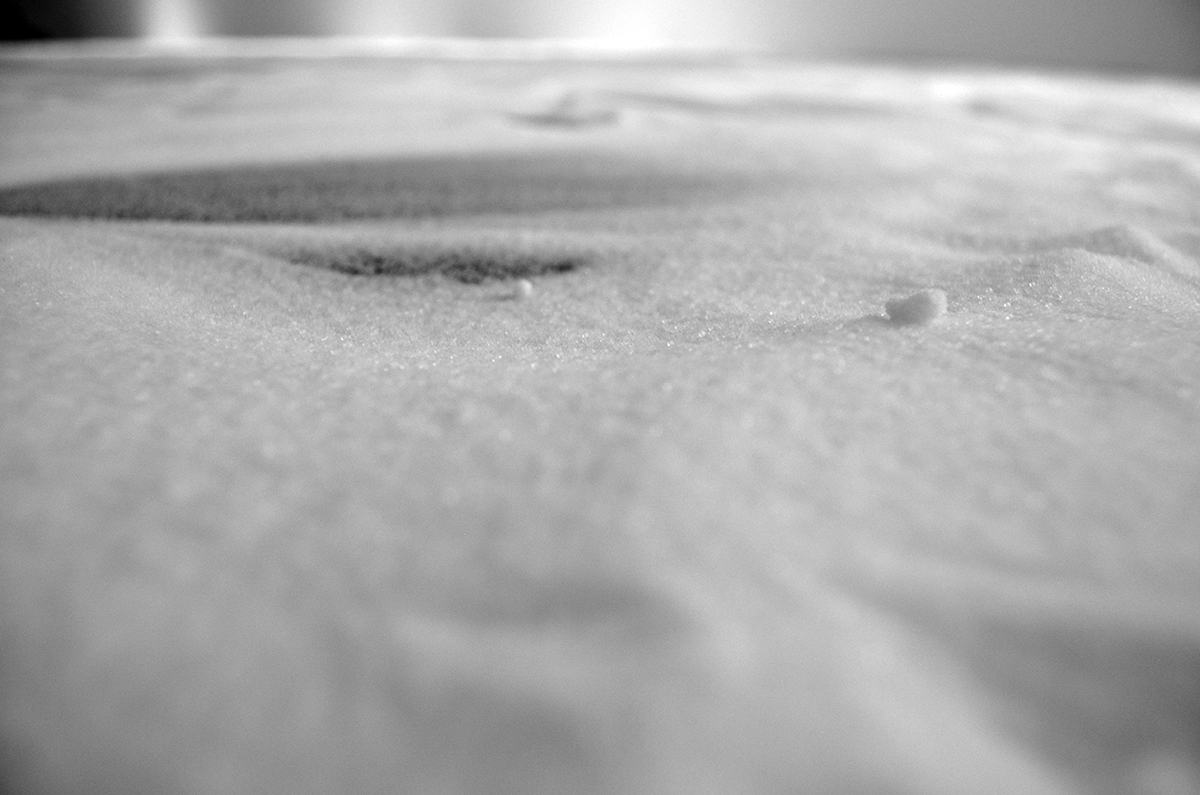• La exposición se compone por un proyecto audiovisual multicanal con cinco pantallas y sonido envolvente de diez canales, y una escultura que representa para el artista su primera obra en cerámica.
• El proyecto resulta en una oda a la vida que surgió a partir de un viaje introspectivo en el que el artista logra documentar la belleza de la vida cotidiana.
• Things We Do for Love estará abierta al público a partir del viernes 24 de junio, 2022.
Arte Abierto presenta su cuarta exposición con una videoinstalación multicanal con cinco pantallas y una escultura de gran formato en cerámica, especialmente comisionadas al artista Erick Meyenberg (Ciudad de México, 1980) para Espacio Arte Abierto.
Things We Do for Love resulta en una oda a la vida en la que se interconectan diferentes fragmentos de lo que compone y da contexto a la existencia: el universo, el espacio, el tiempo, la fuerza y los afectos contemplados desde la naturaleza, las ciudades, la gente… La idea de la videoinstalación surgió tras el regreso de Meyenberg de una residencia artística en Japón* durante la cual comenzó a entender su mirada a través de la lente de su cámara como la única herramienta disponible para sanar una historia personal: “Cuando todo se ha roto, ¿cómo hacer para moverse en un mundo tan ajeno?, ¿cómo reconstruirlo?, ¿cómo pegar los pedazos que han quedado? Así, lo que comenzó como un viaje hacia una geografía y cultura totalmente ajenas a la suya, se convirtió en una introspección para encontrar la belleza de la vida.
En su estancia de un mes en Tokio, Kyoto, Kanazawa, Hiroshima y Naoshima, Meyenberg capturó momentos de vida con ninguna aparente relación entre sí. En el proceso, mientras veía a través de lo que encuadraba su cámara, cuenta que una frase resonaba en su mente “Things we do for love”. De vuelta en México, a los fragmentos visuales de Japón se sumaron otros tomados en Los Cabos, Valle de Bravo, Acapulco e Ixtapa, así como la secuencia de unas cigarras en su proceso de metamorfosis, tomadas de Internet, que completaron el archivo visual que ahora compone el video de la muestra.
Para Meyenberg, el gran cúmulo de imágenes que documentaban centenares de momentos, situaciones o lugares, representaban un mundo roto y desarticulado. Así, unirlos a través de la edición significó transformar la visión de lo desgarrado en una promesa de vida. A partir del Kintsugi, una filosofía japonesa que repara los objetos rotos y pega sus fragmentos con polvo de oro, el artista encontró la metáfora perfecta para convocar su archivo de imágenes y conformar la videoinstalación realizada de la mano de la editora y cineasta Martha Uc.
La música para el video debía contener la fuerza afectiva de lo vivido y aportar un soporte emocional y abstracto donde se pudieran entretejer la colección de momentos filmados. Así, por intuición, el artista decidió no acompañar las imágenes de su sonido real, sino experimentar con la abstracción emotiva y sugerente que permite la música electrónica, en colaboración con el músico Roderic.
Por su parte, la escultura de gran formato en cerámica presenta una flor desmembrada. Debido a las dimensiones de la obra en conjunto y la delicadeza con la que la cerámica* debe ser modelada, esmaltada y horneada para no comprometer el material, se produjo por partes hasta componer un objeto escultórico cuyas formas remiten a una serie de elementos a los que Meyenberg llegó por una intuición imaginativa mientras realizaba las tomas tanto en Japón como en México. Después de filmar un crisantemo sobre el suelo de un cementerio en Tokio, posterior a un tifón, surgió la idea de una escultura que recuperara la fuerza y el movimiento del agua y el mar que aparecen en gran parte del video, y cuyos colores reflejaran el amor y el erotismo: “la escultura debía surgir del suelo, así como Afrodita surgió de las aguas”, menciona el artista. Tanto los pétalos como el espacio que se interpone entre ellos, el cual se convierte en el Kintsugi o polvo de oro que los cohesiona, forman parte de la intervención escultórica.
Más allá de una interpretación específica y determinada, Things We Do for Love propone una reflexión introspectiva y emotiva en torno al tránsito que sucede entre el duelo y la esperanza como experiencias producto del amor.
El video de la muestra se realizó en colaboración con la editora de video Martha Uc, Roderic en la composición musical y diseño sonoro, Santiago Rodríguez Rebolledo en la supervisión sonora, la chelista Natalia Pérez-Turner y los intérpretes invitados: Louise Phelan y Francisco López-Guerra.
*Residencia para artistas Casa NaNo en Tokio, Japón, auspiciada por Fundación Casa Wabi.
* La escultura fue realizada en el taller Cerámica Suro en Guadalajara, México.
La exposición Things We Do for Love de Erick Meyenberg estará abierta al público del 24 de junio al 18 de diciembre de 2022 en el Espacio Arte Abierto, ubicado en el piso 2 de ARTZ Pedregal: Periférico Sur 3720, Jardines del Pedregal, Álvaro Obregón, en la Ciudad de México.



